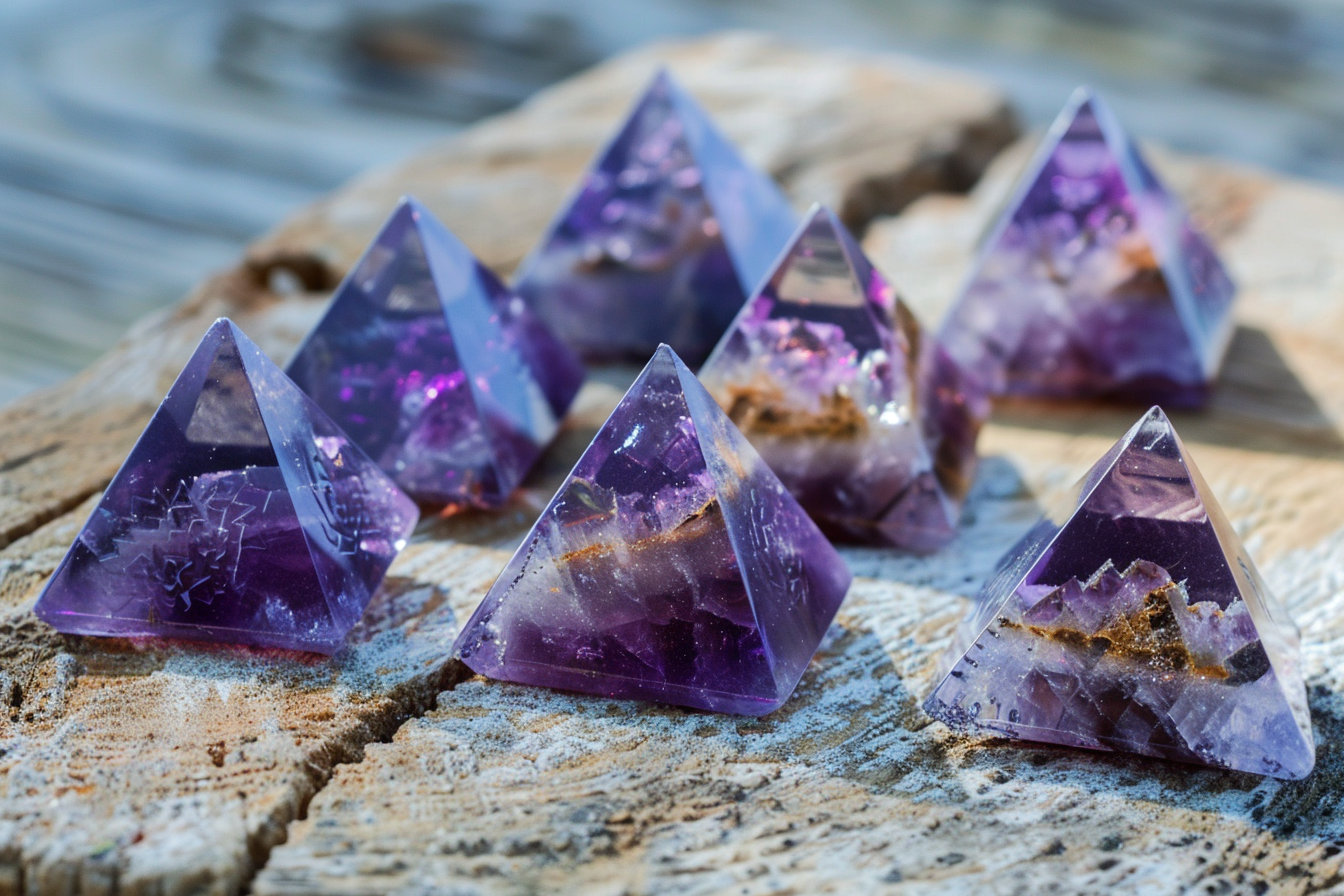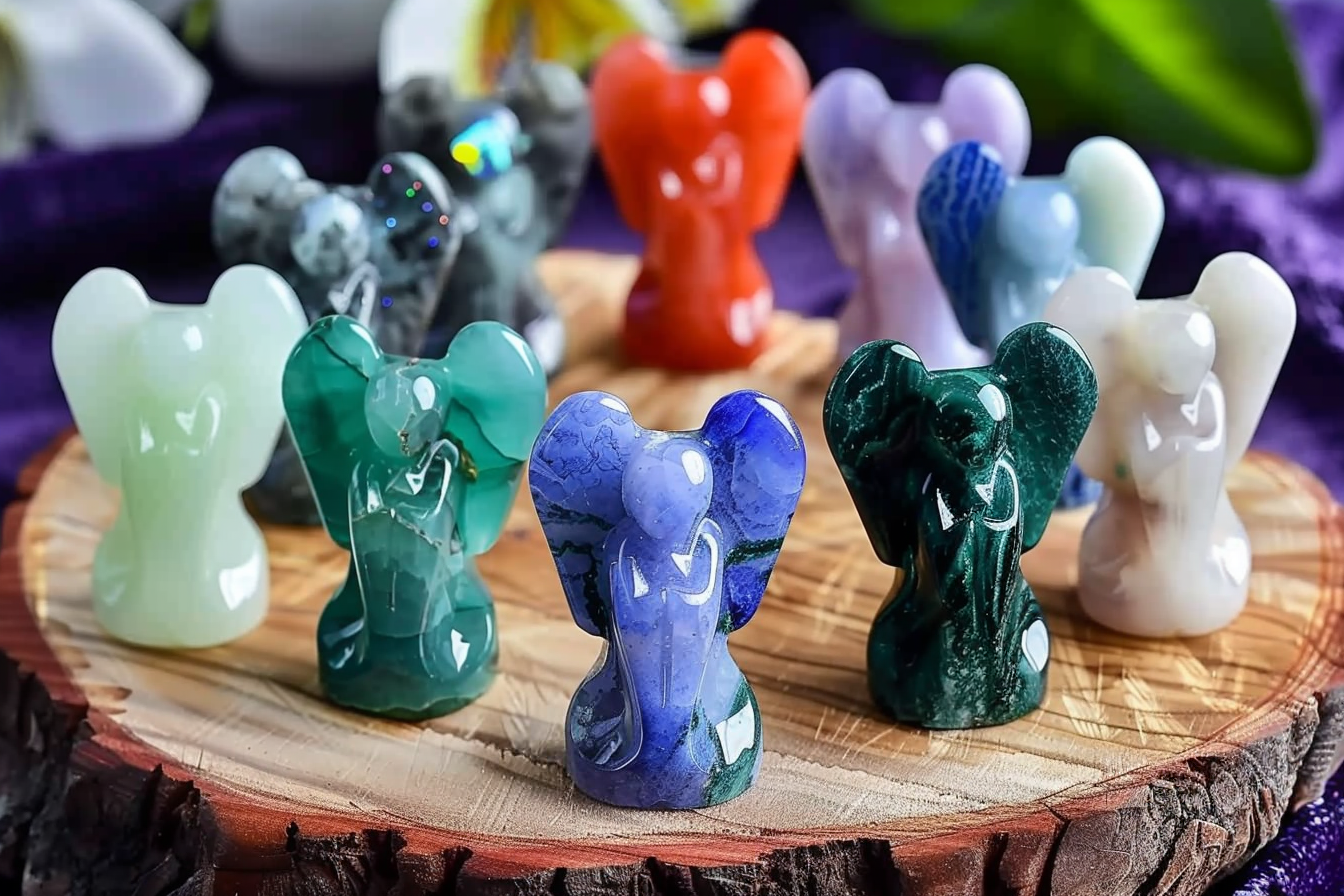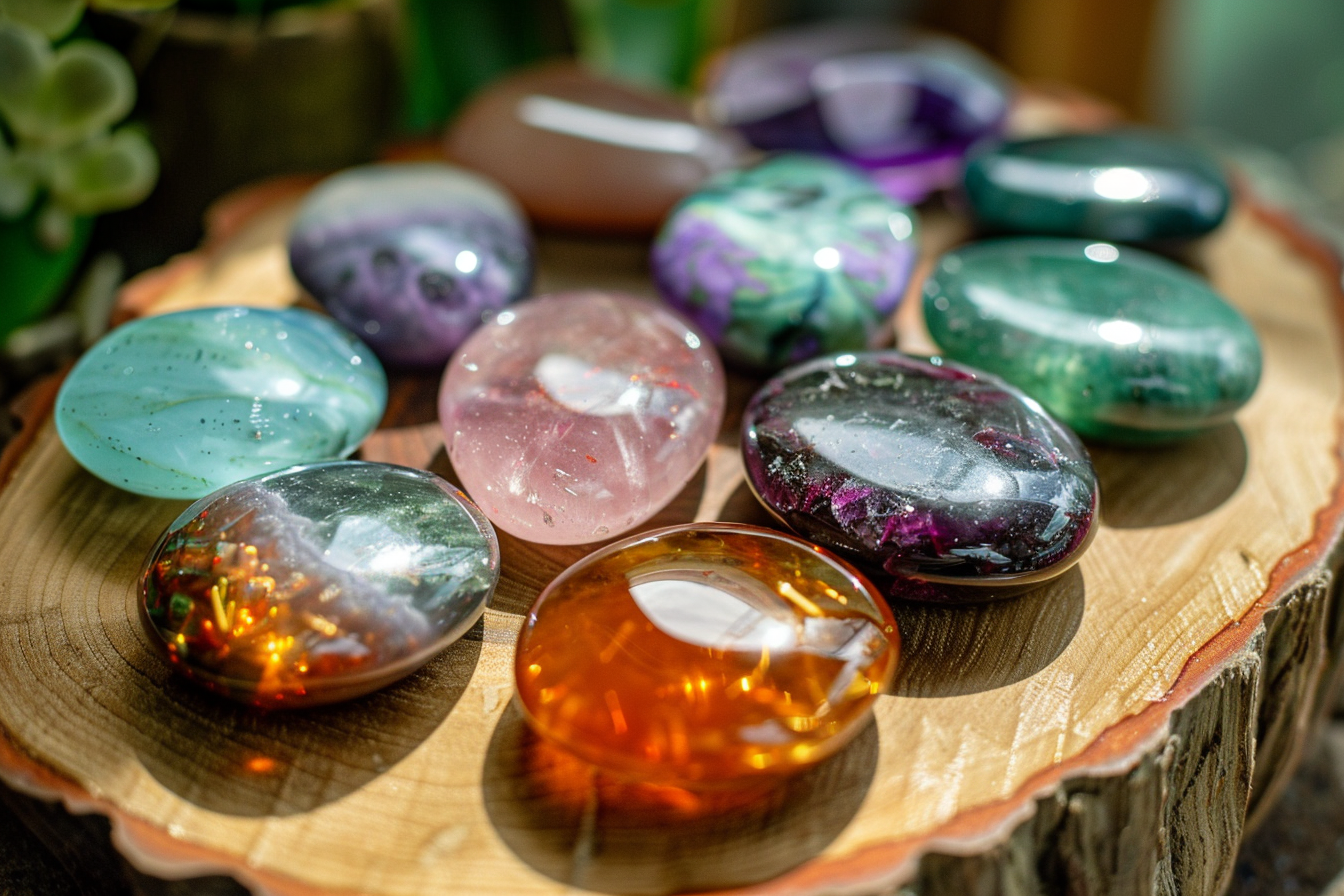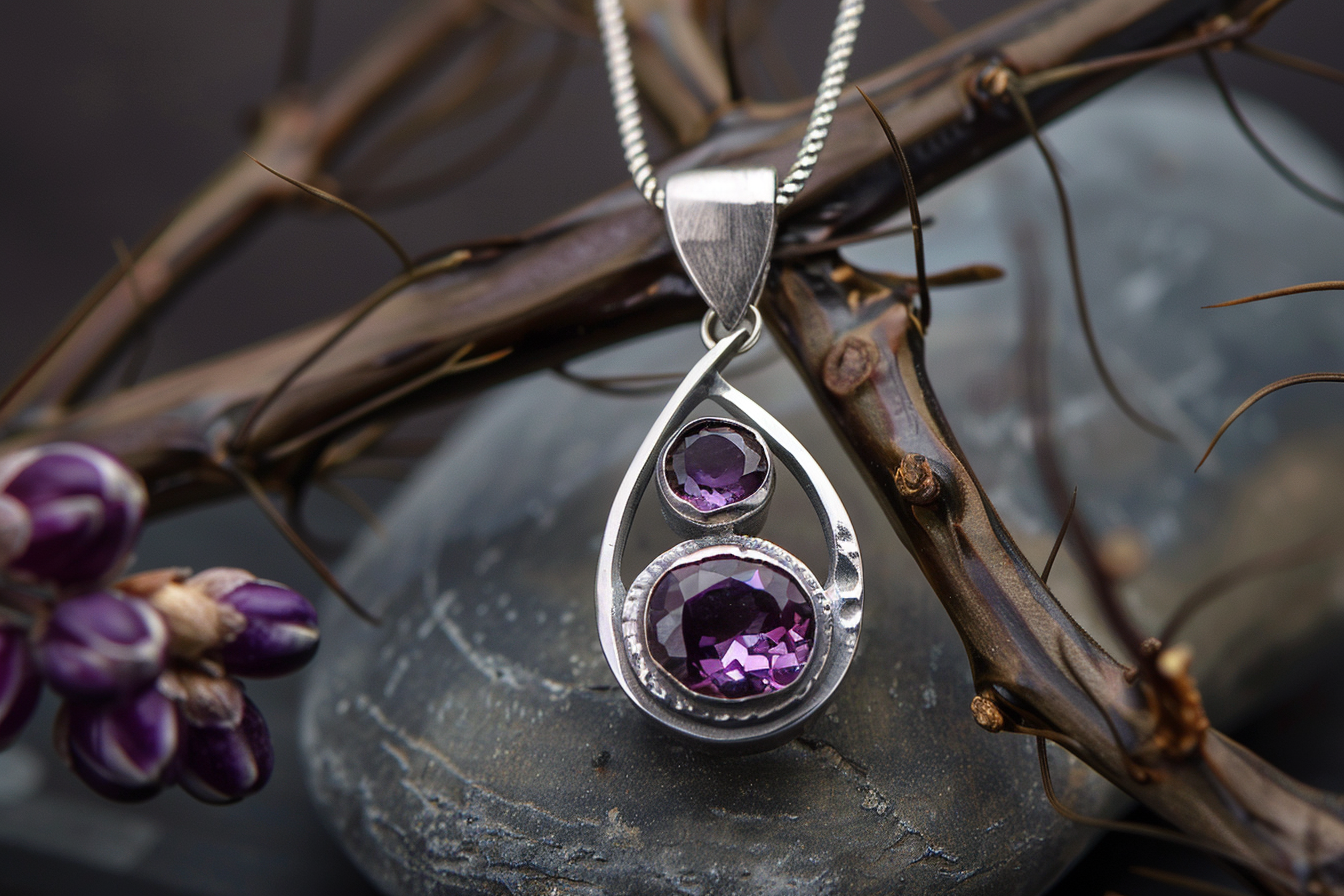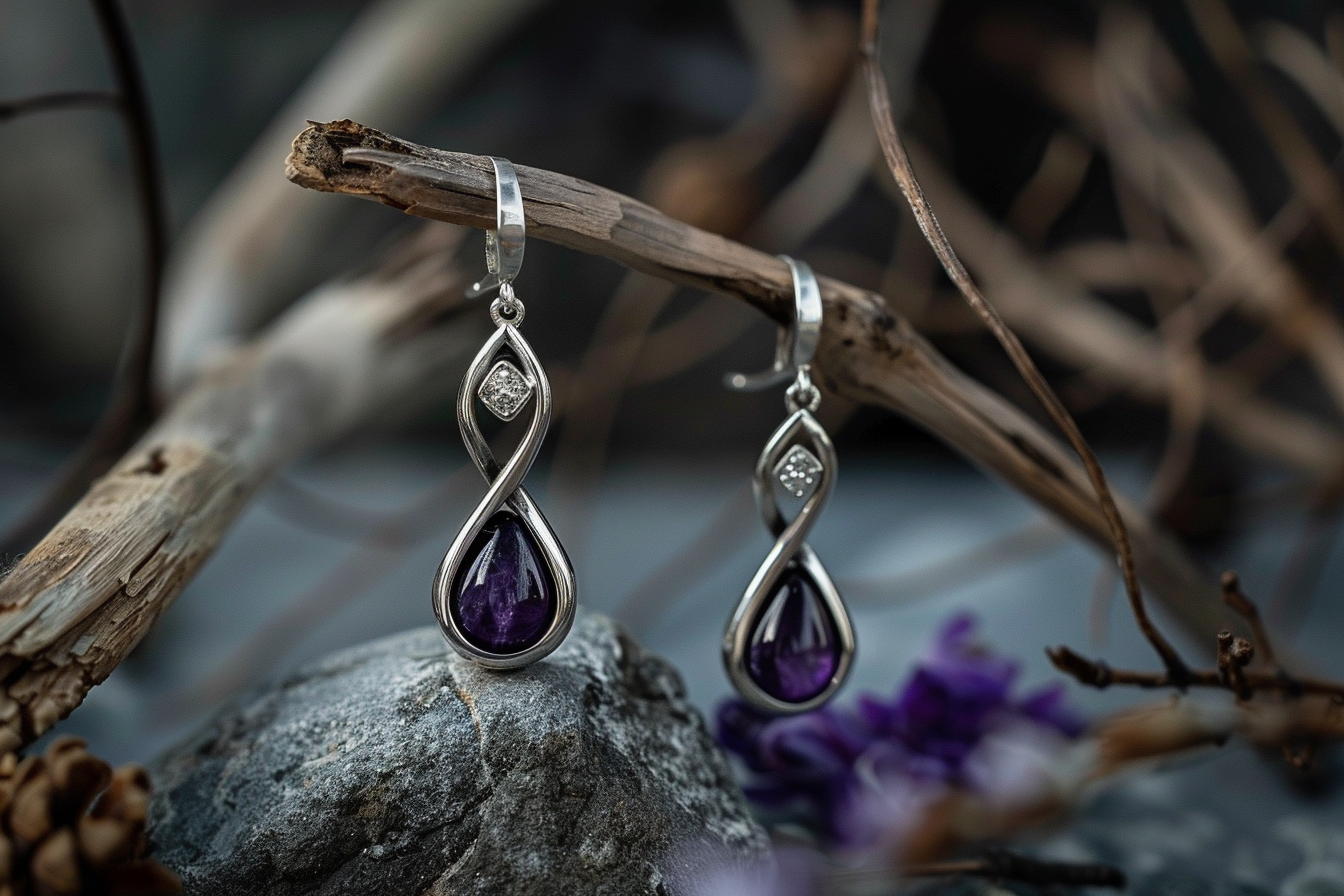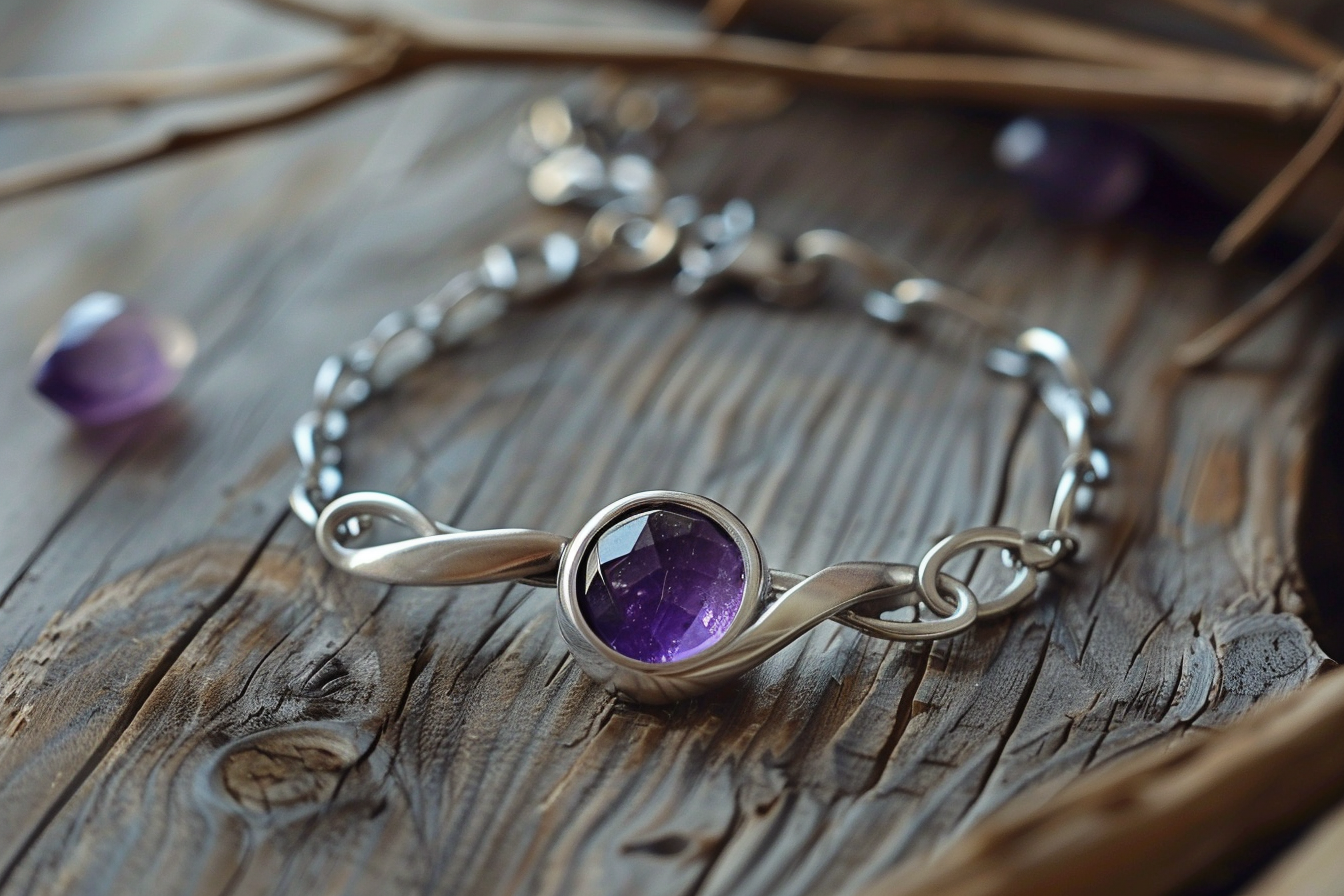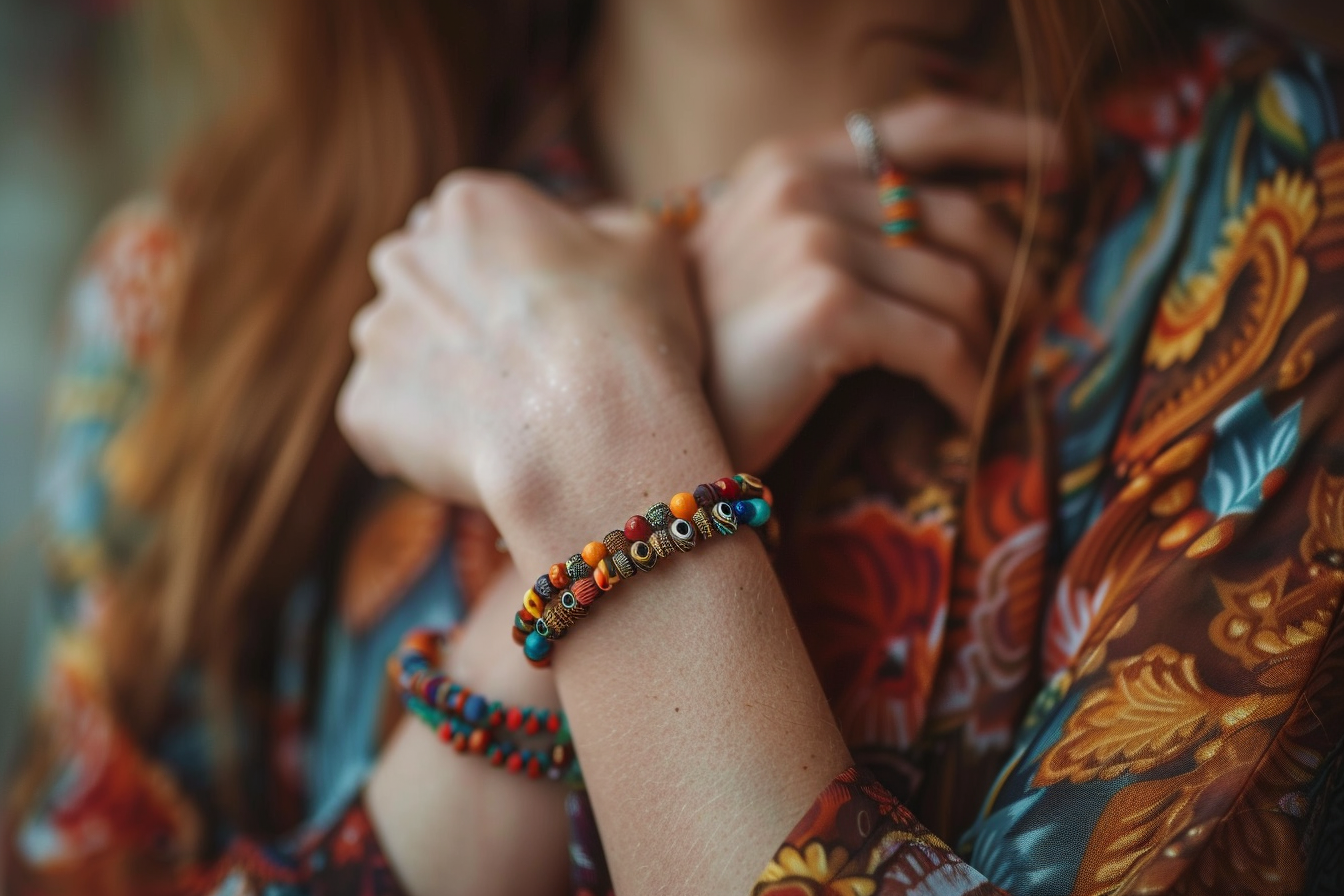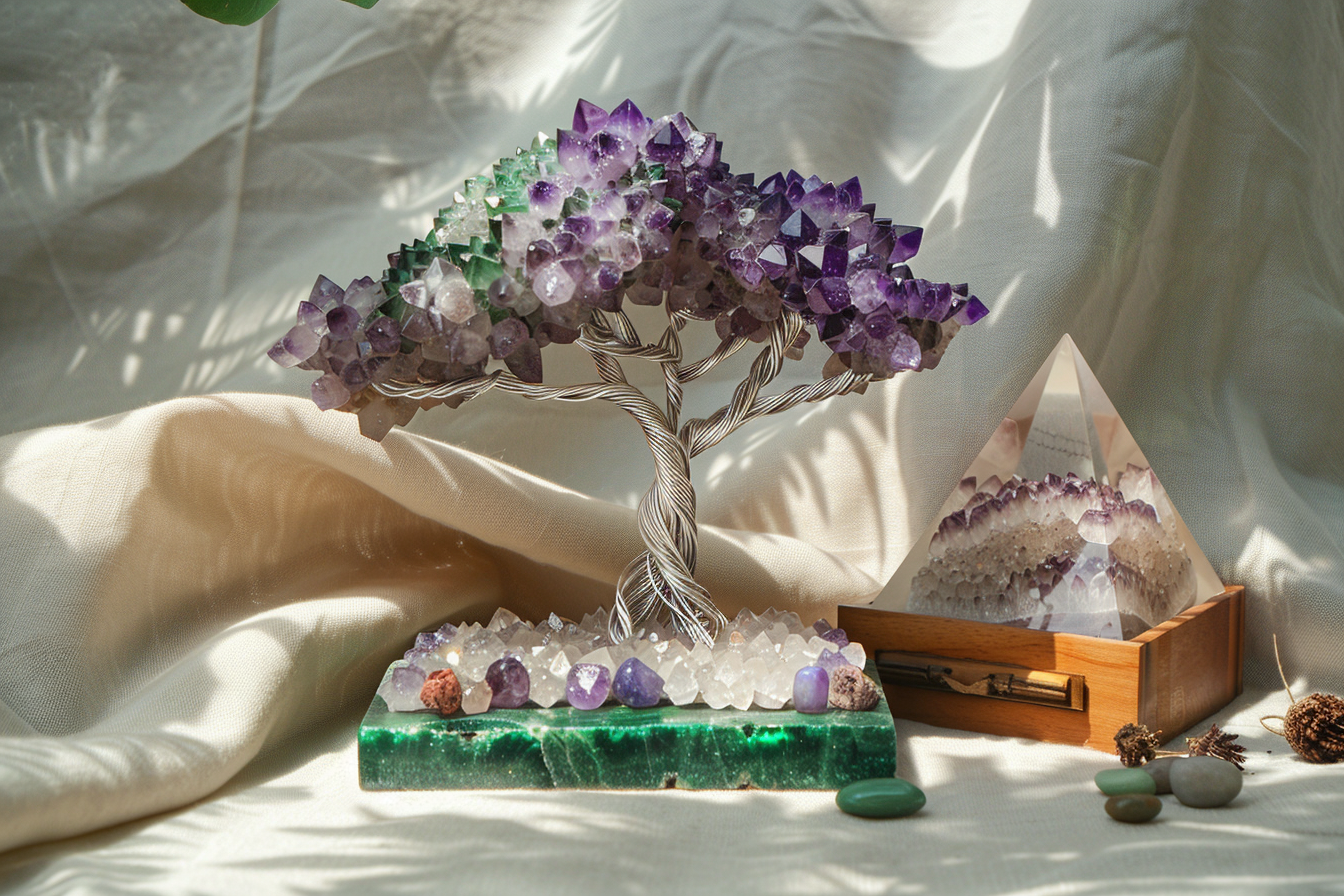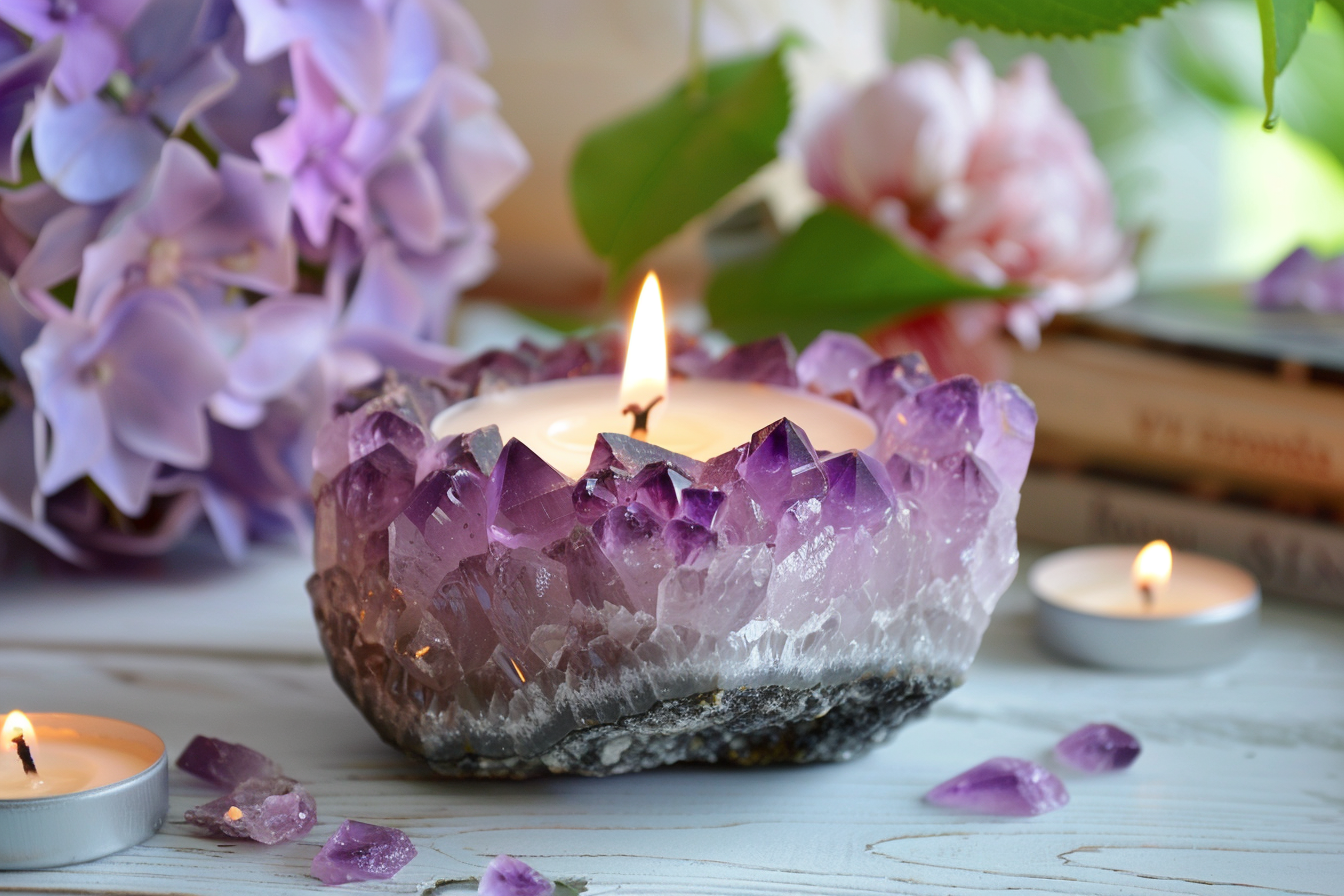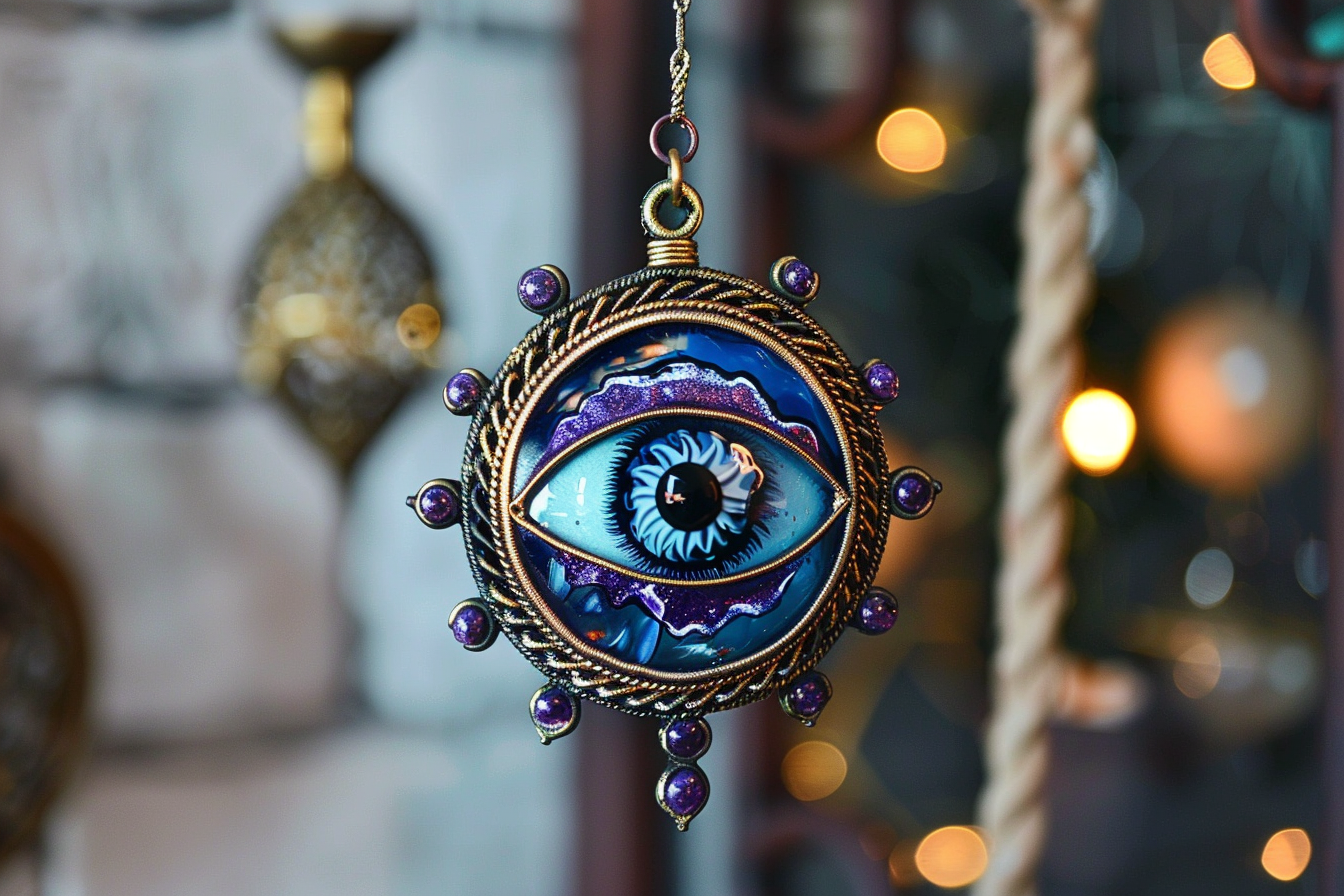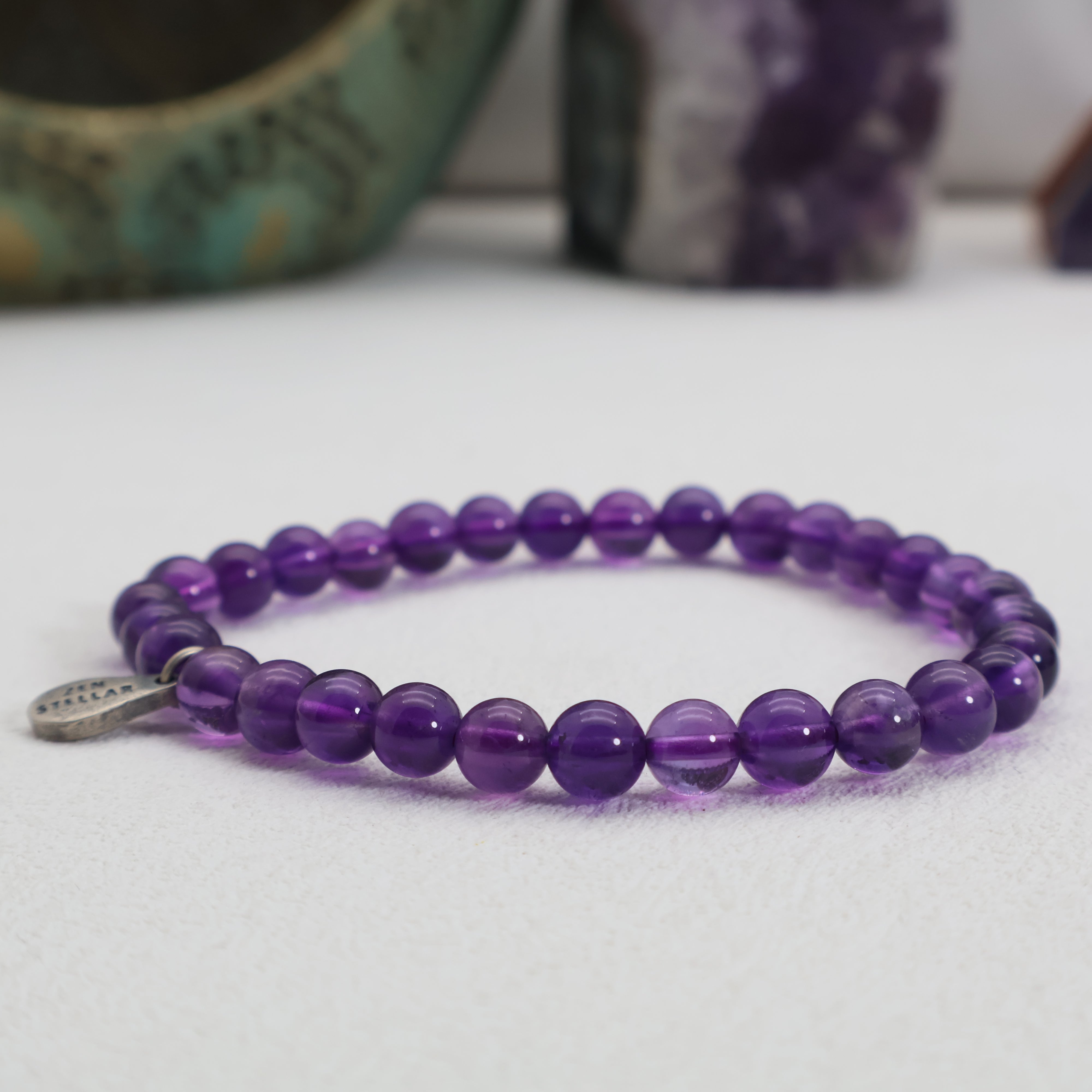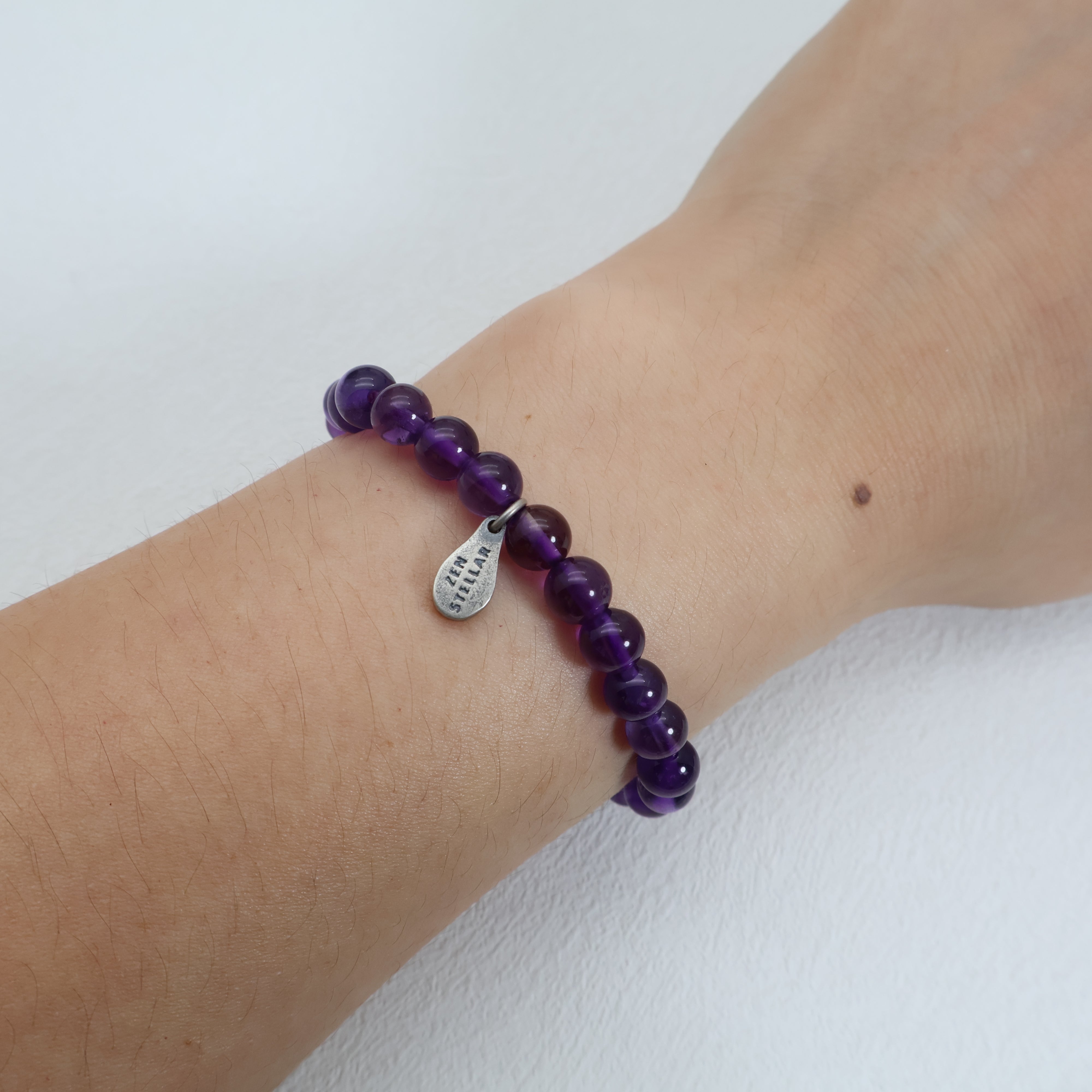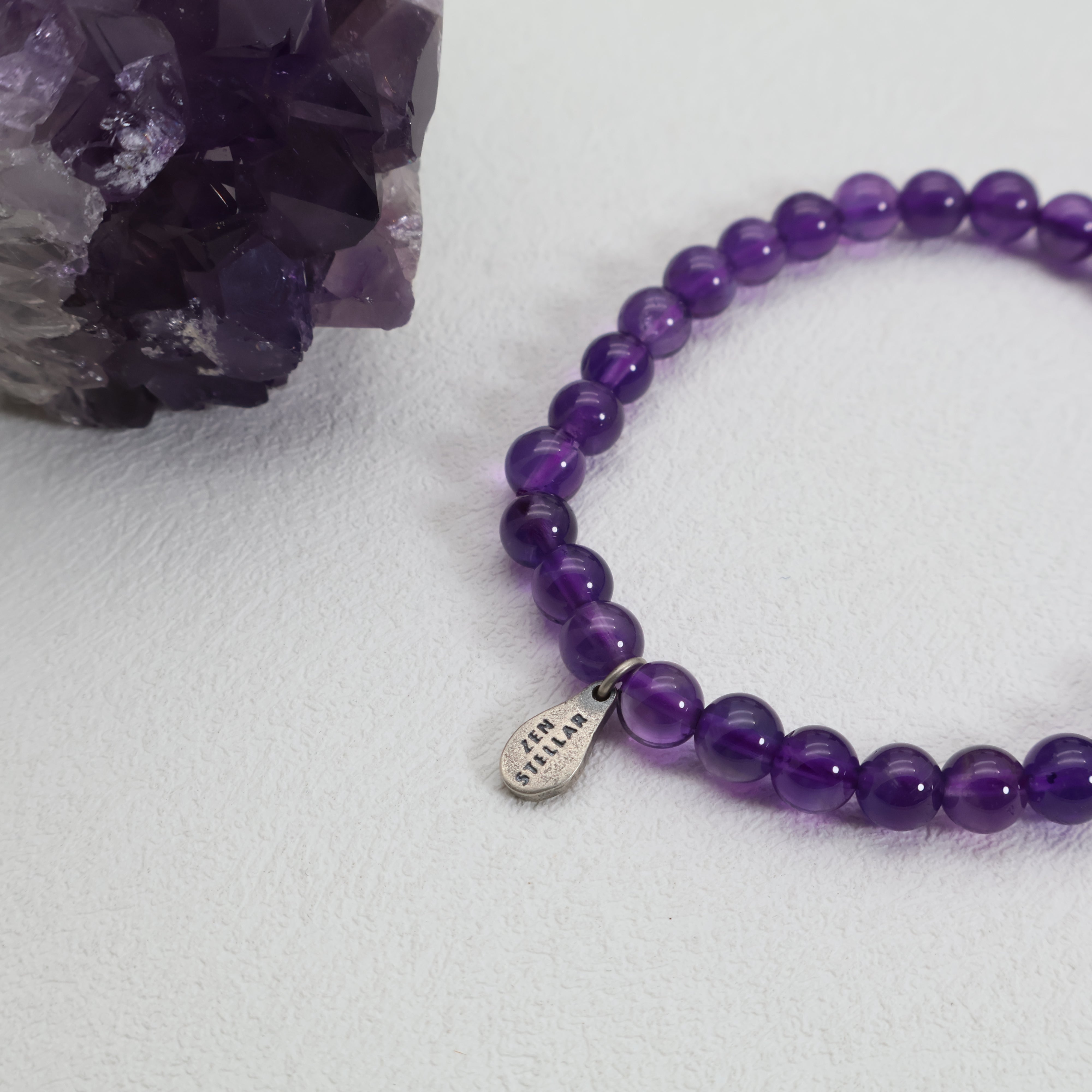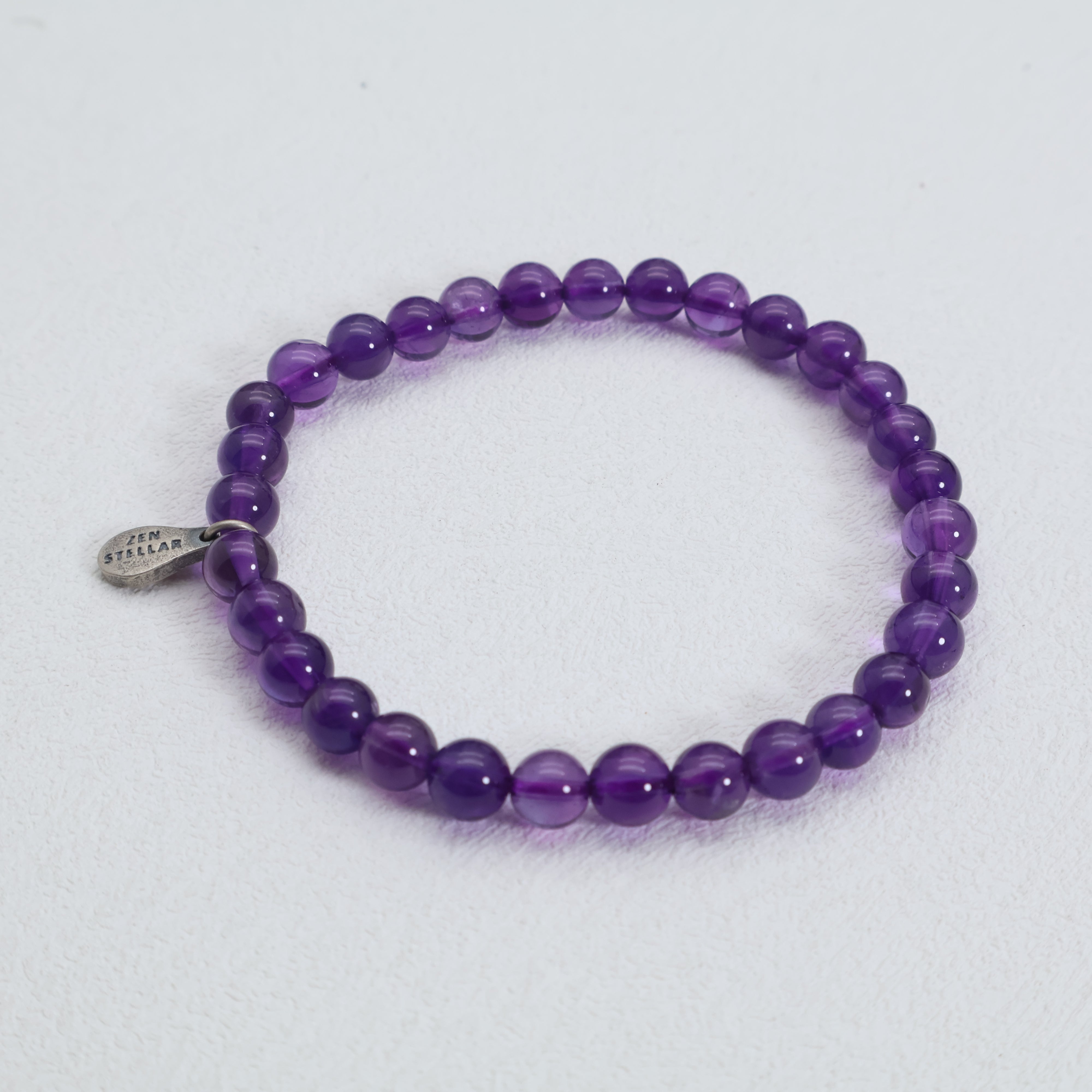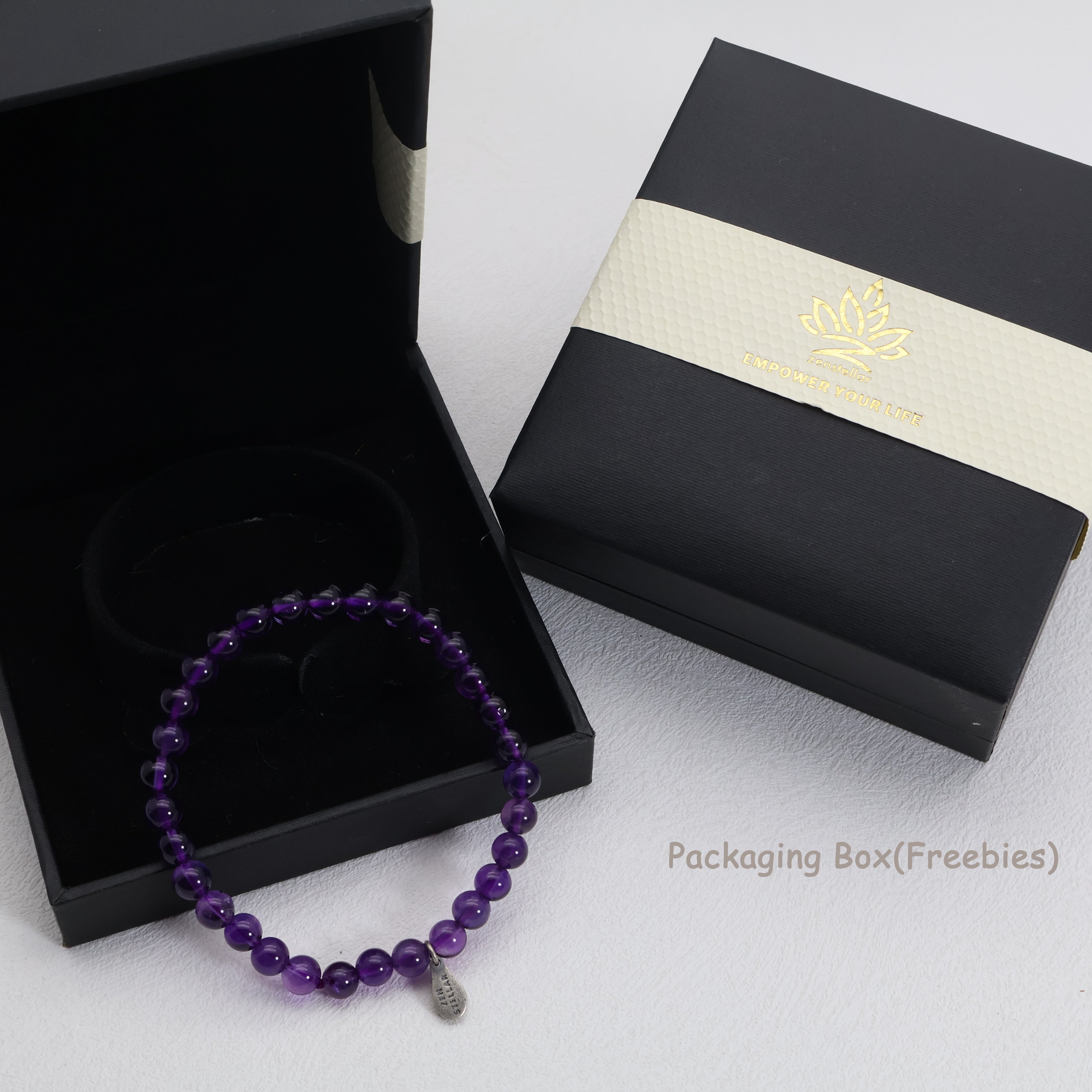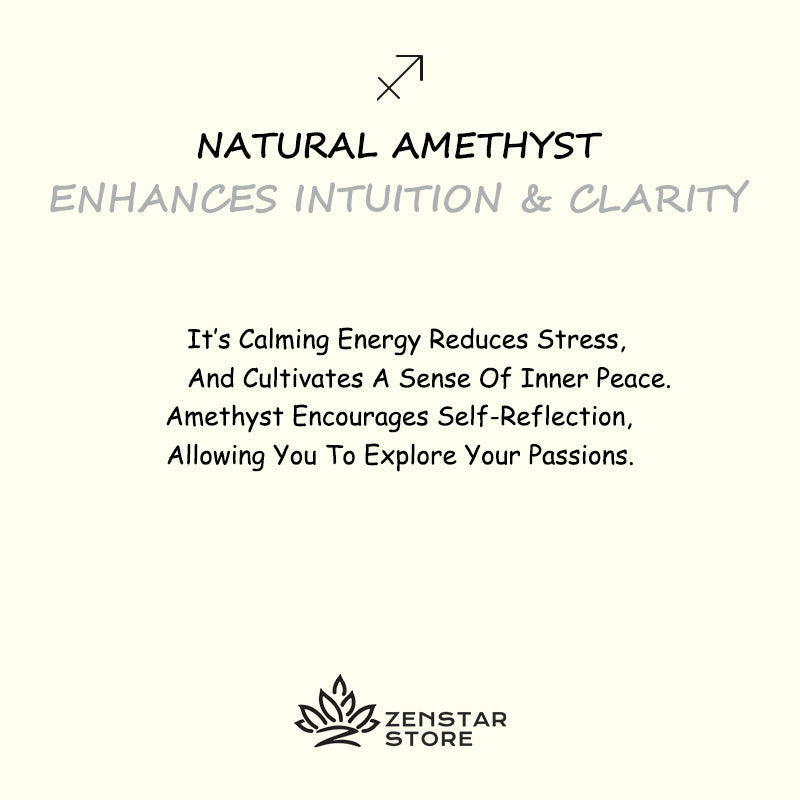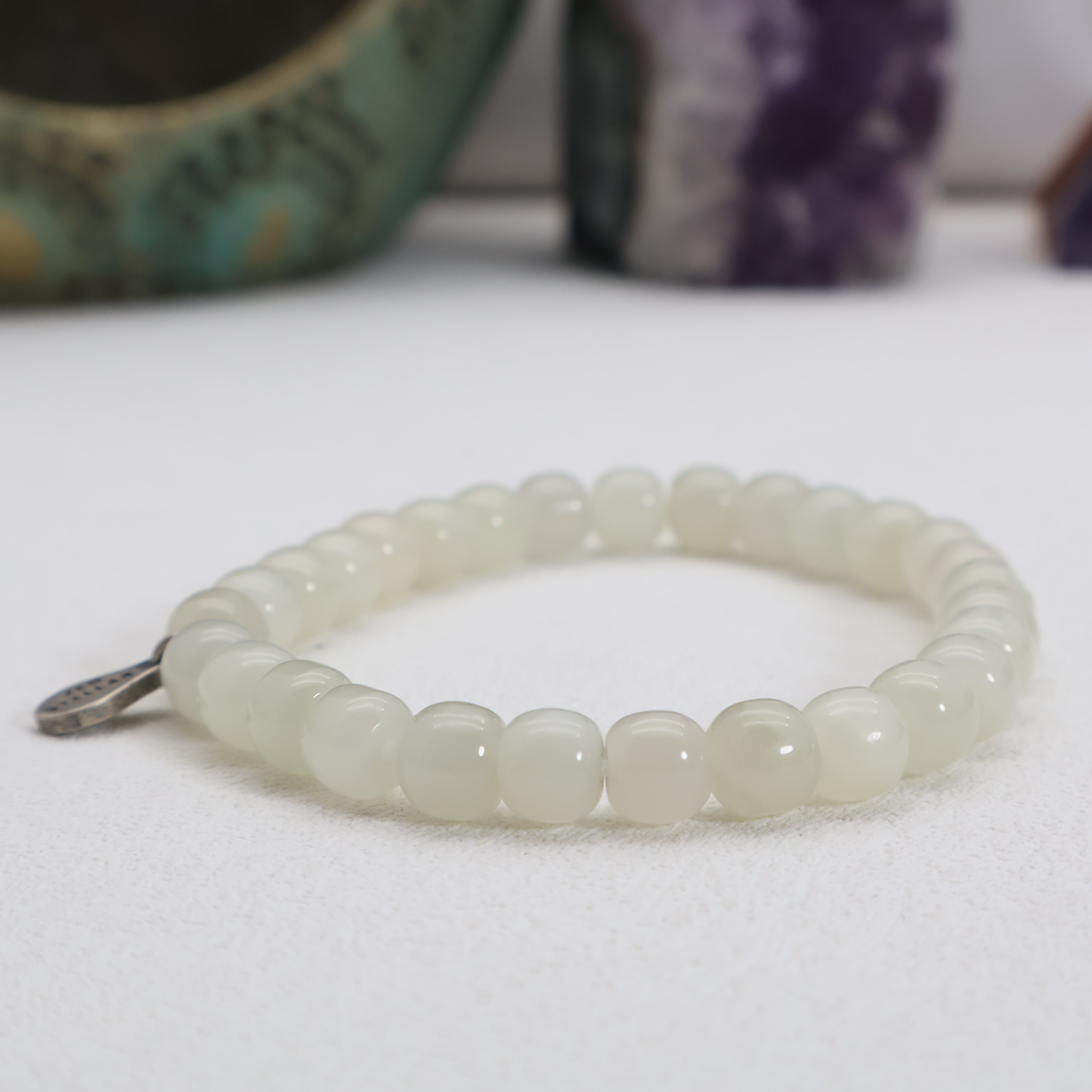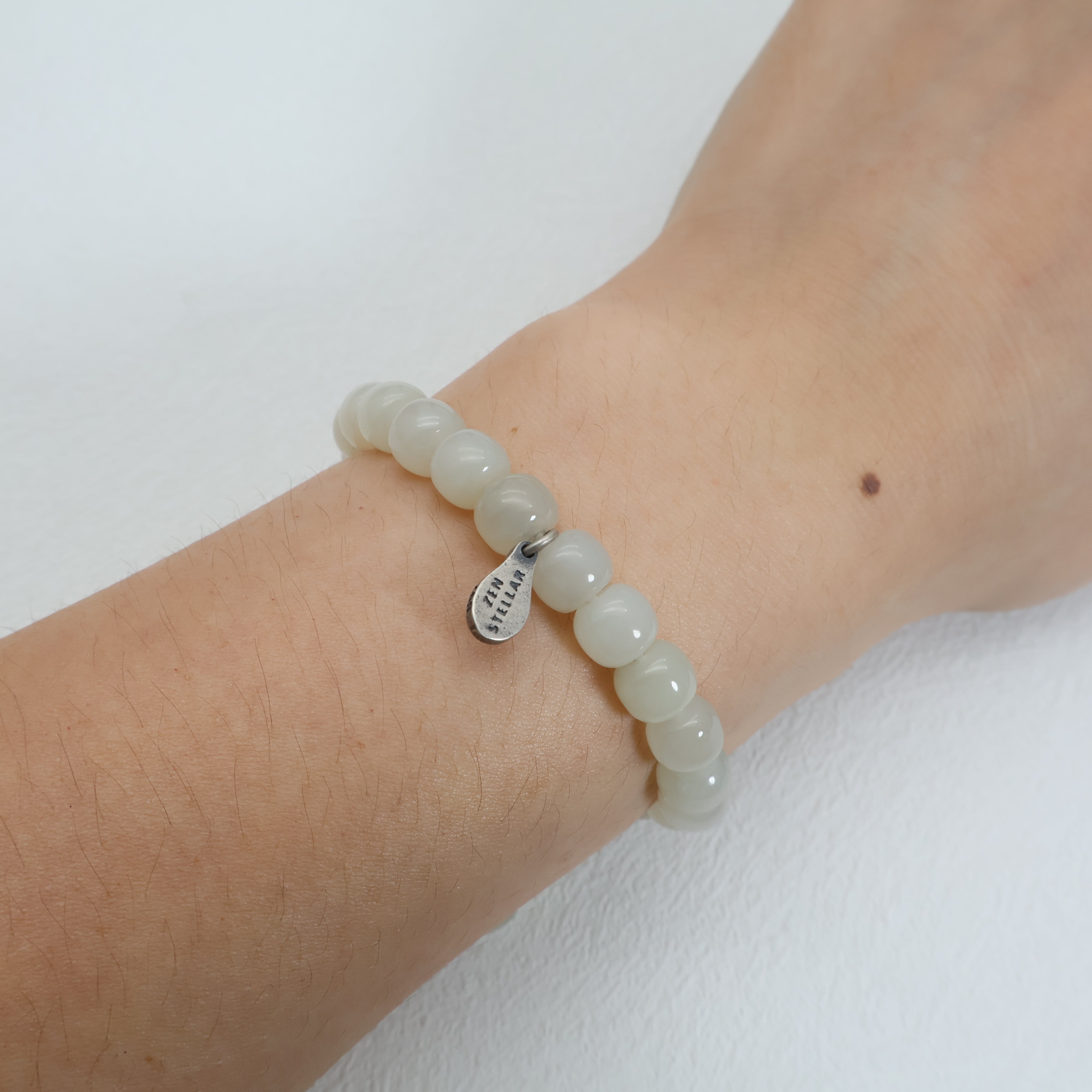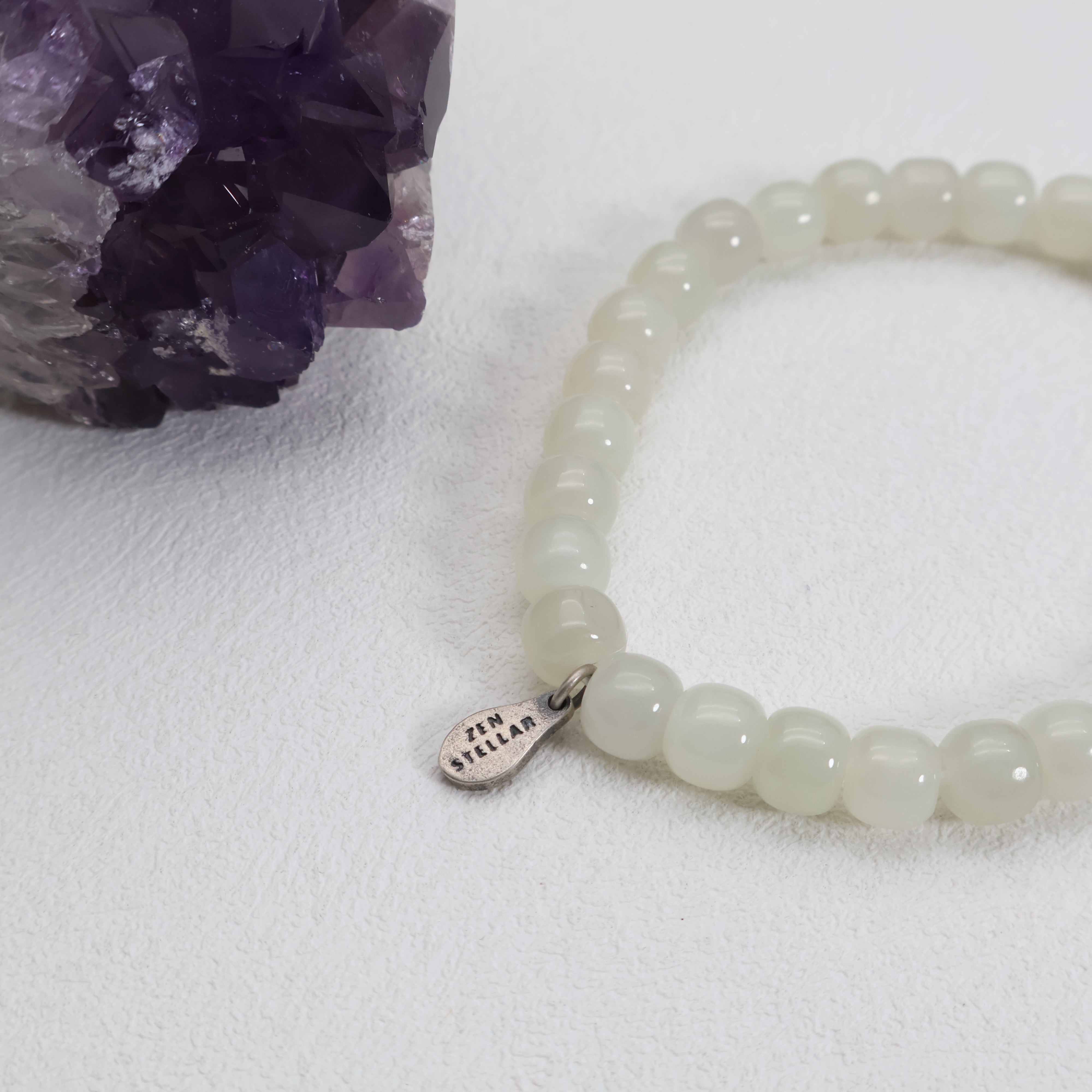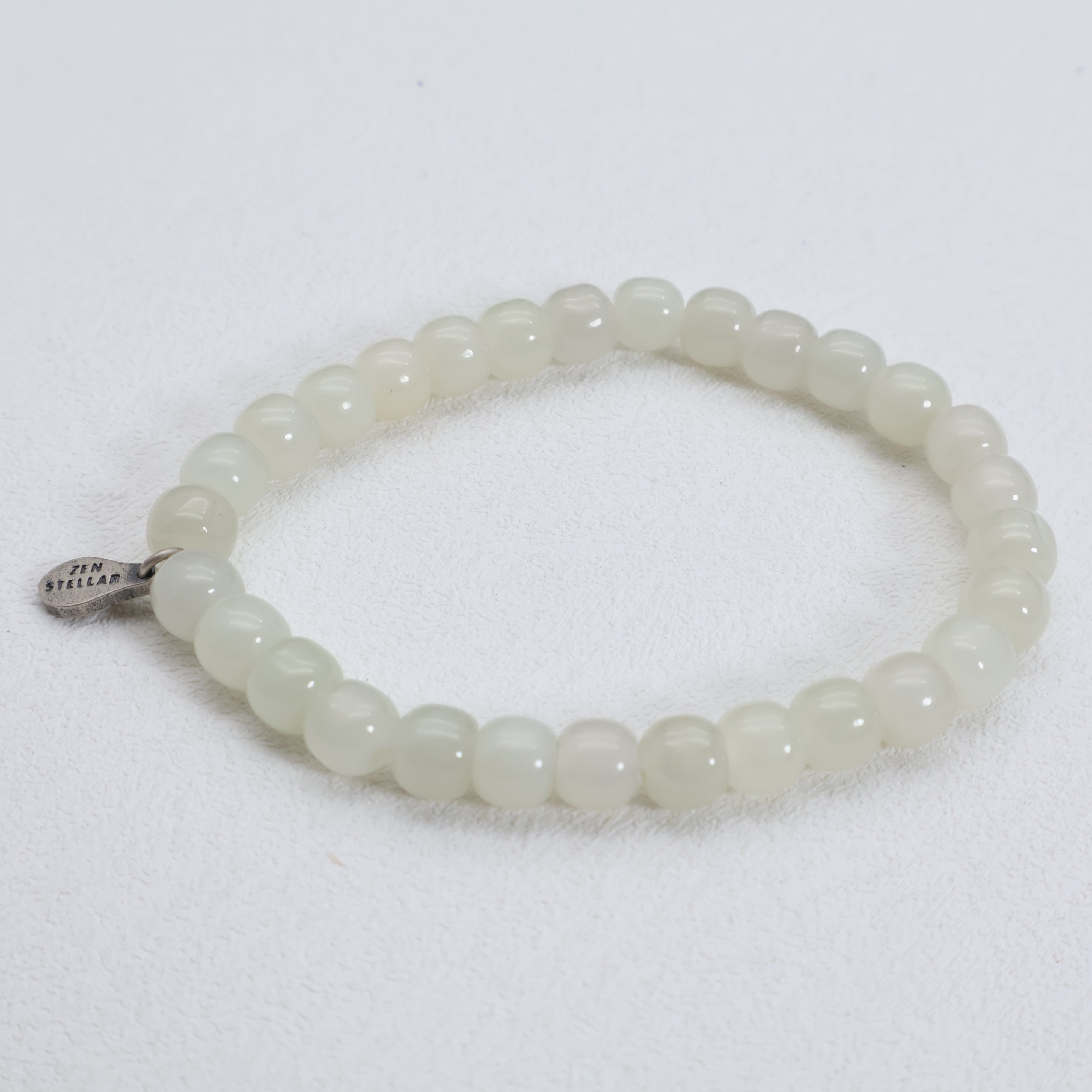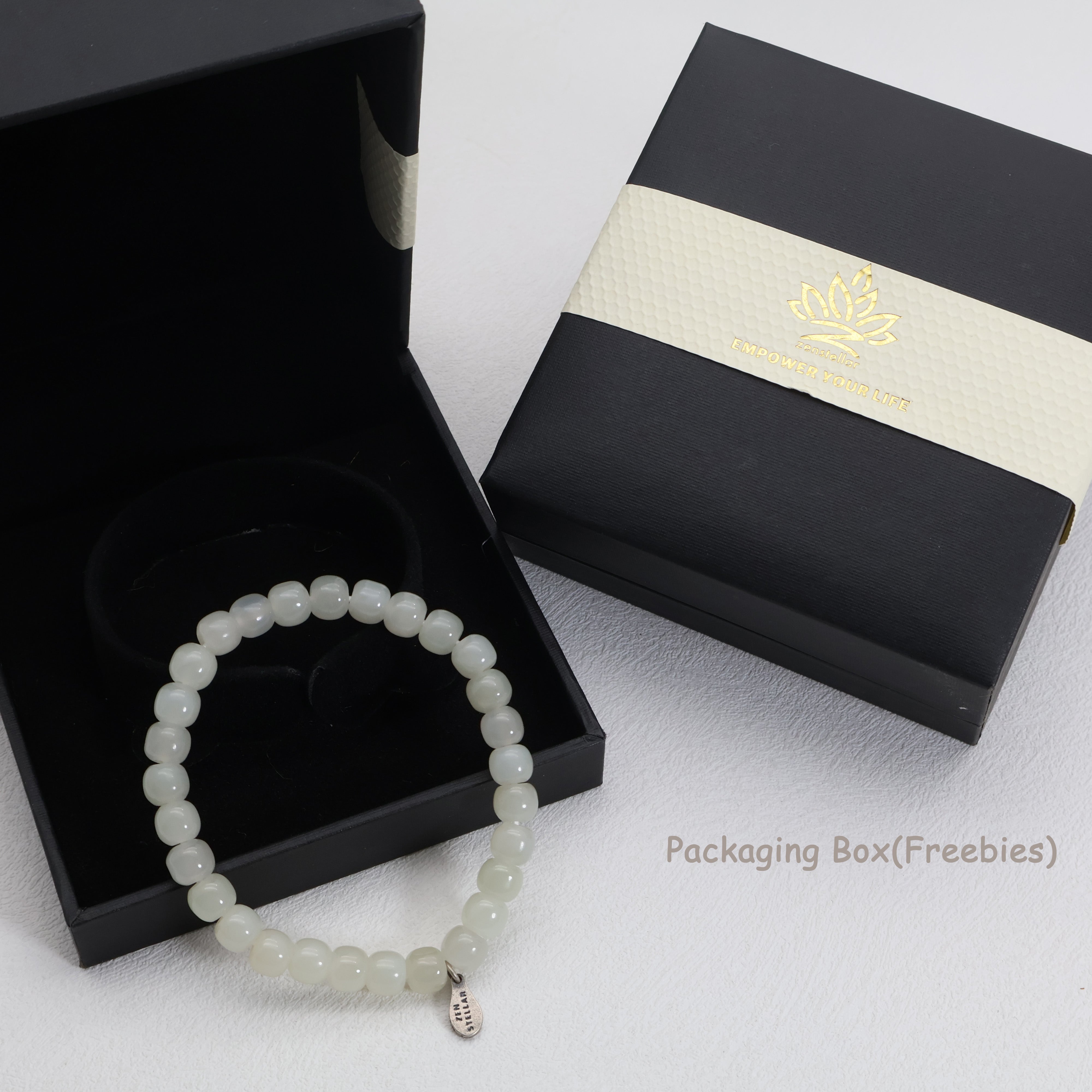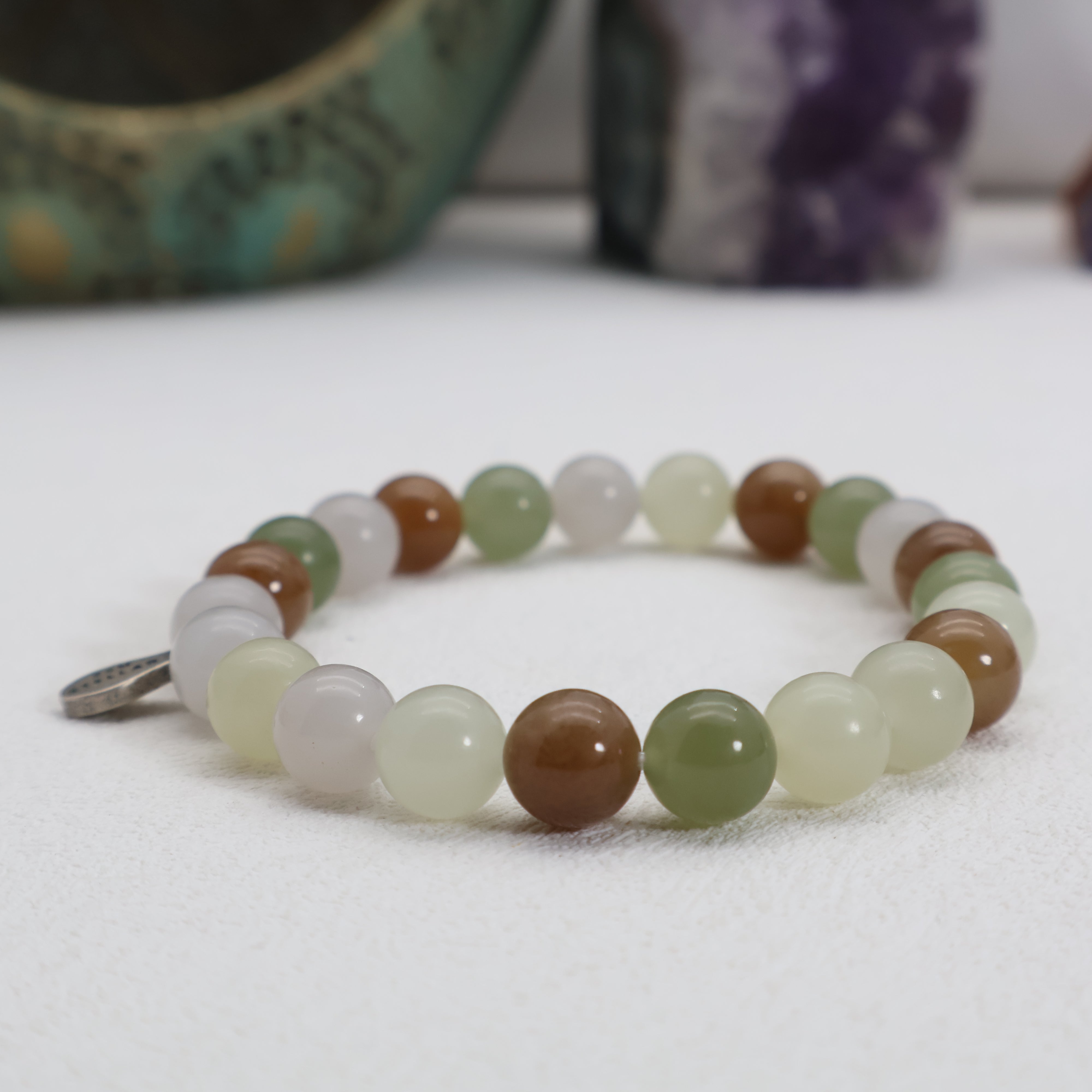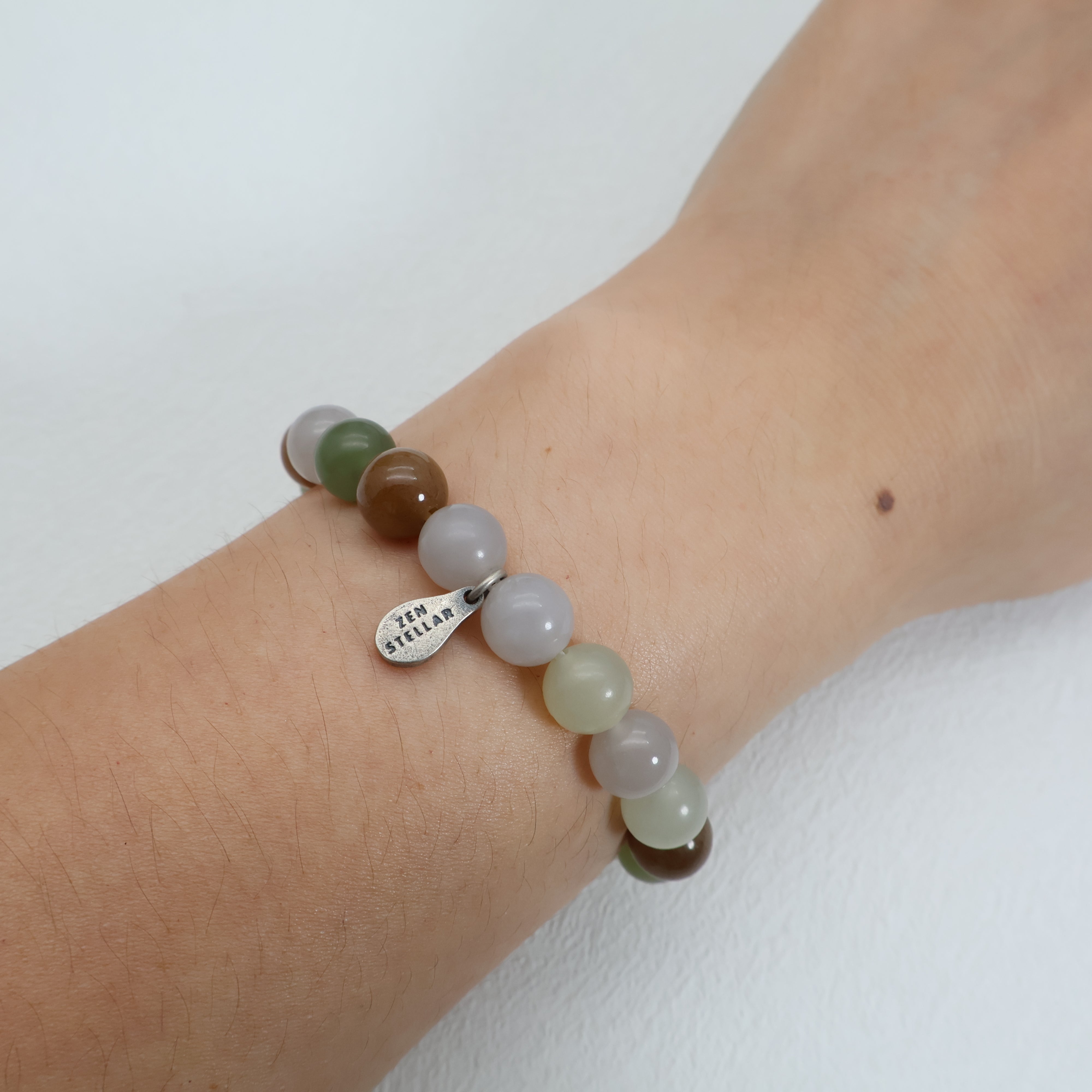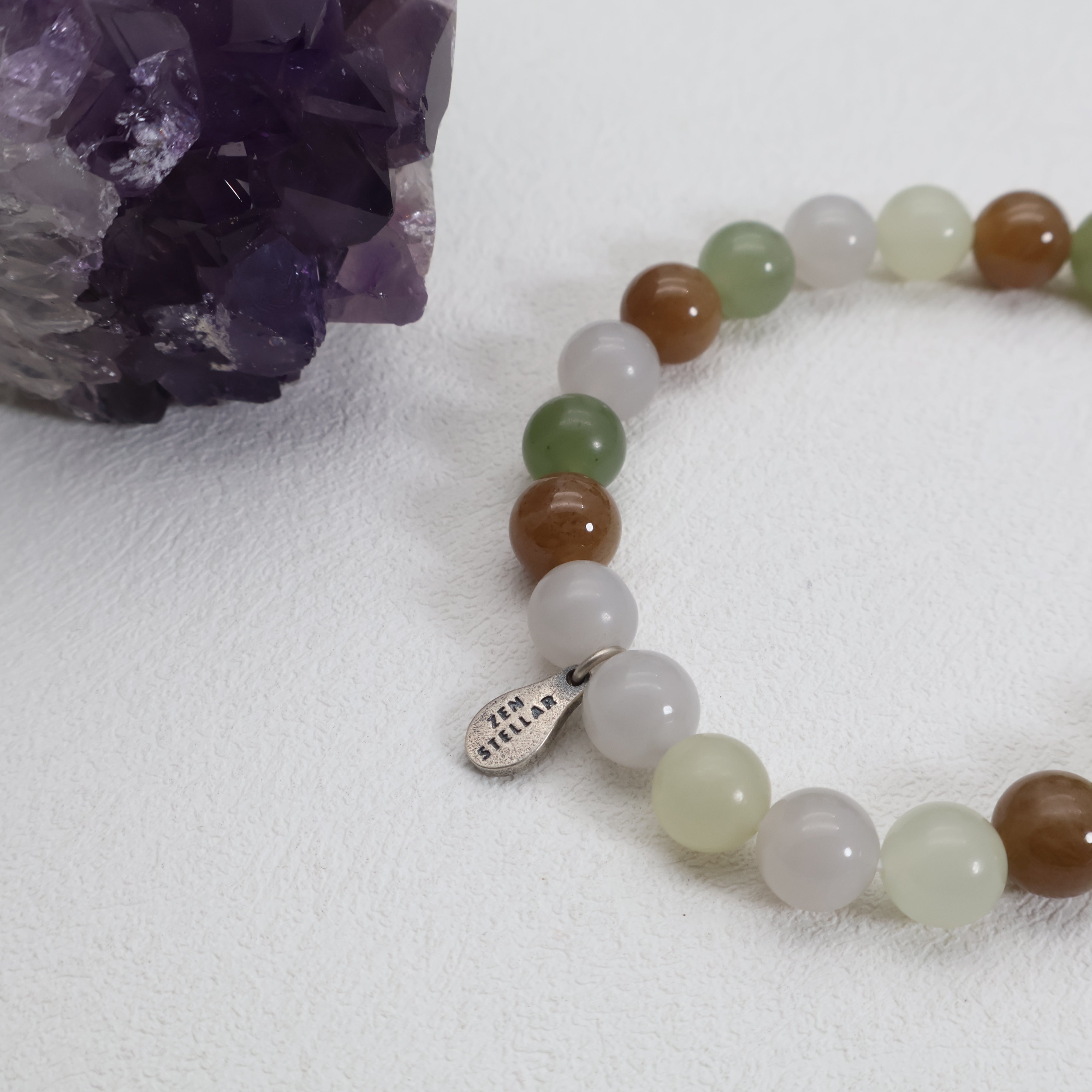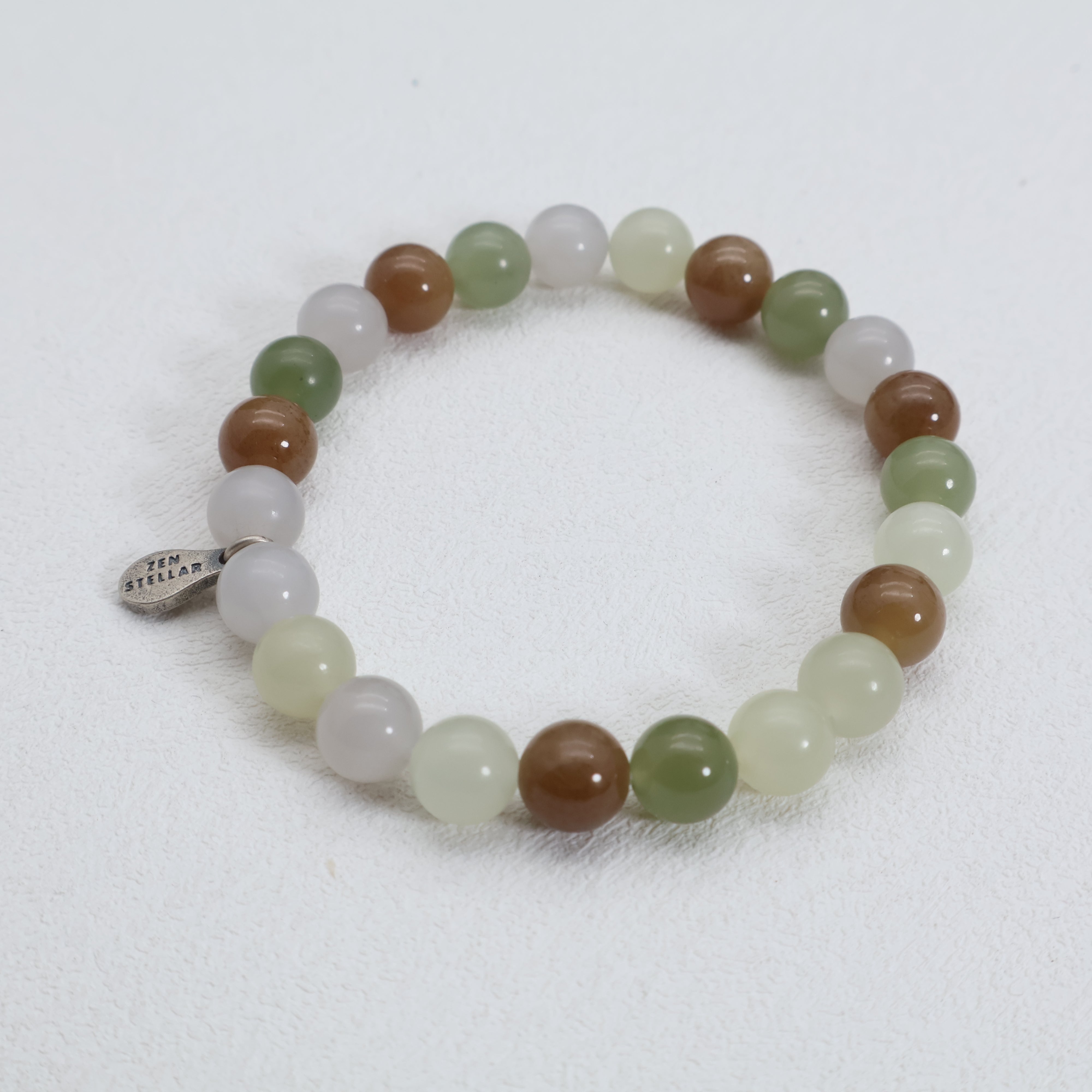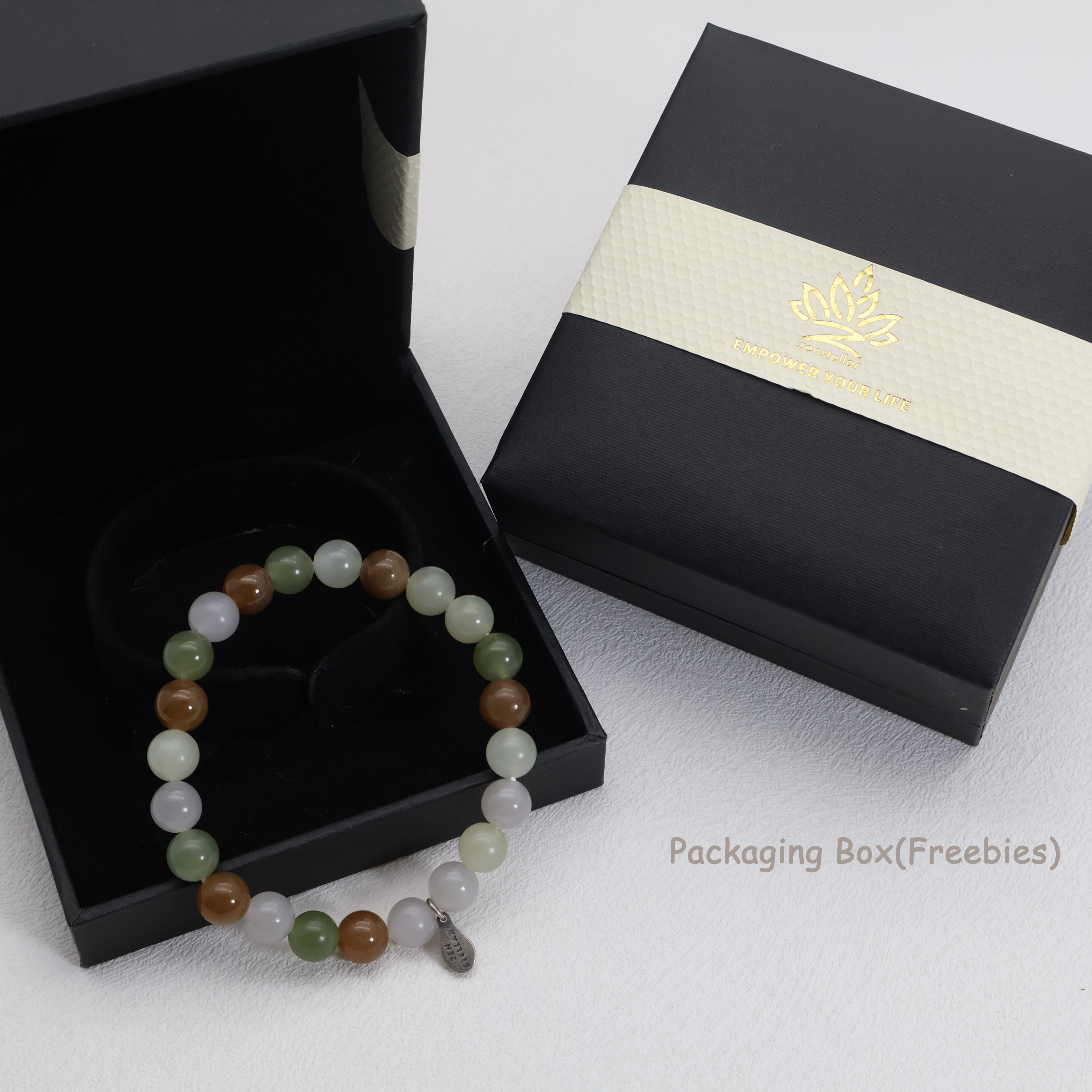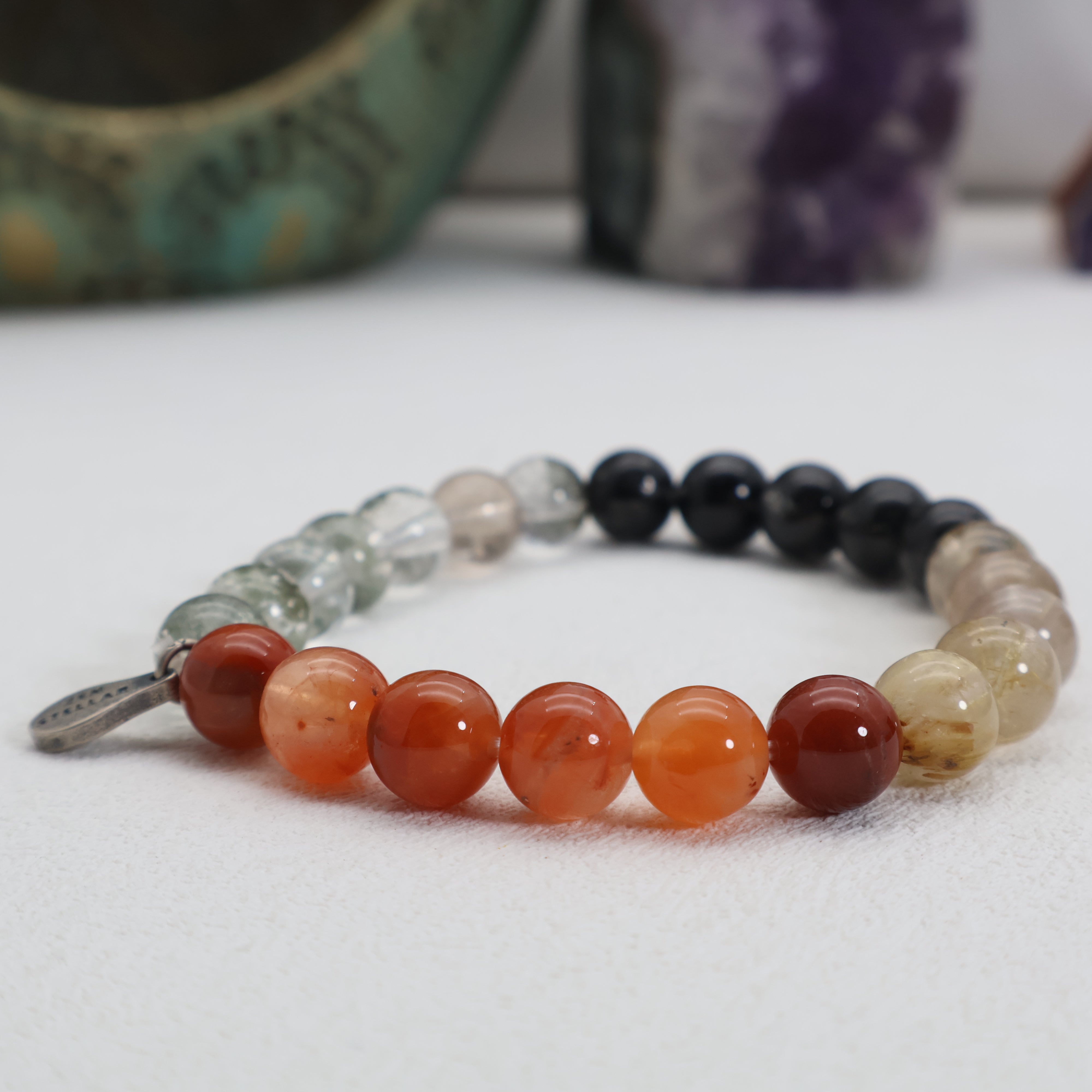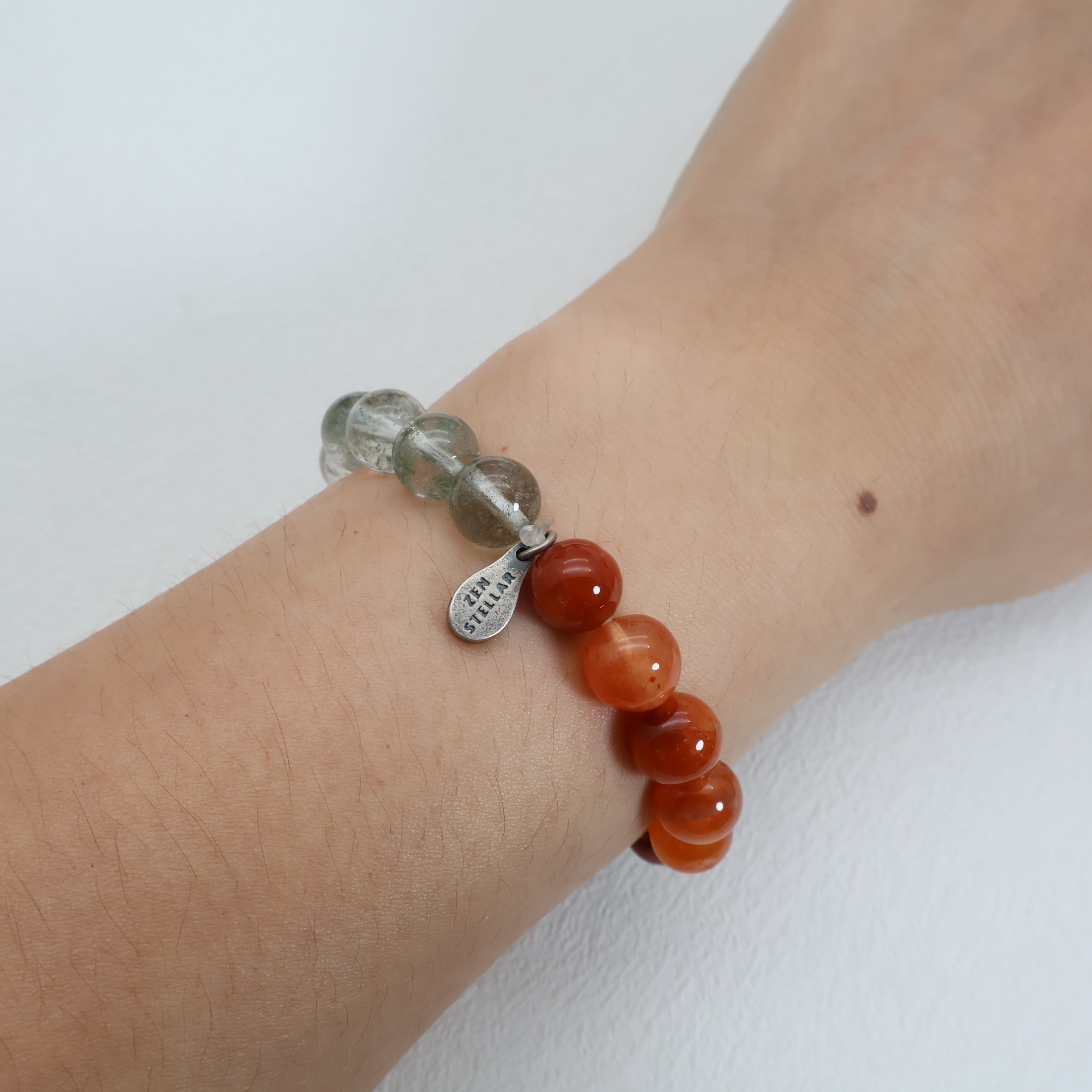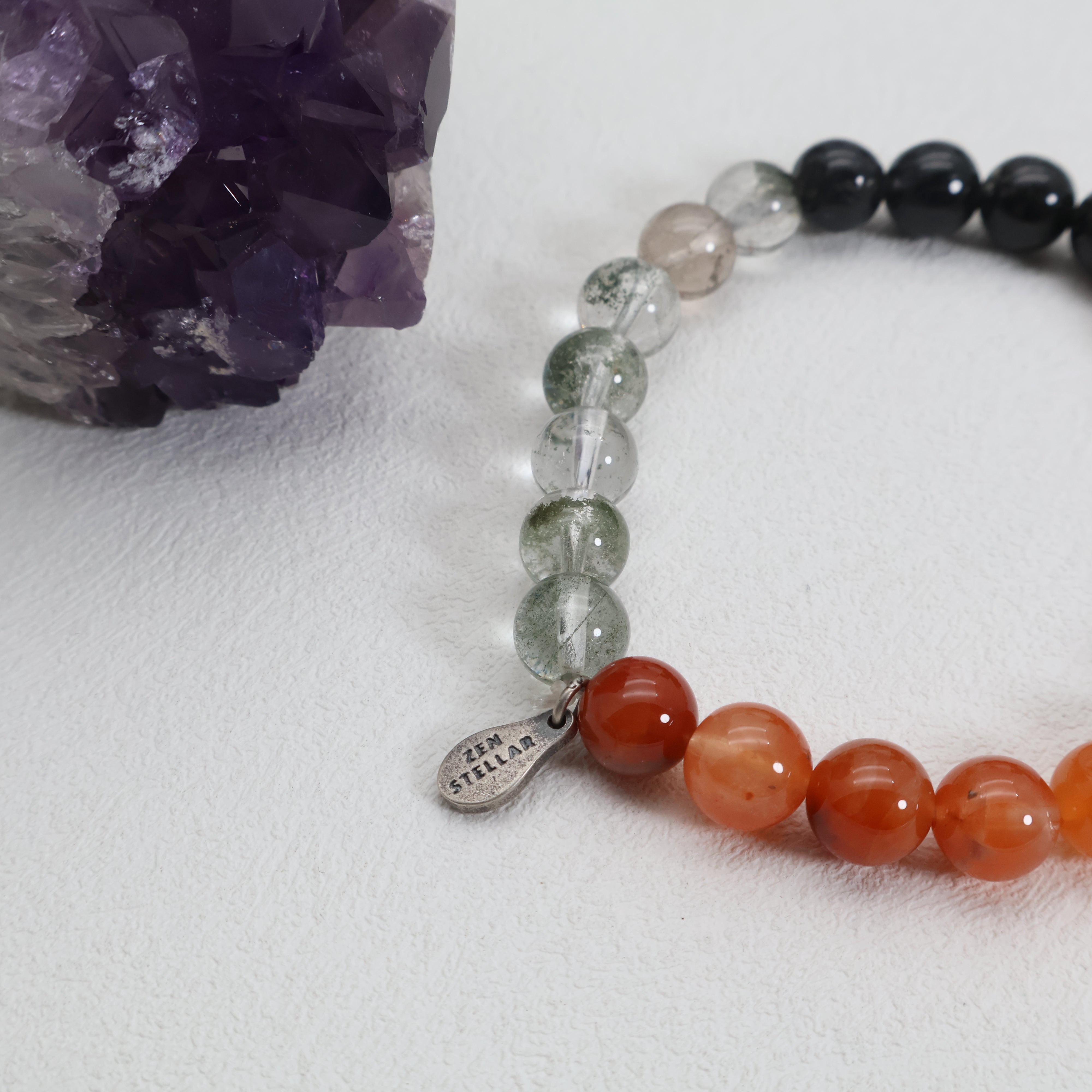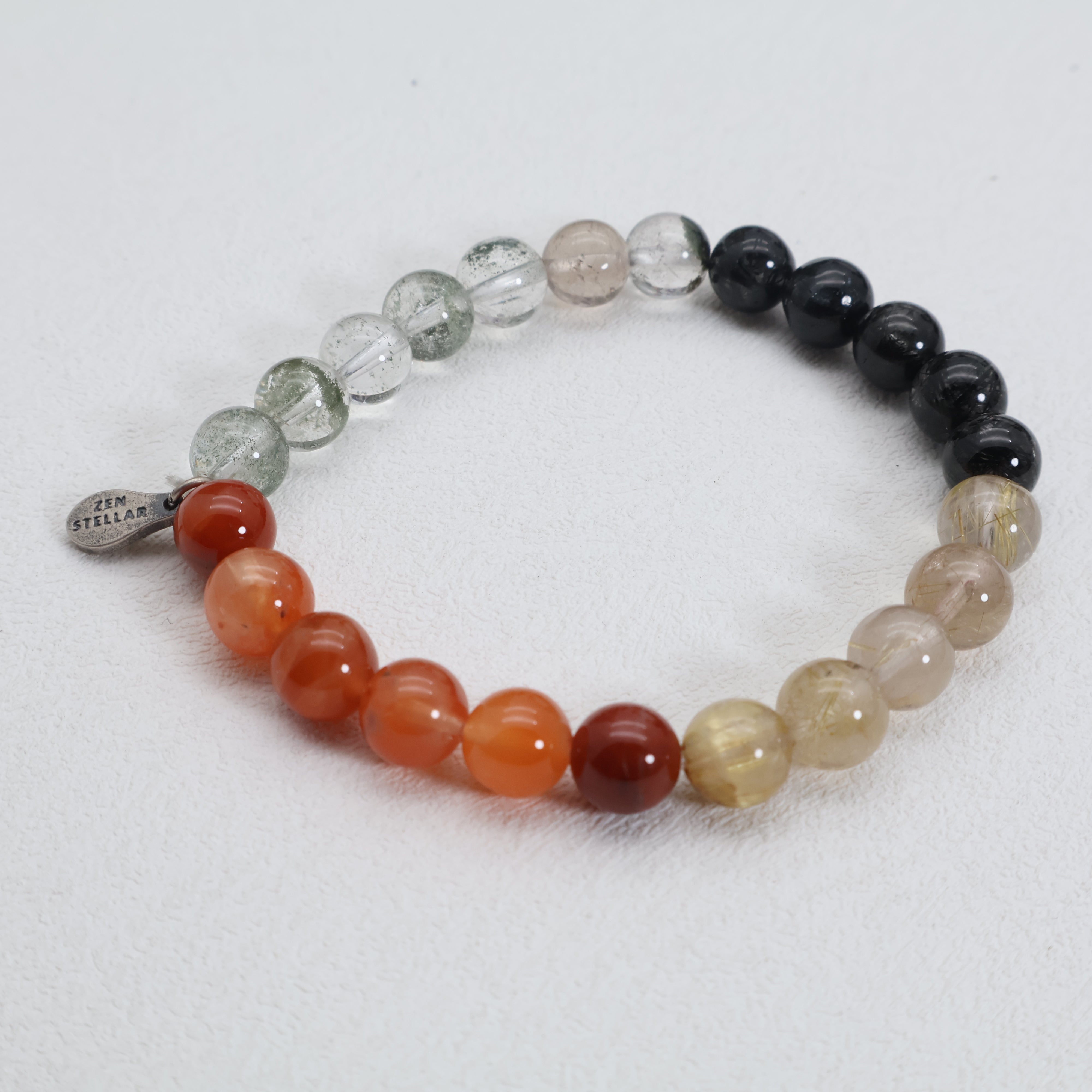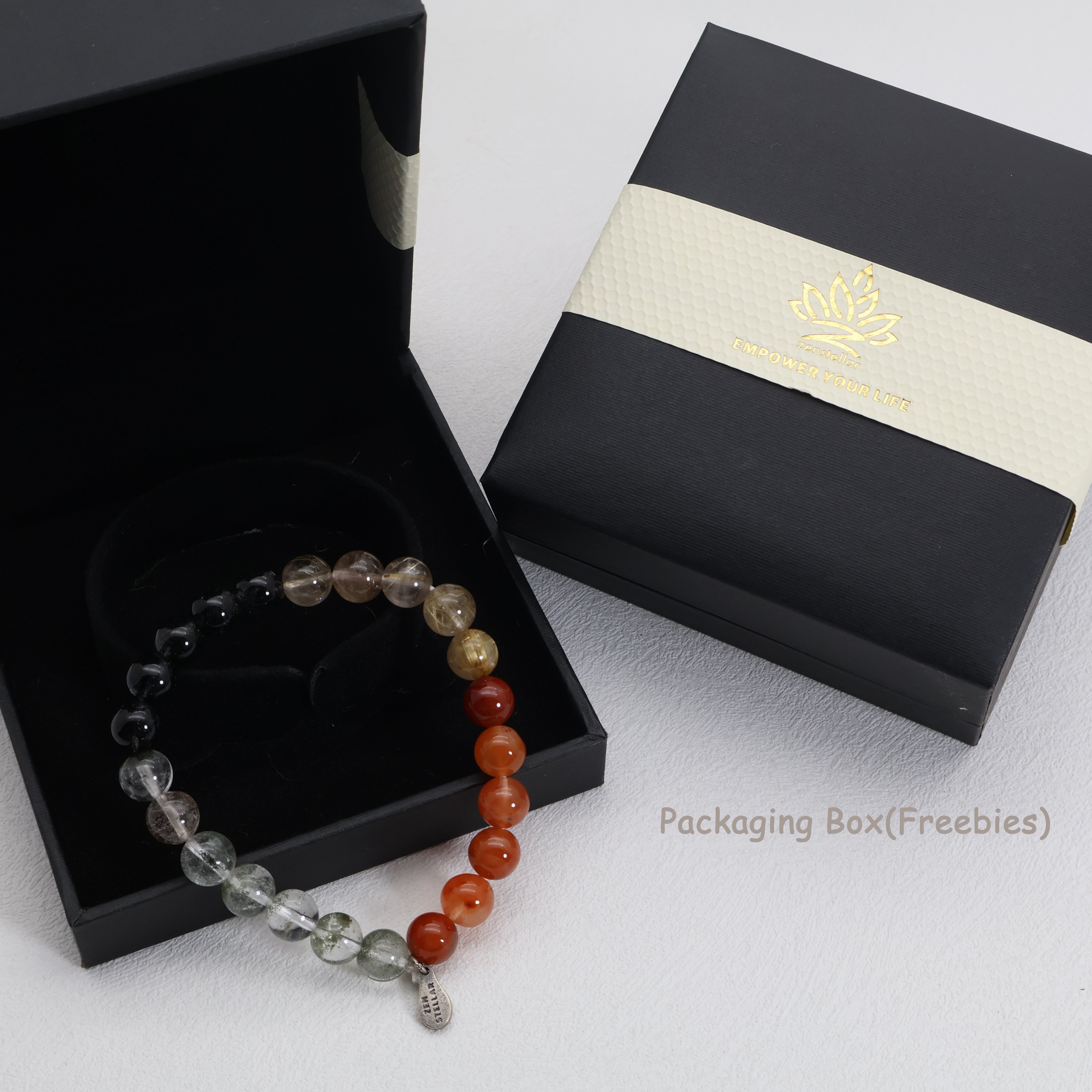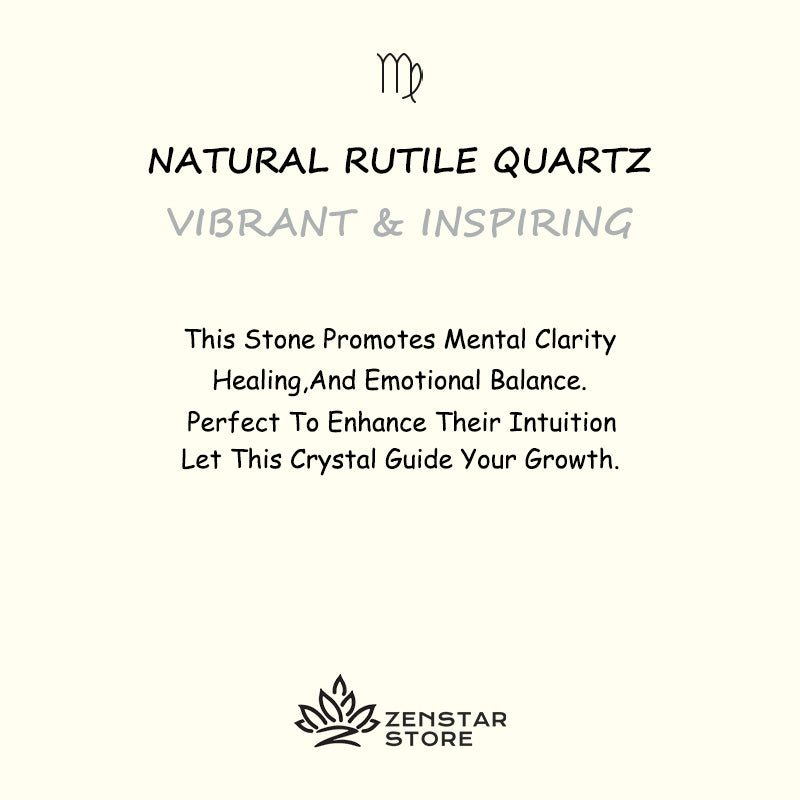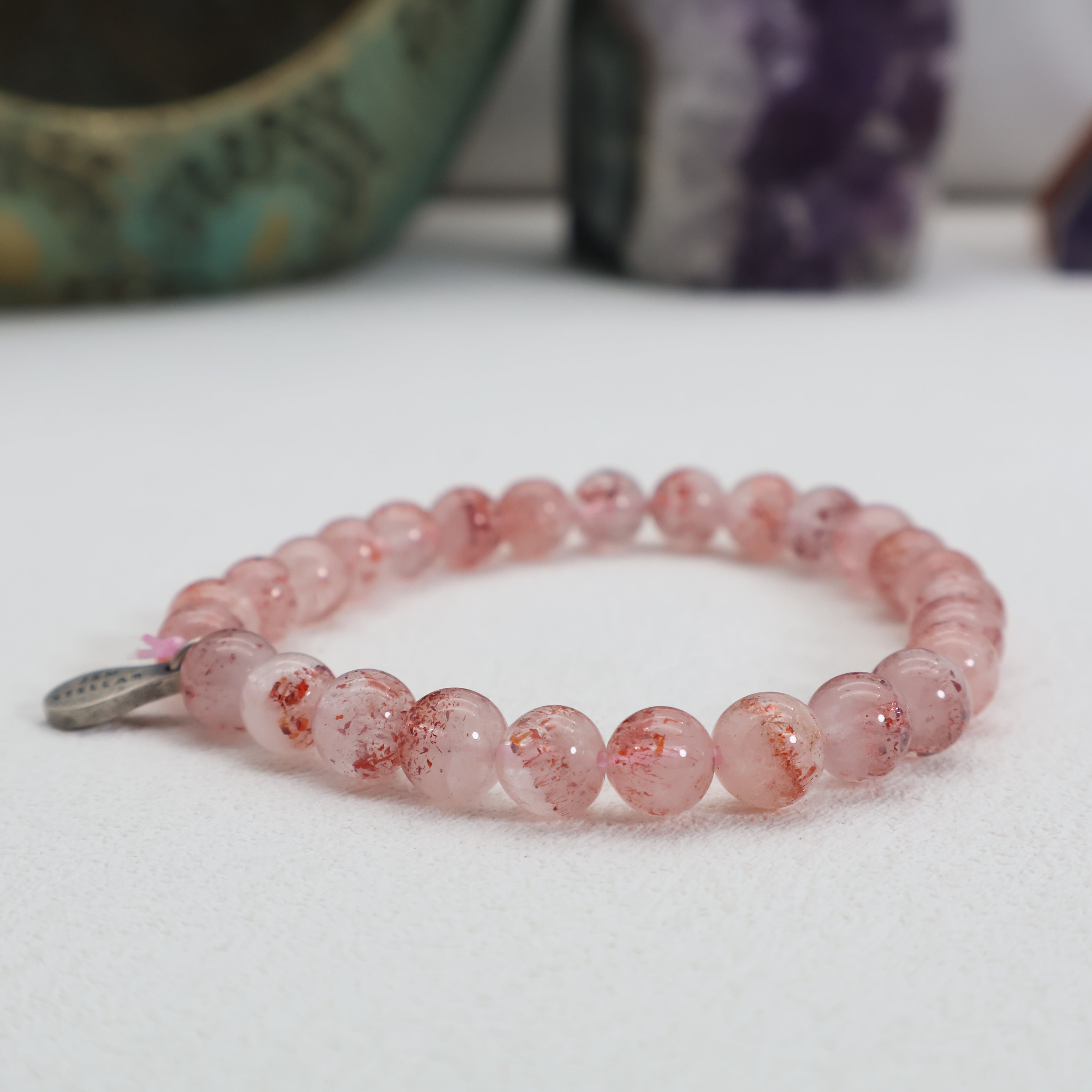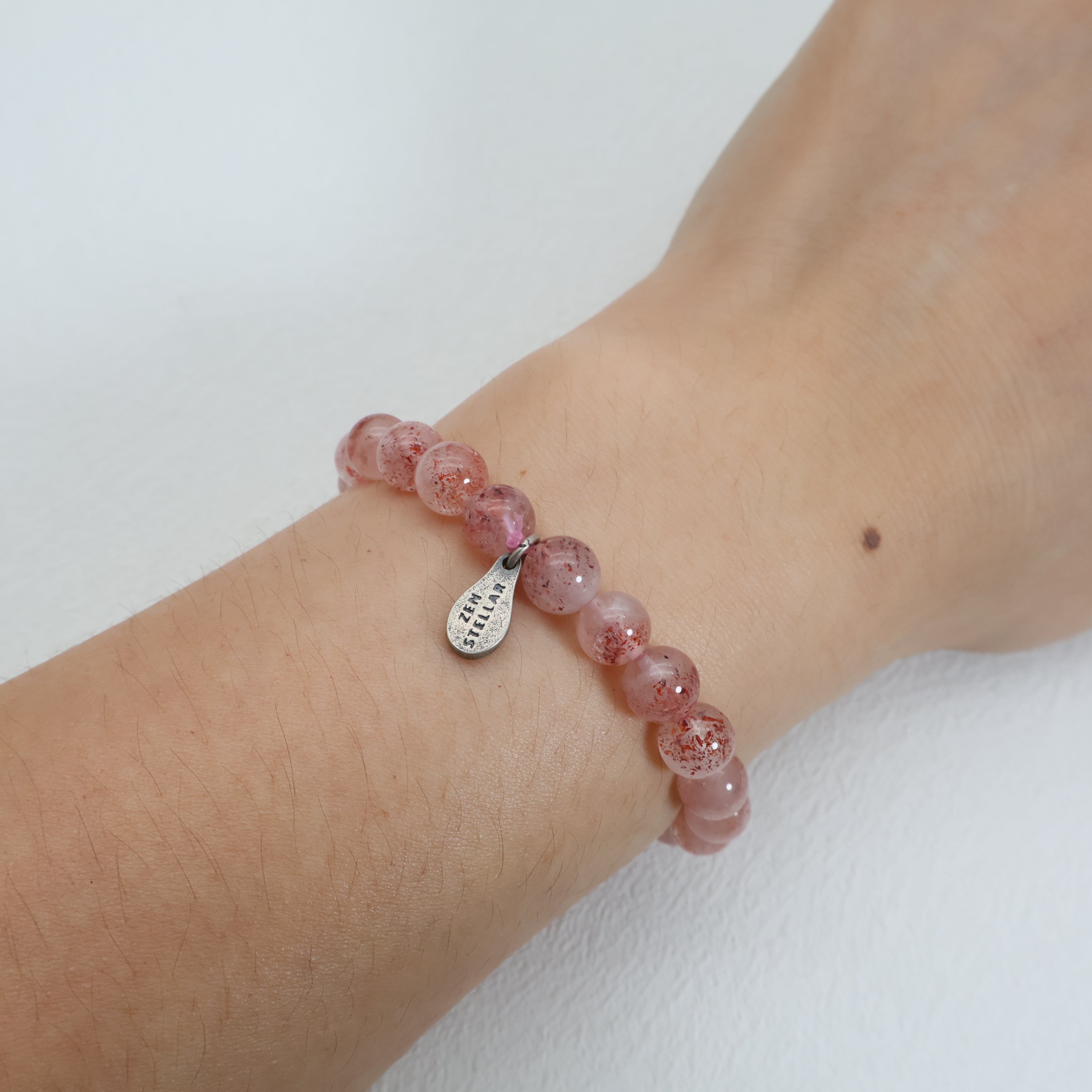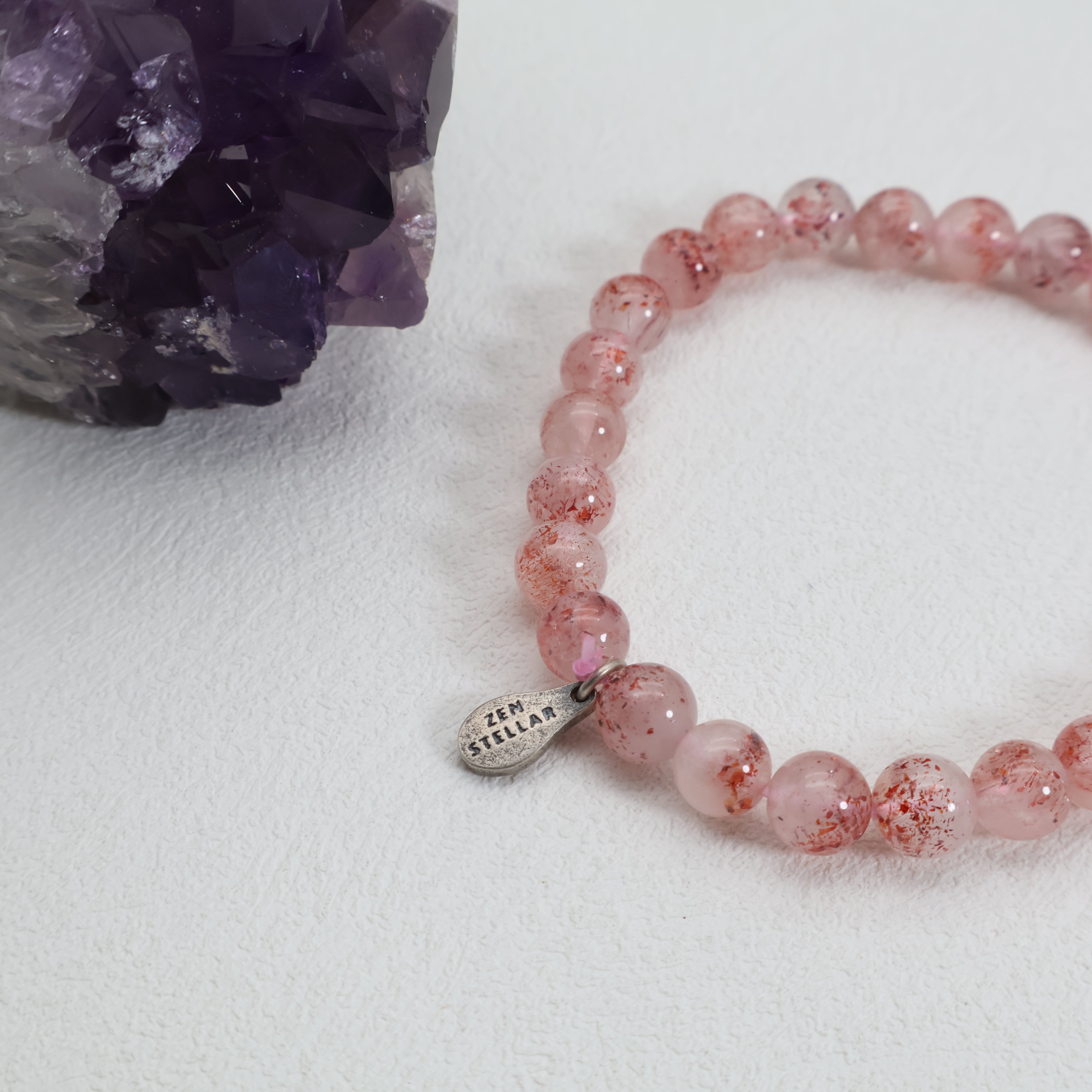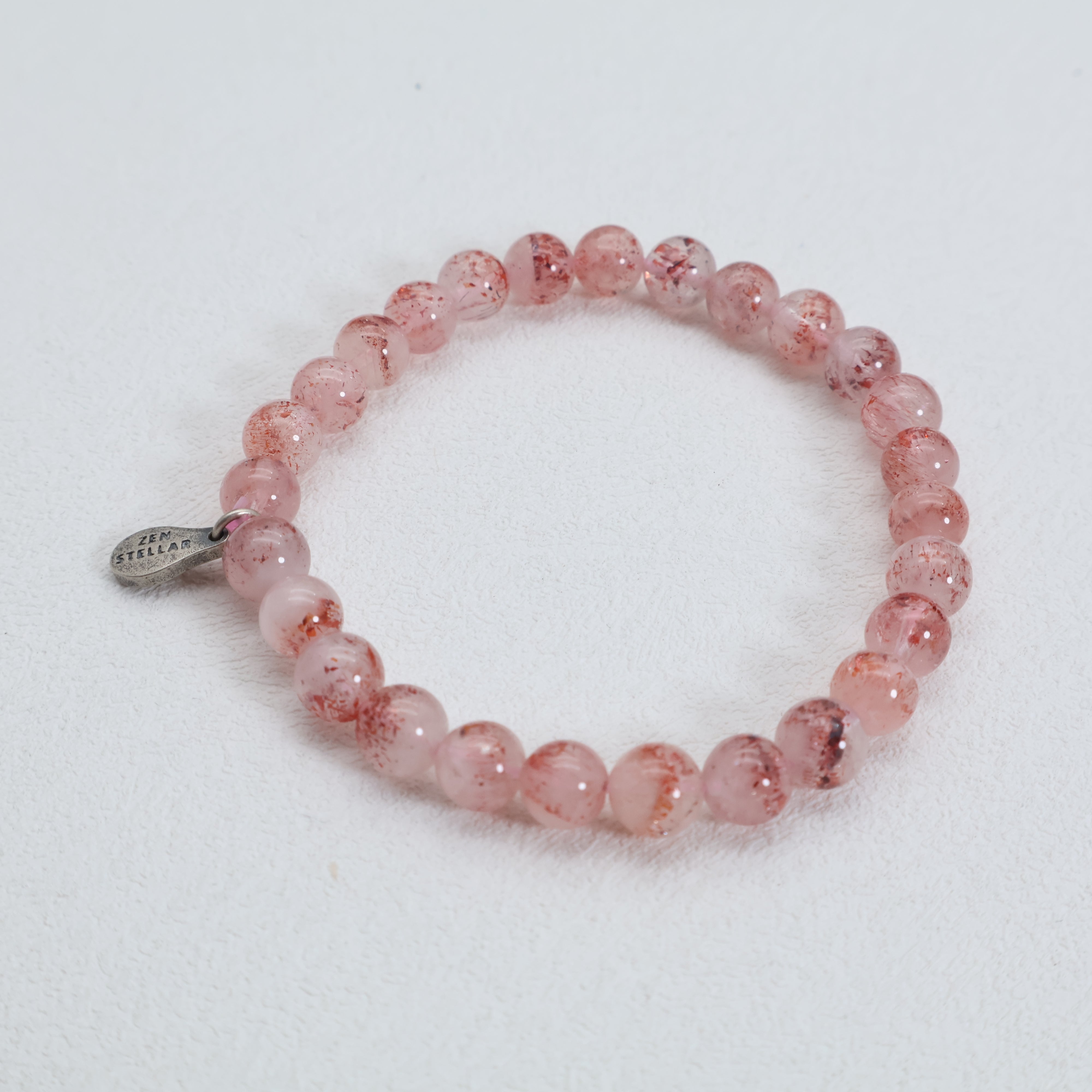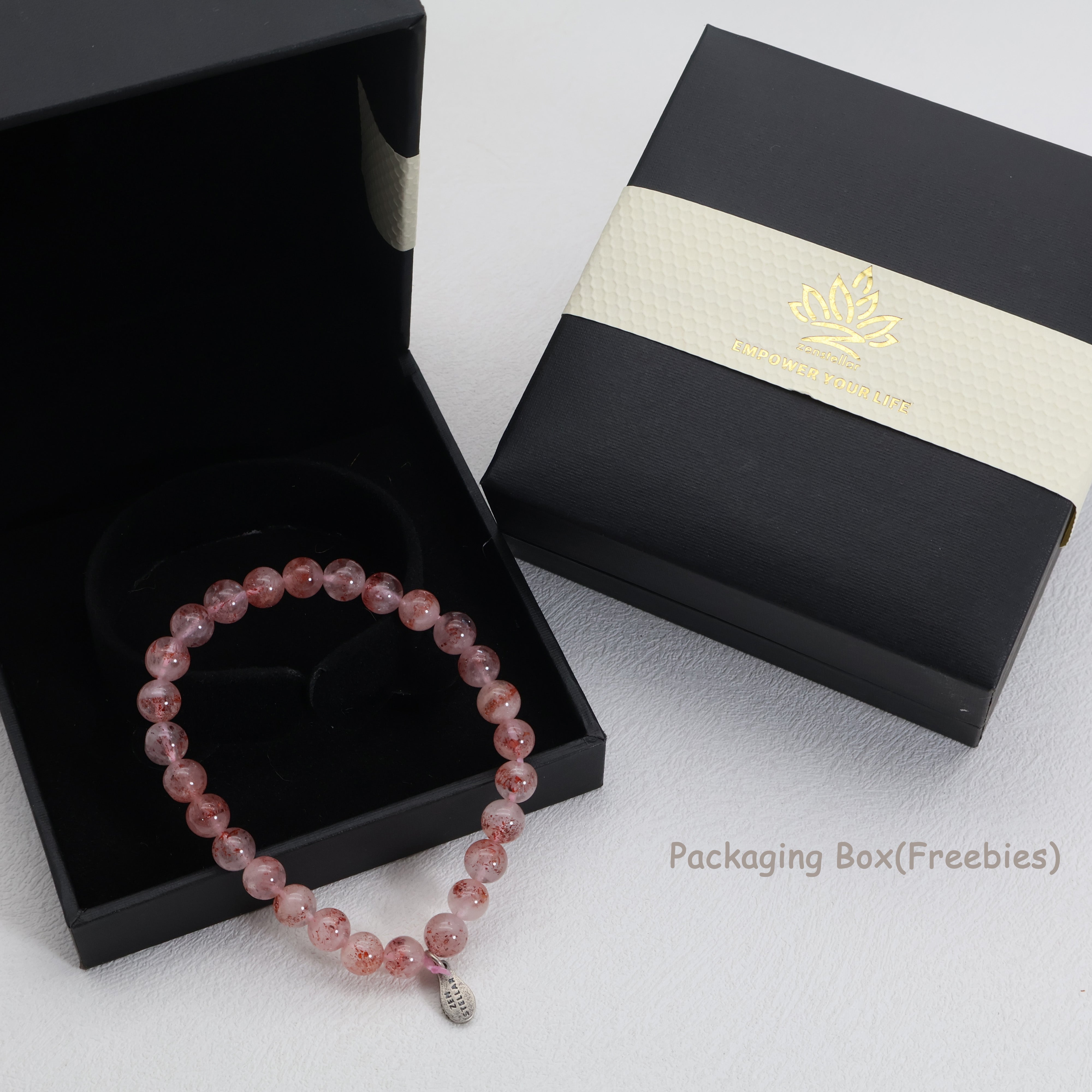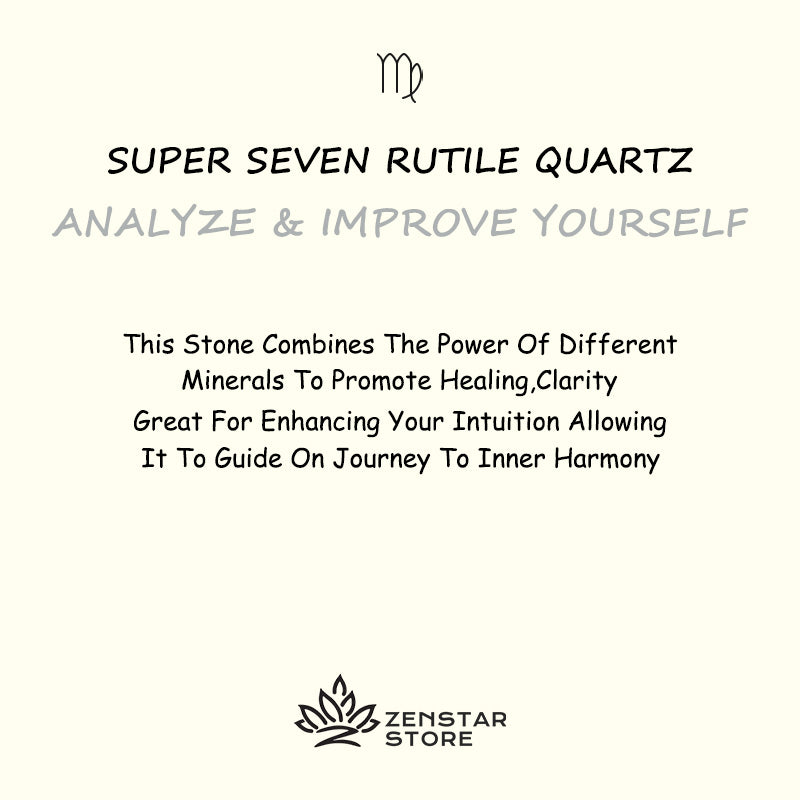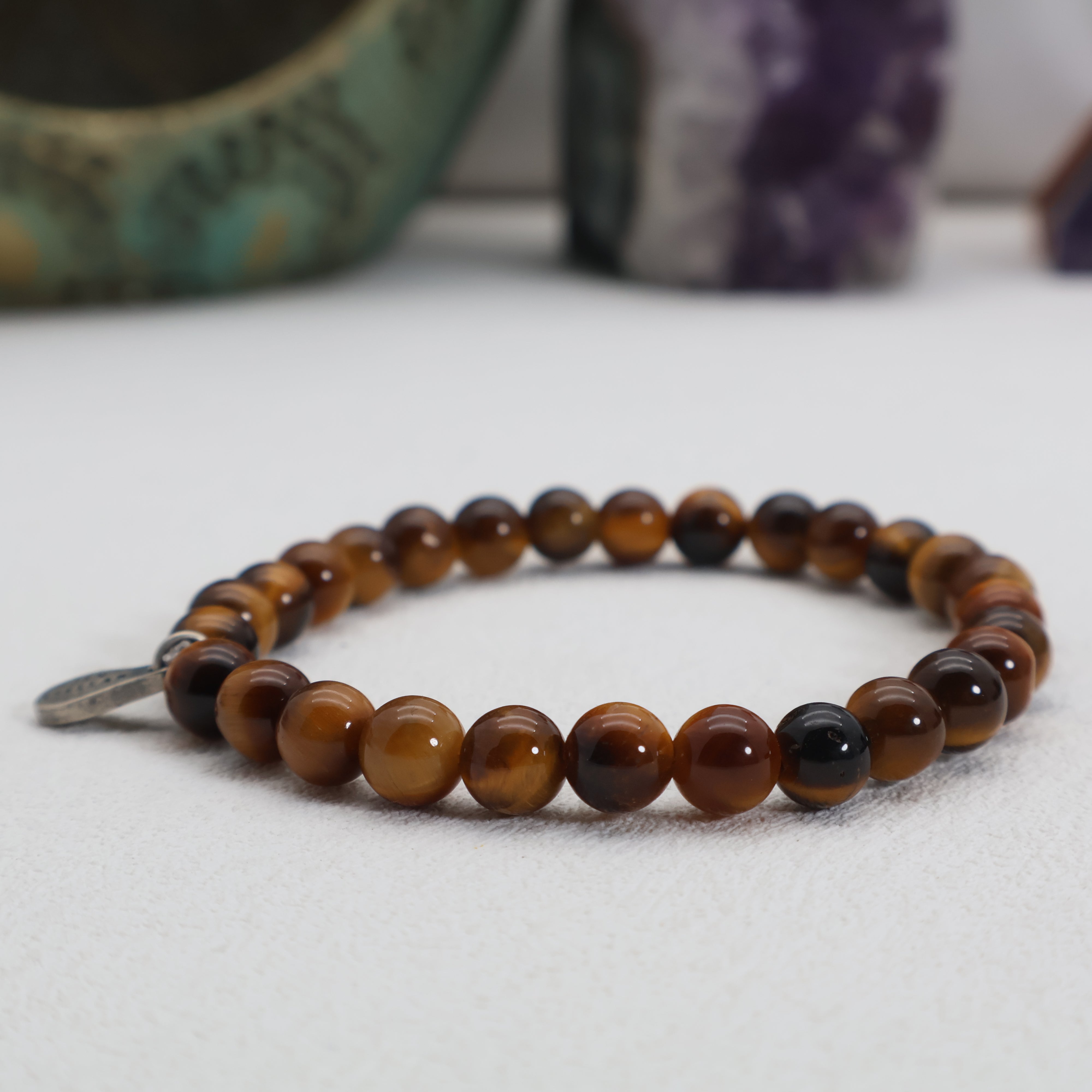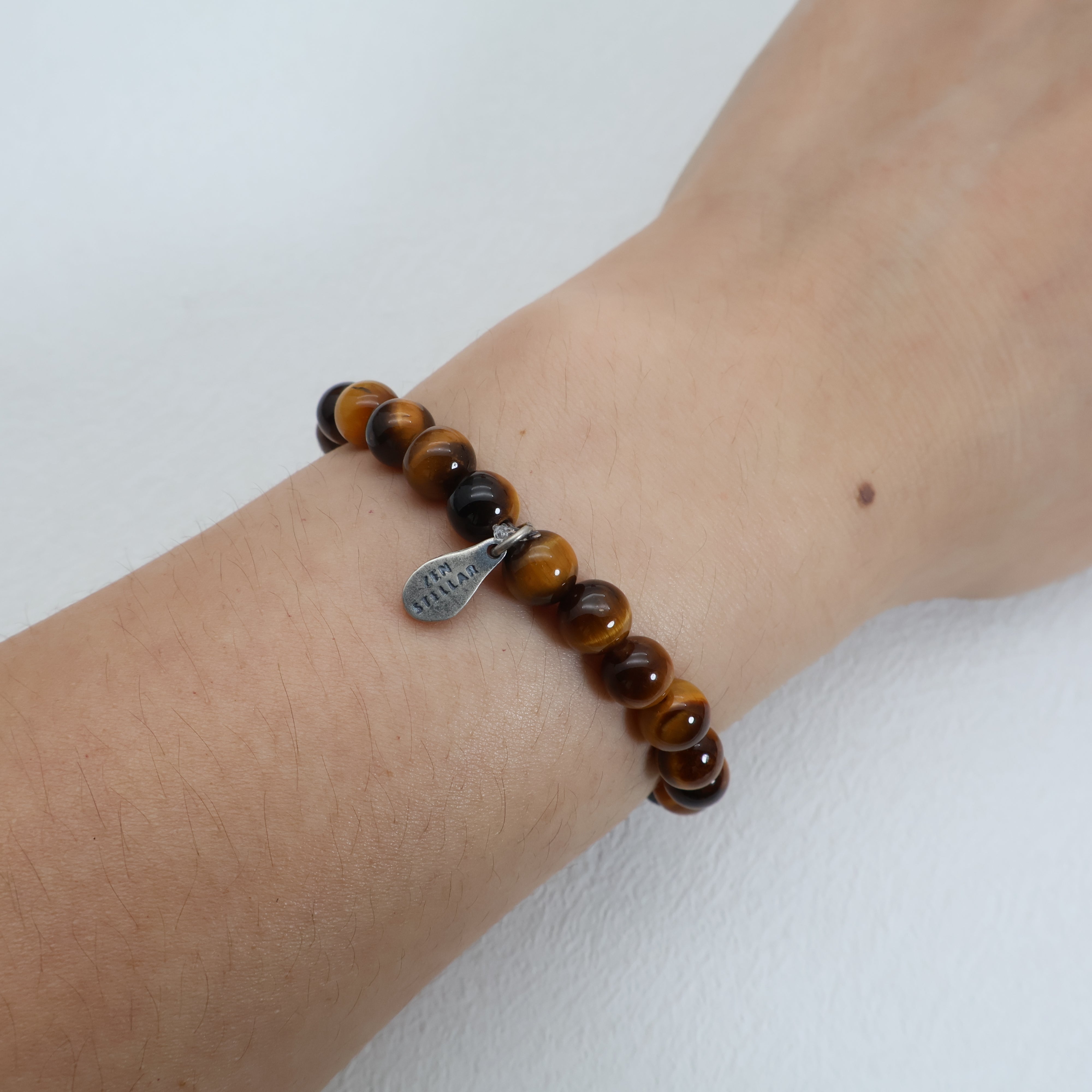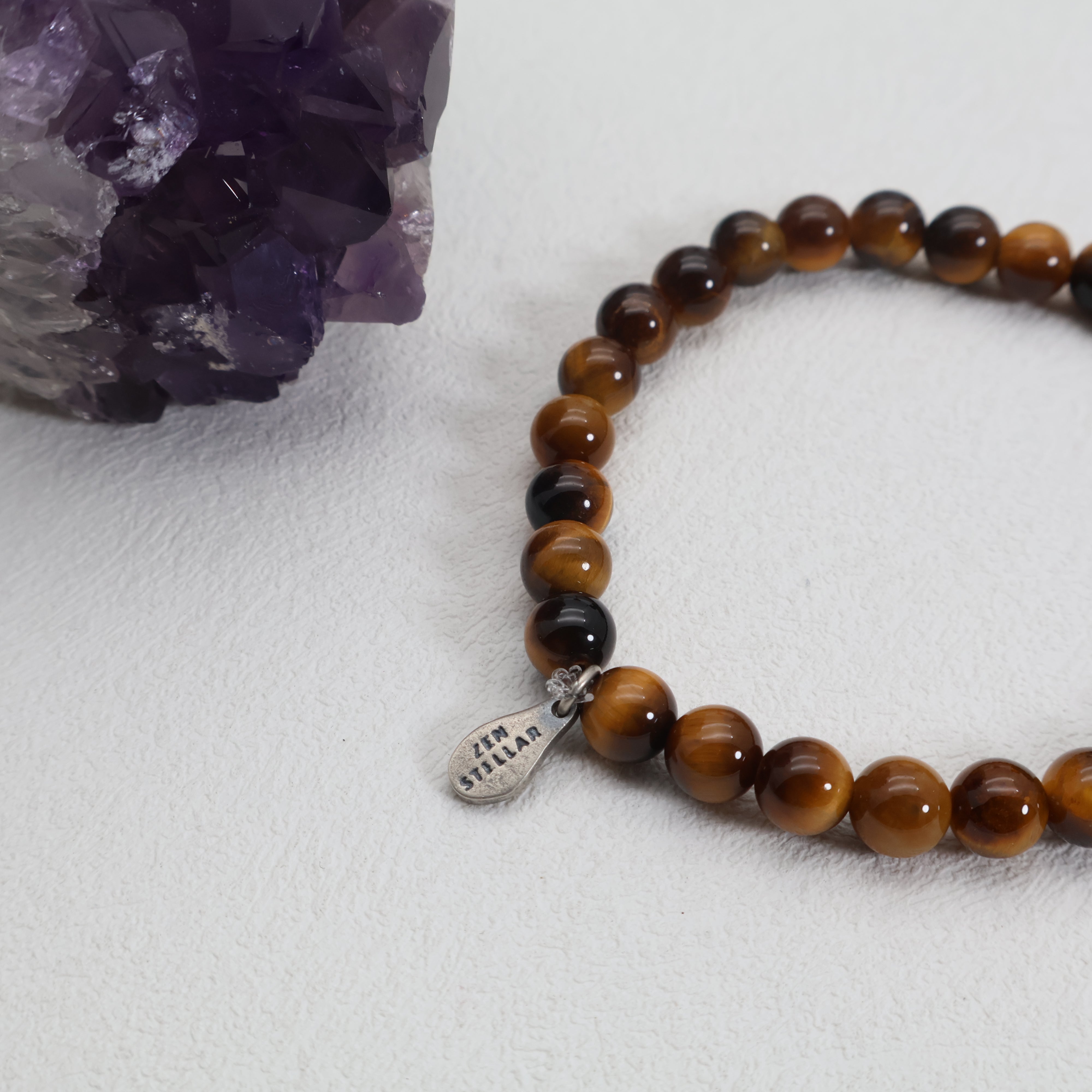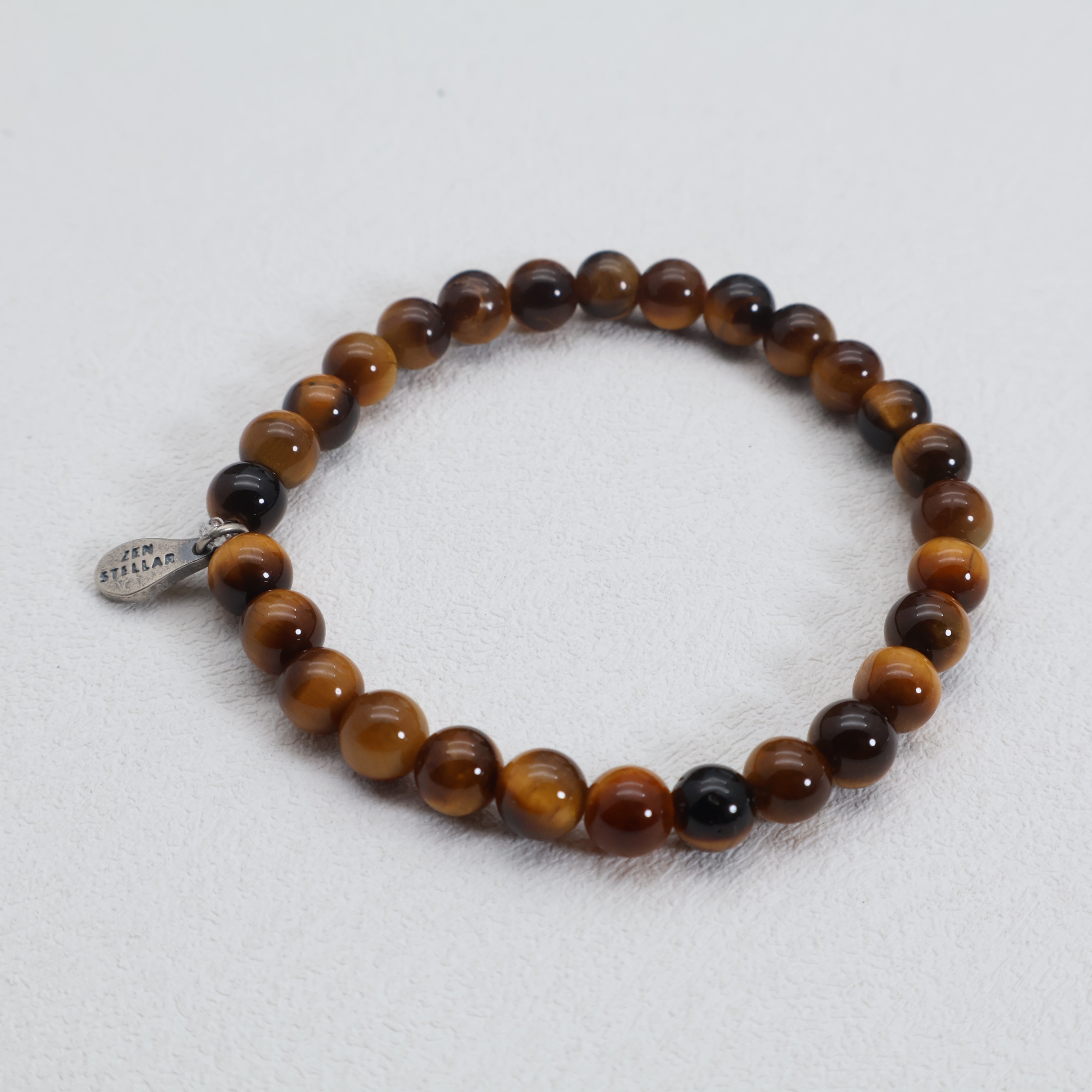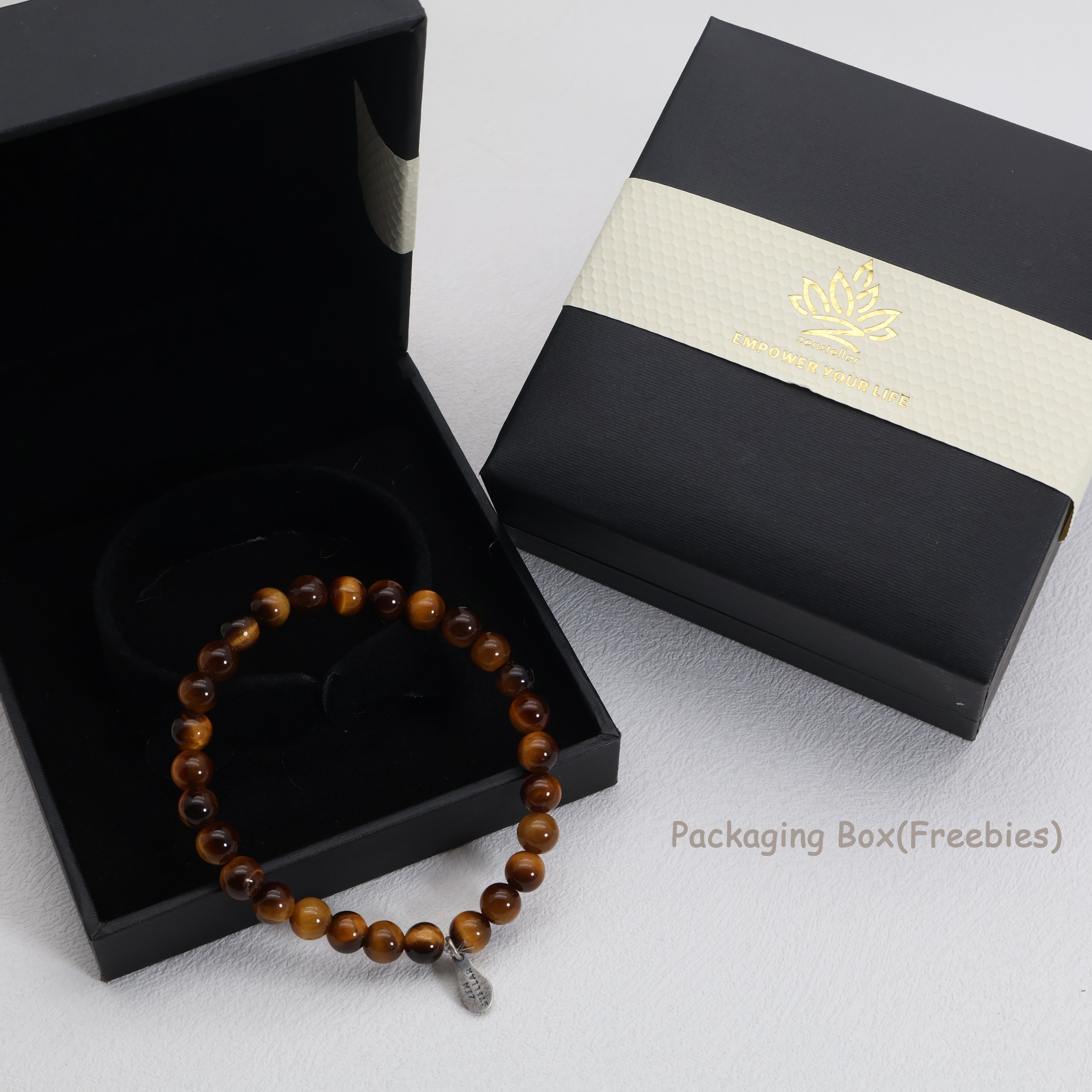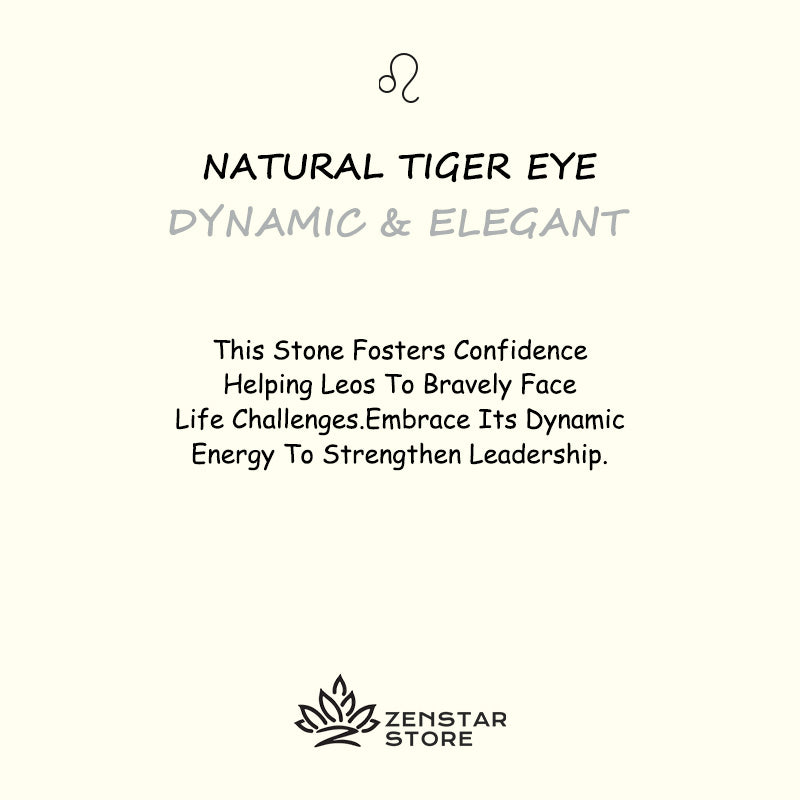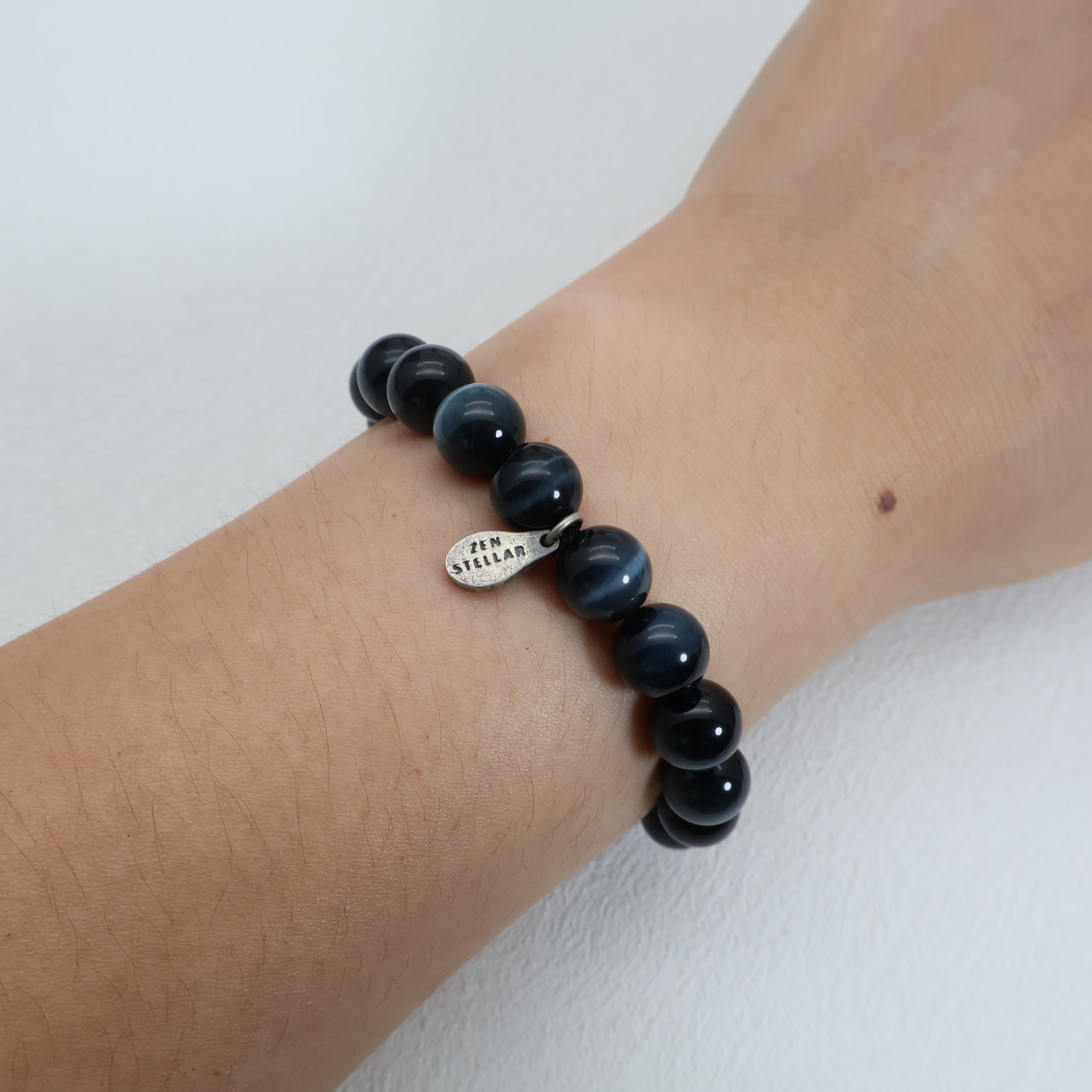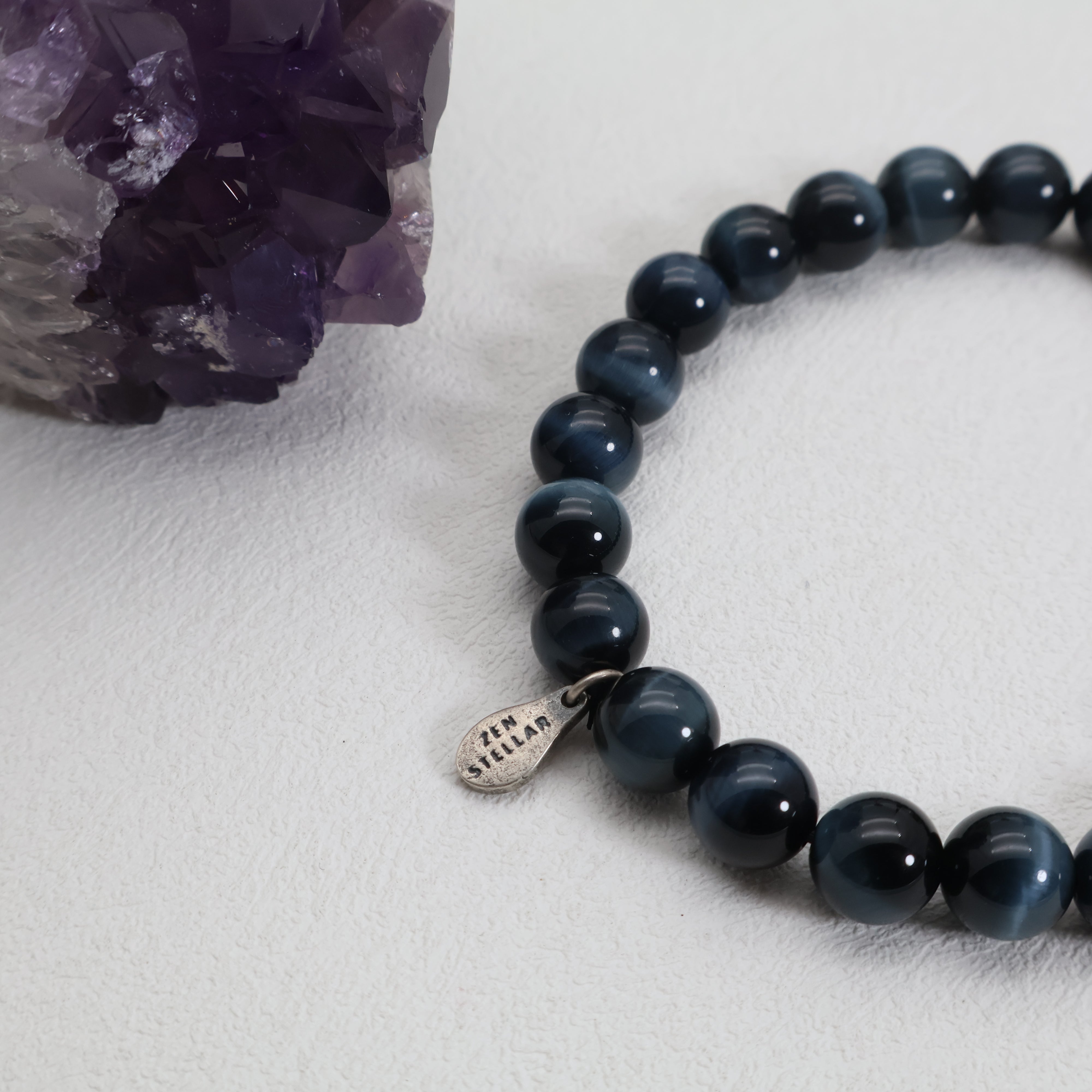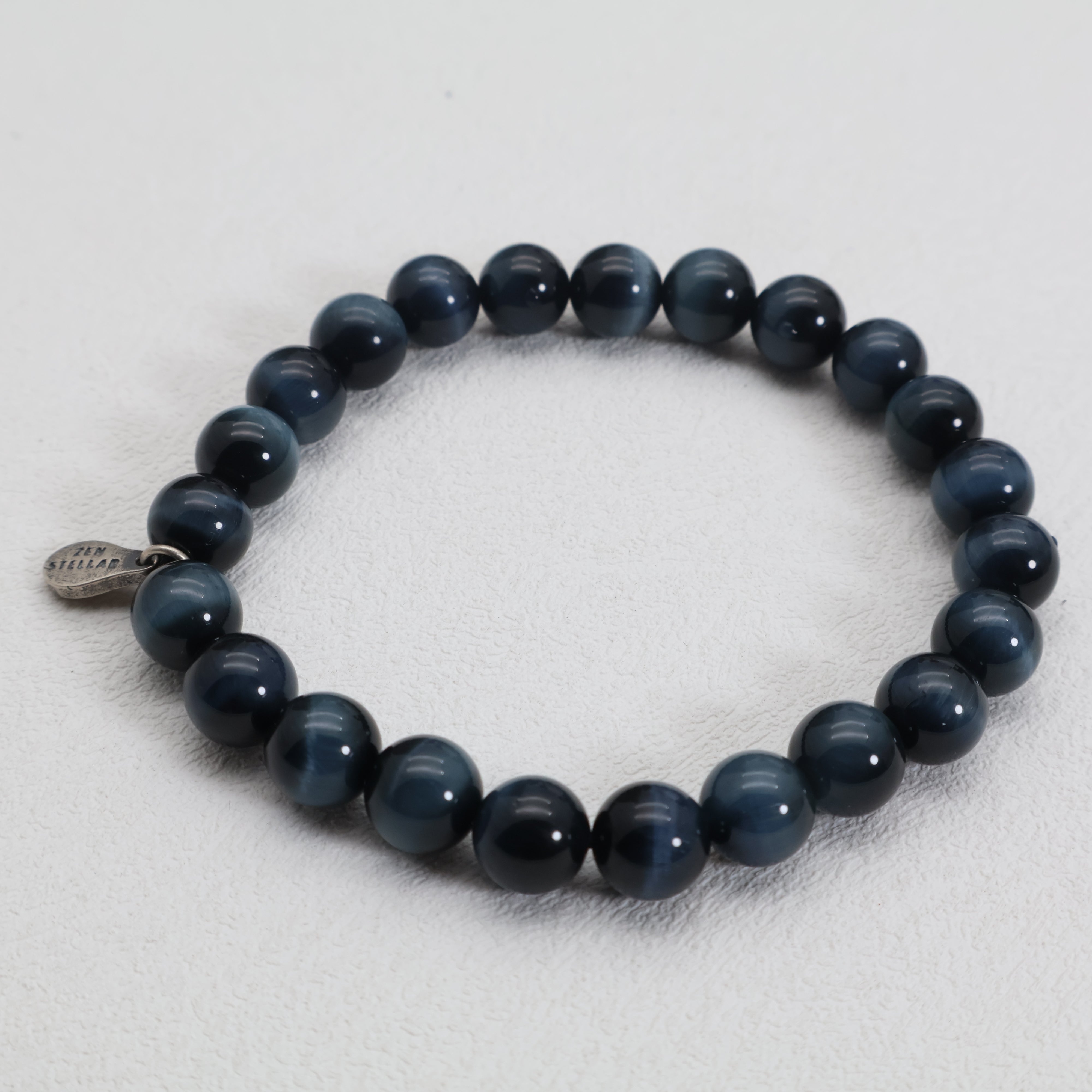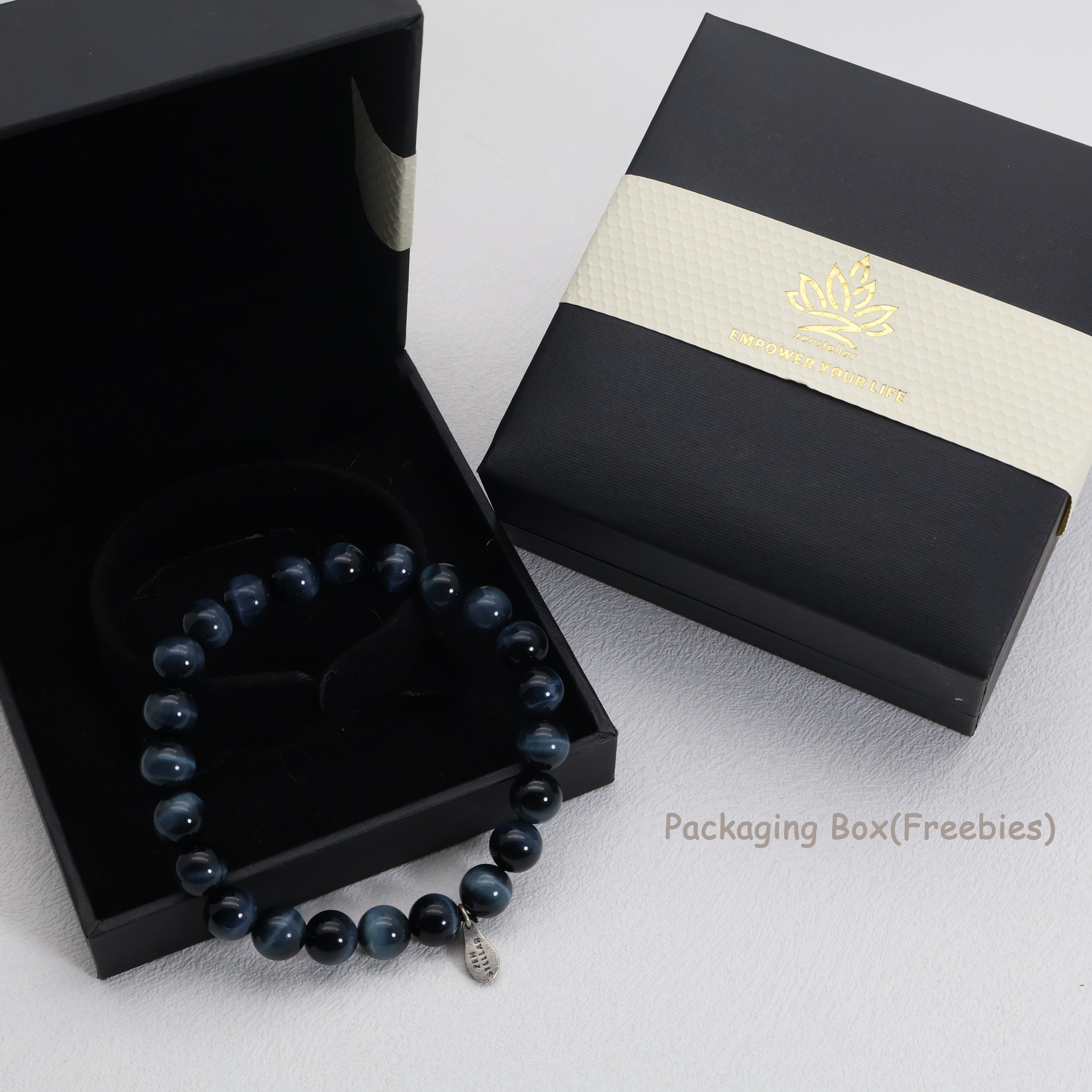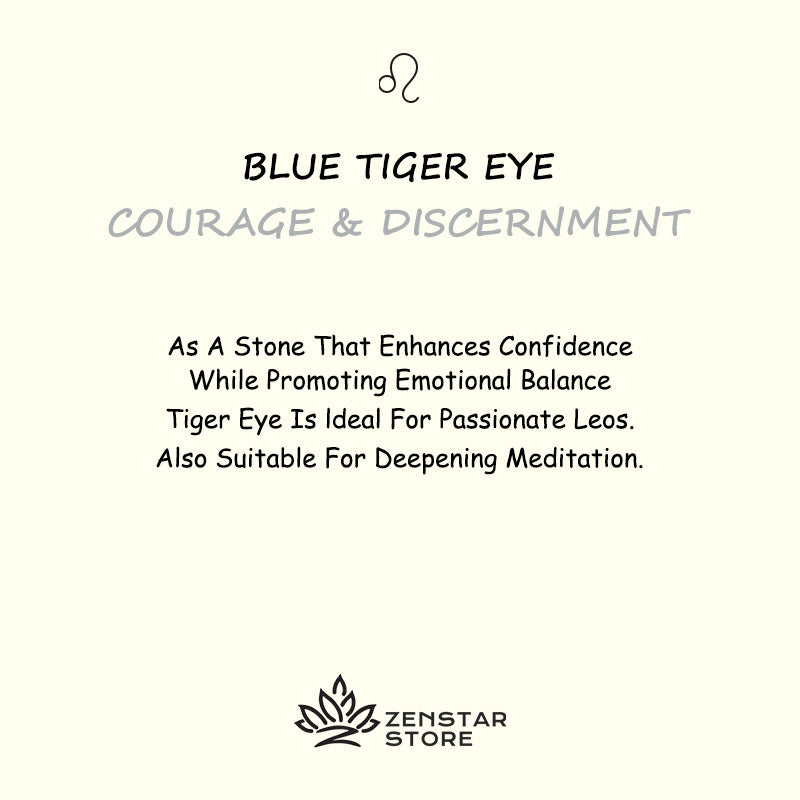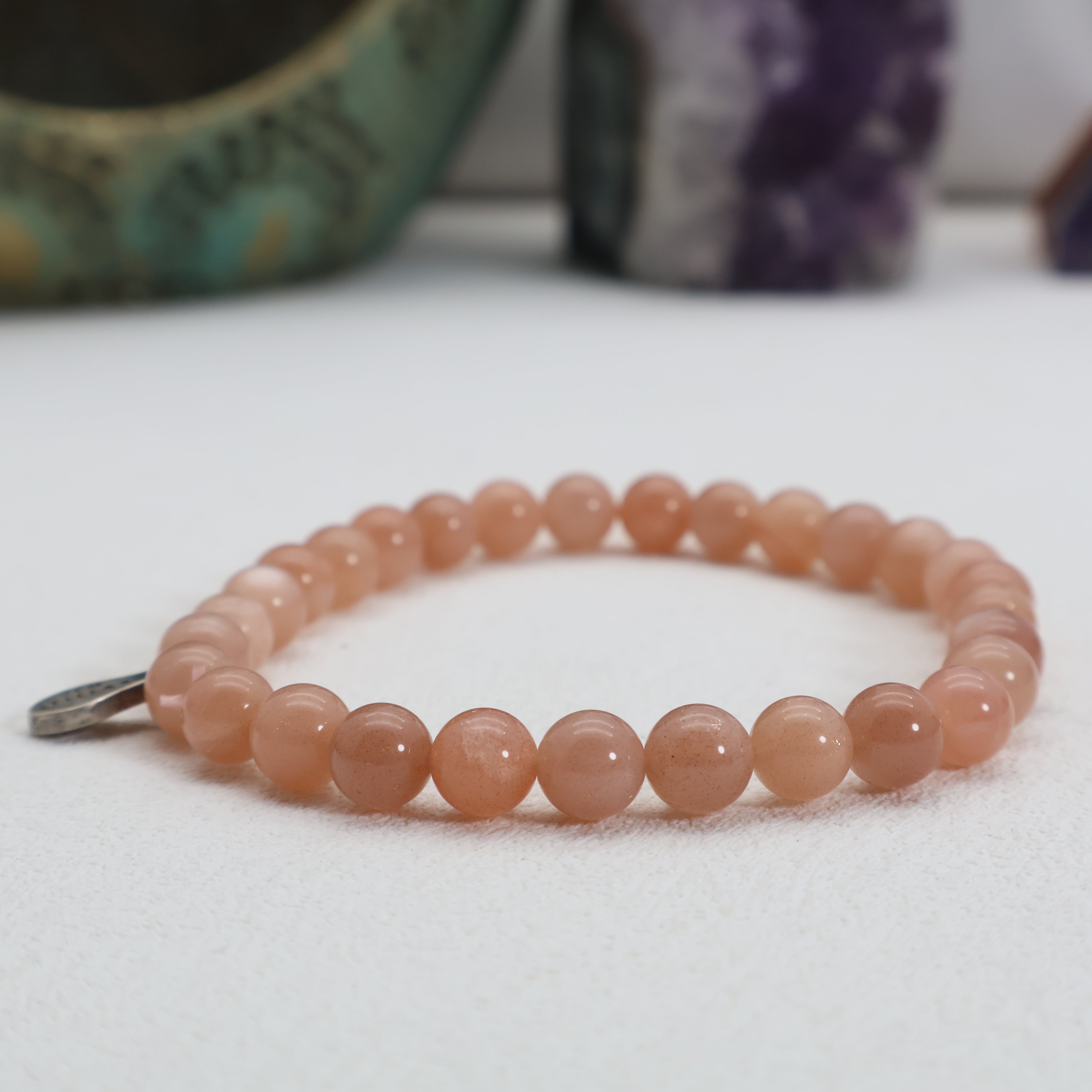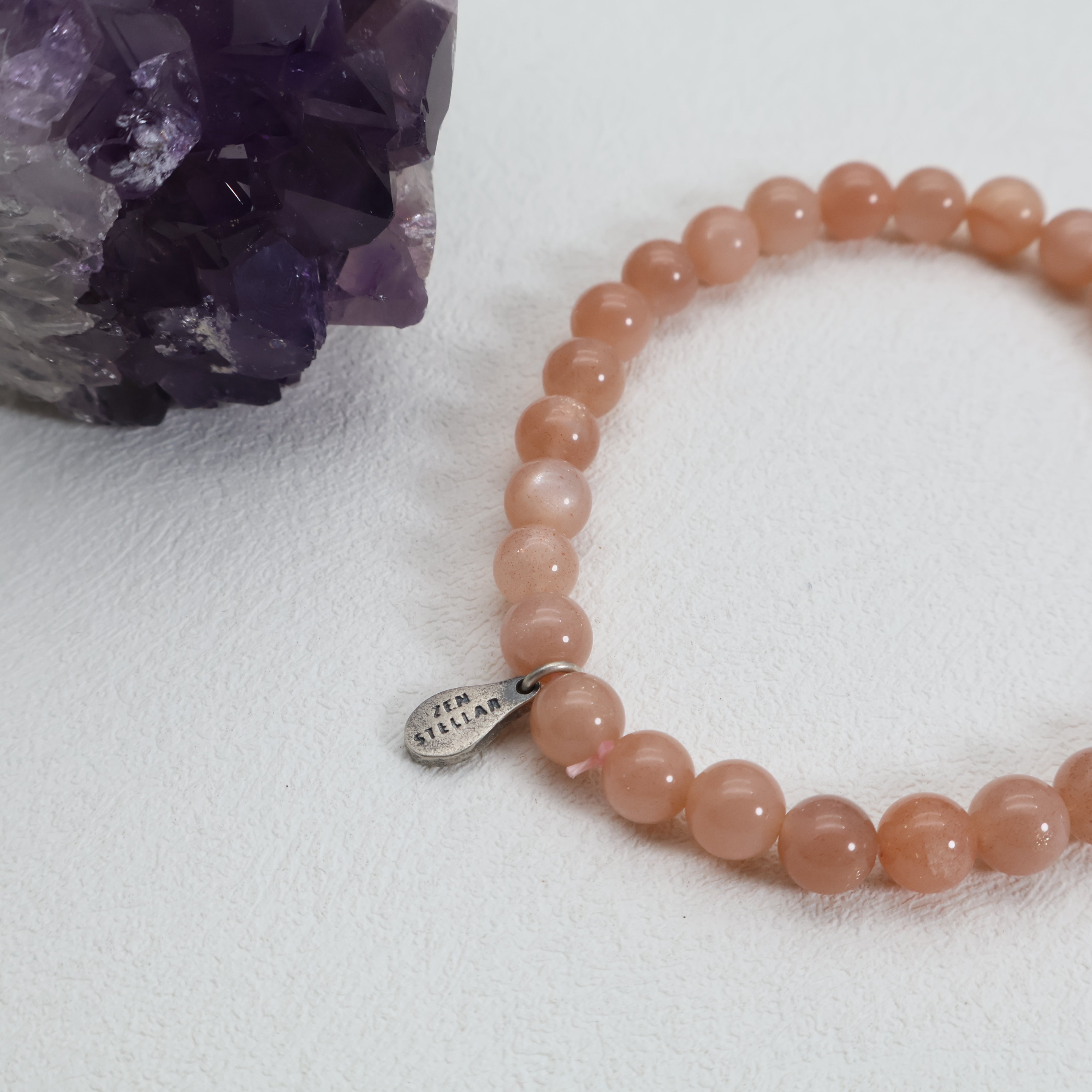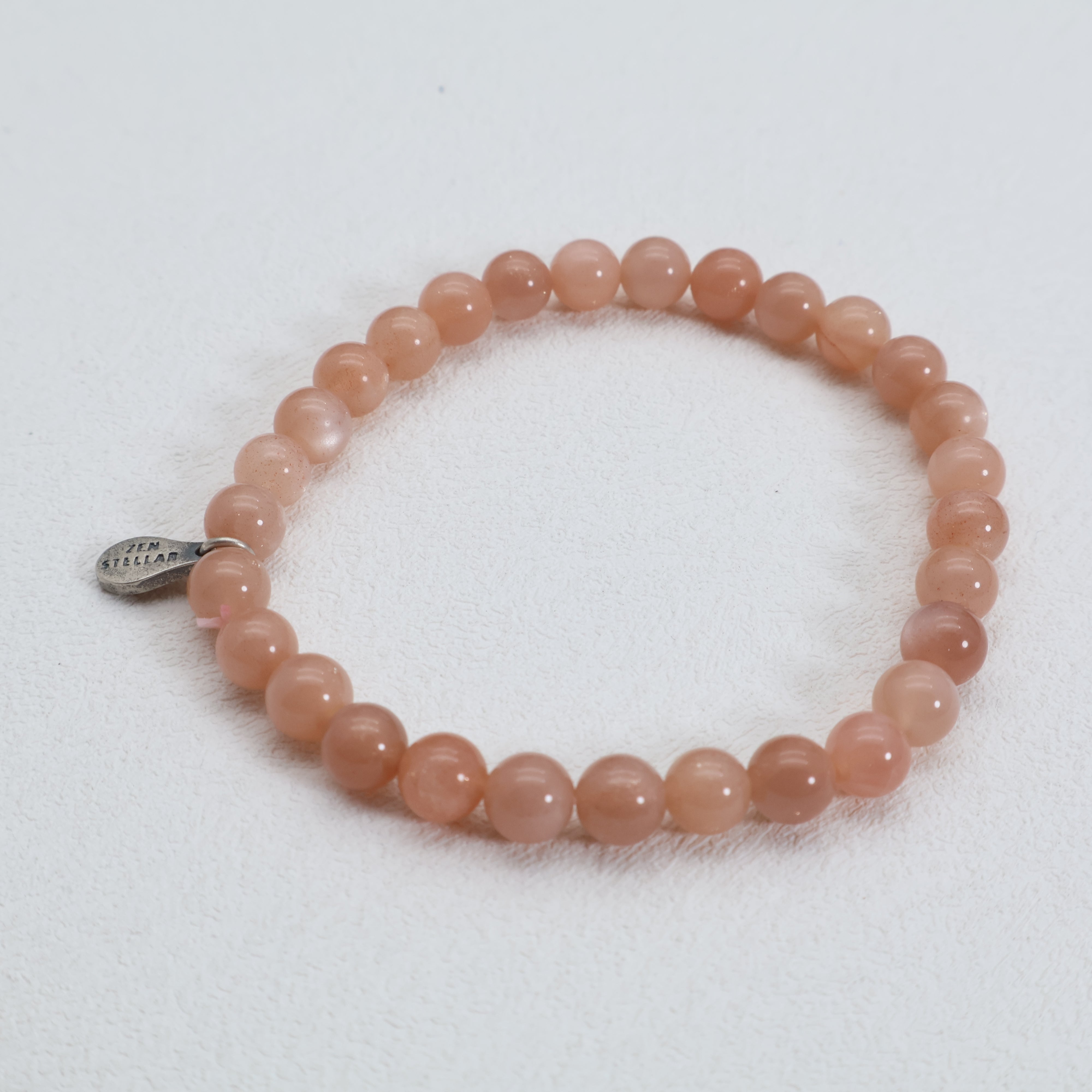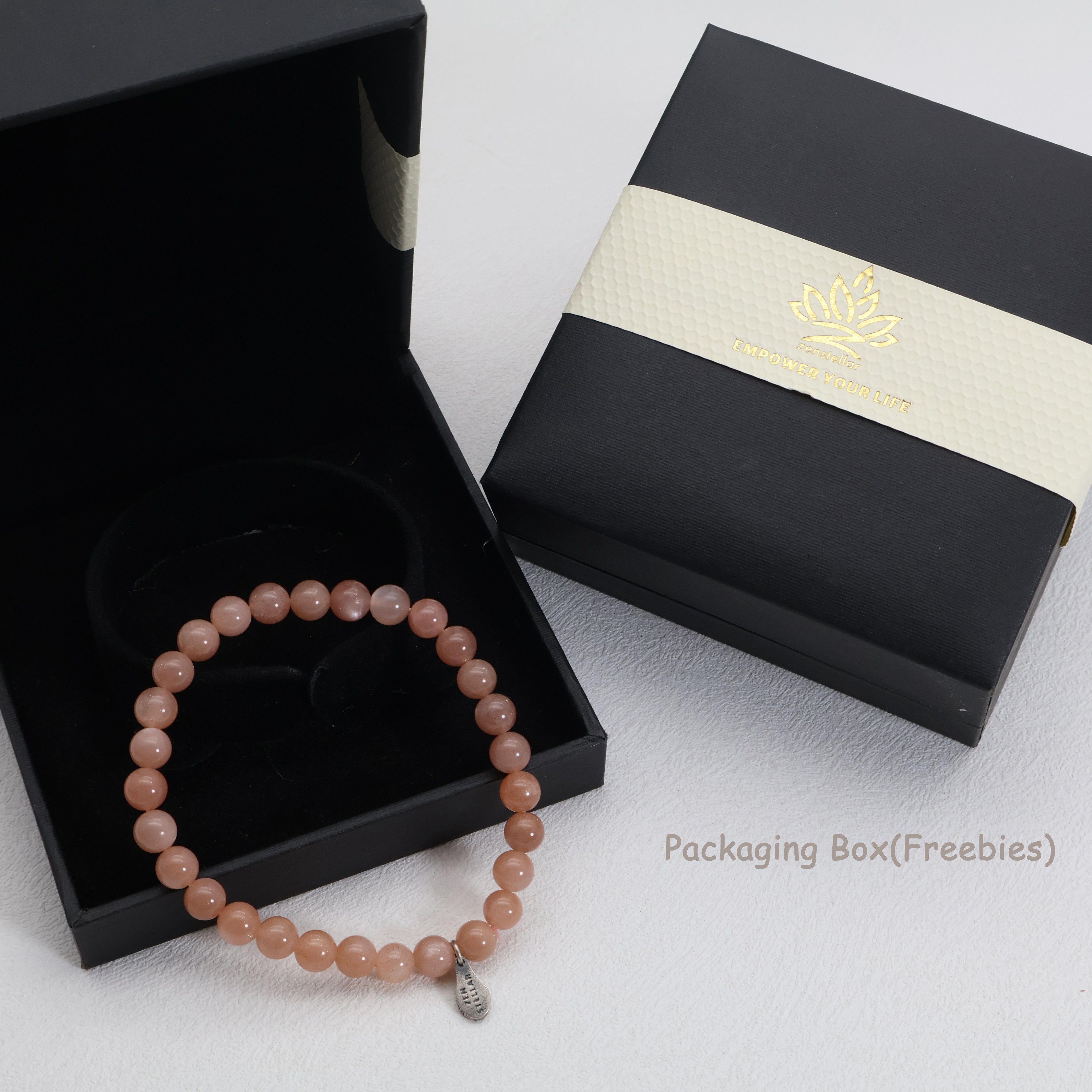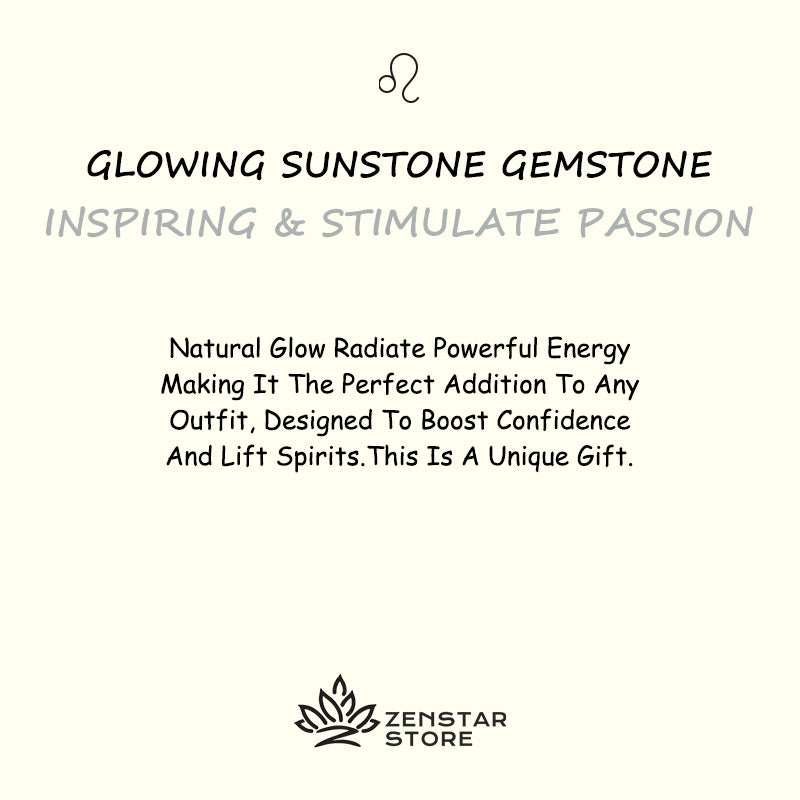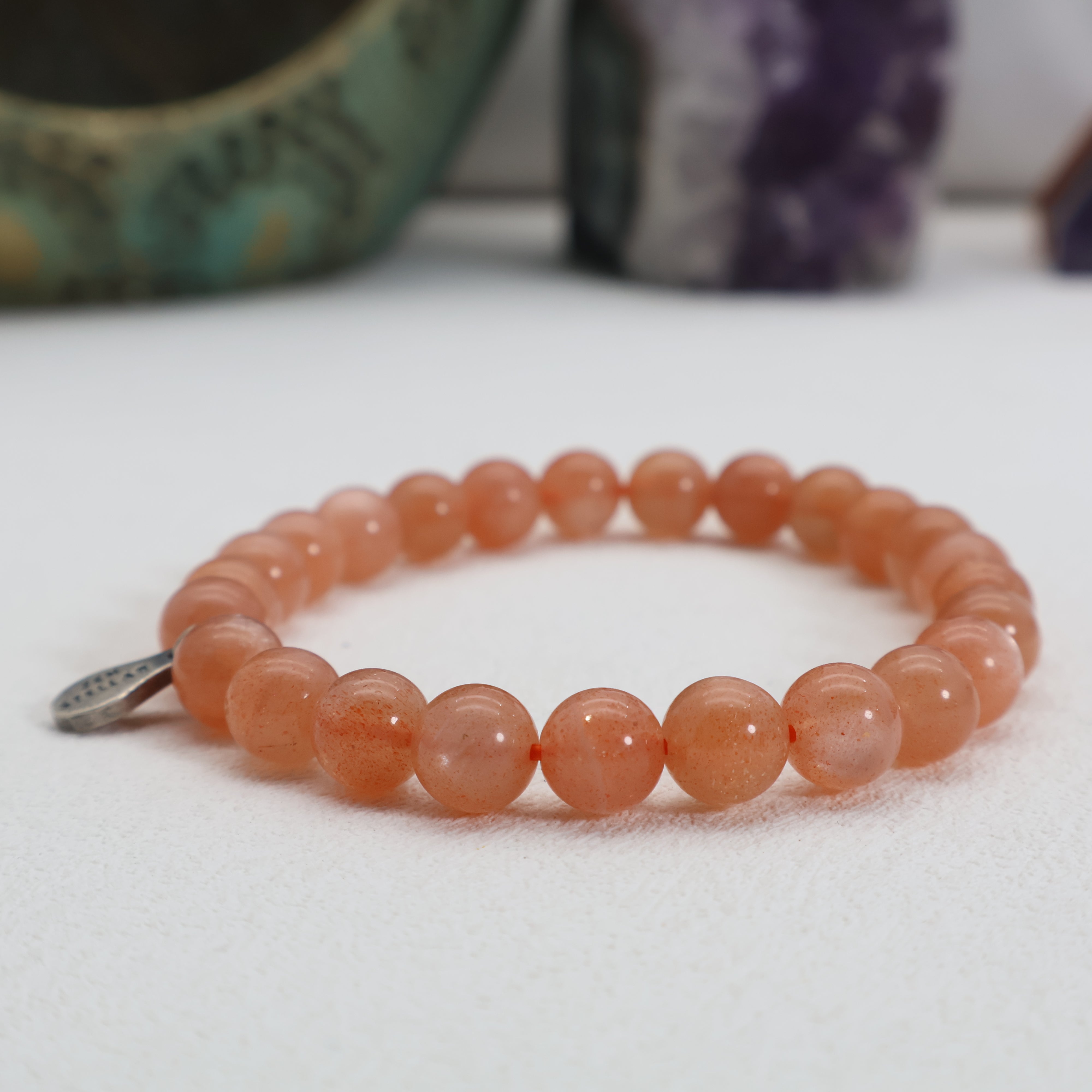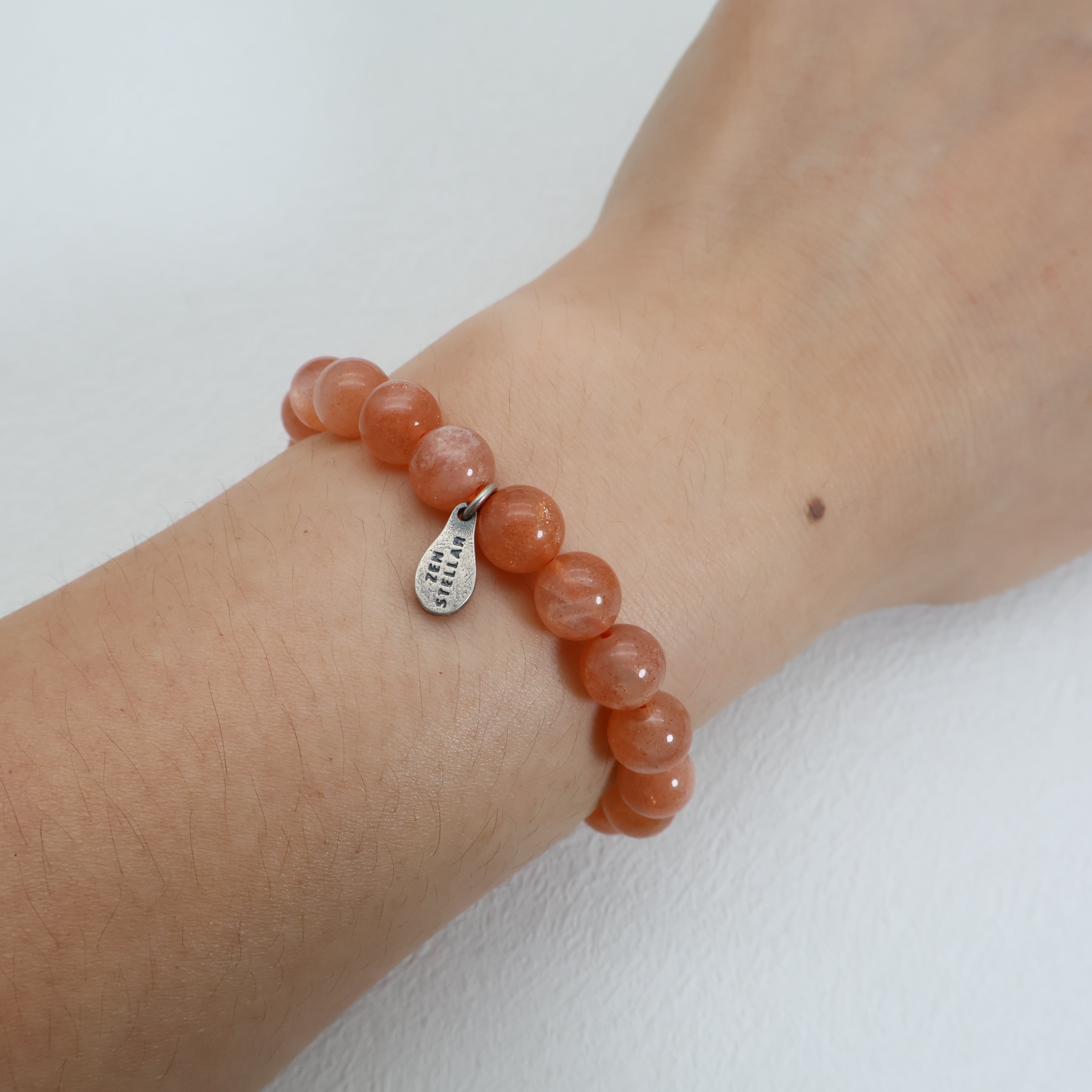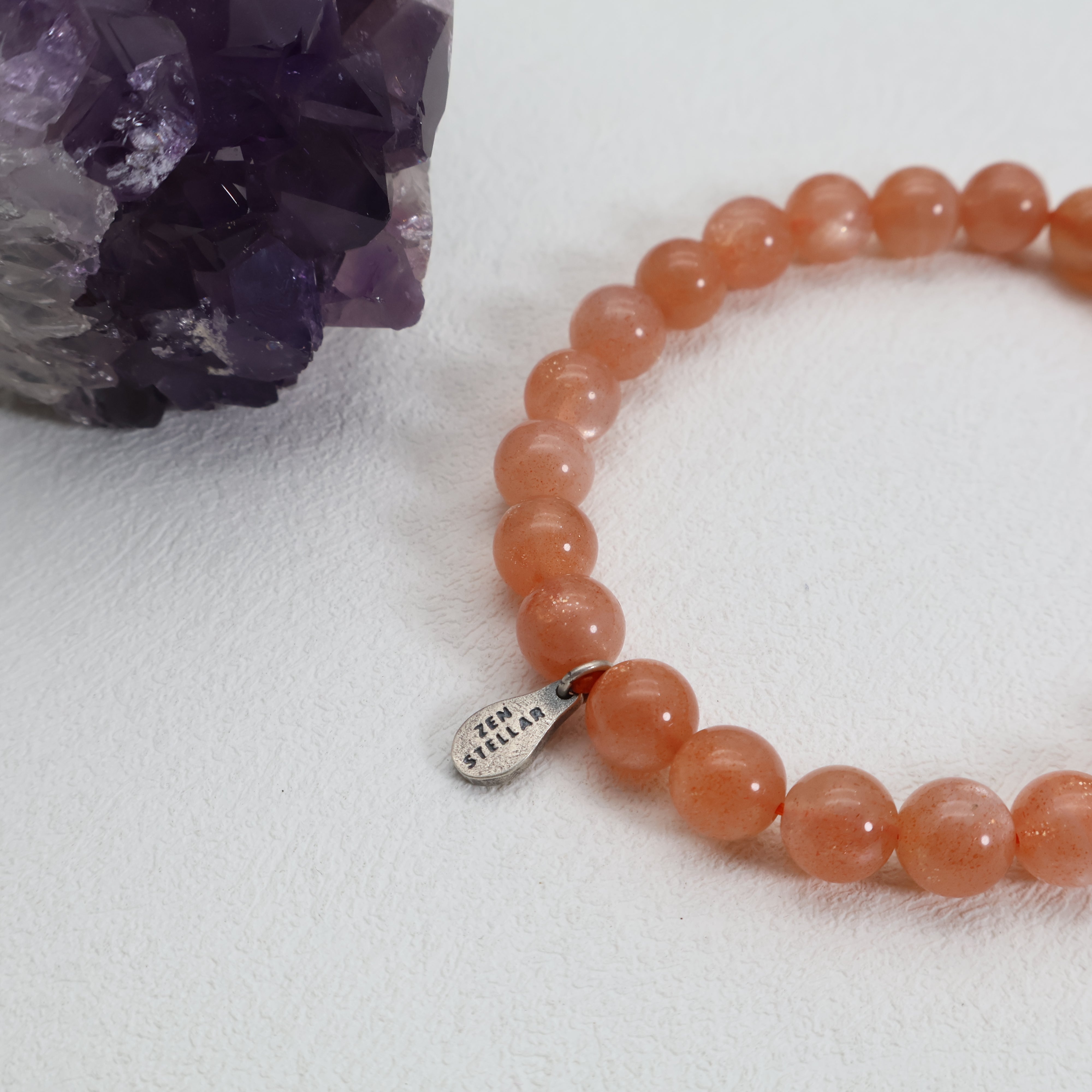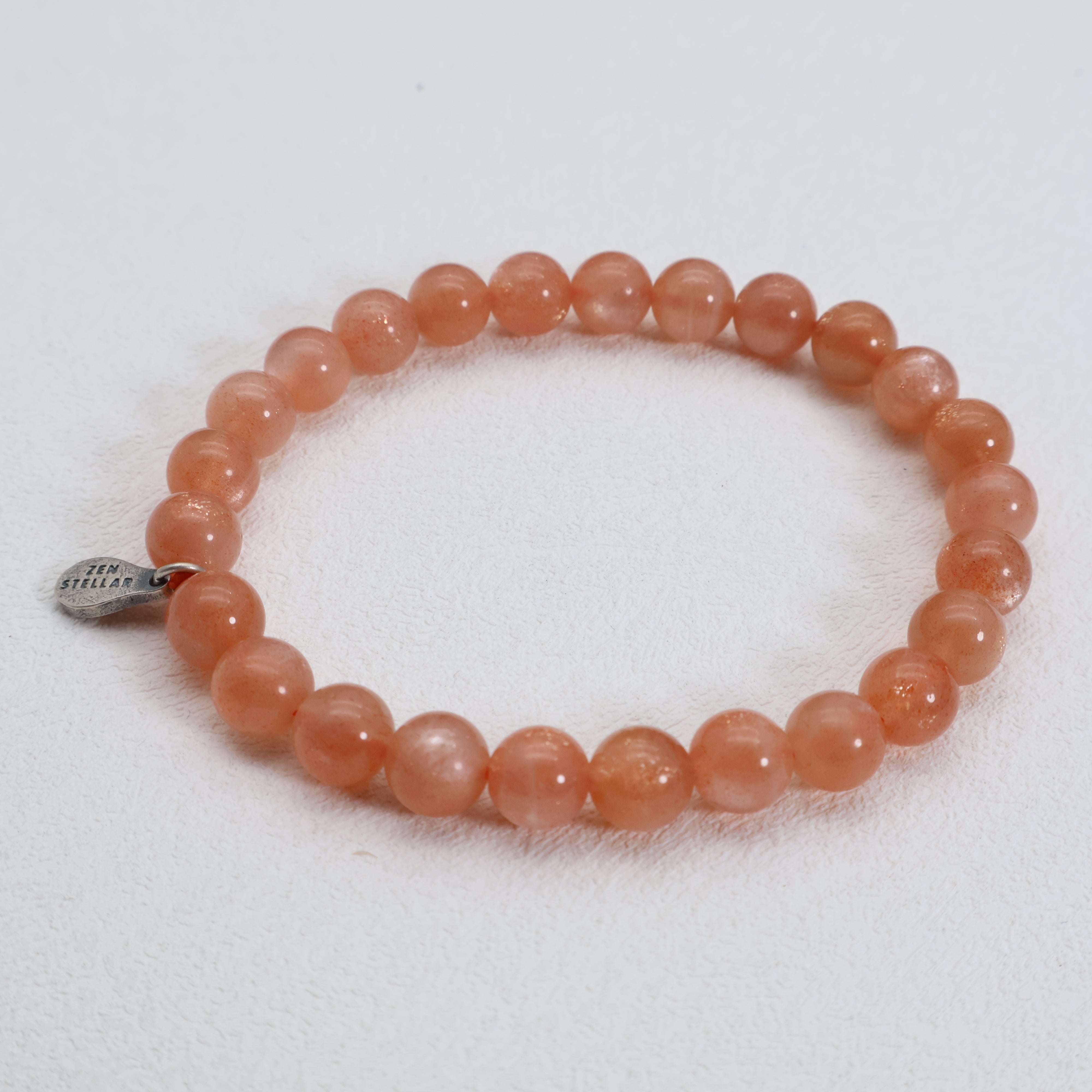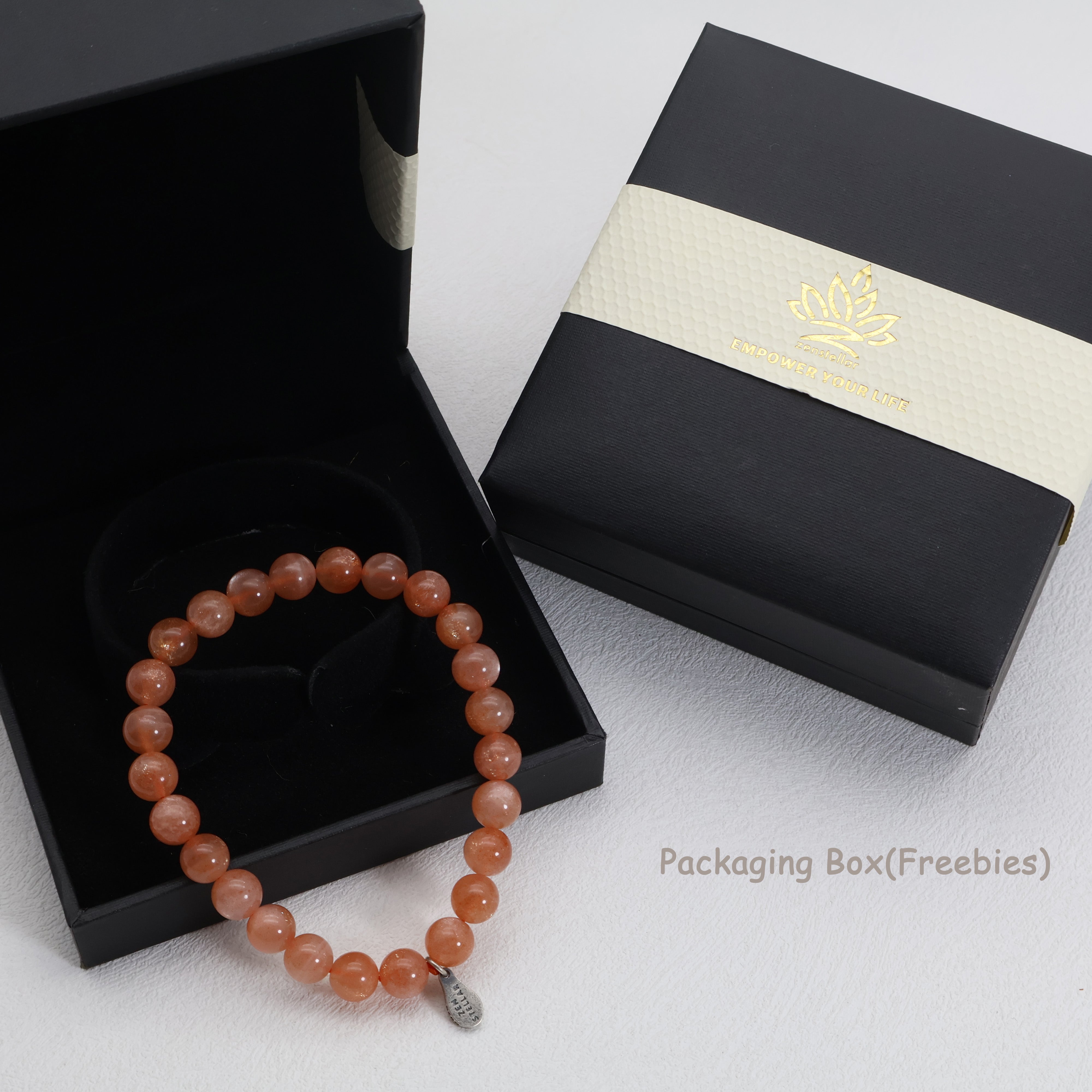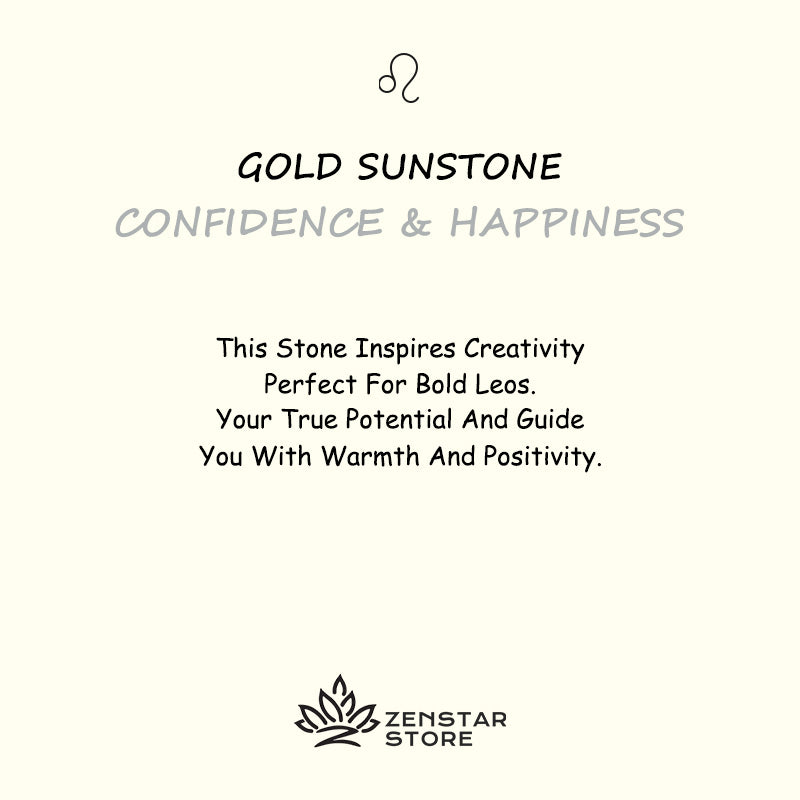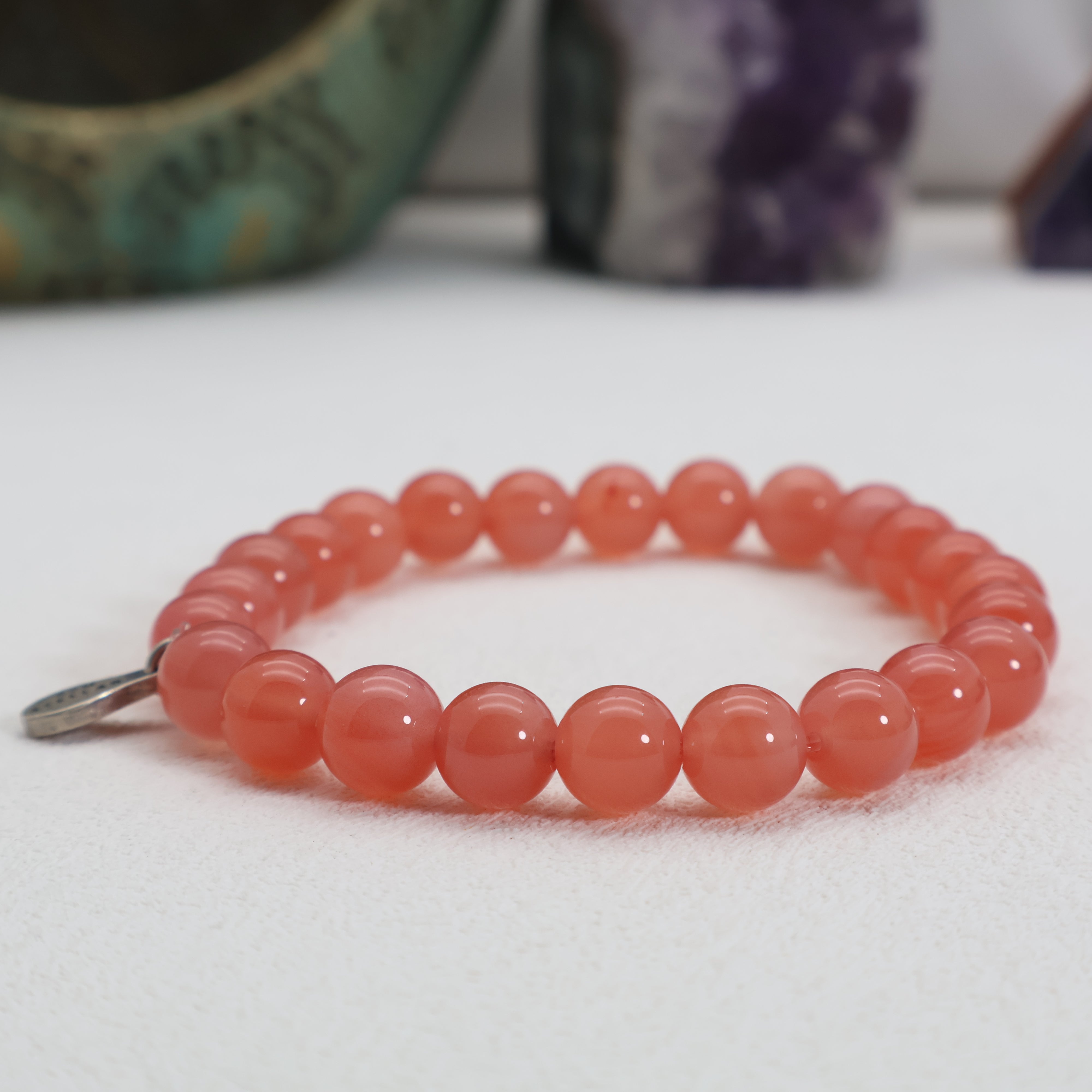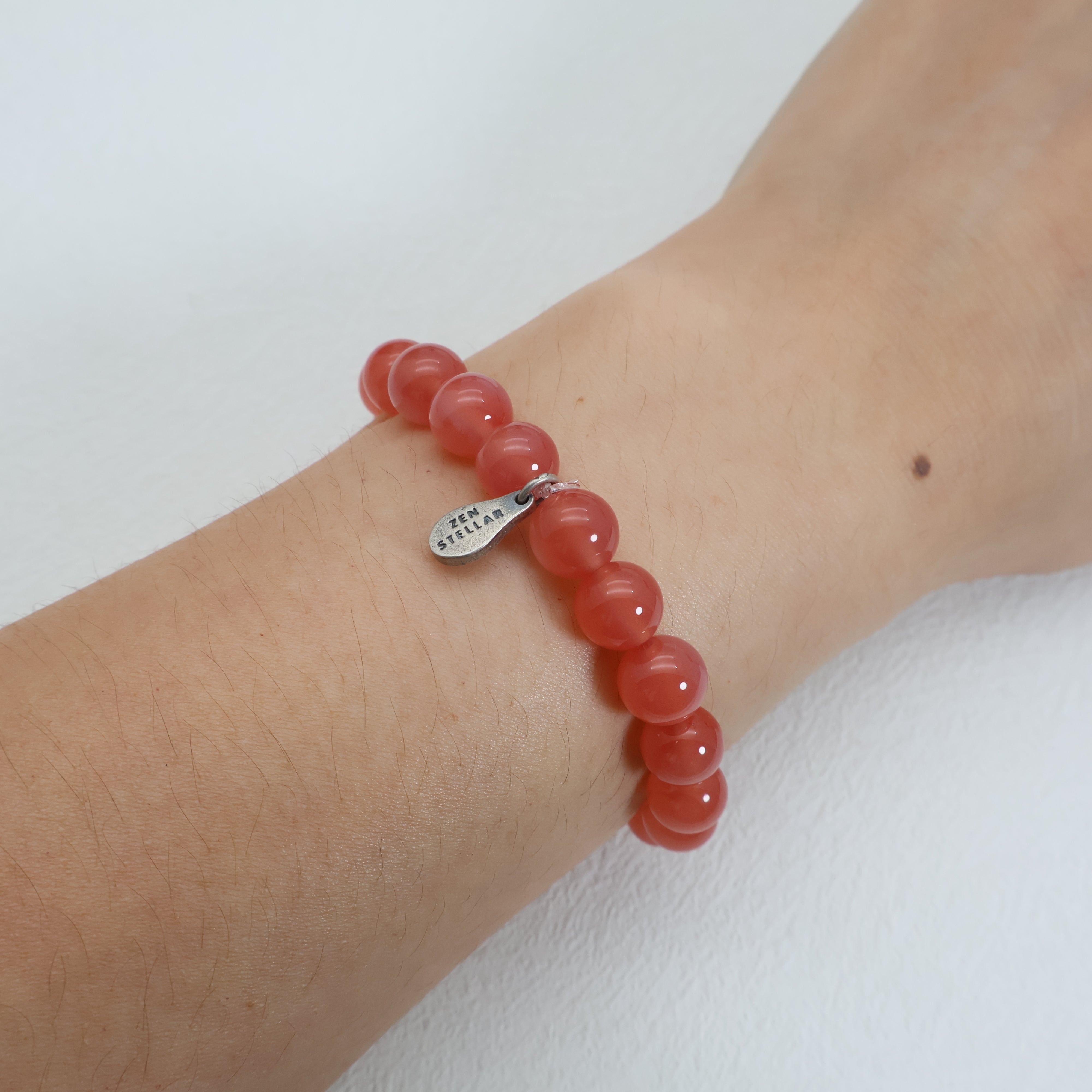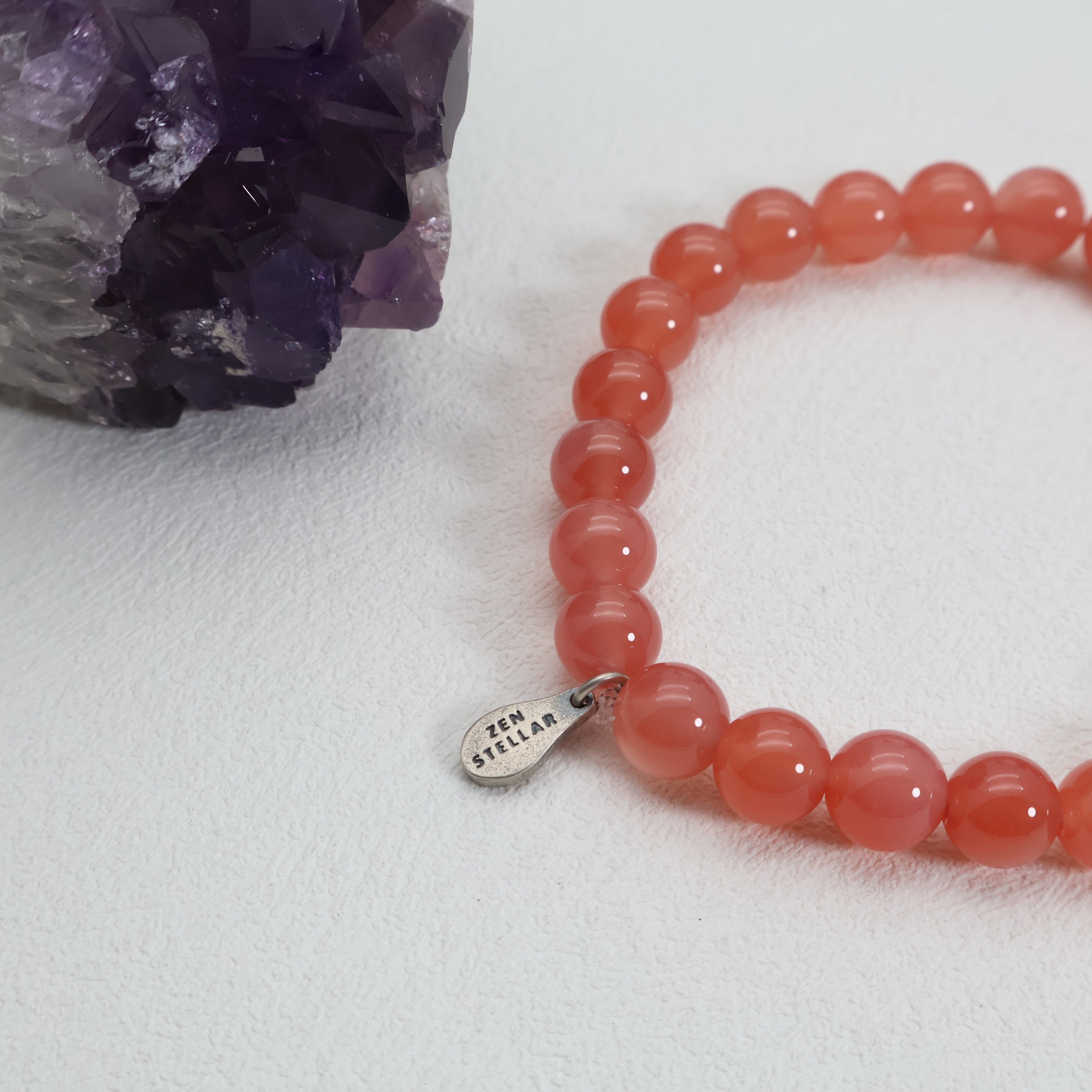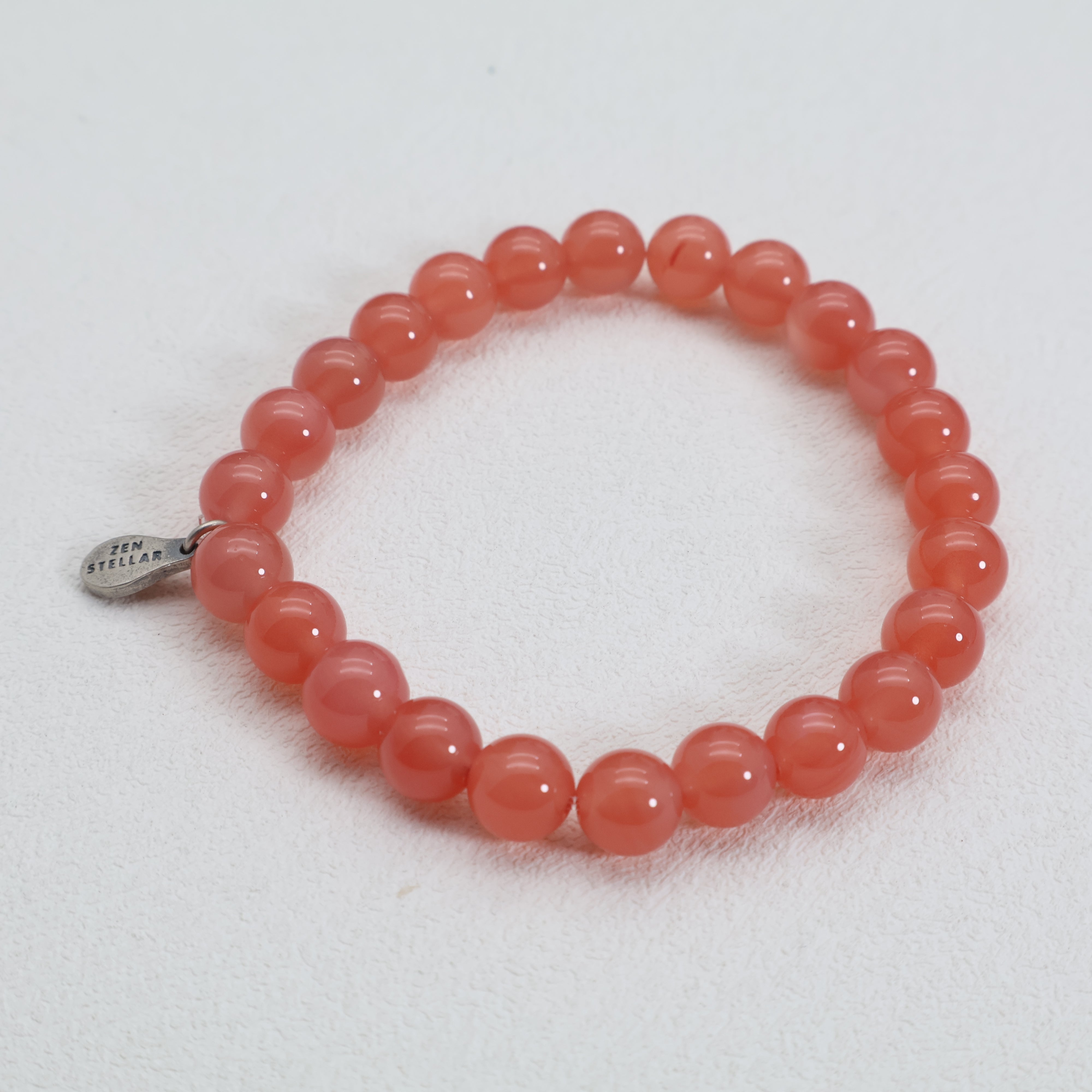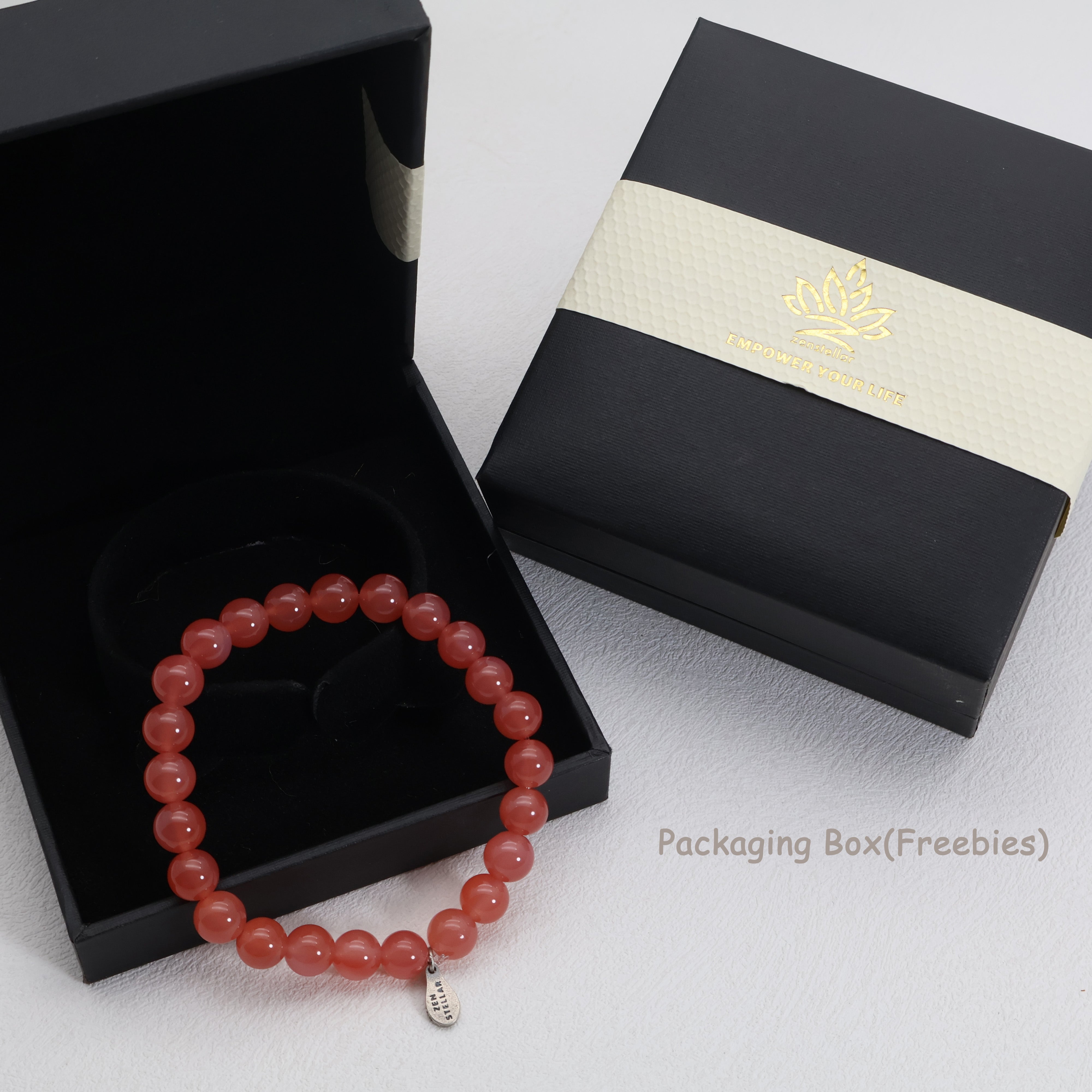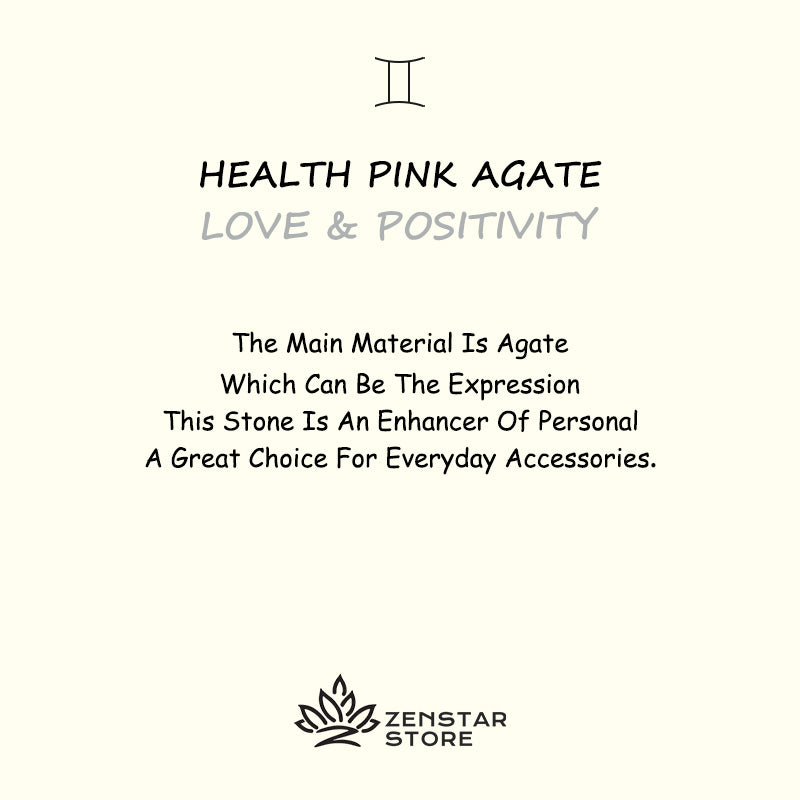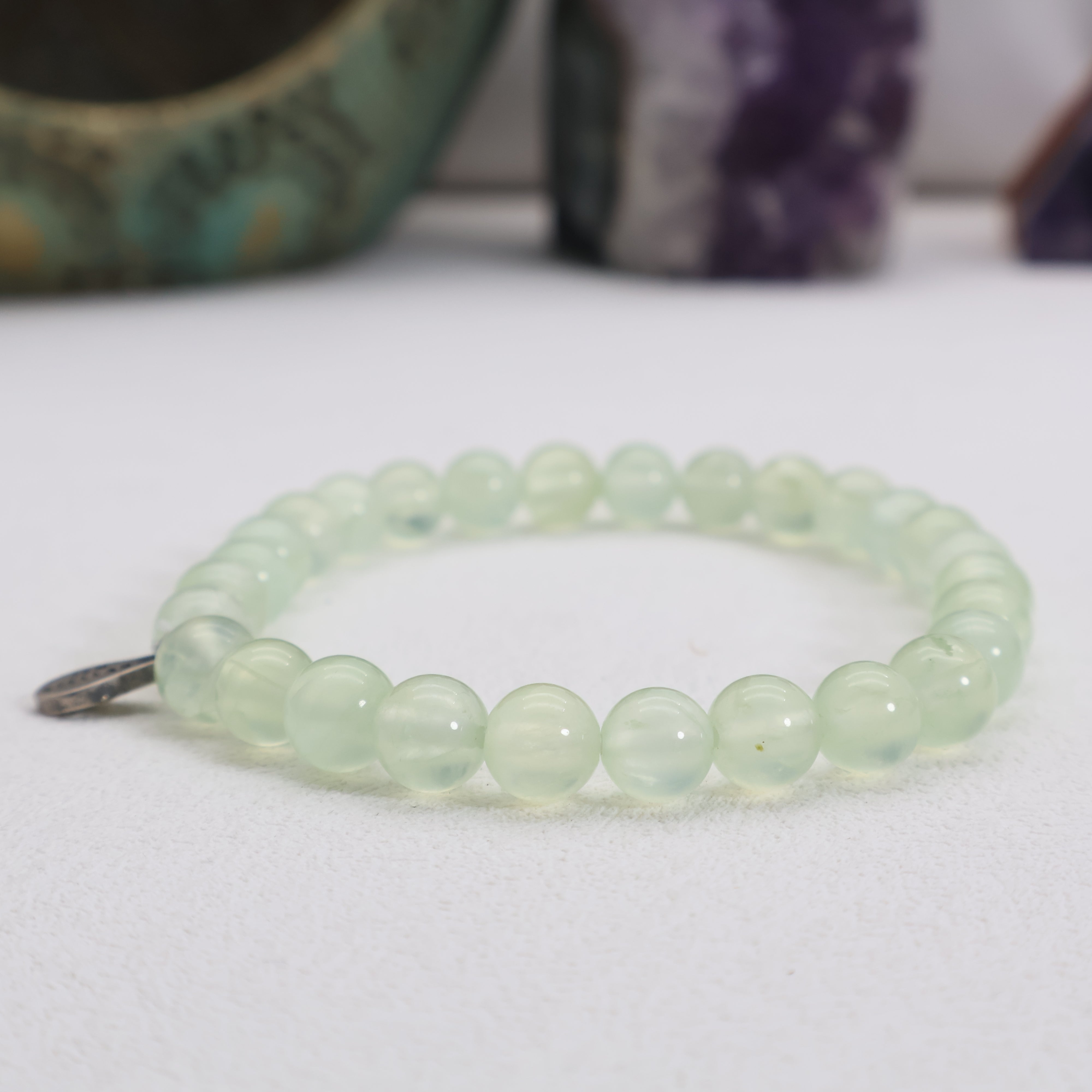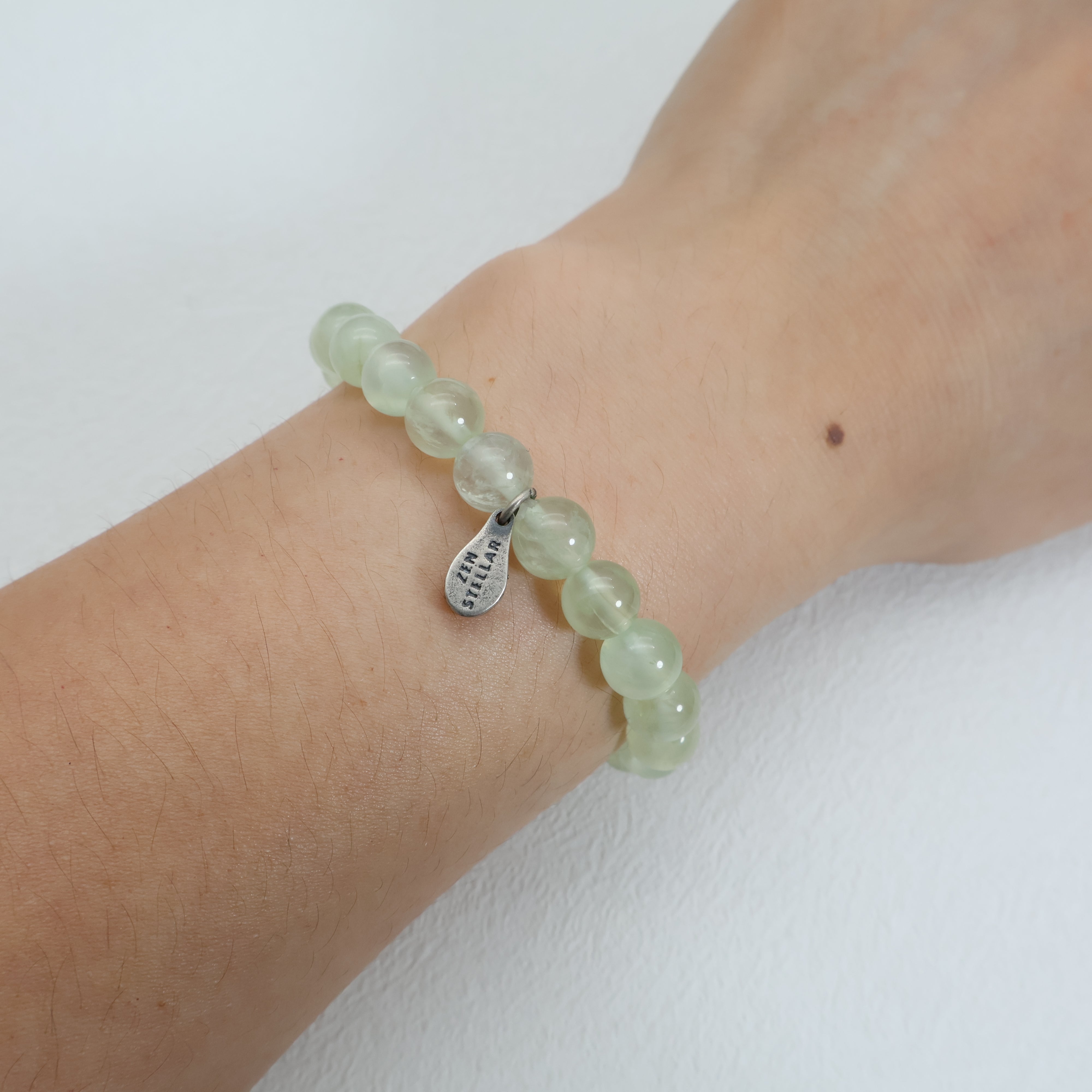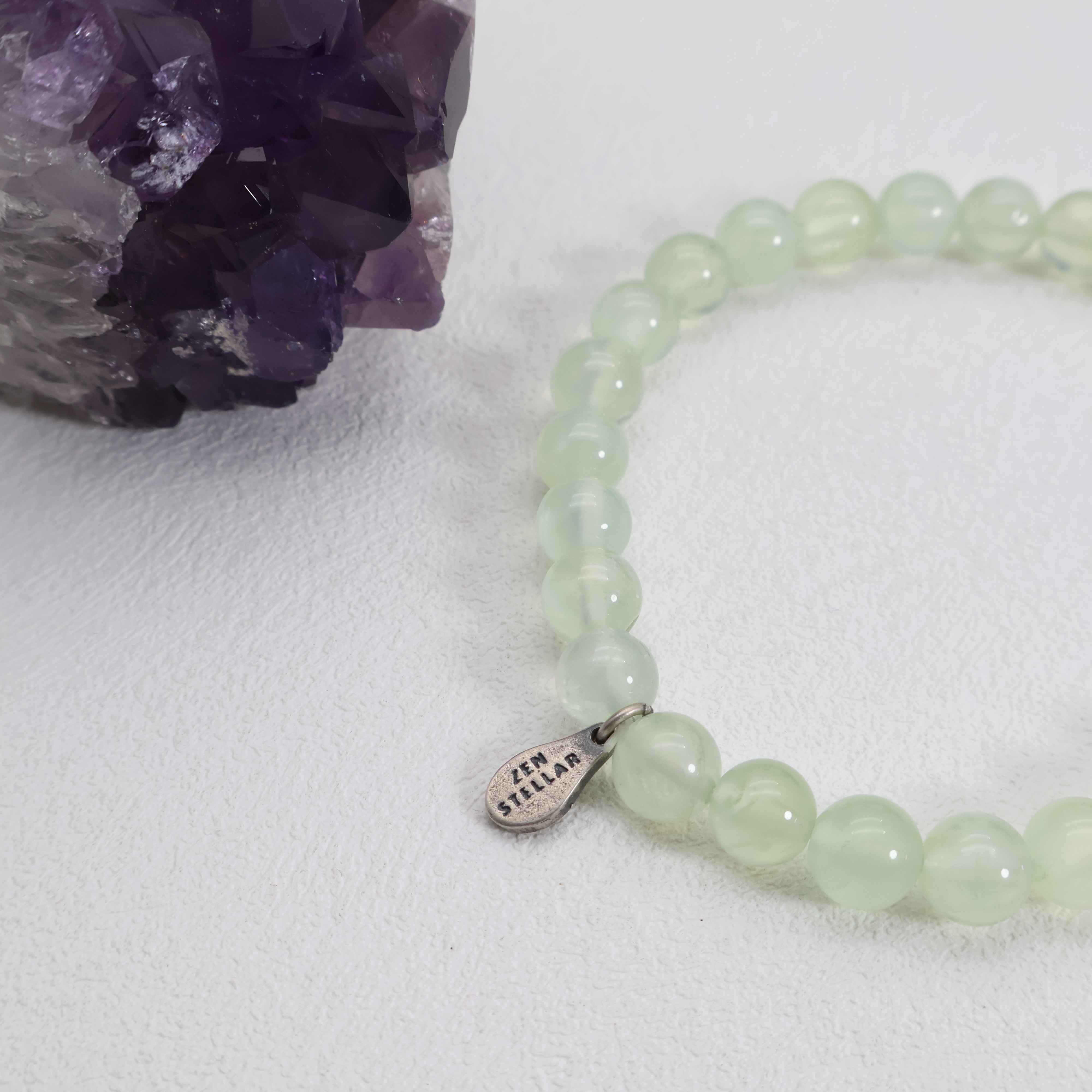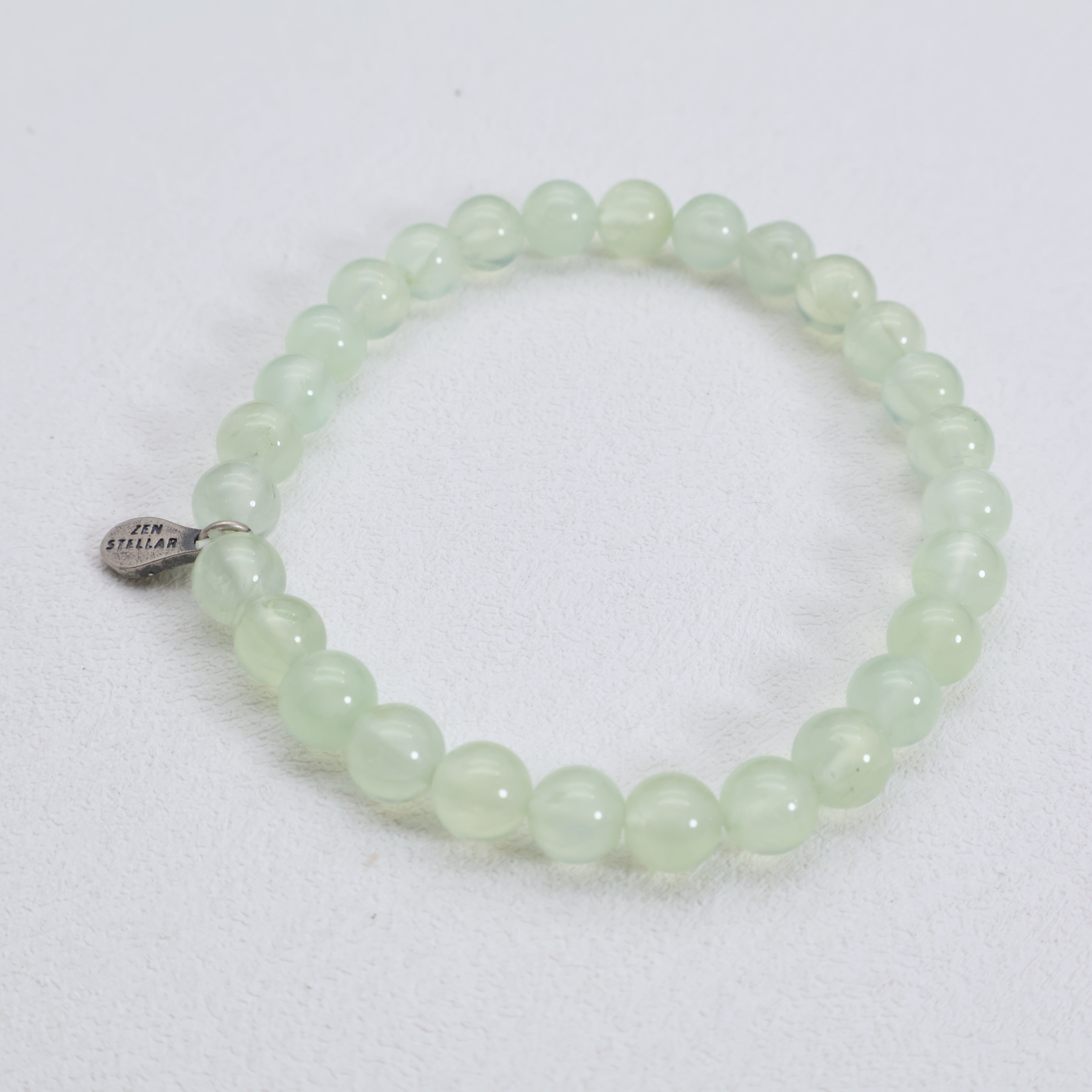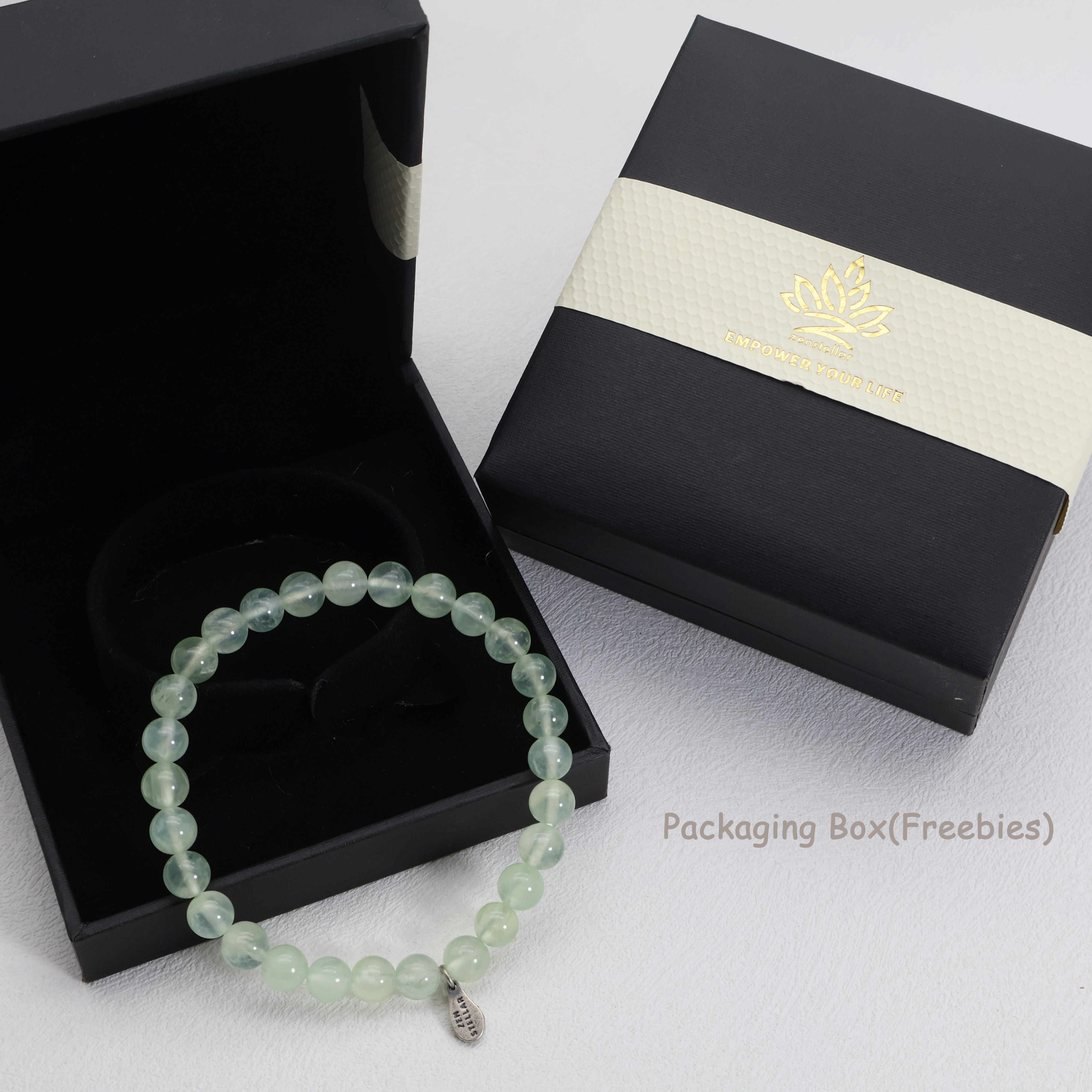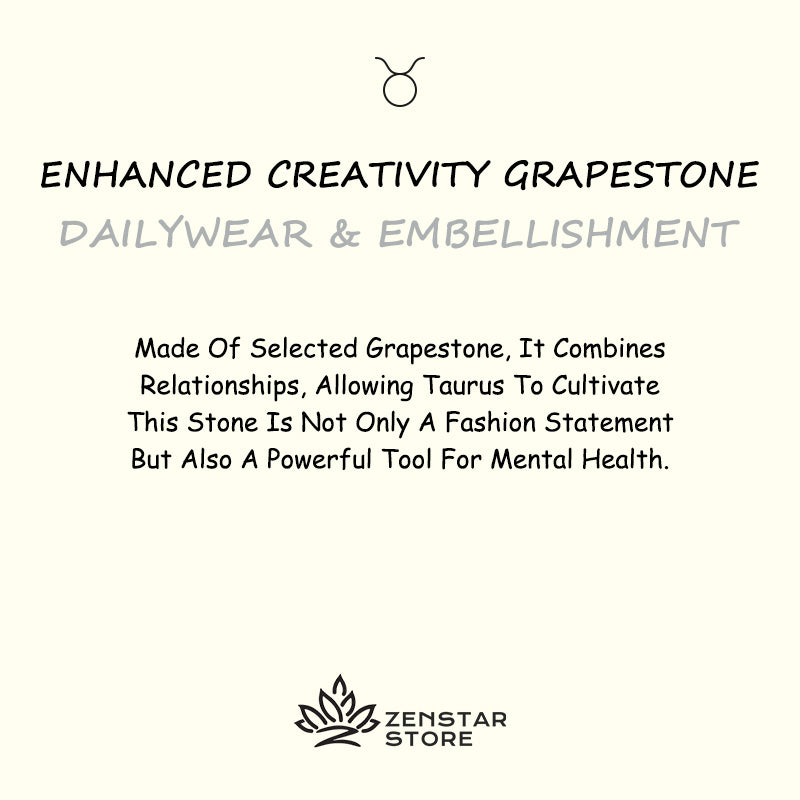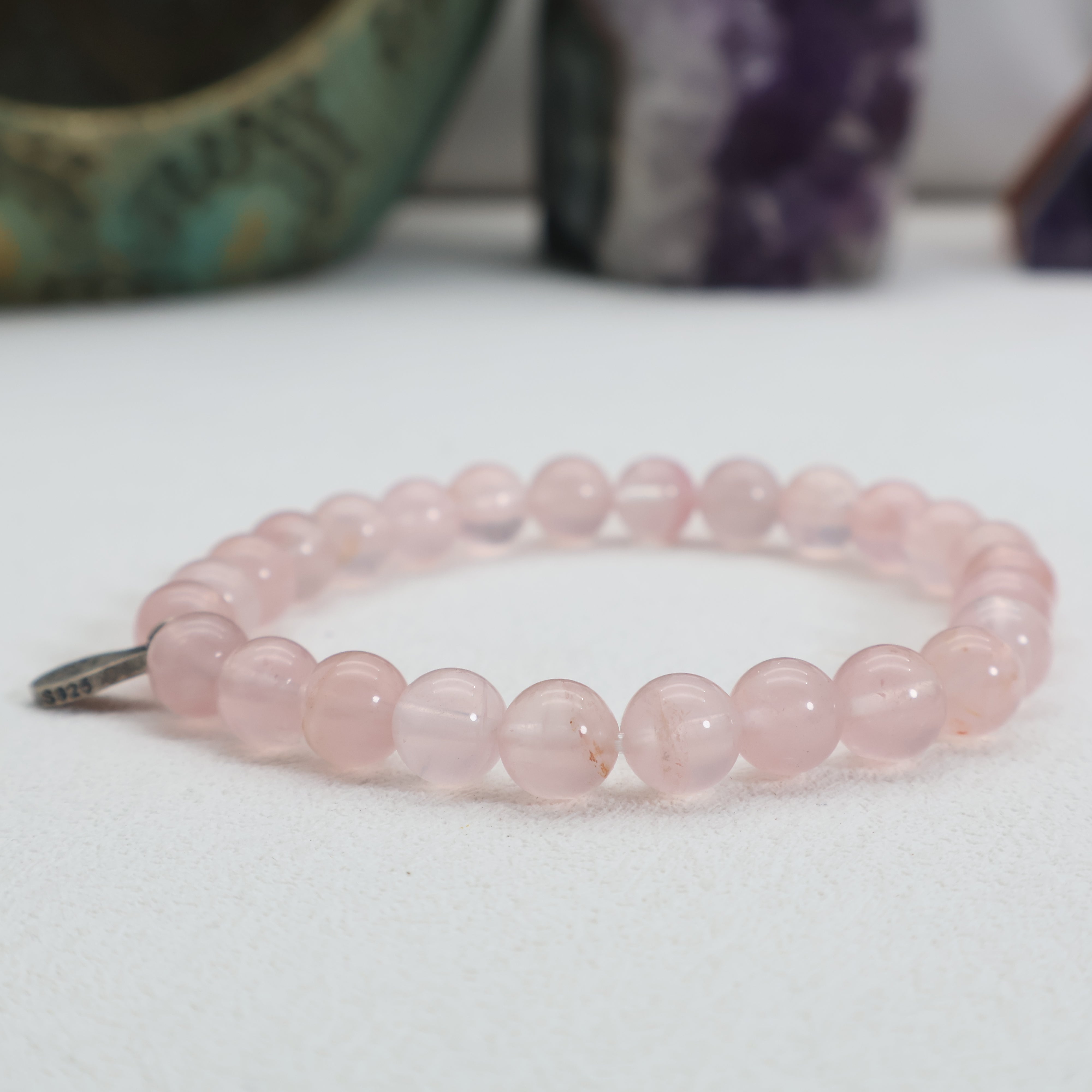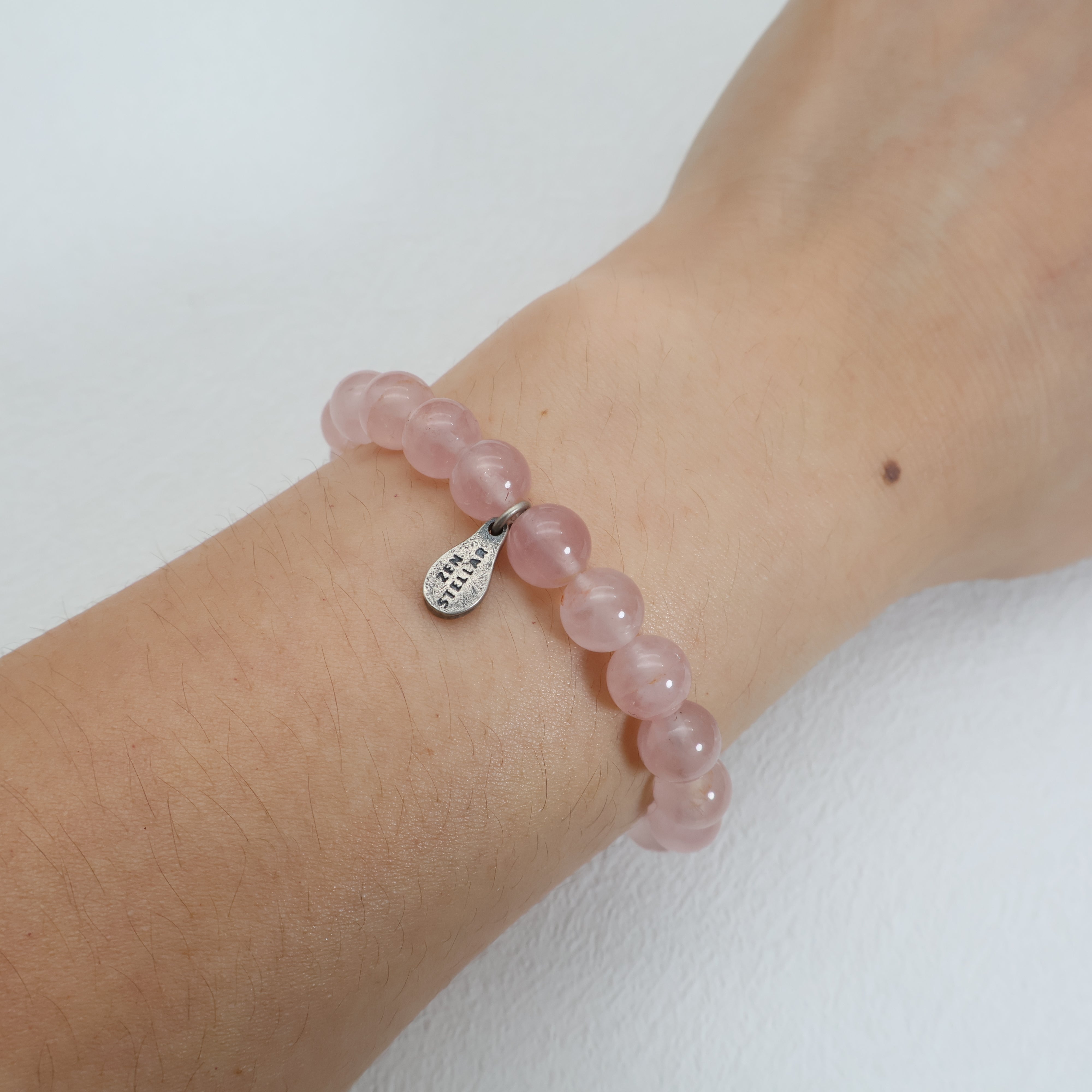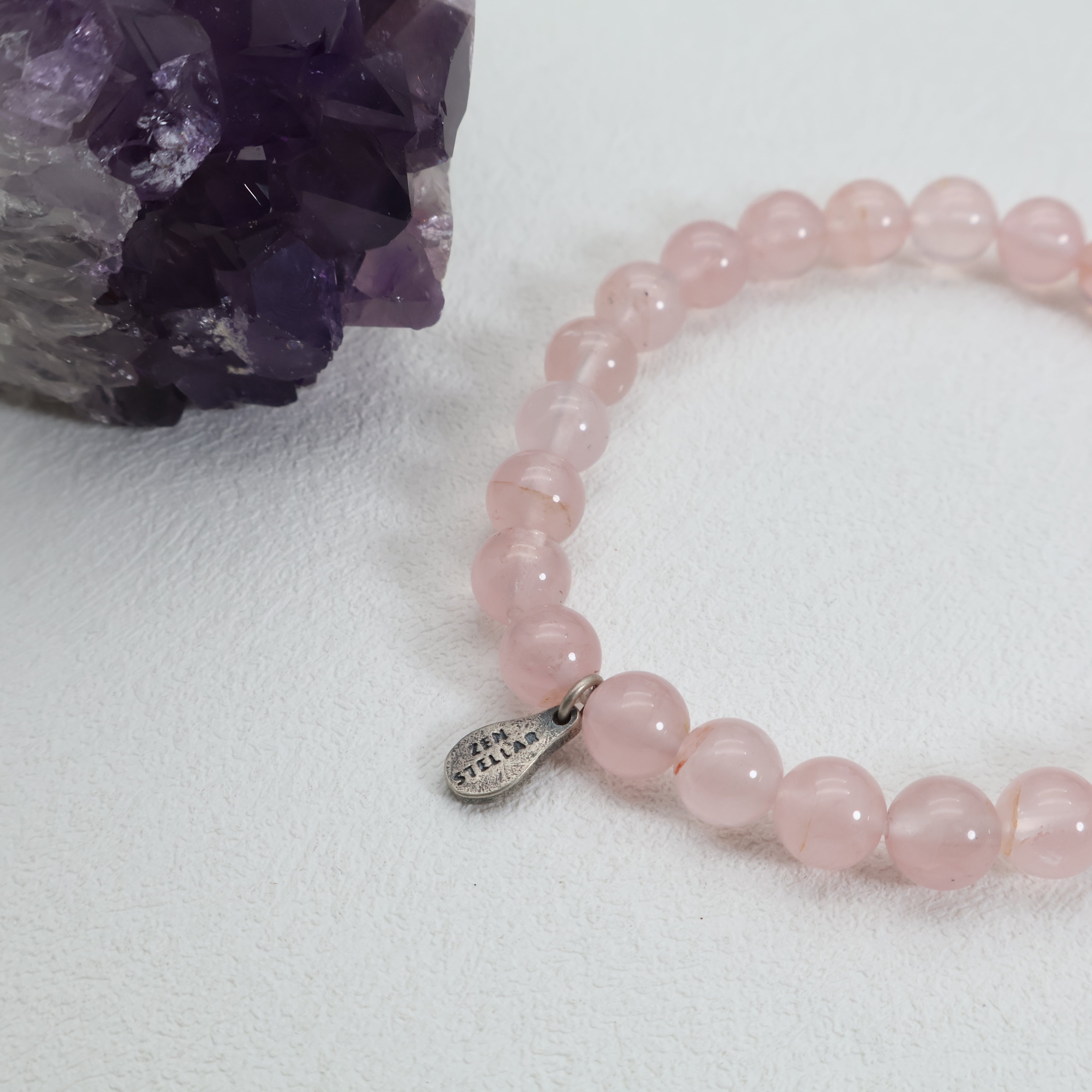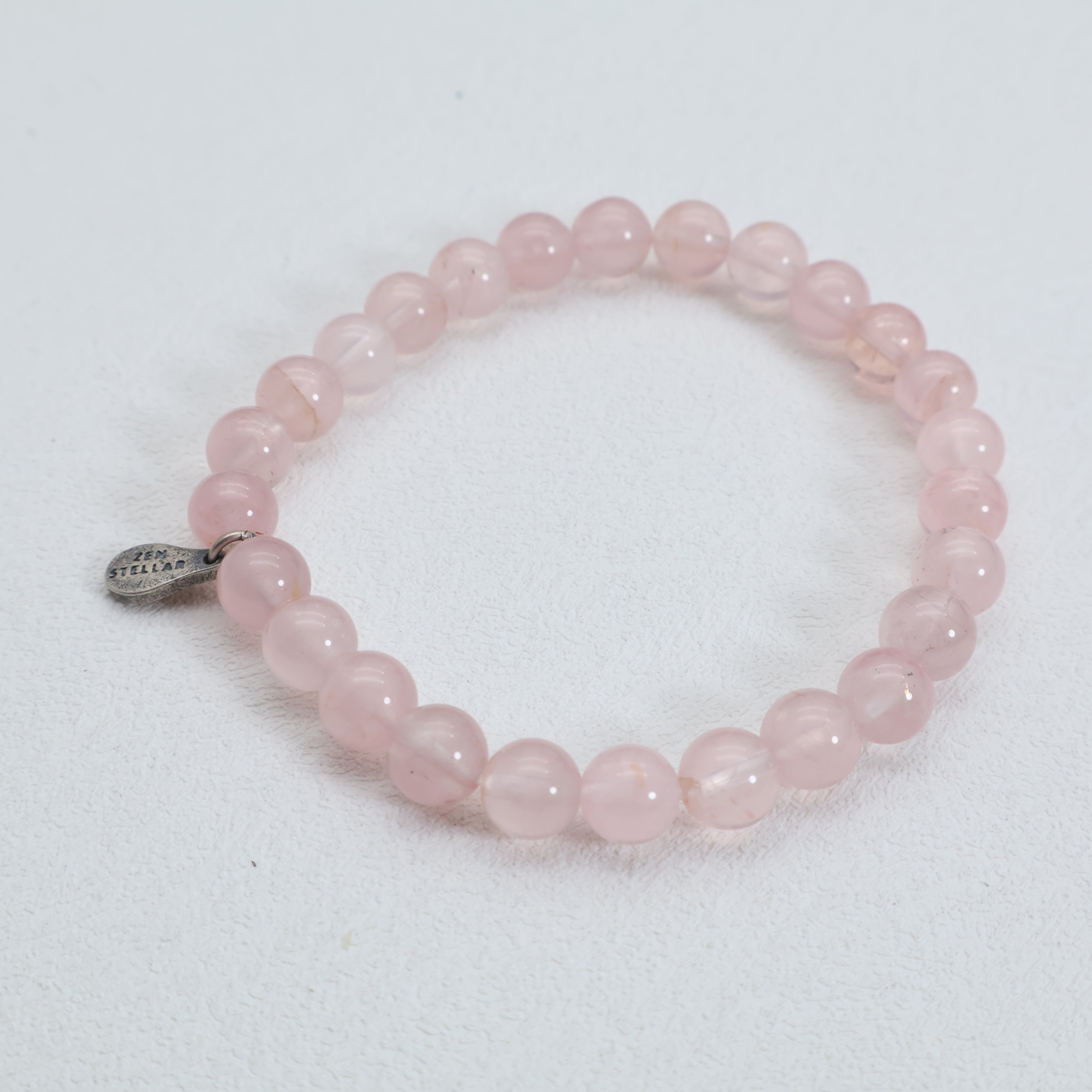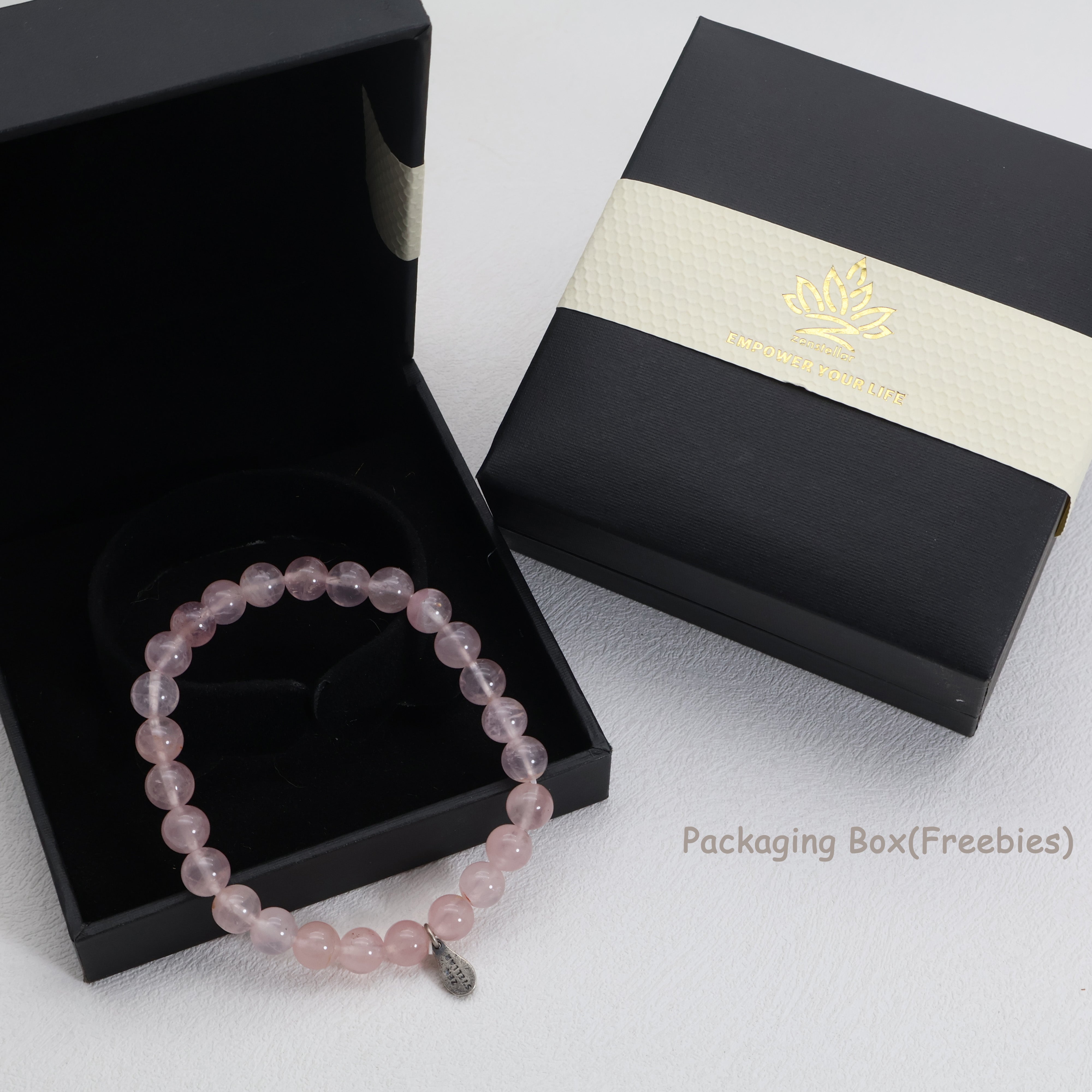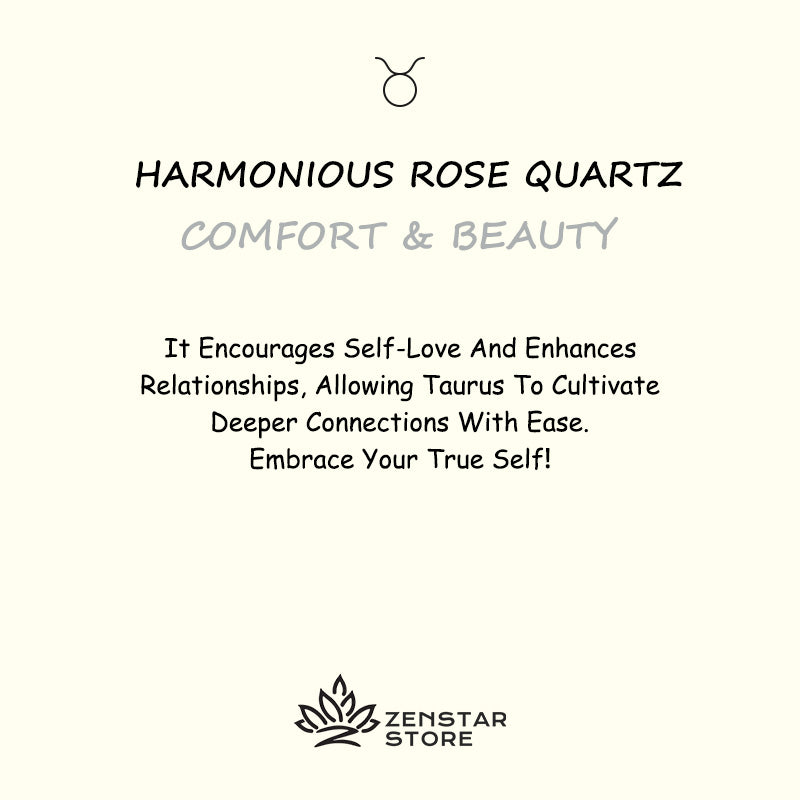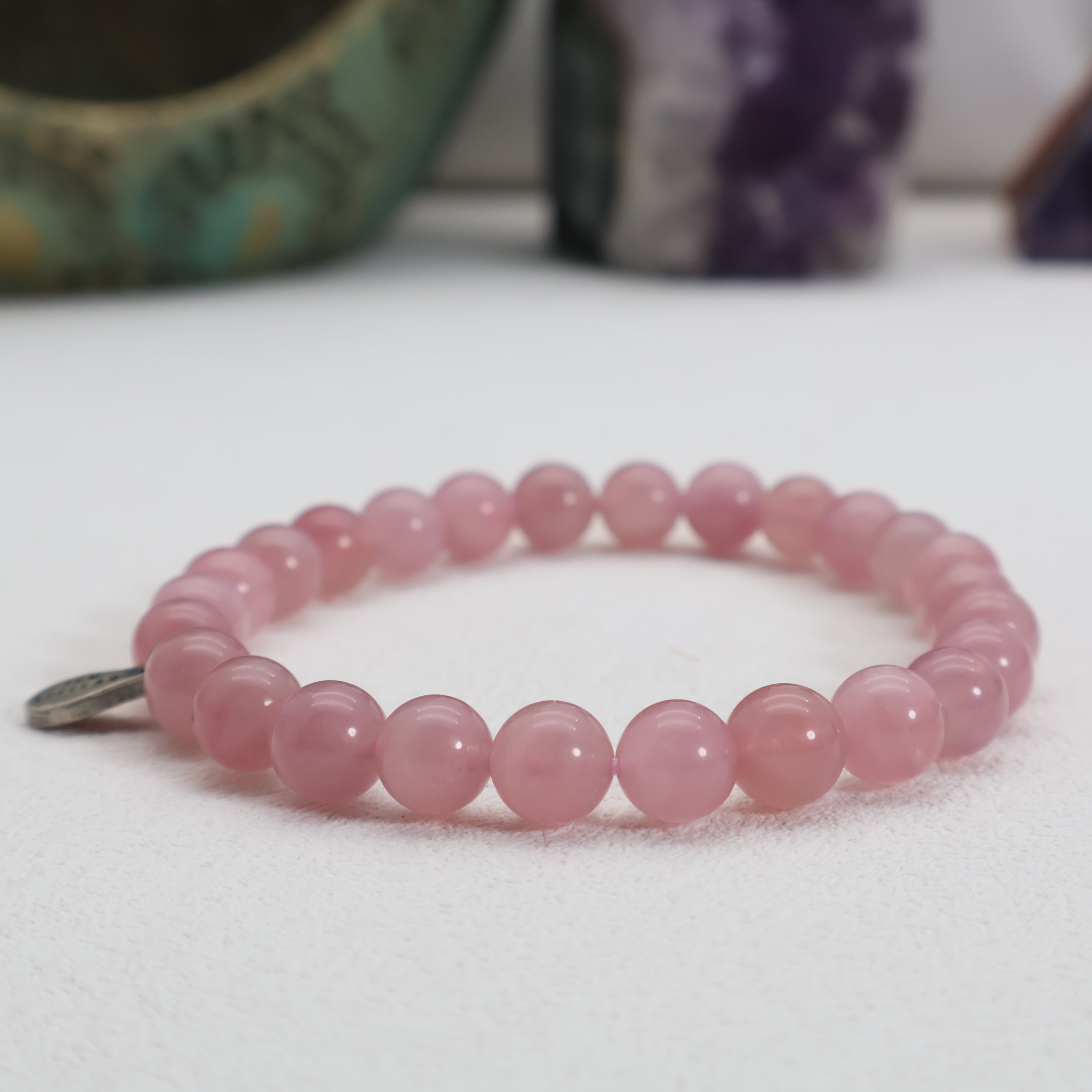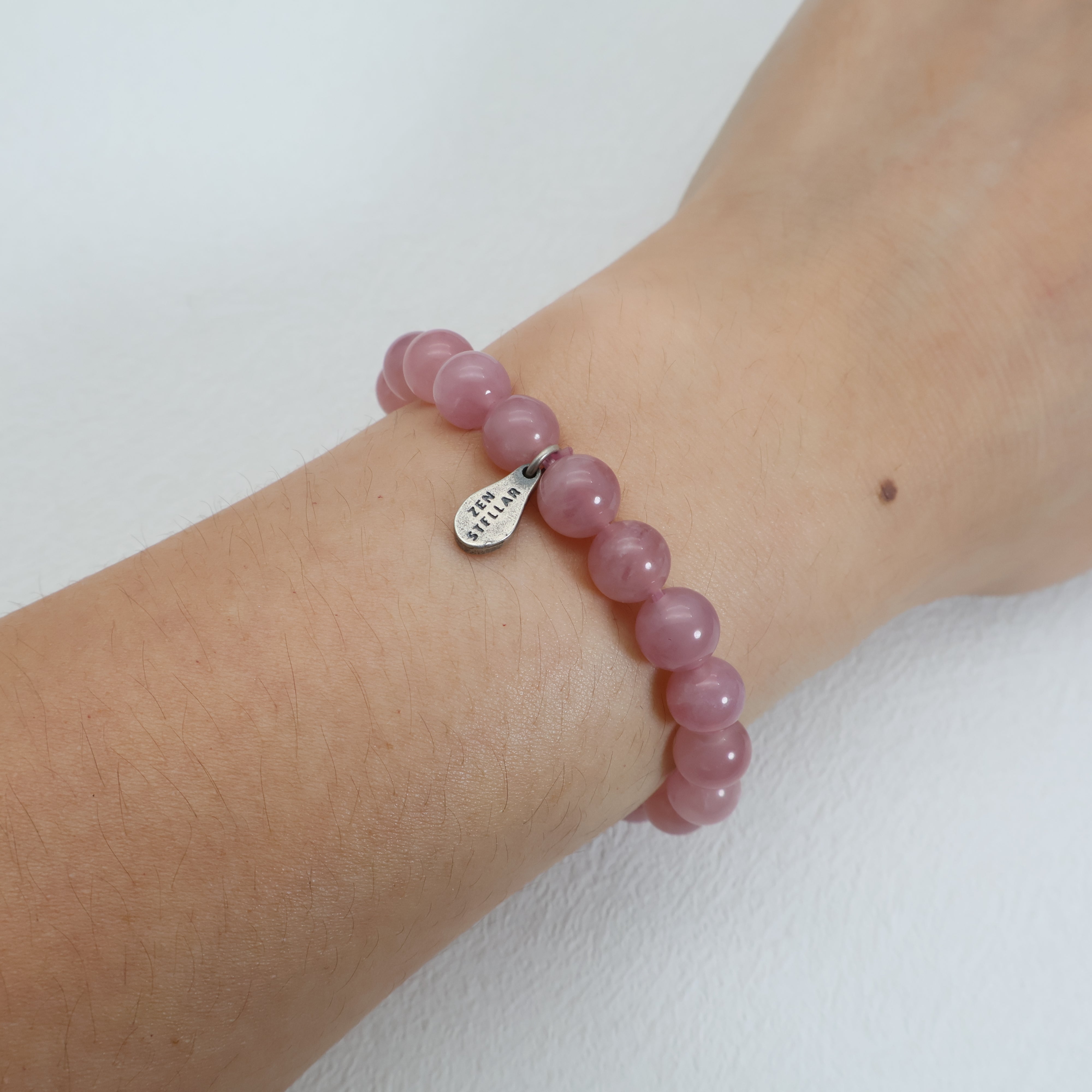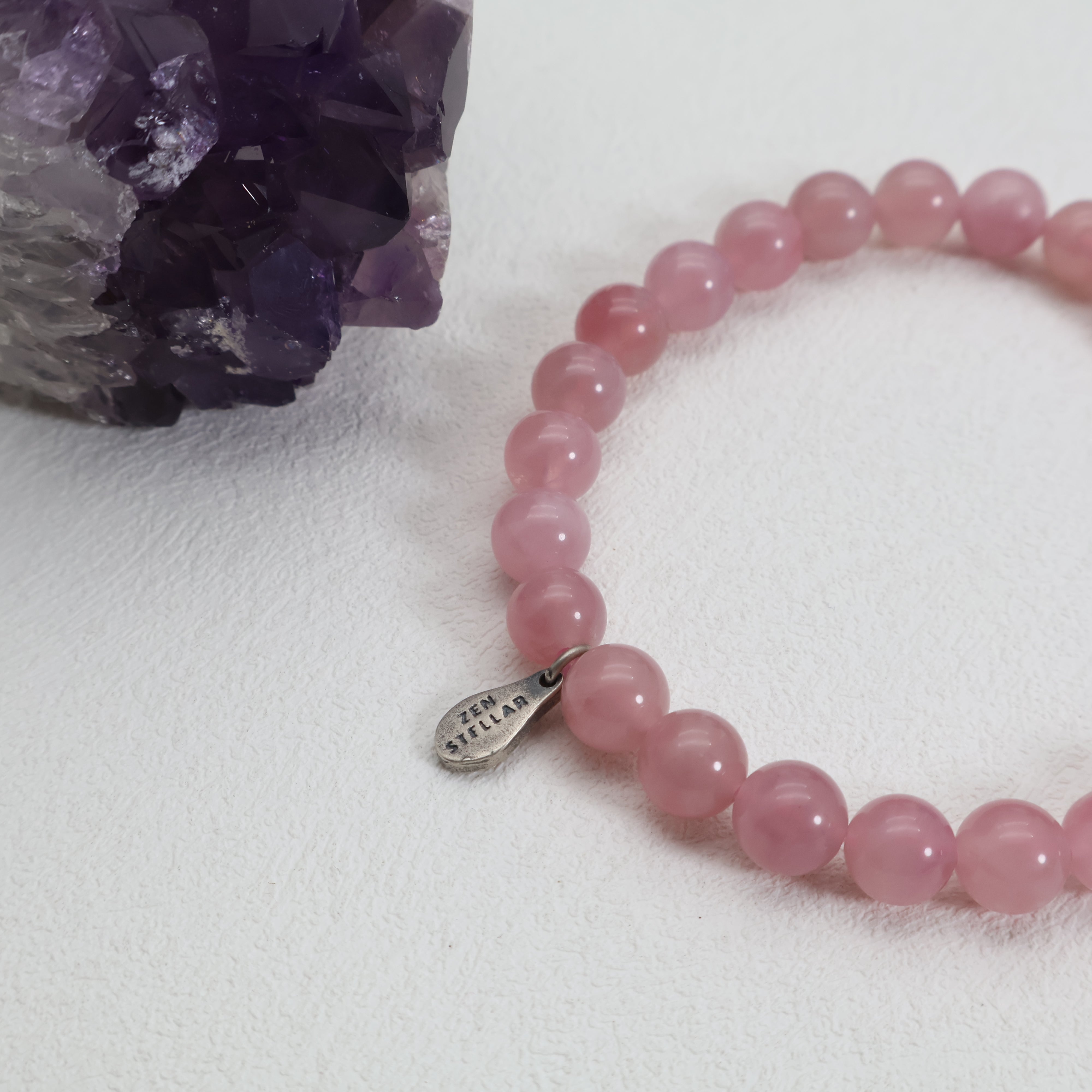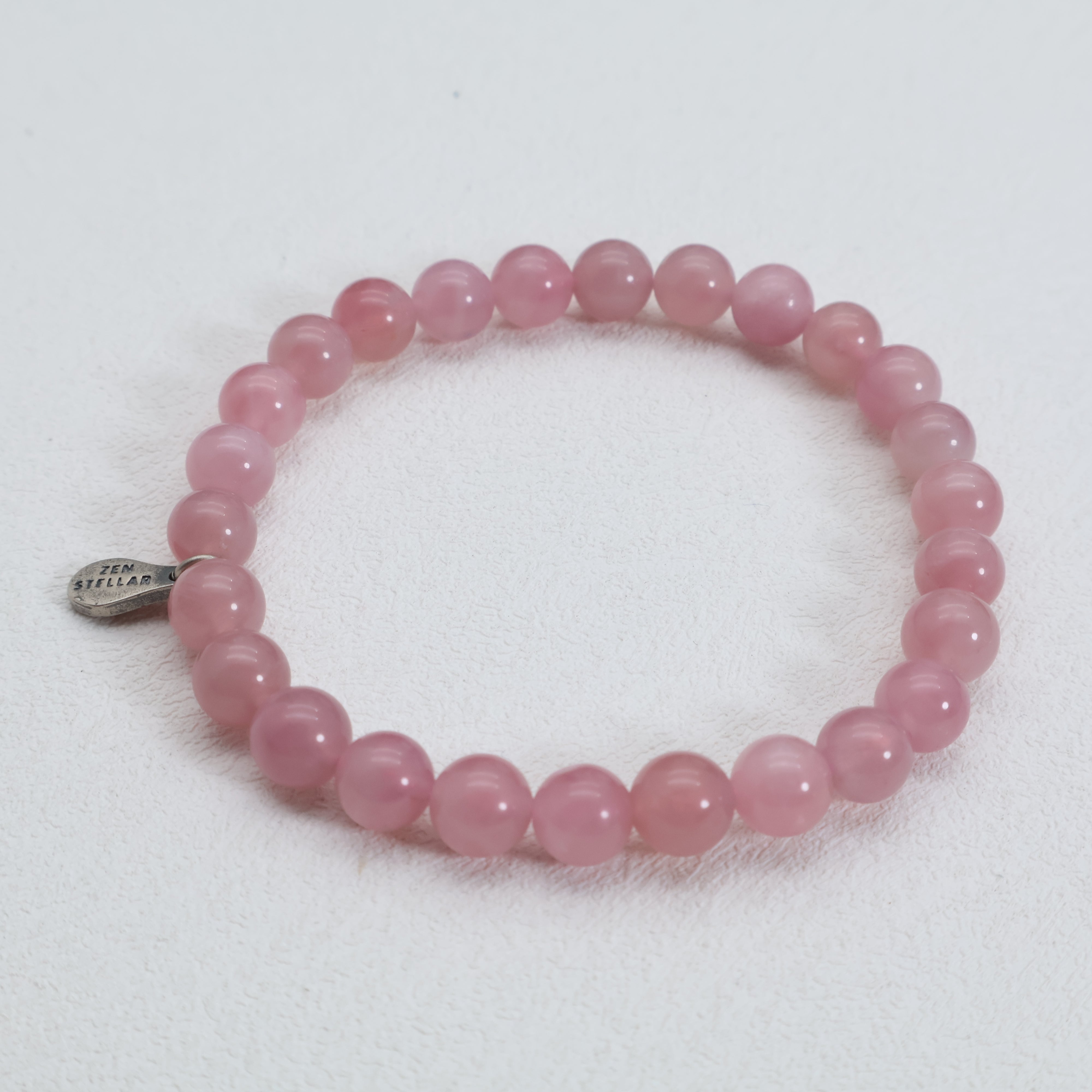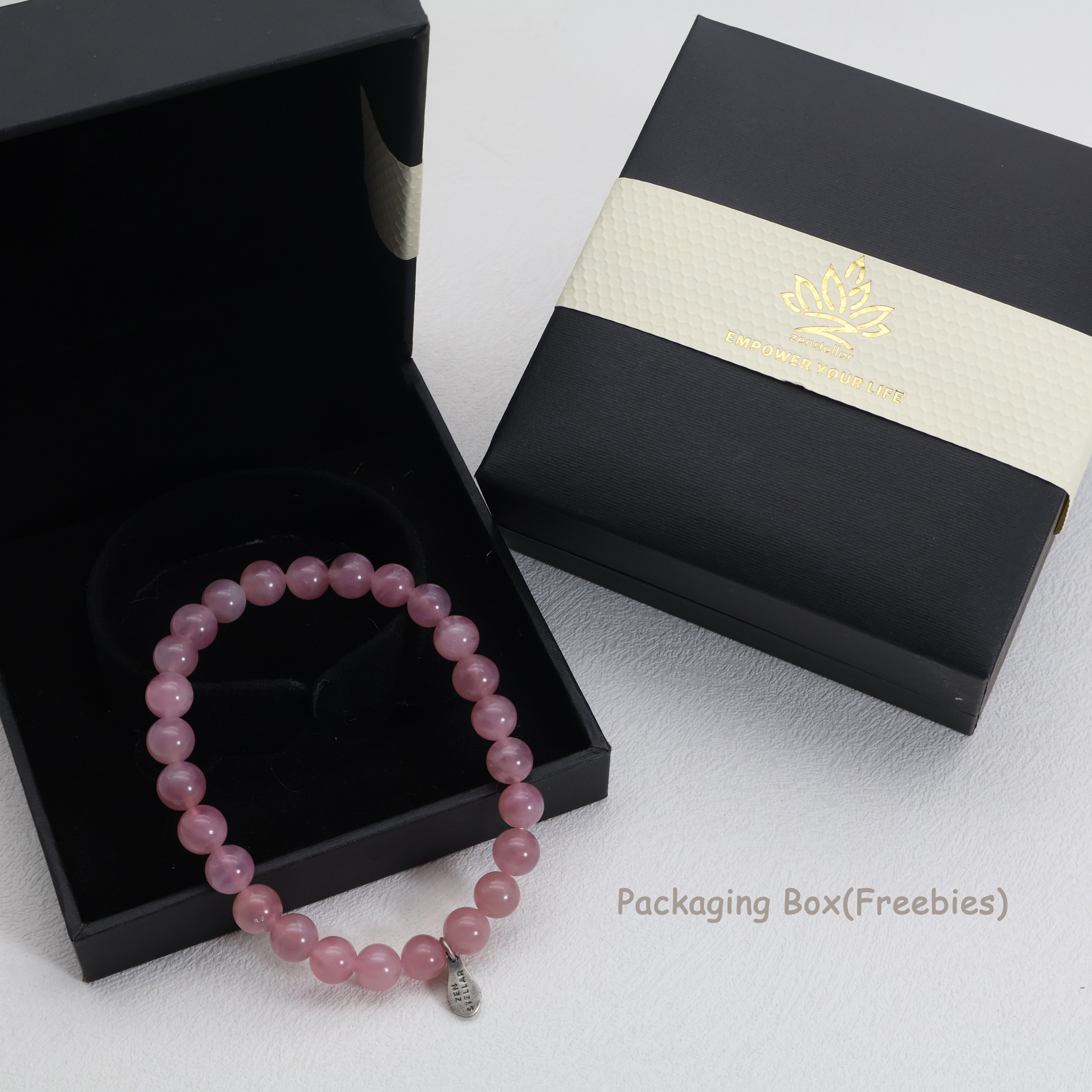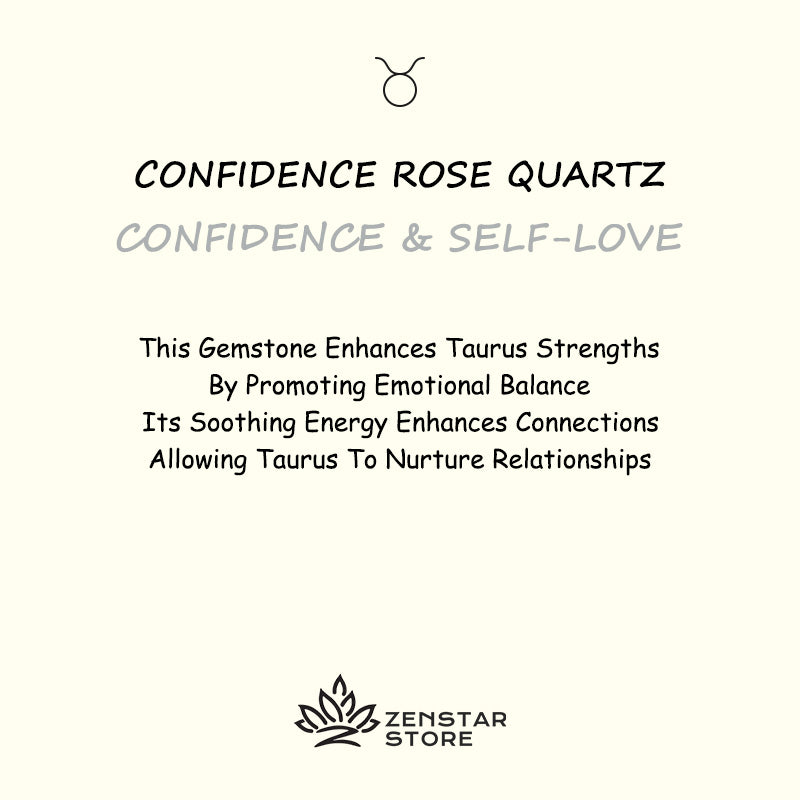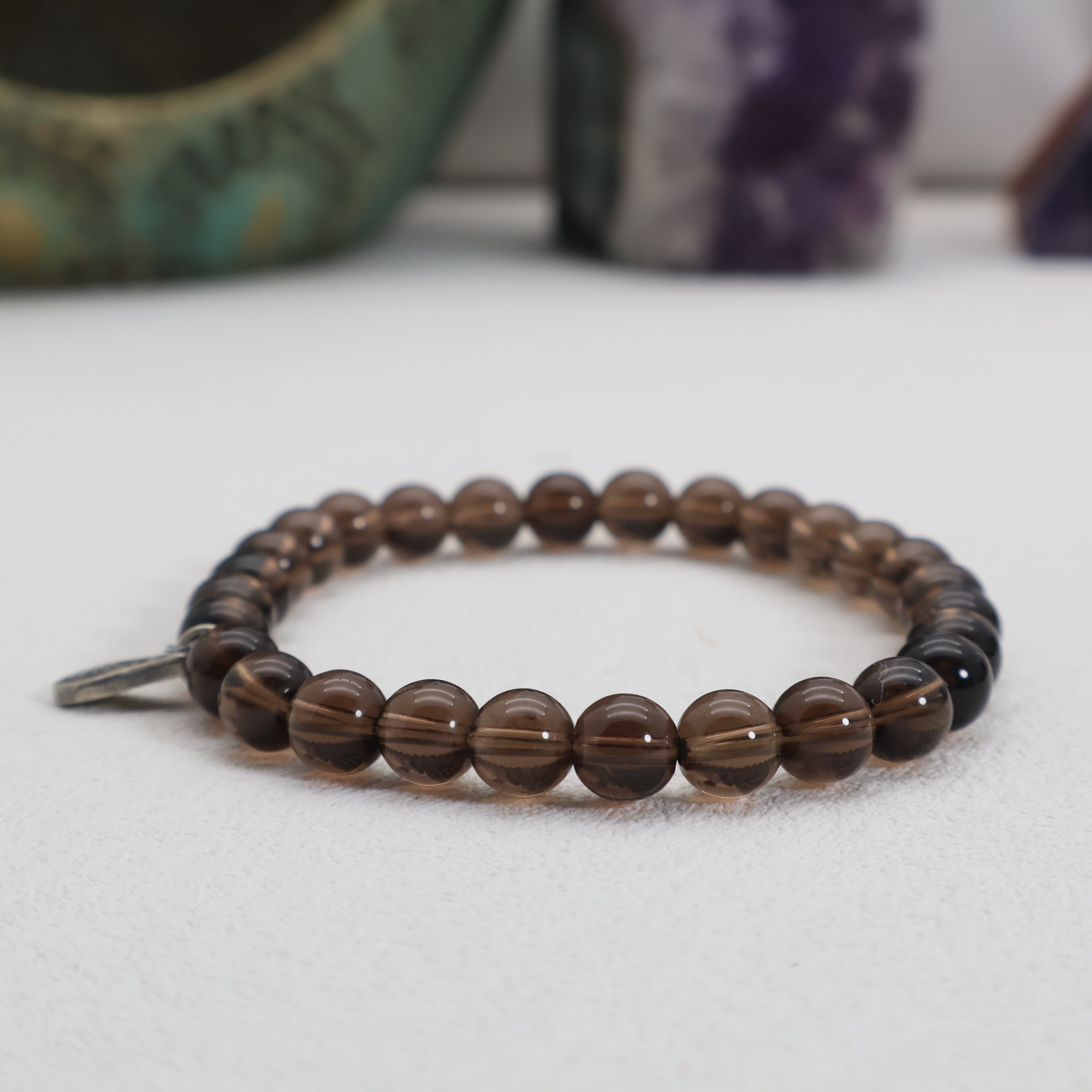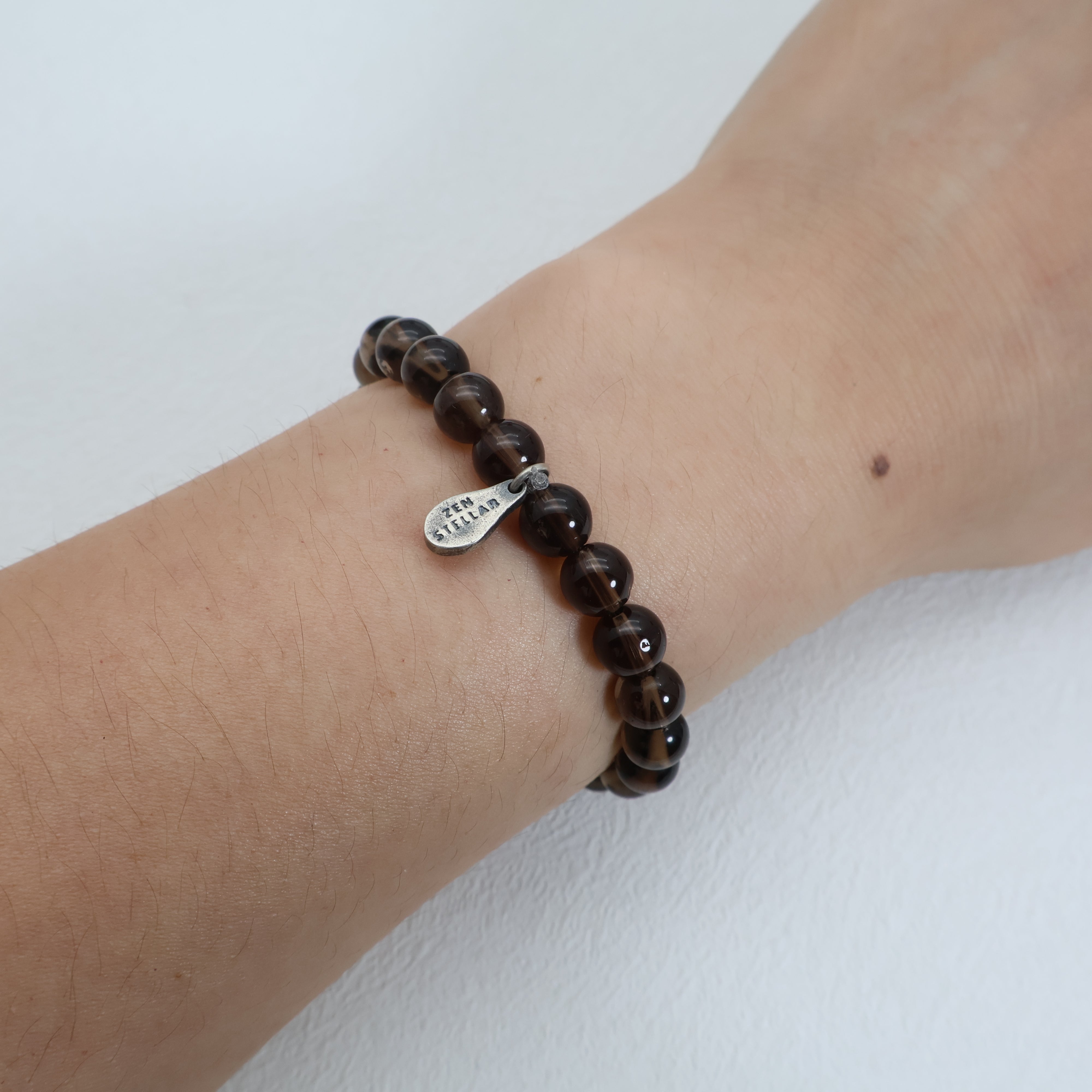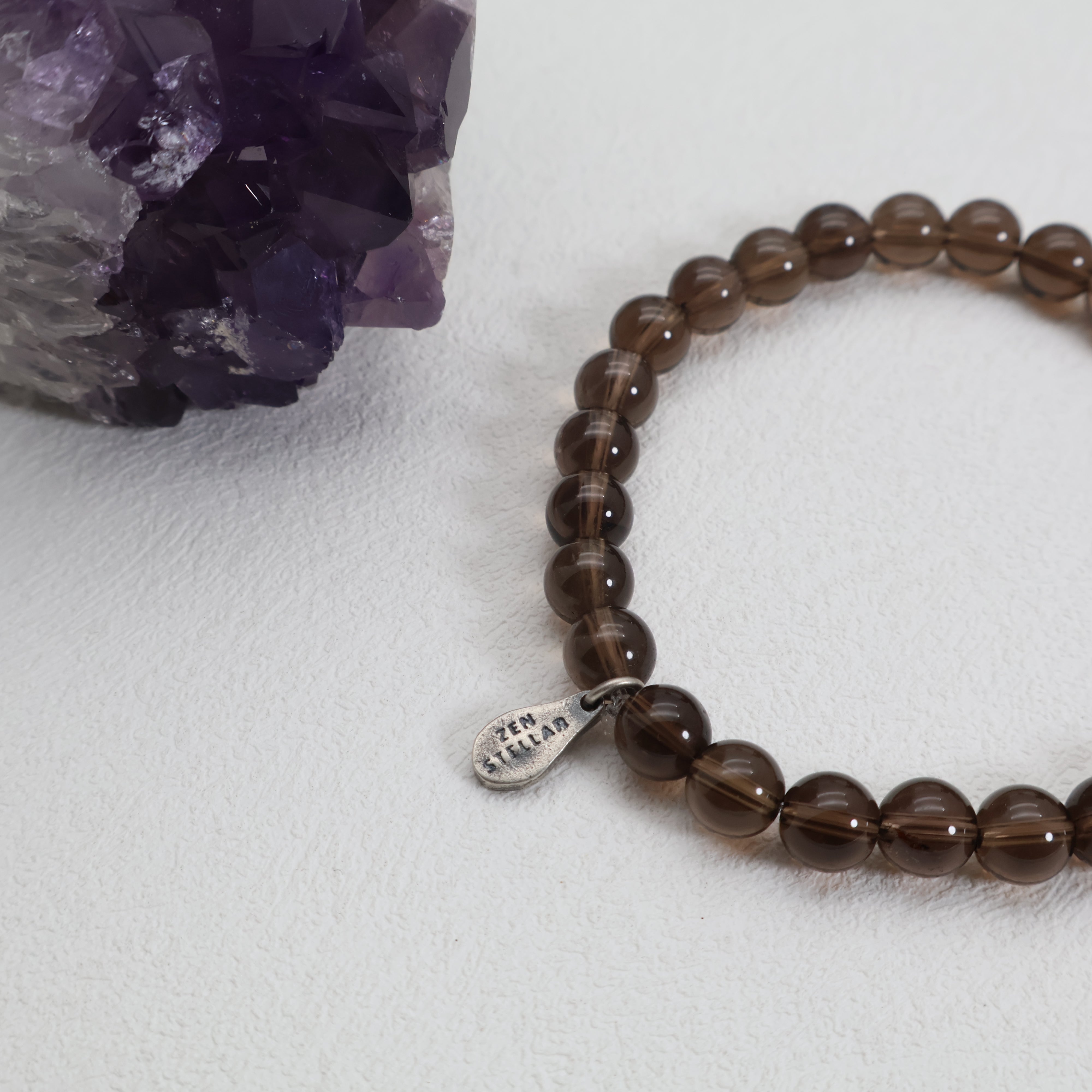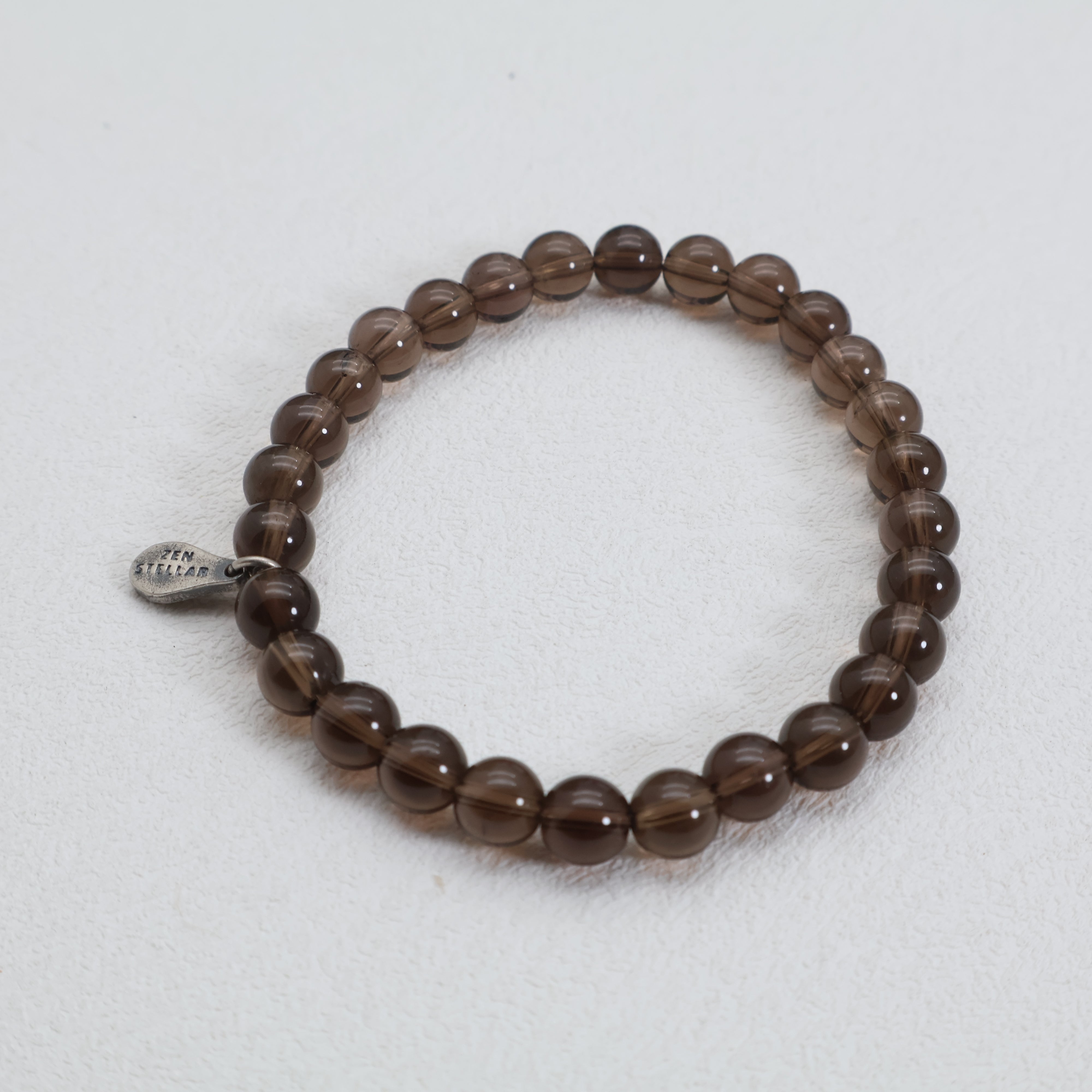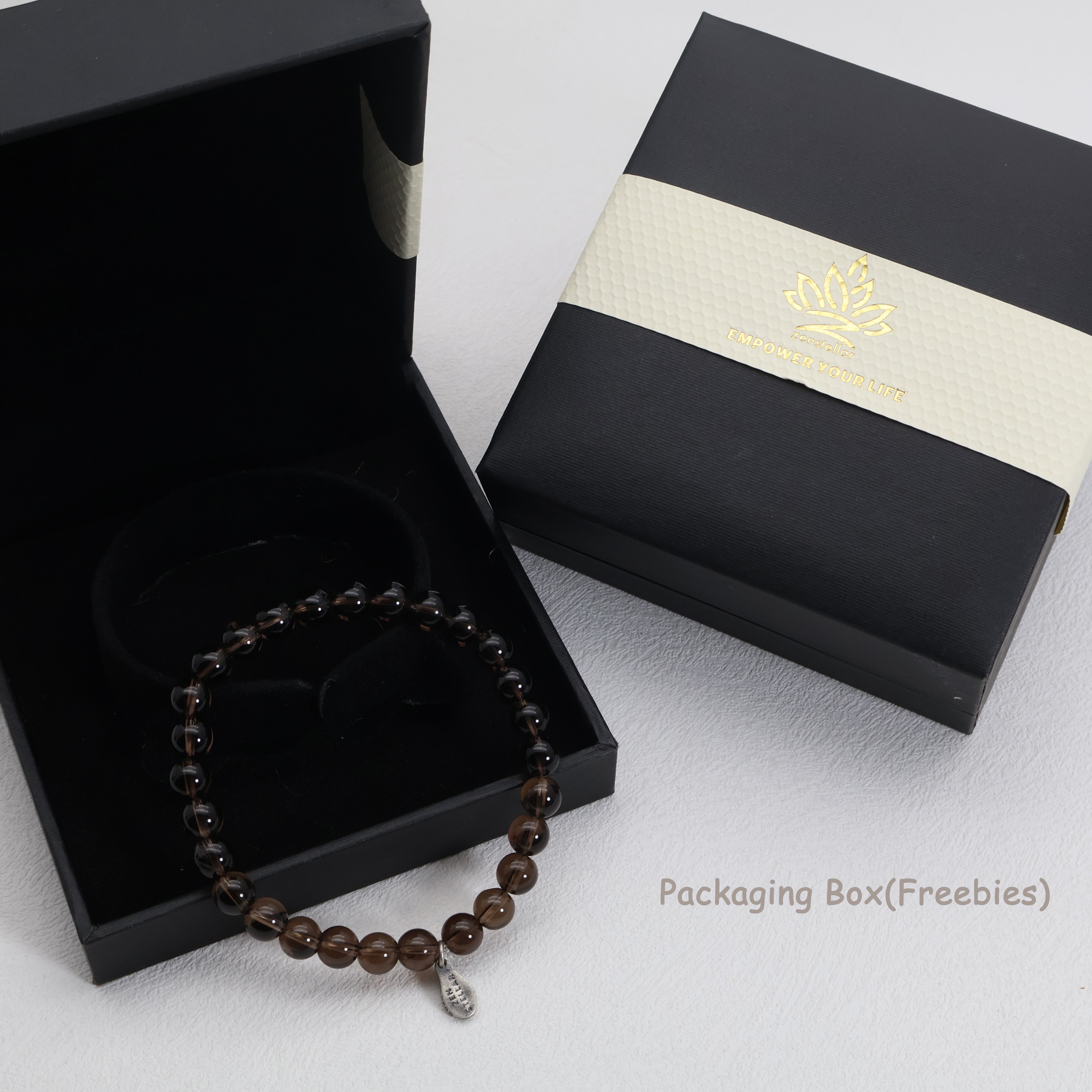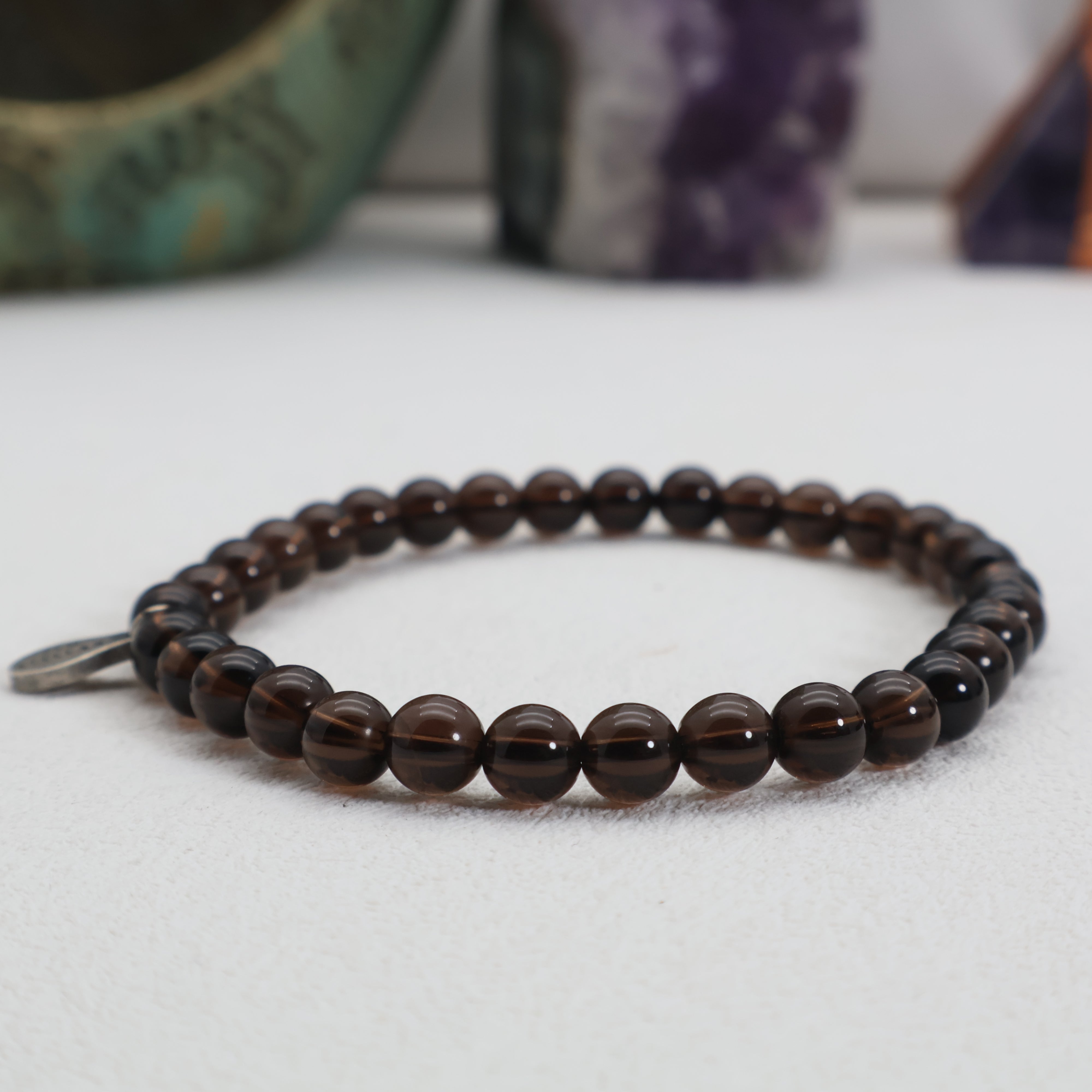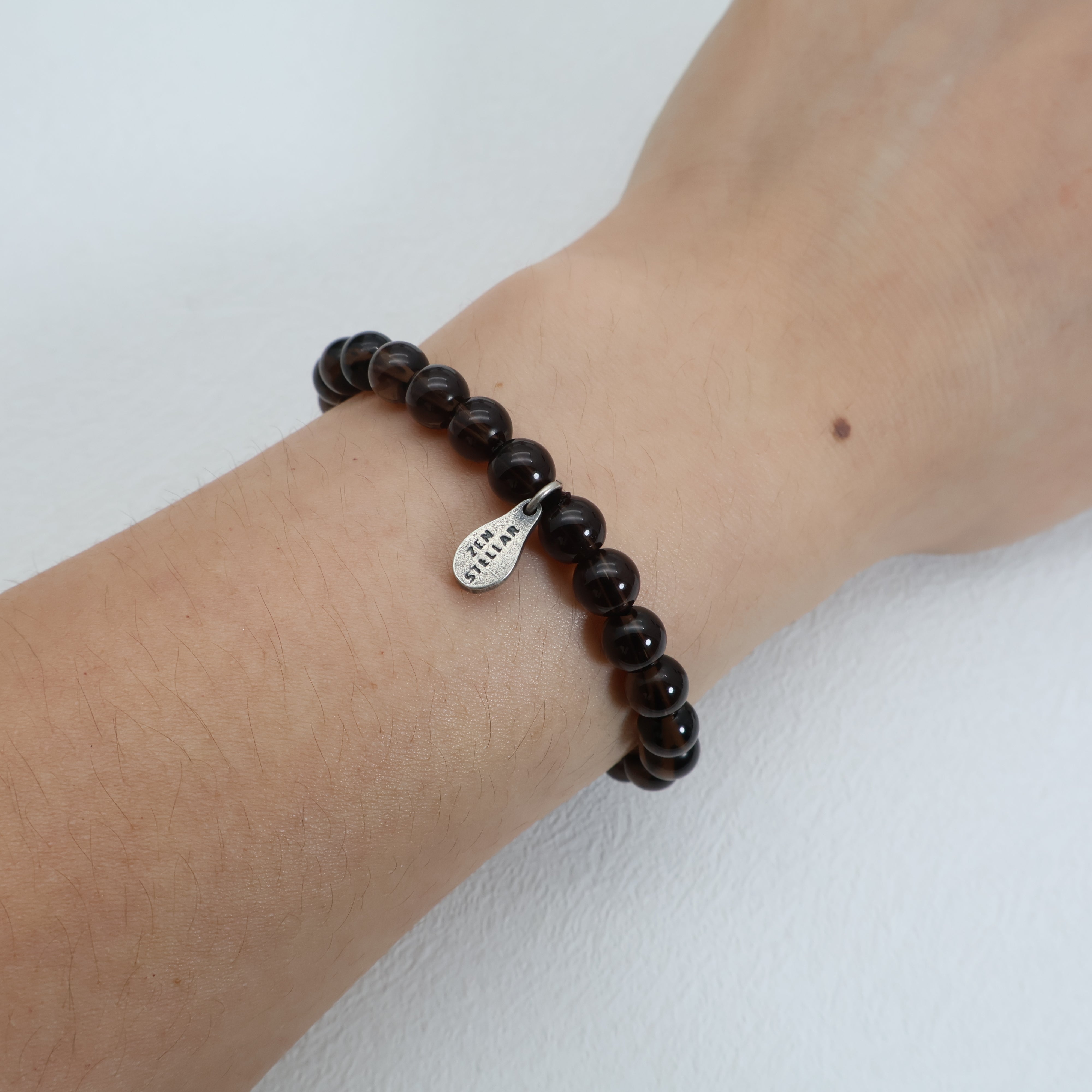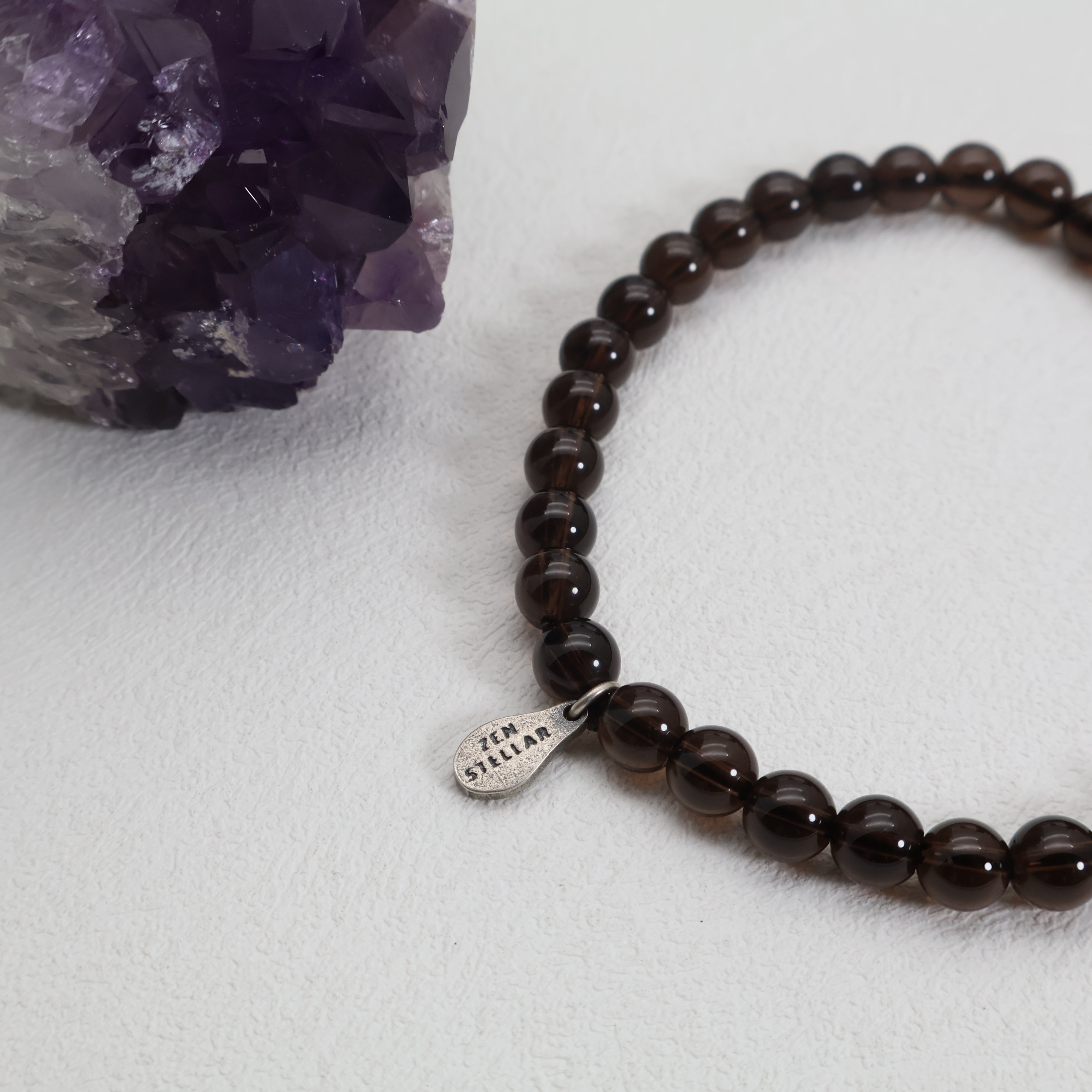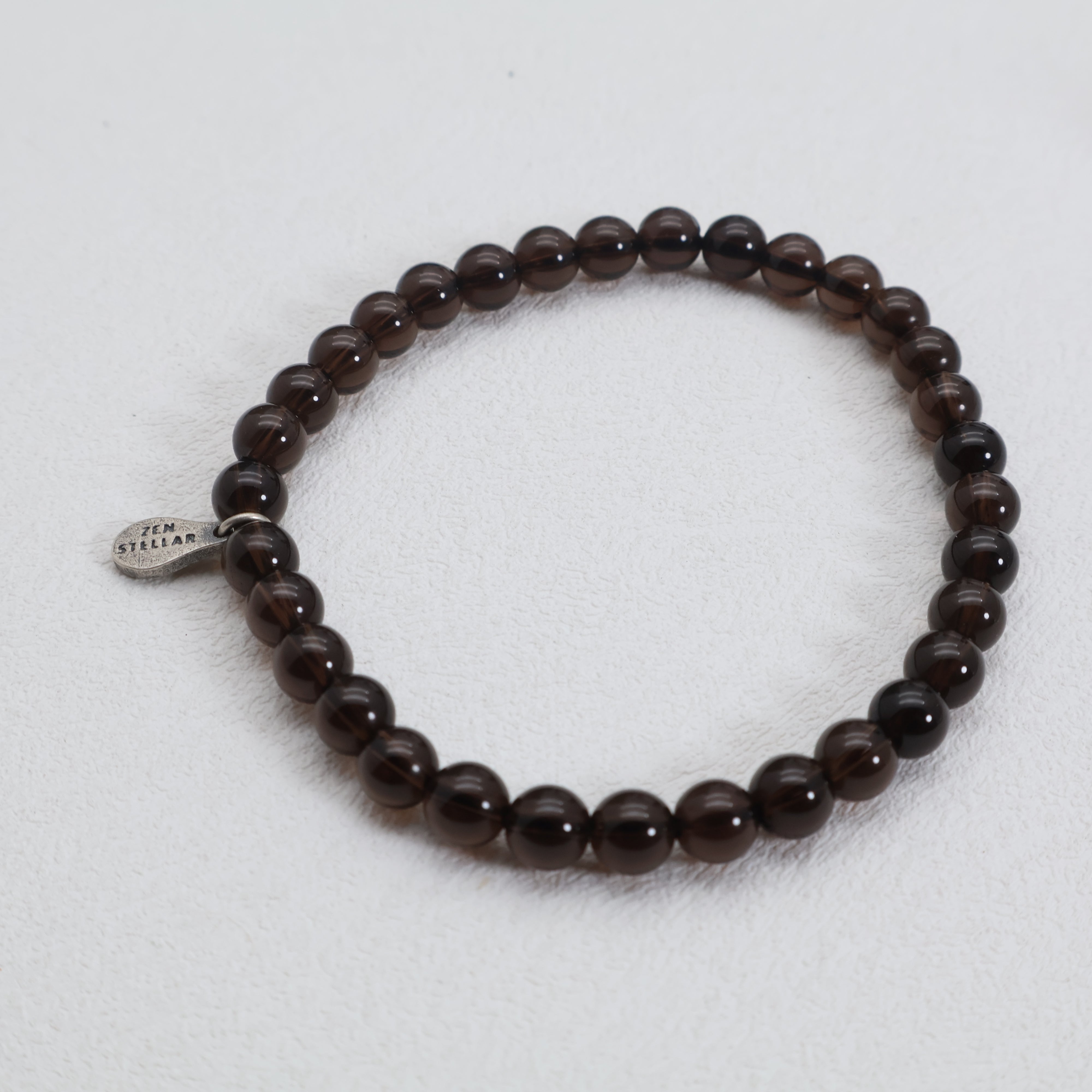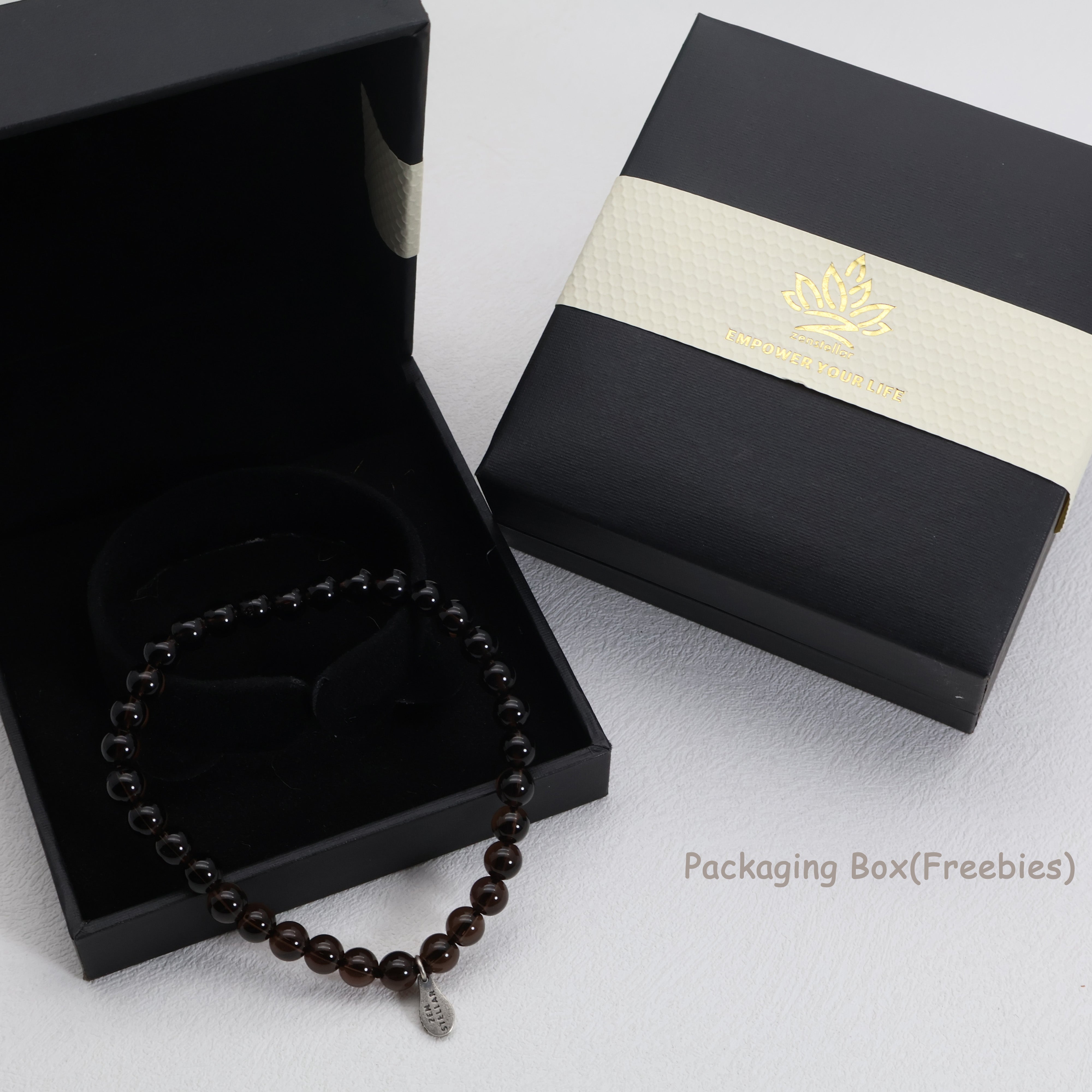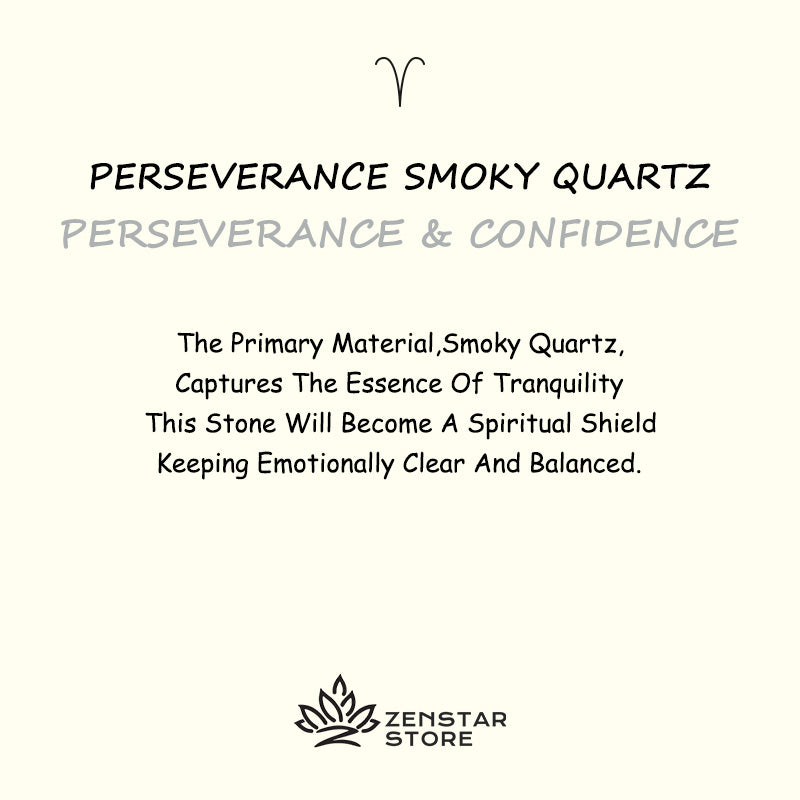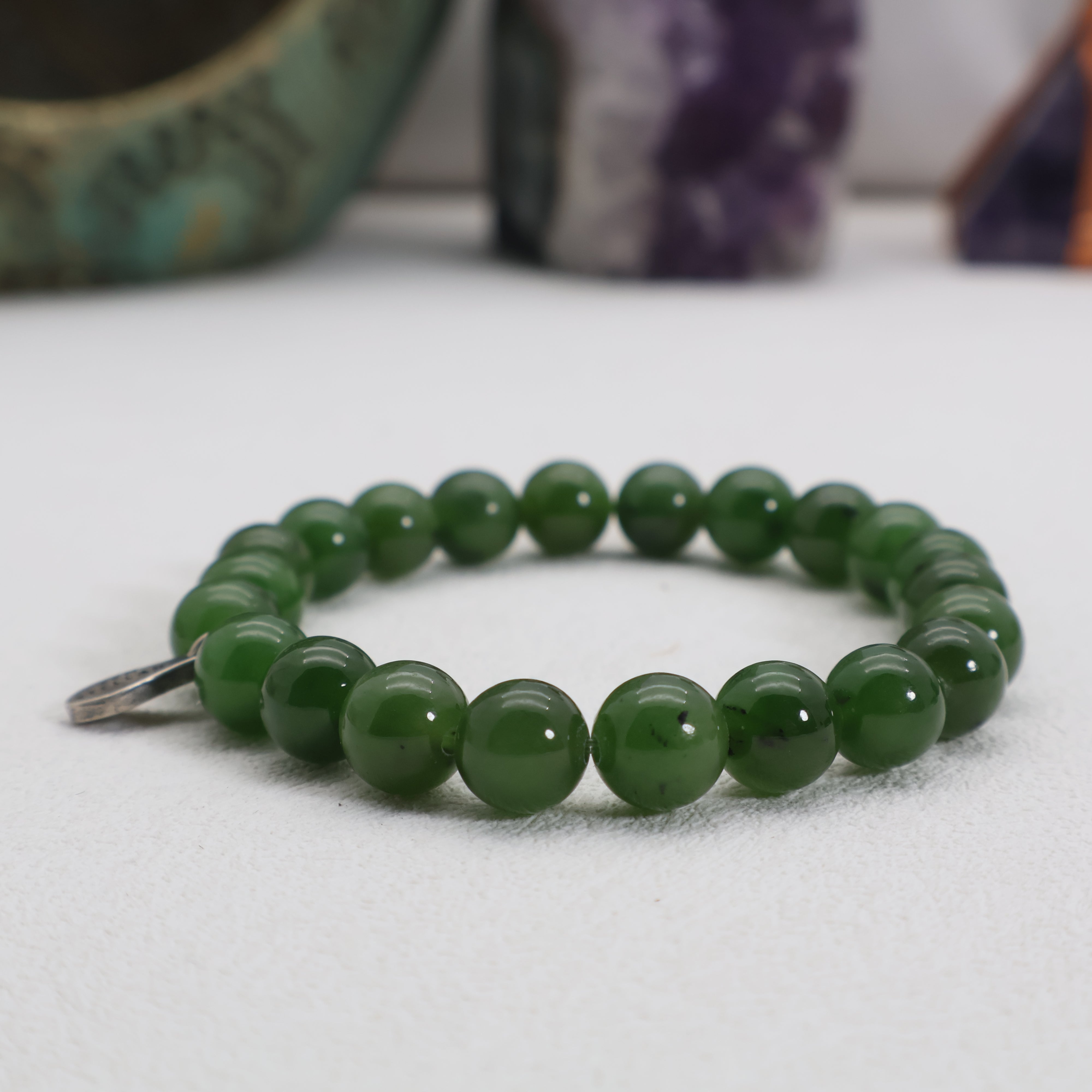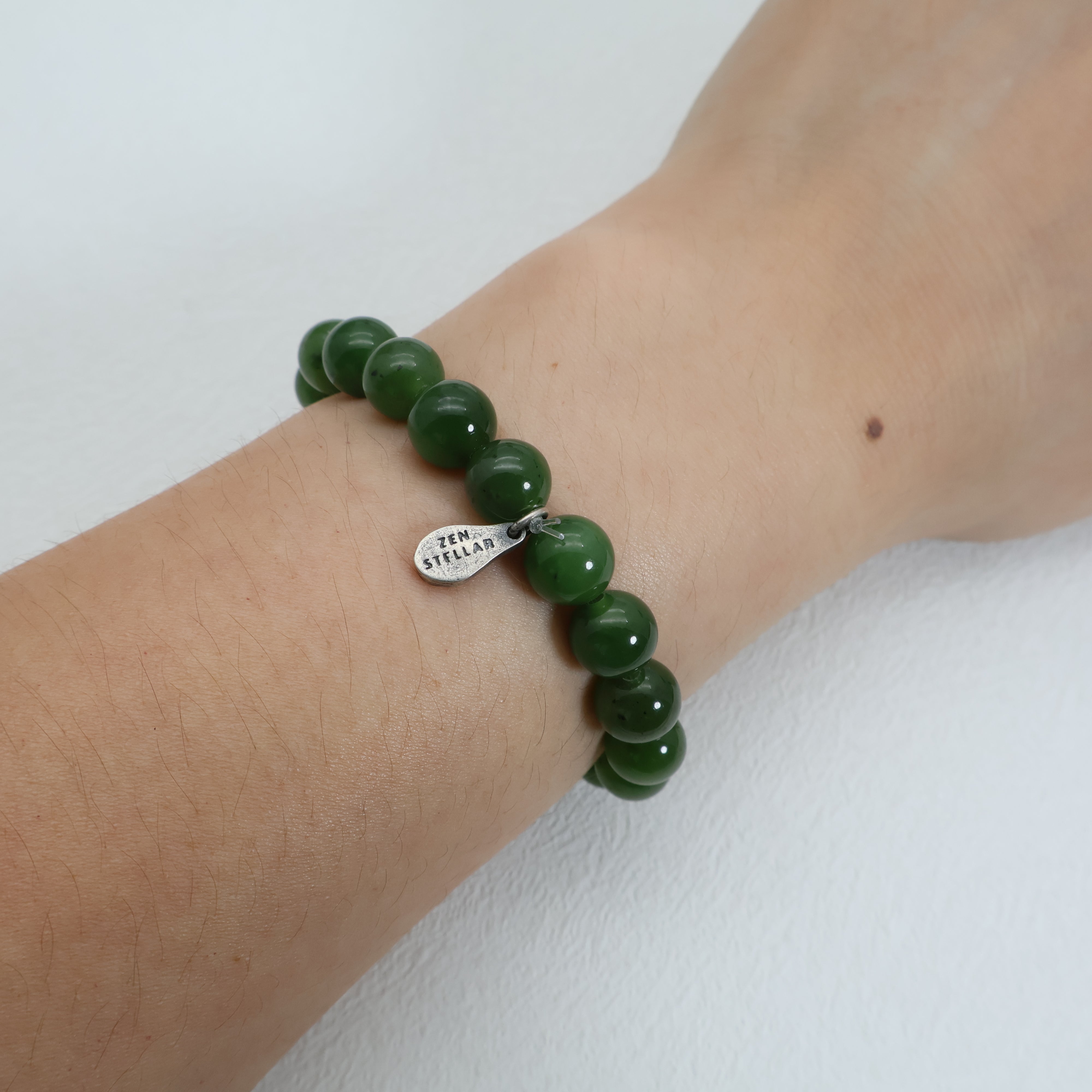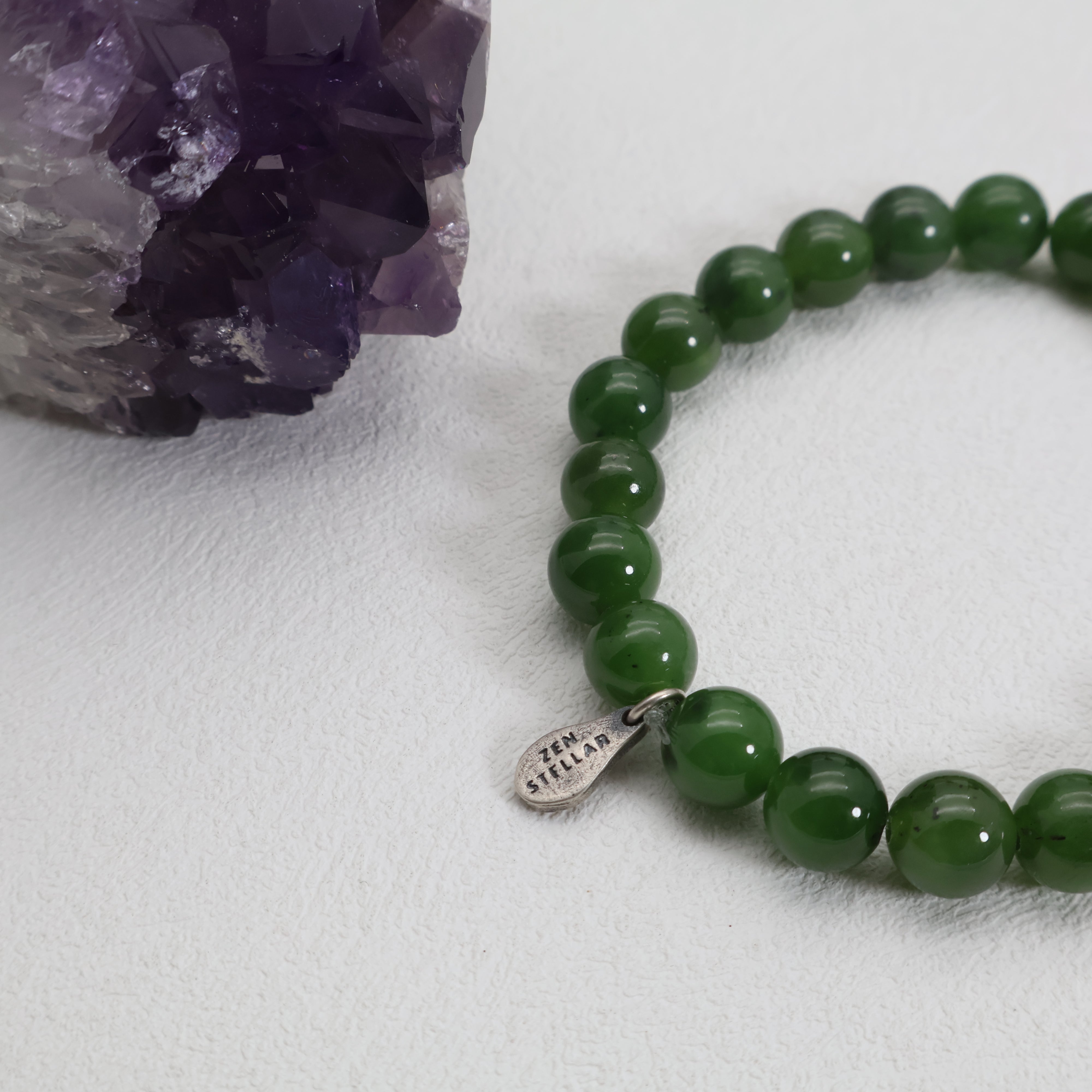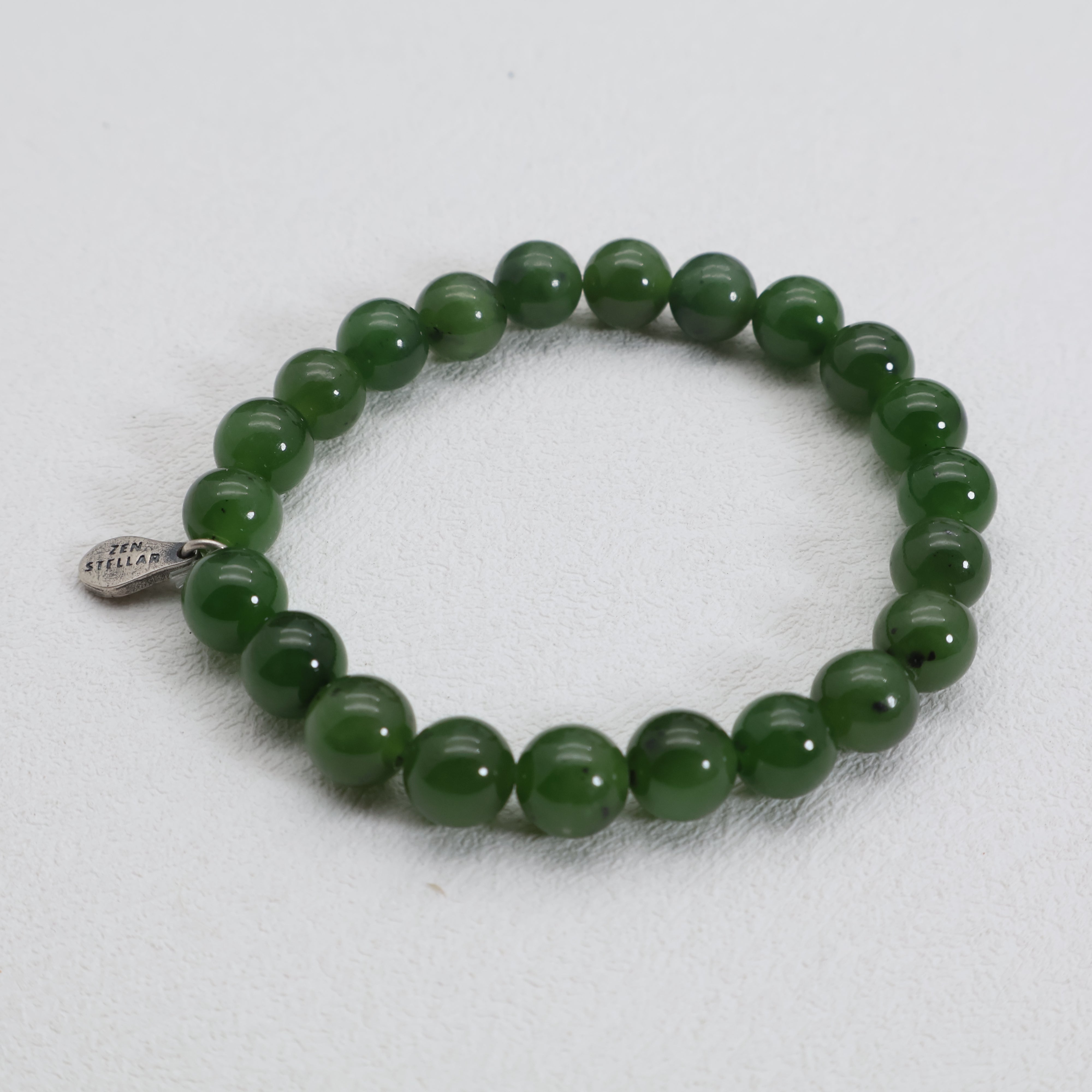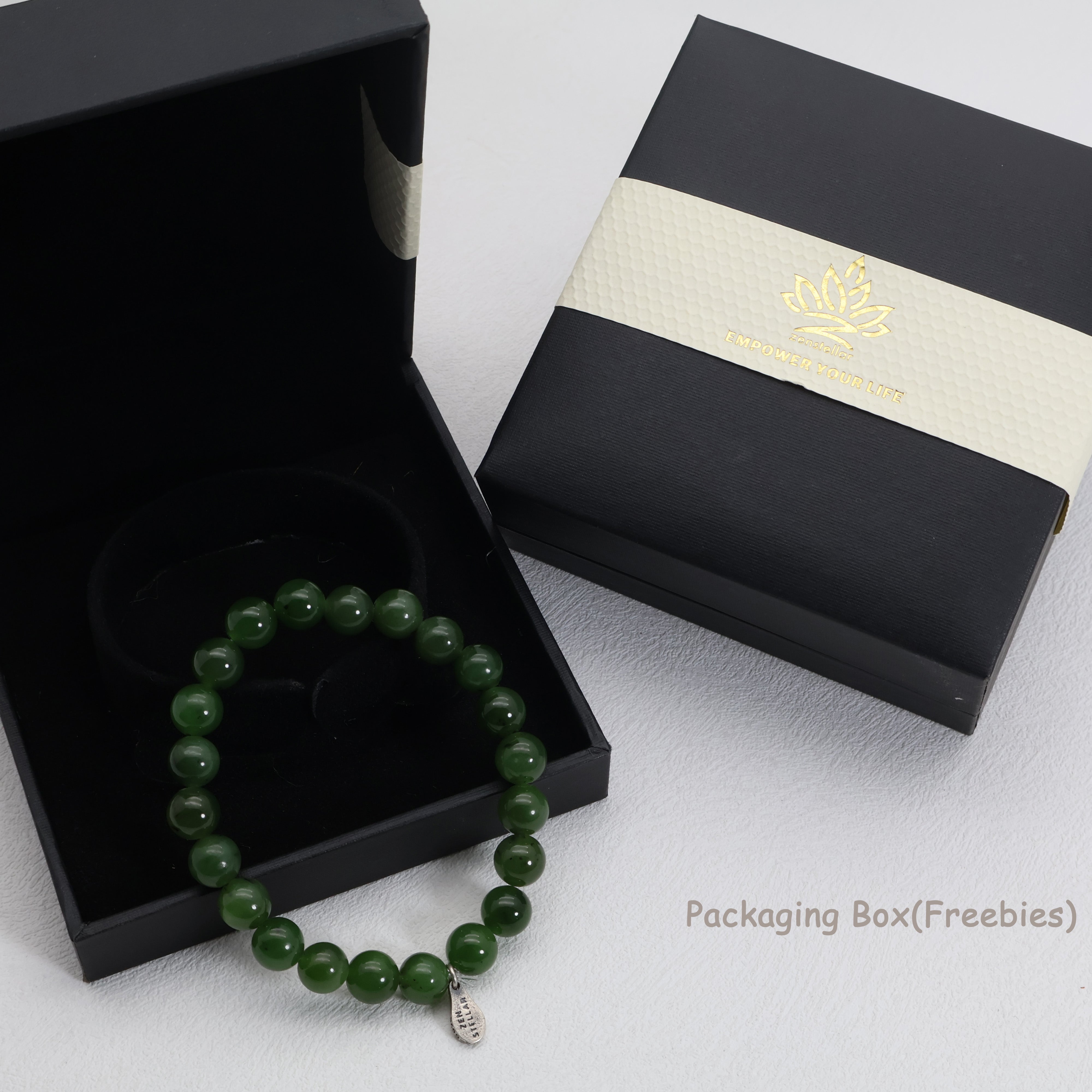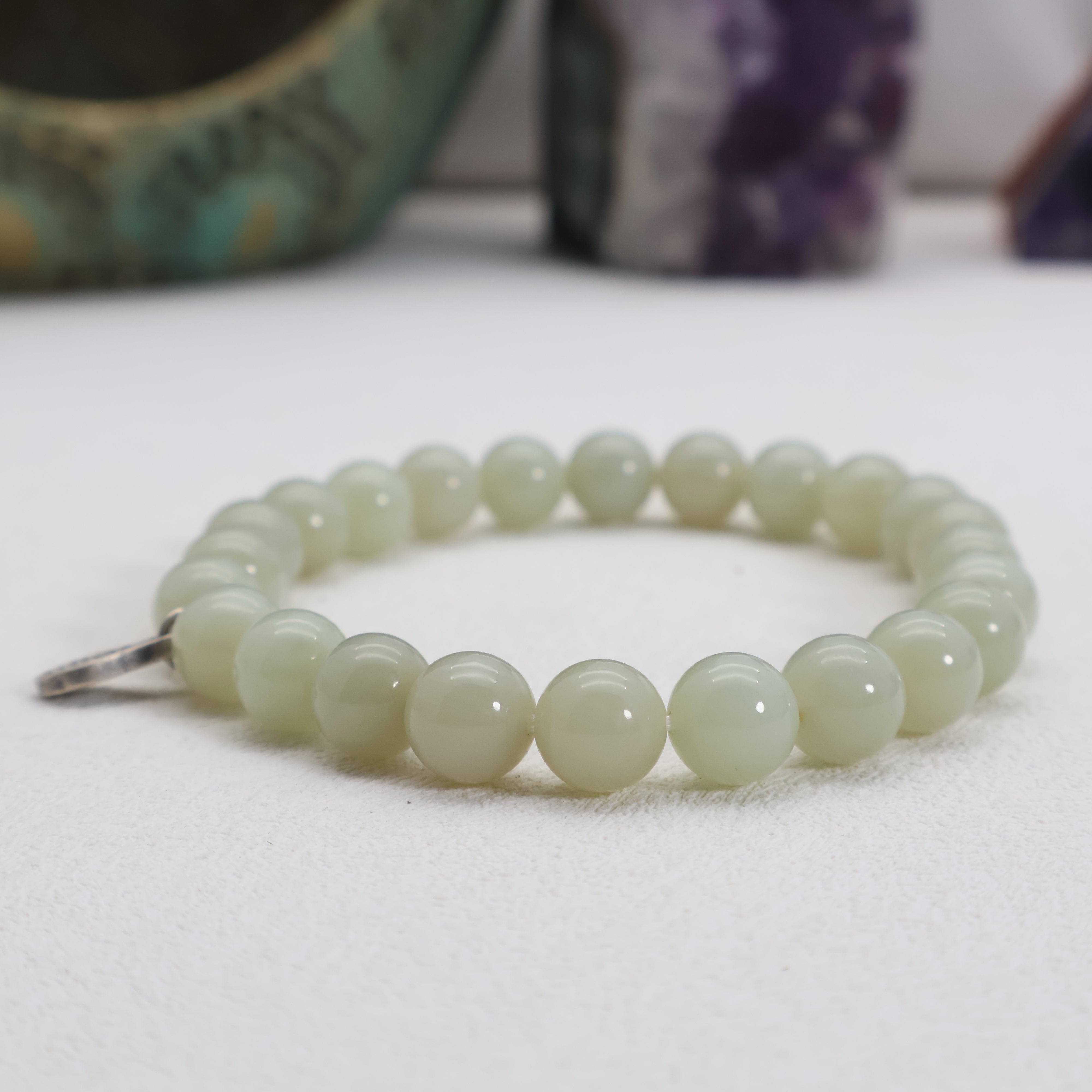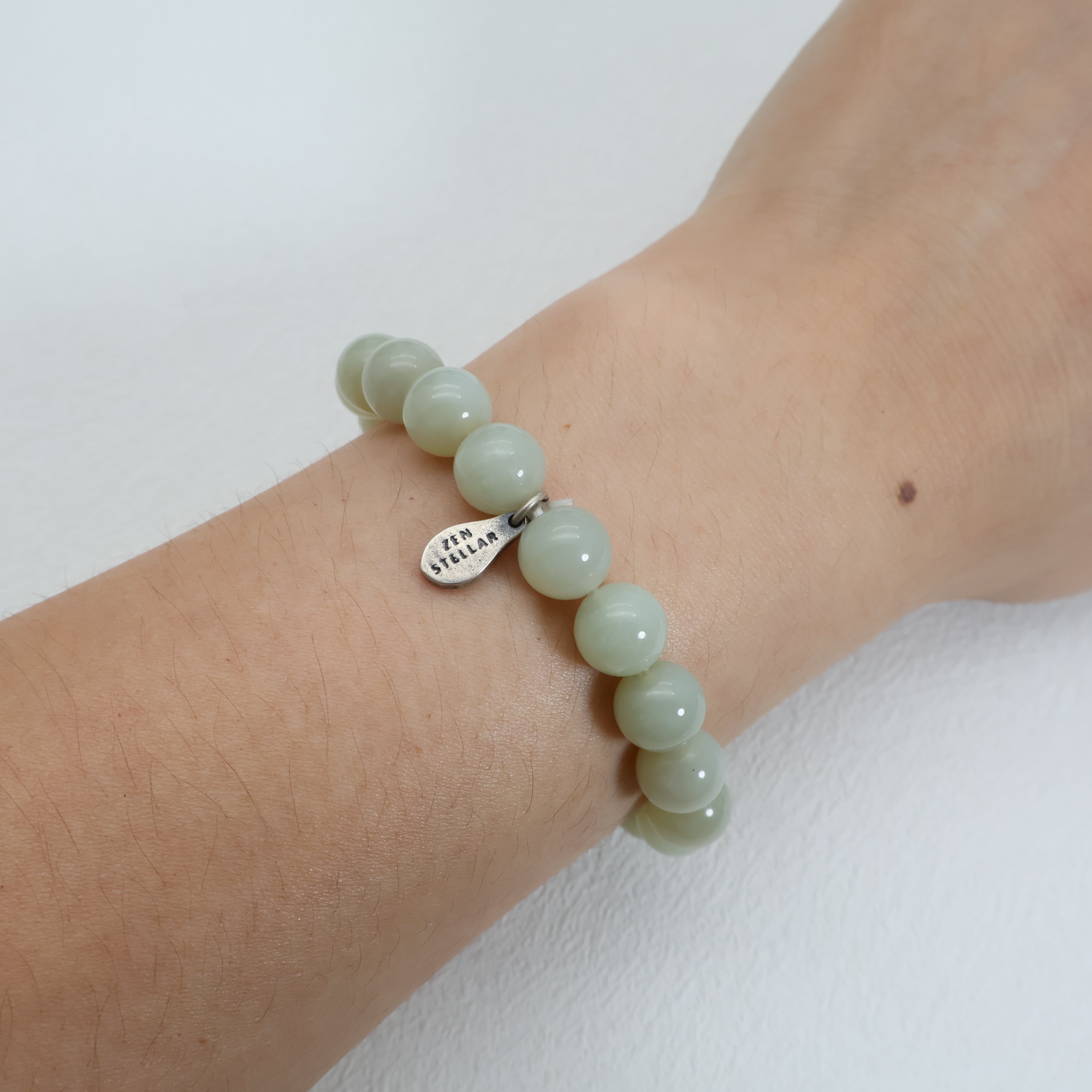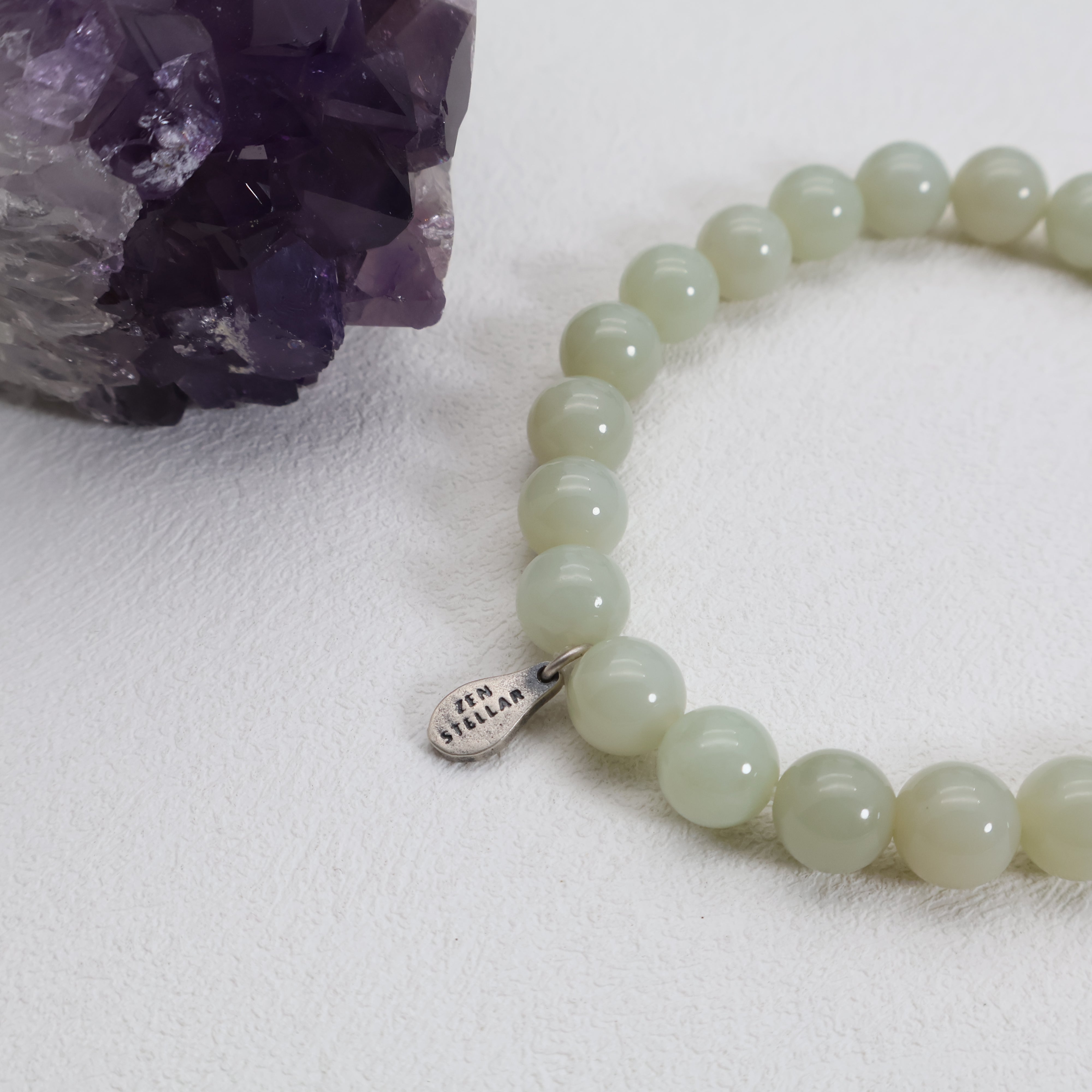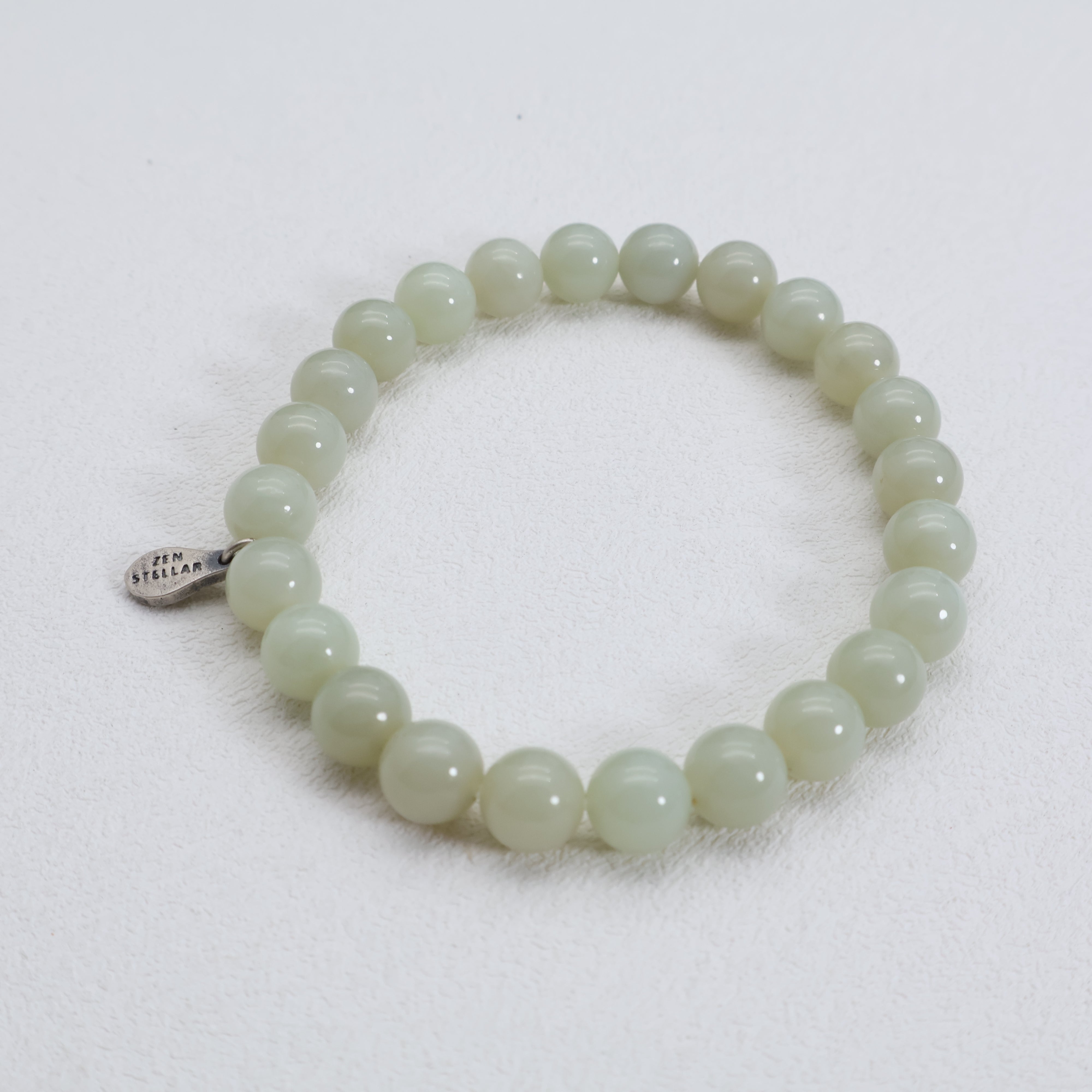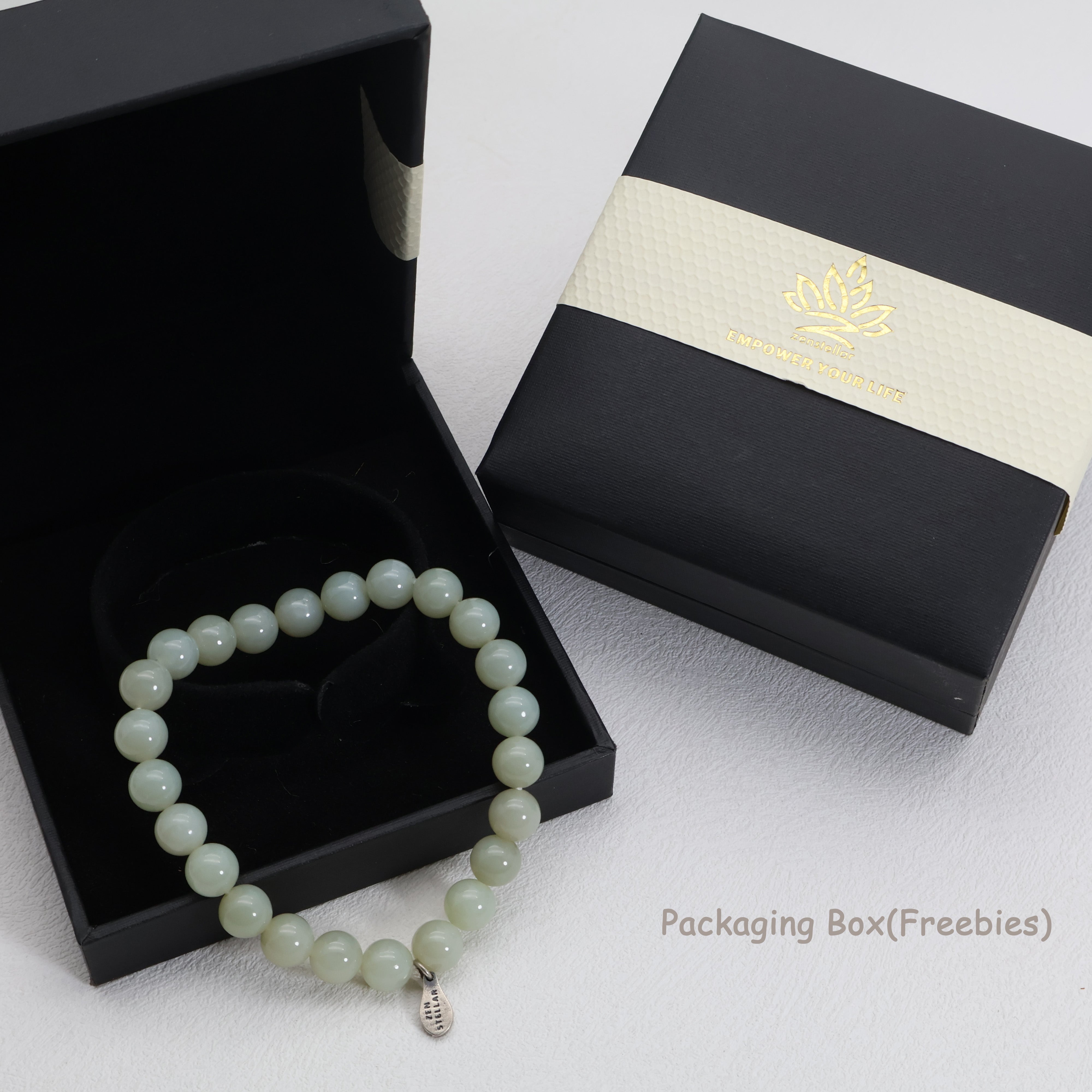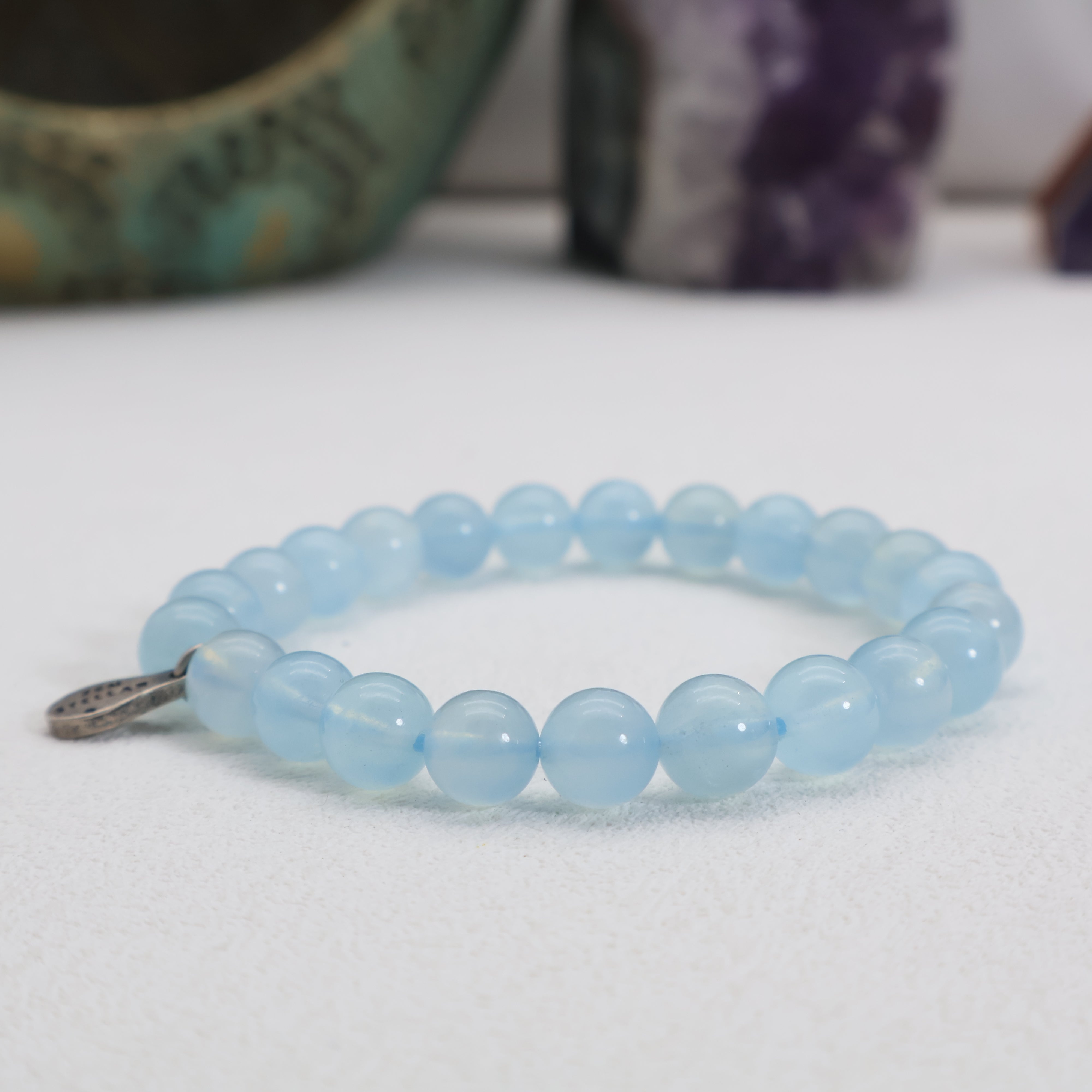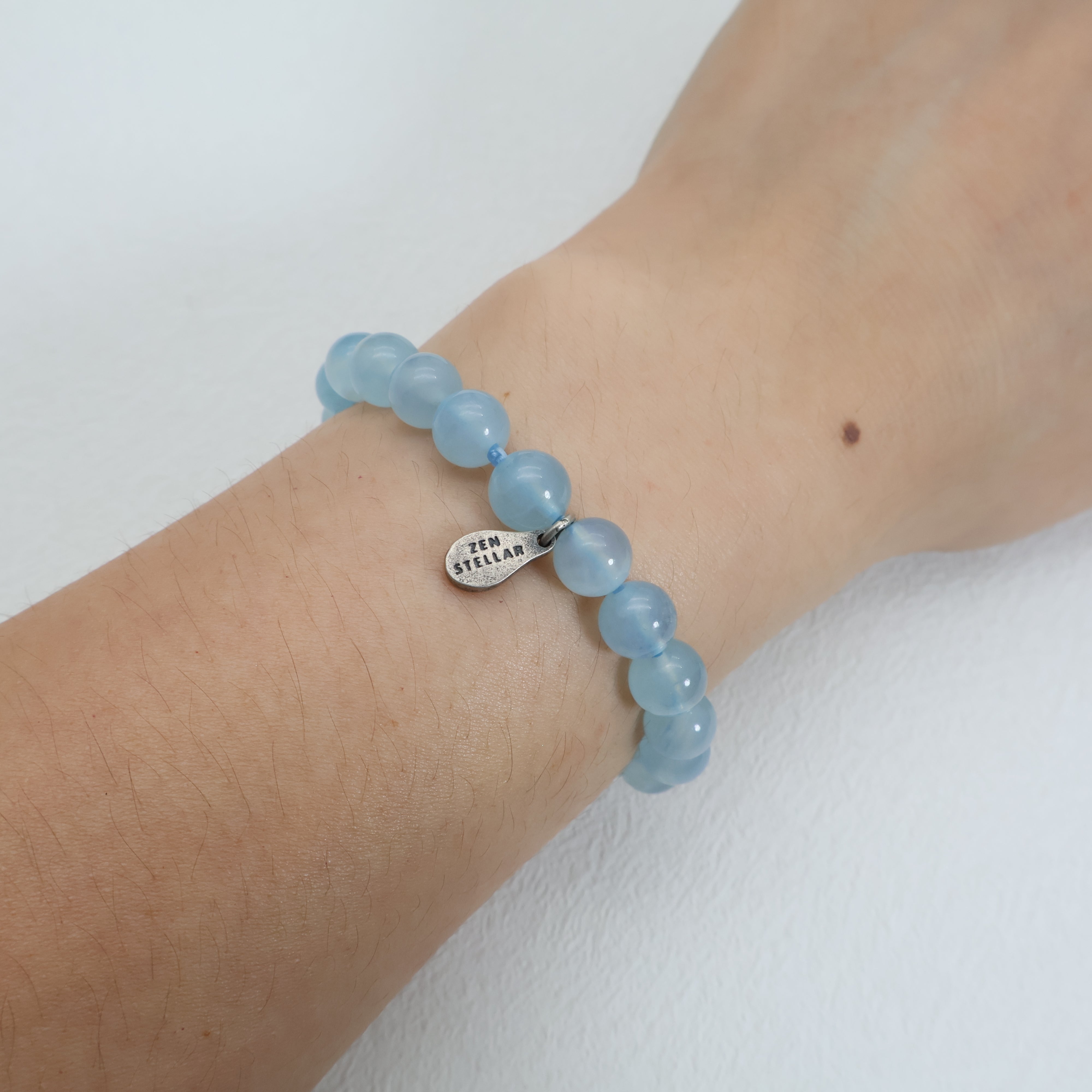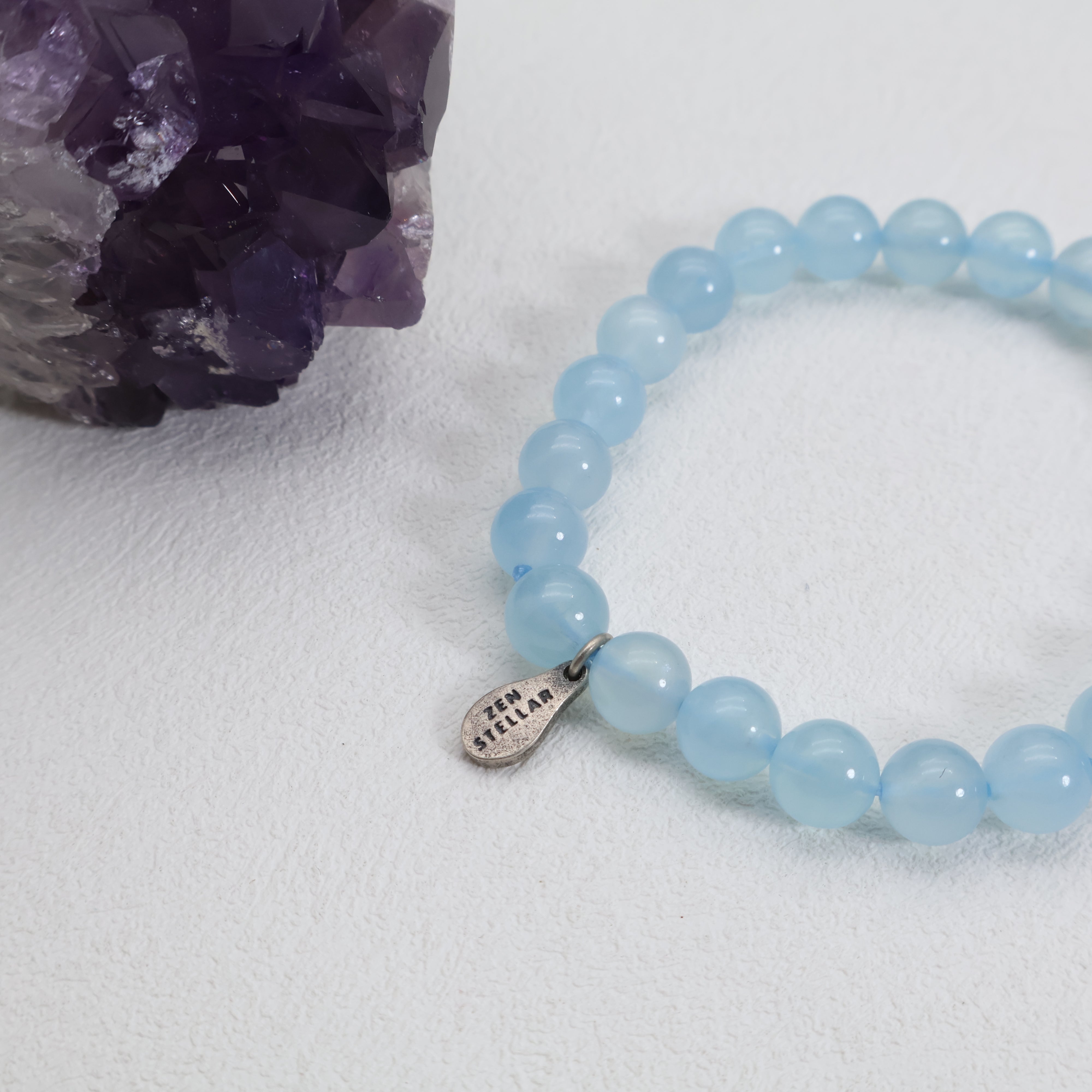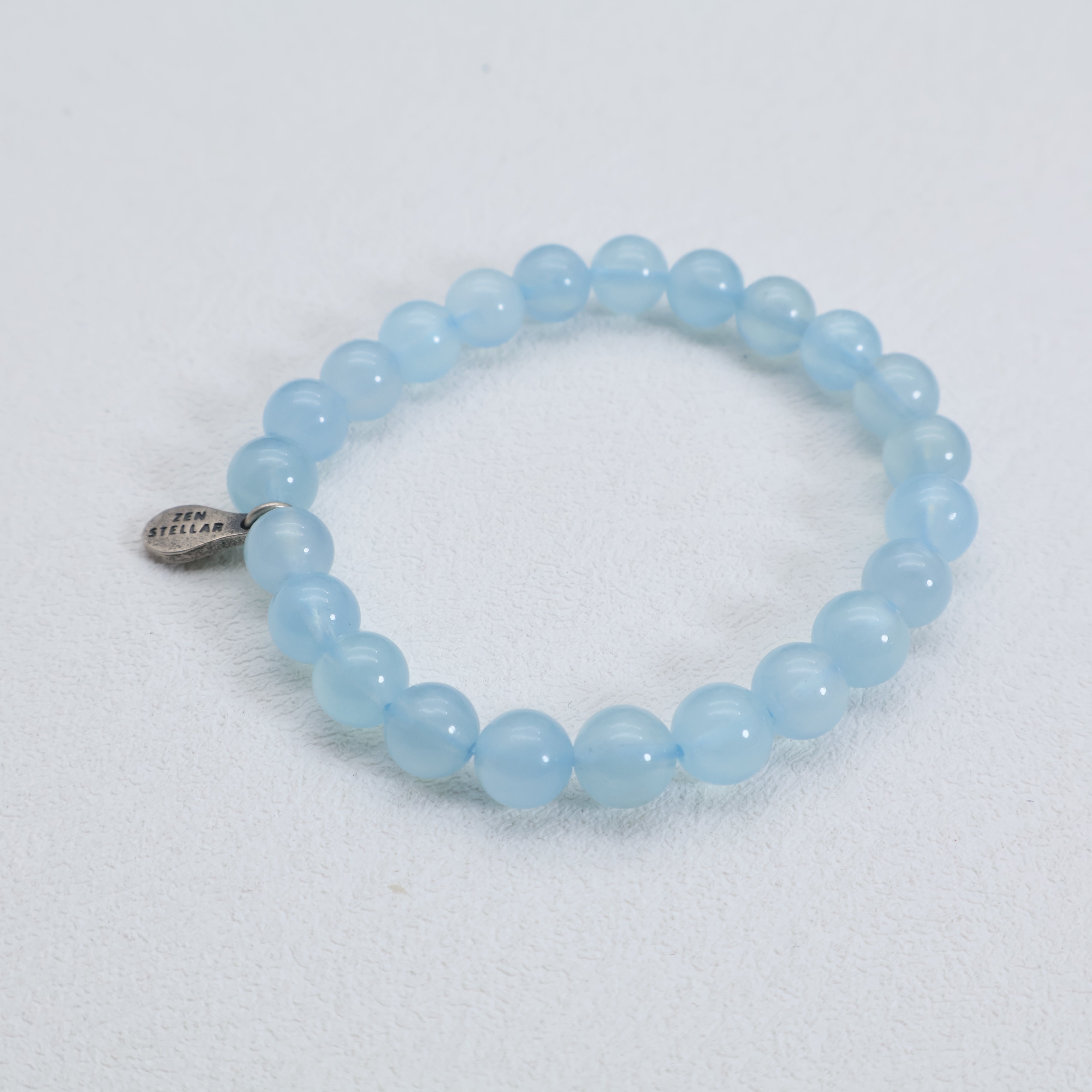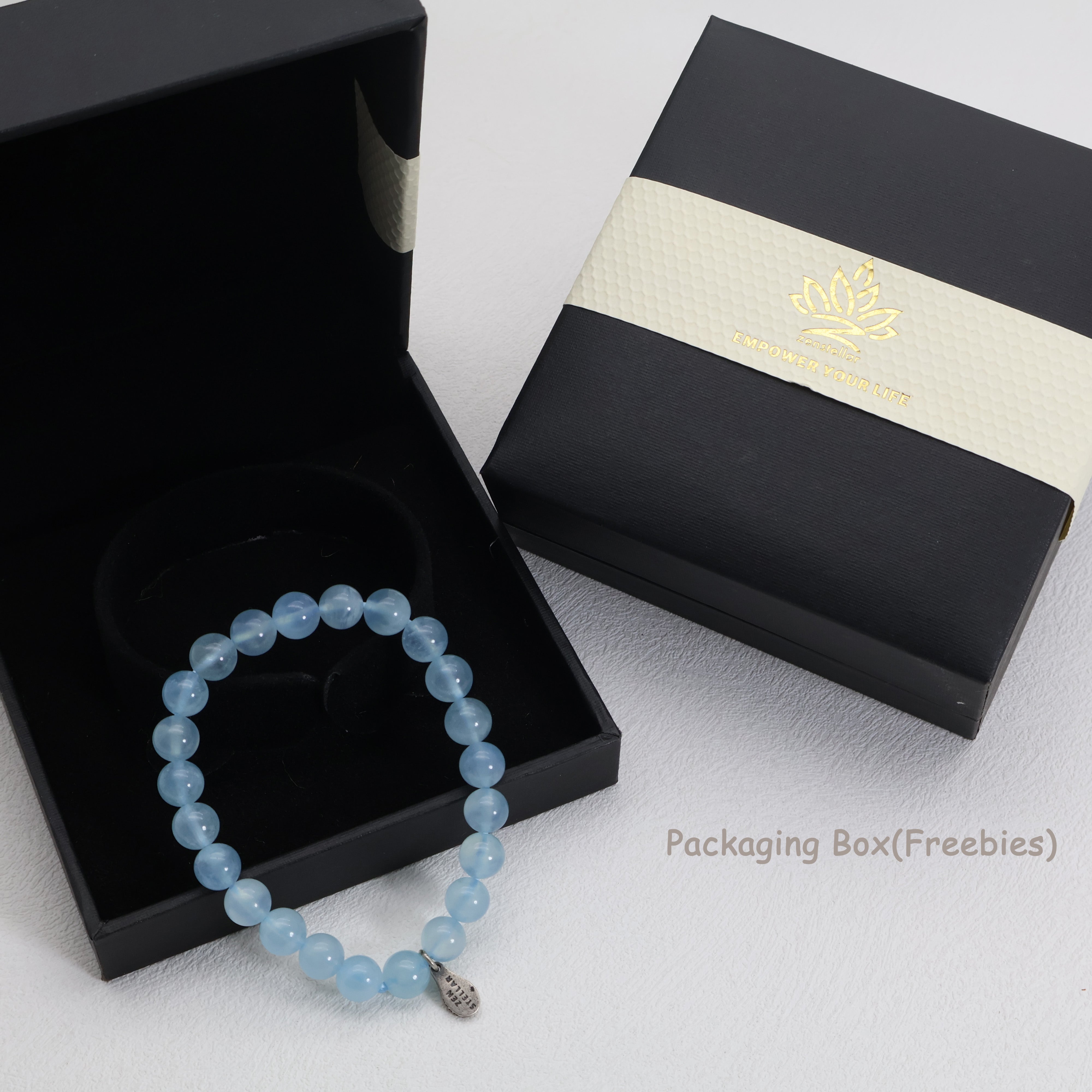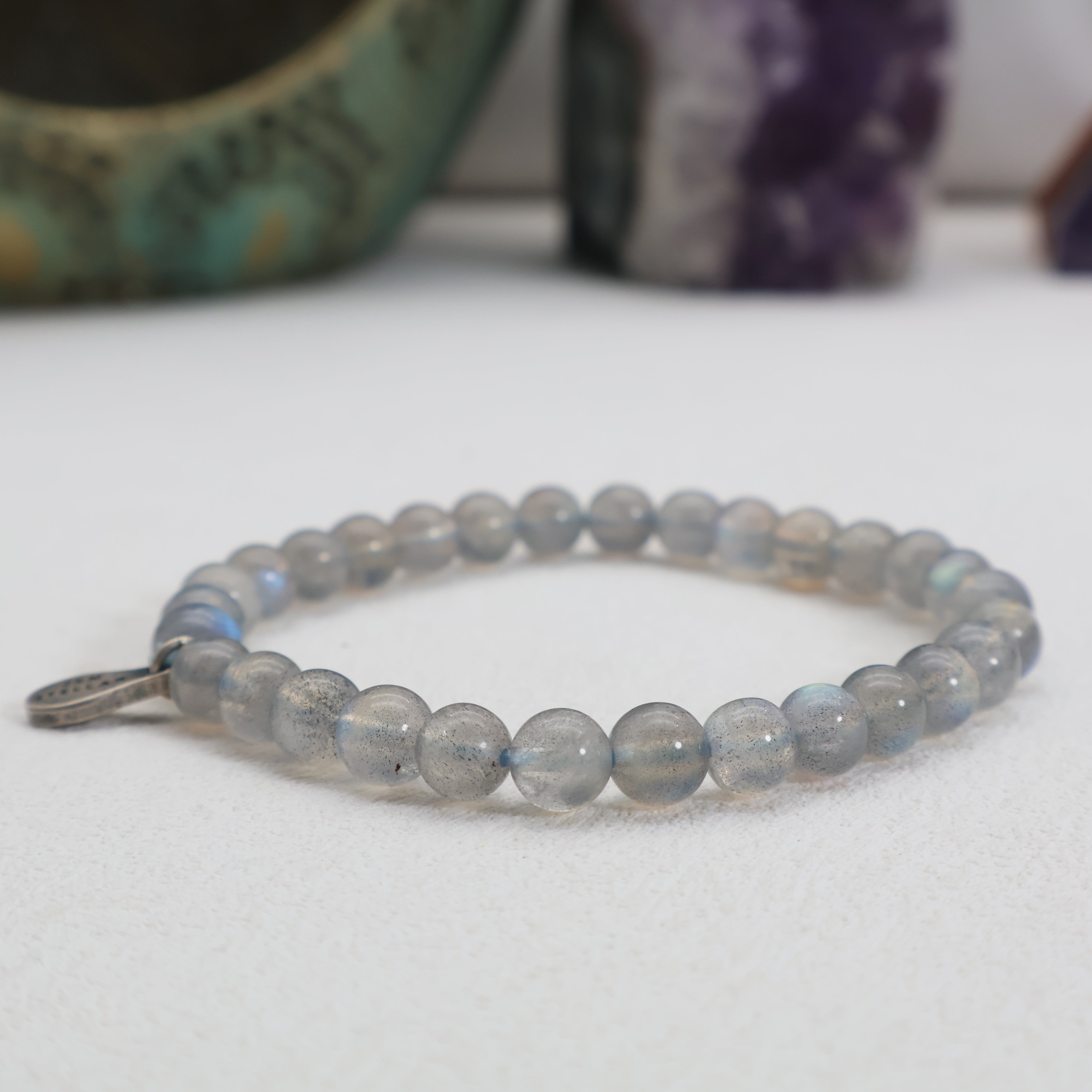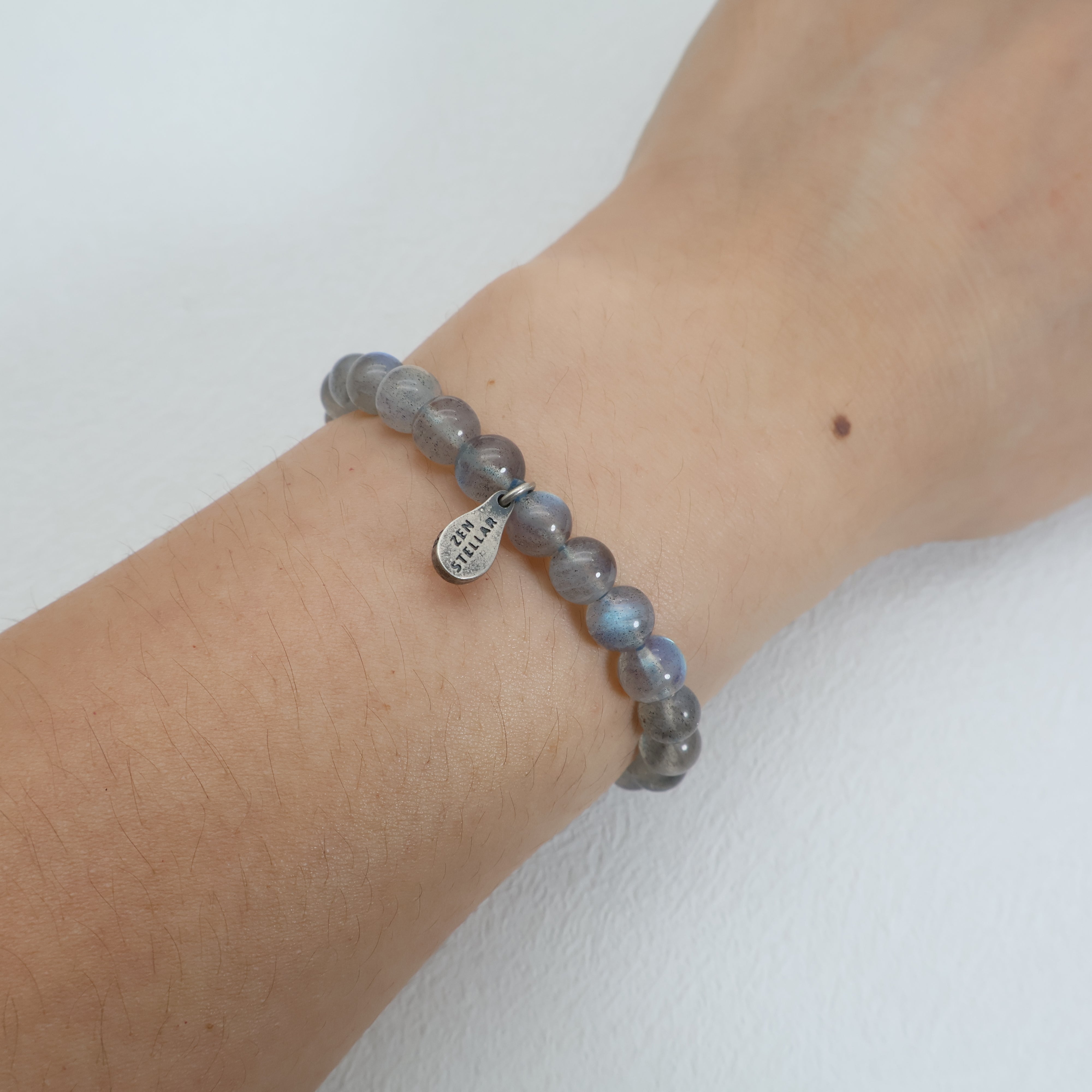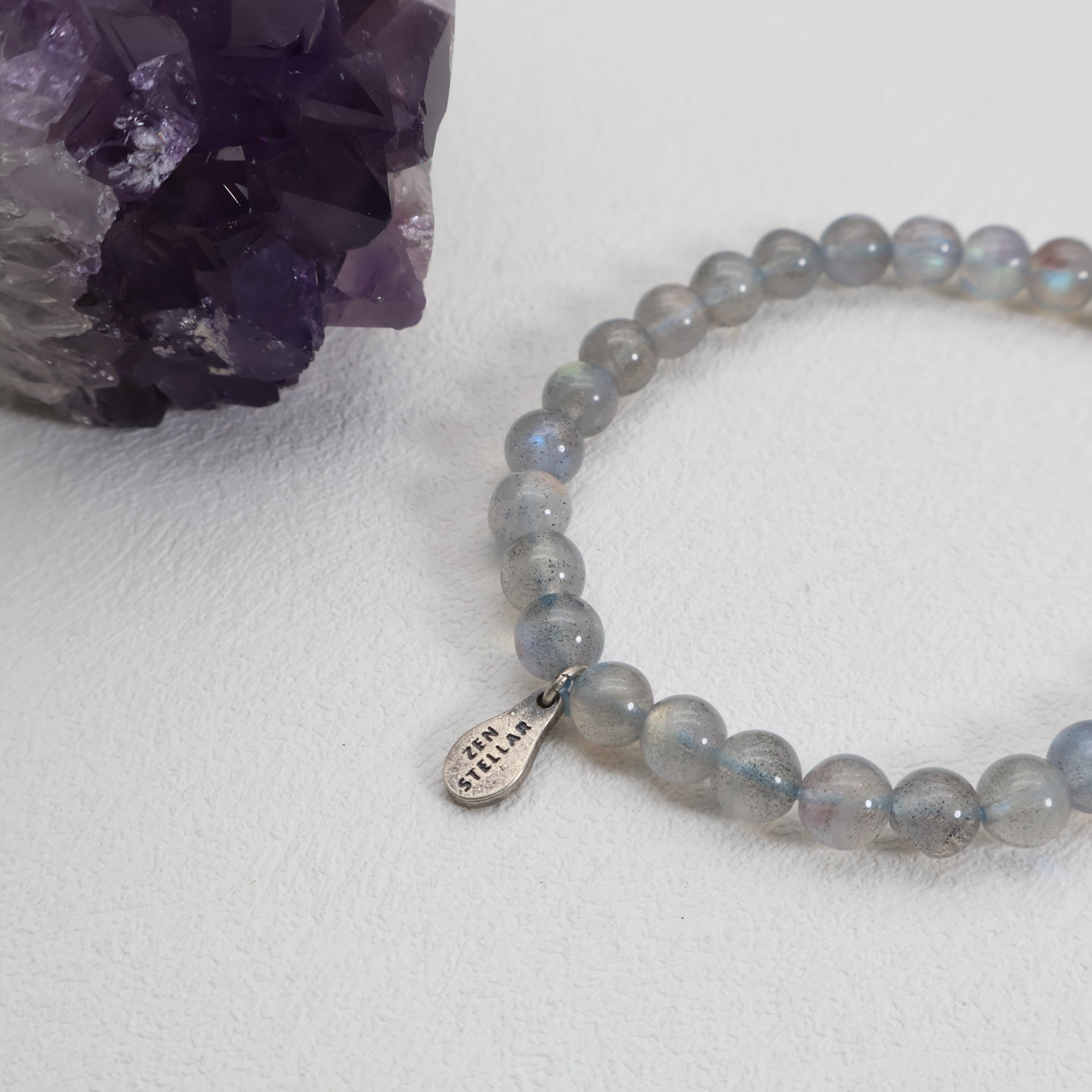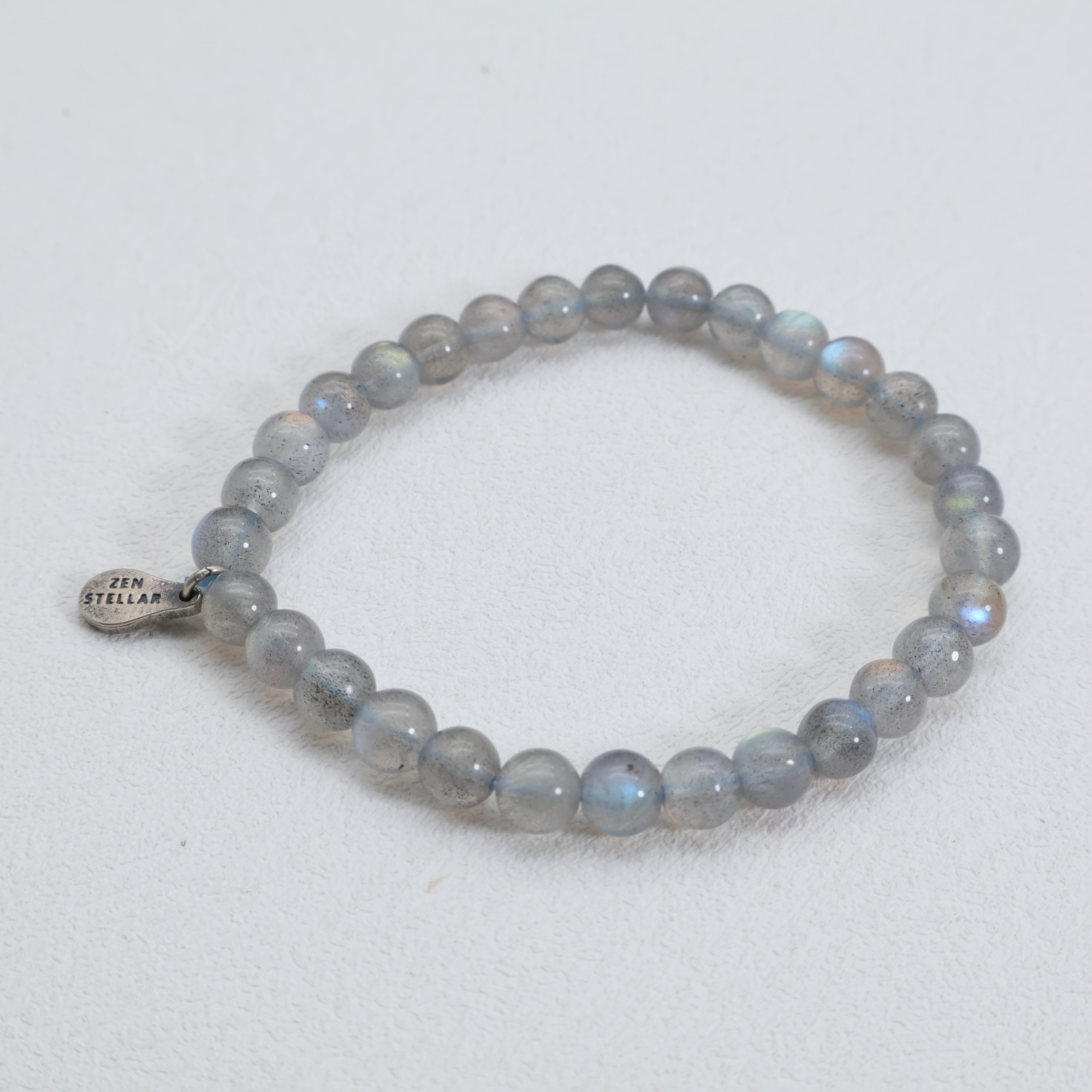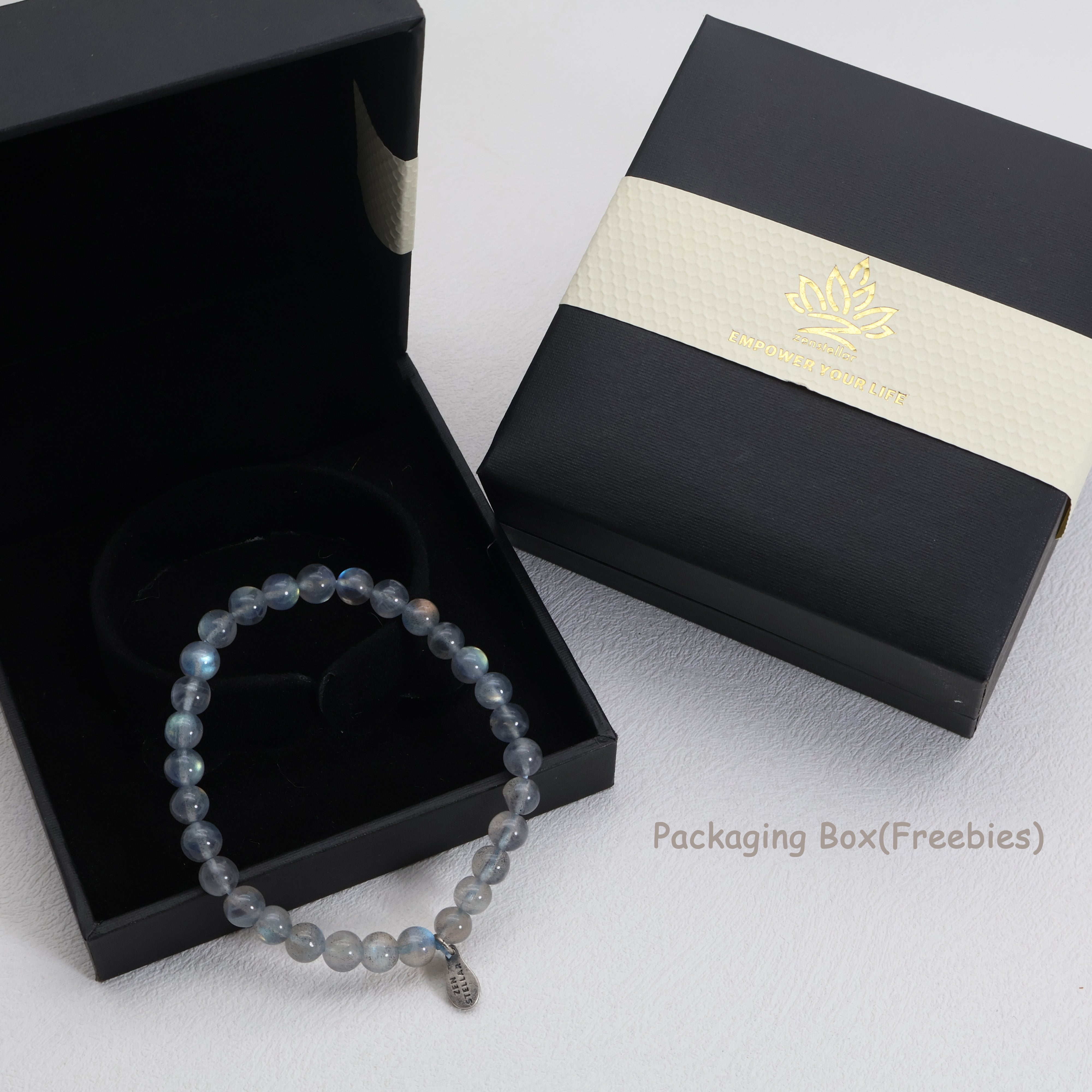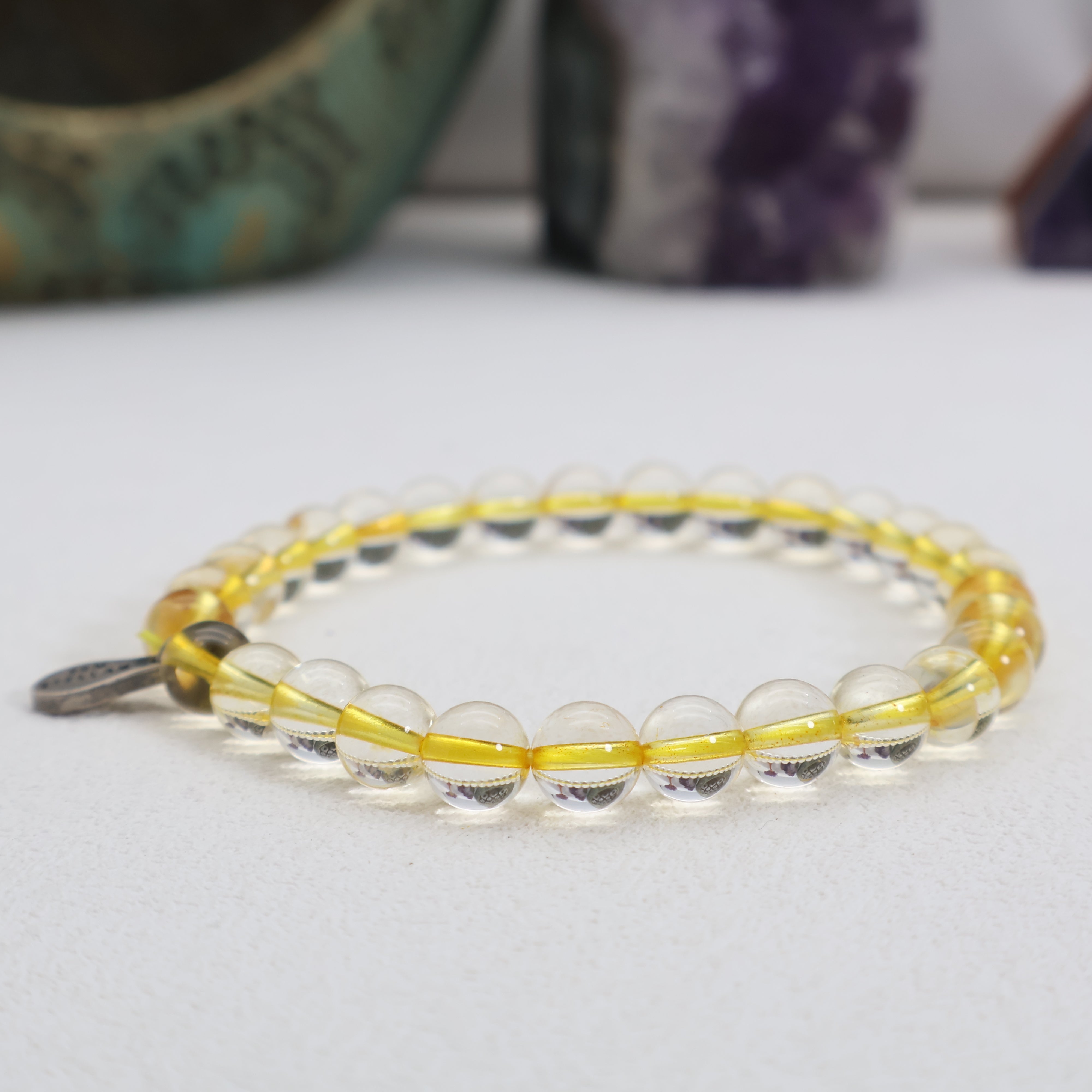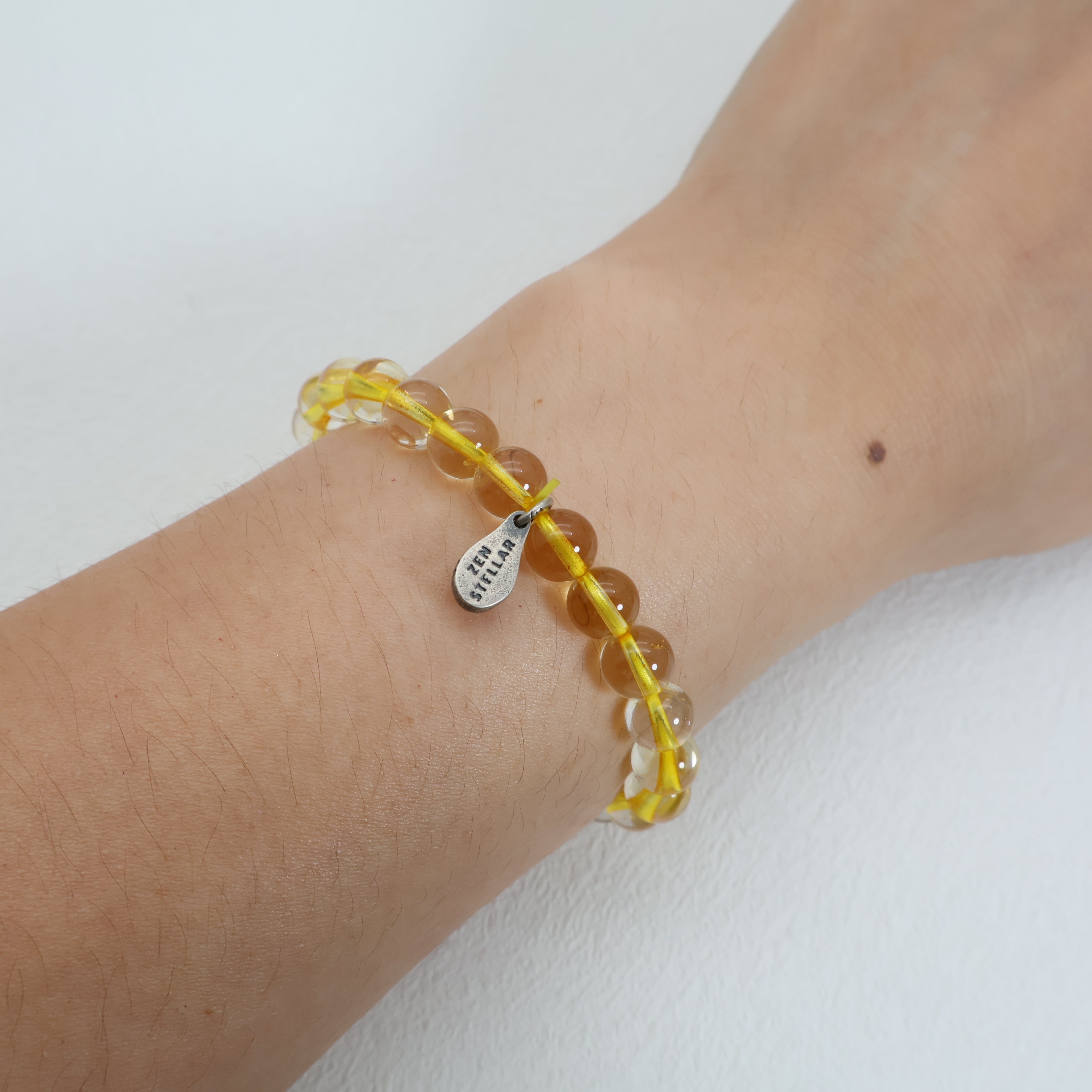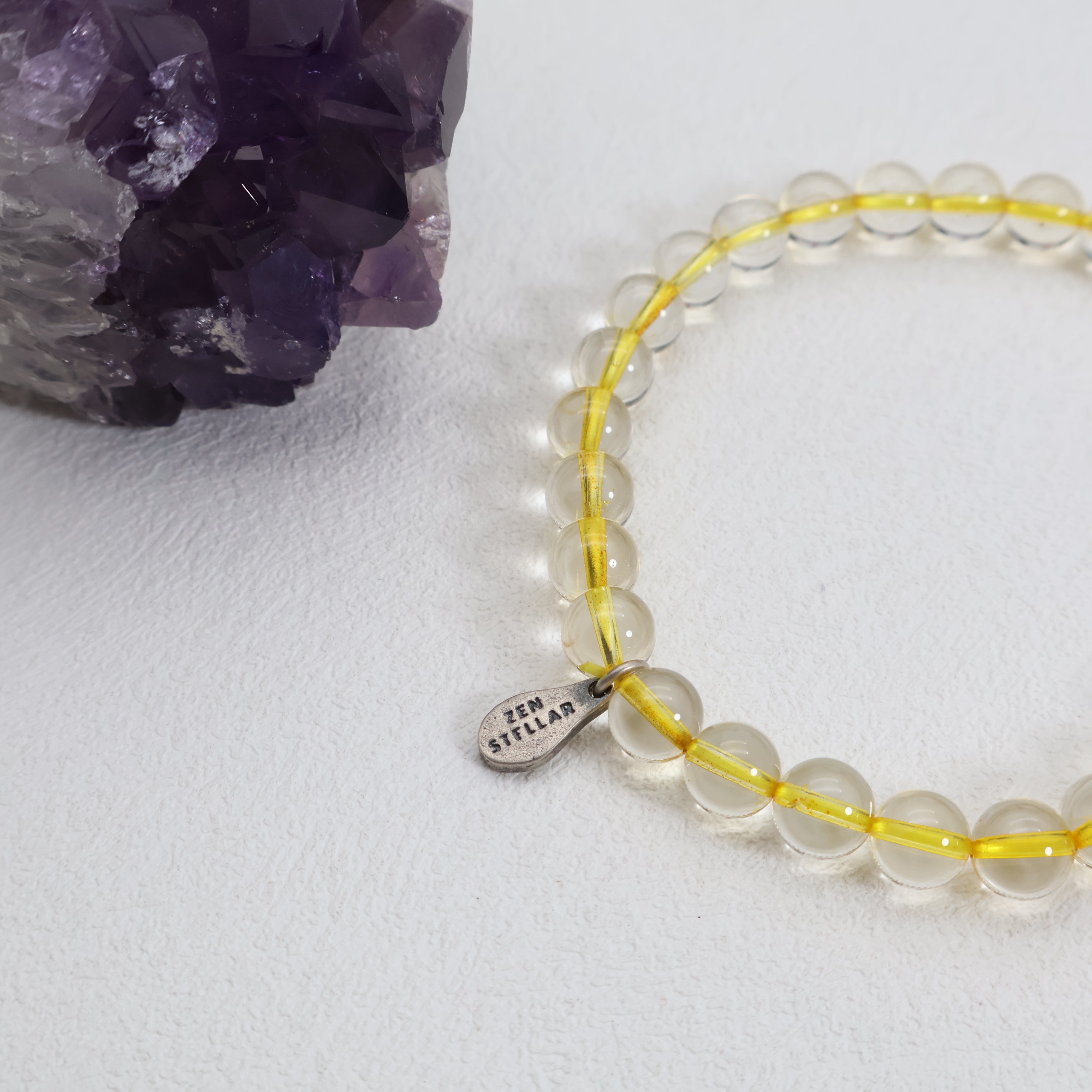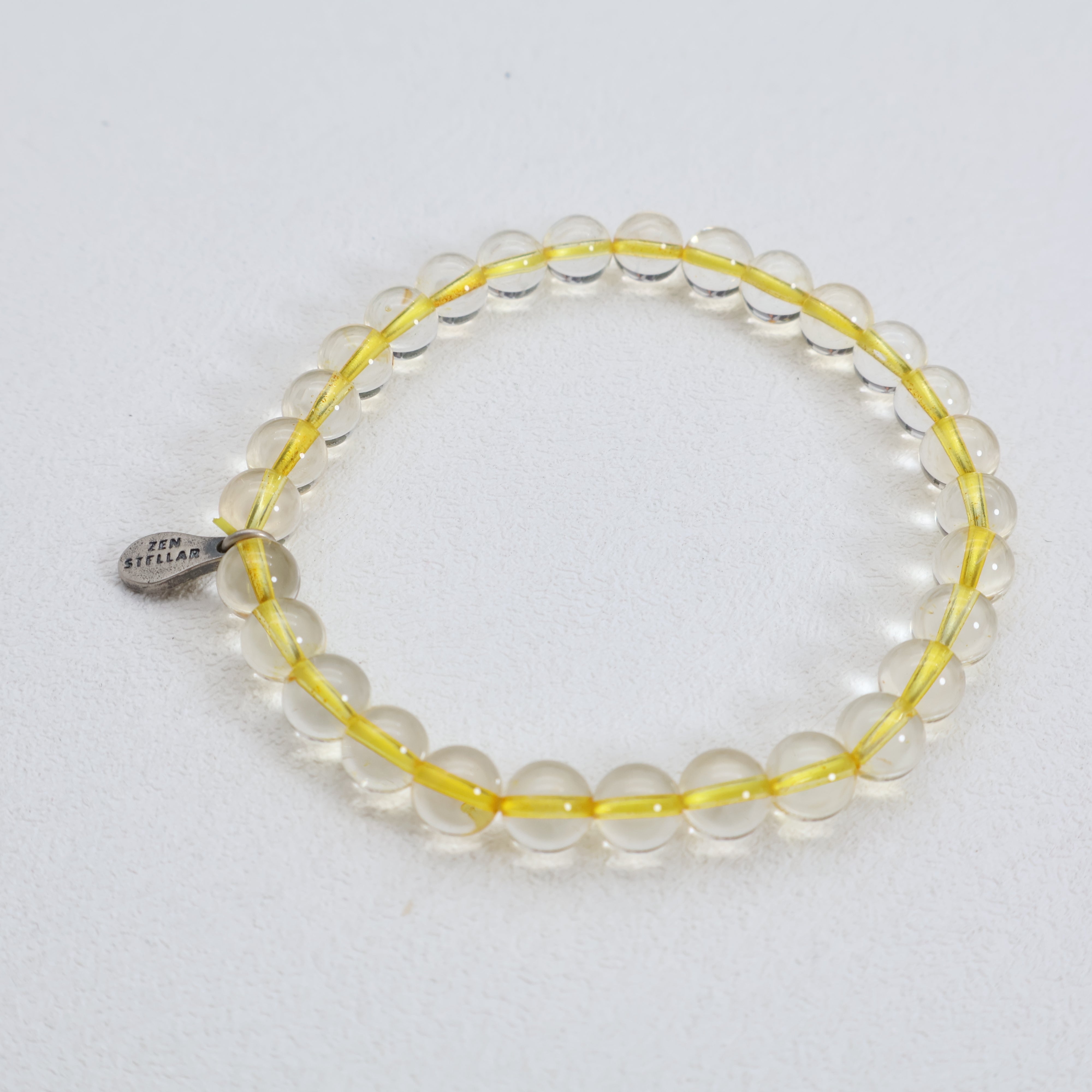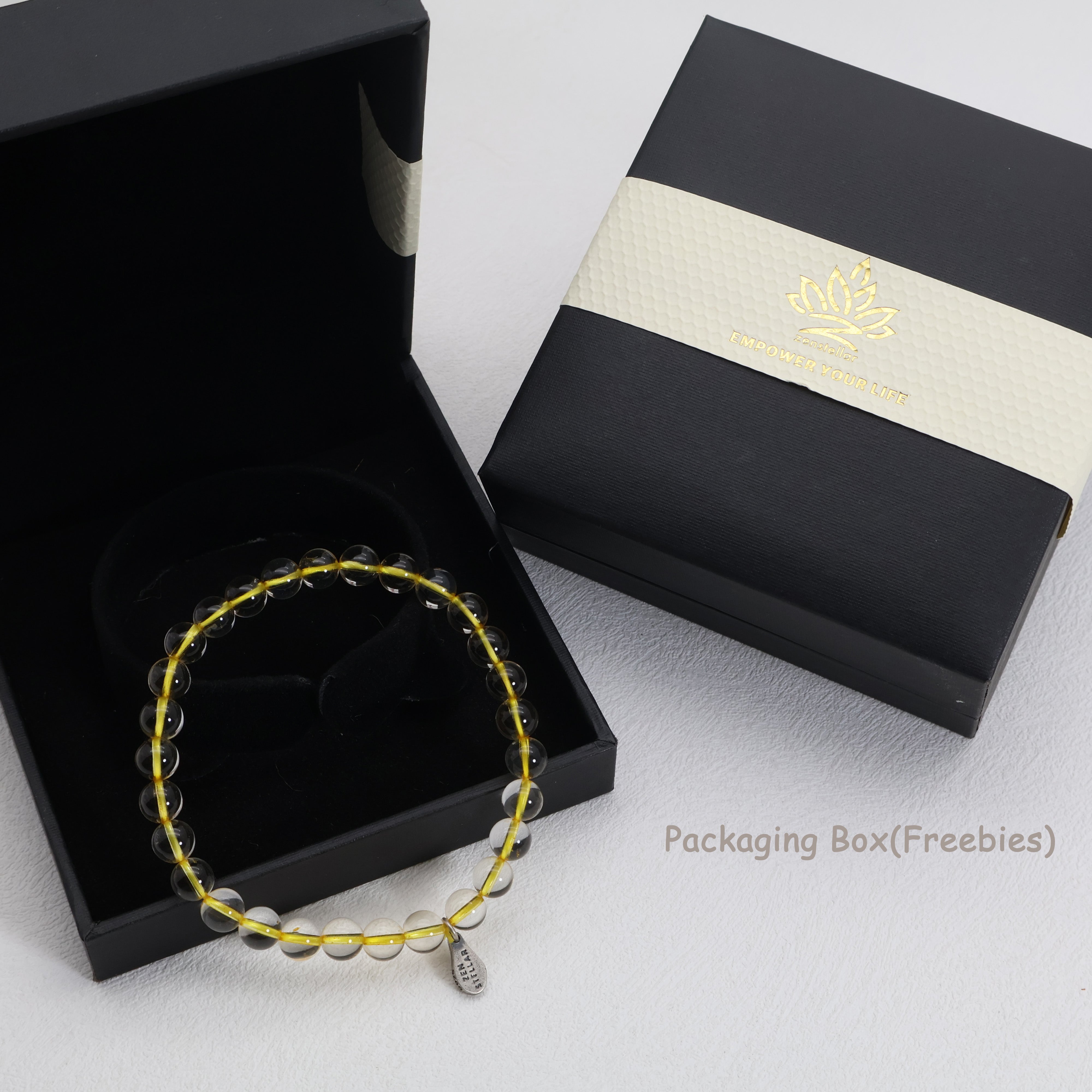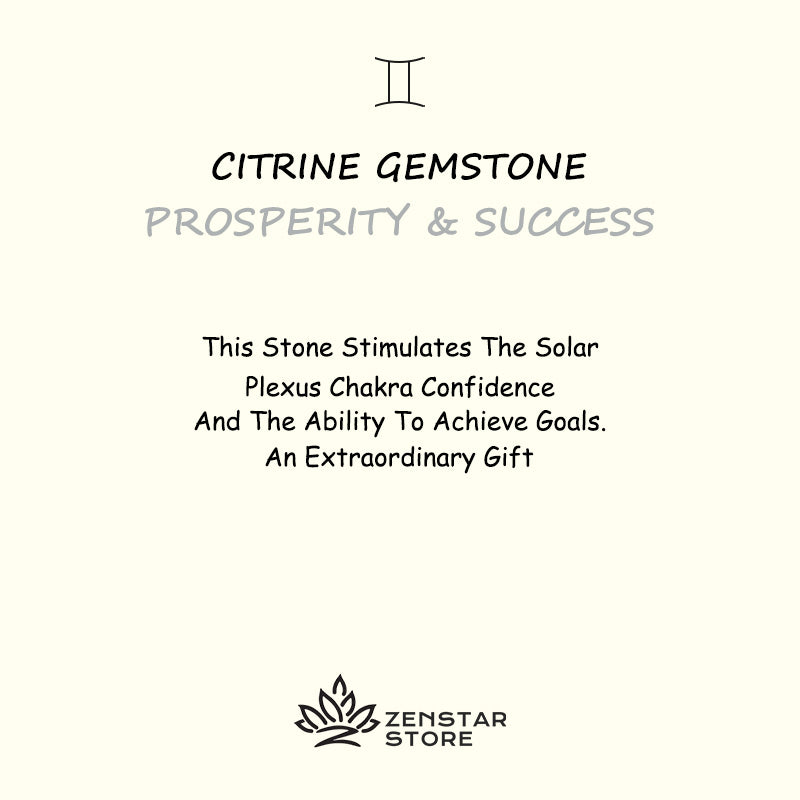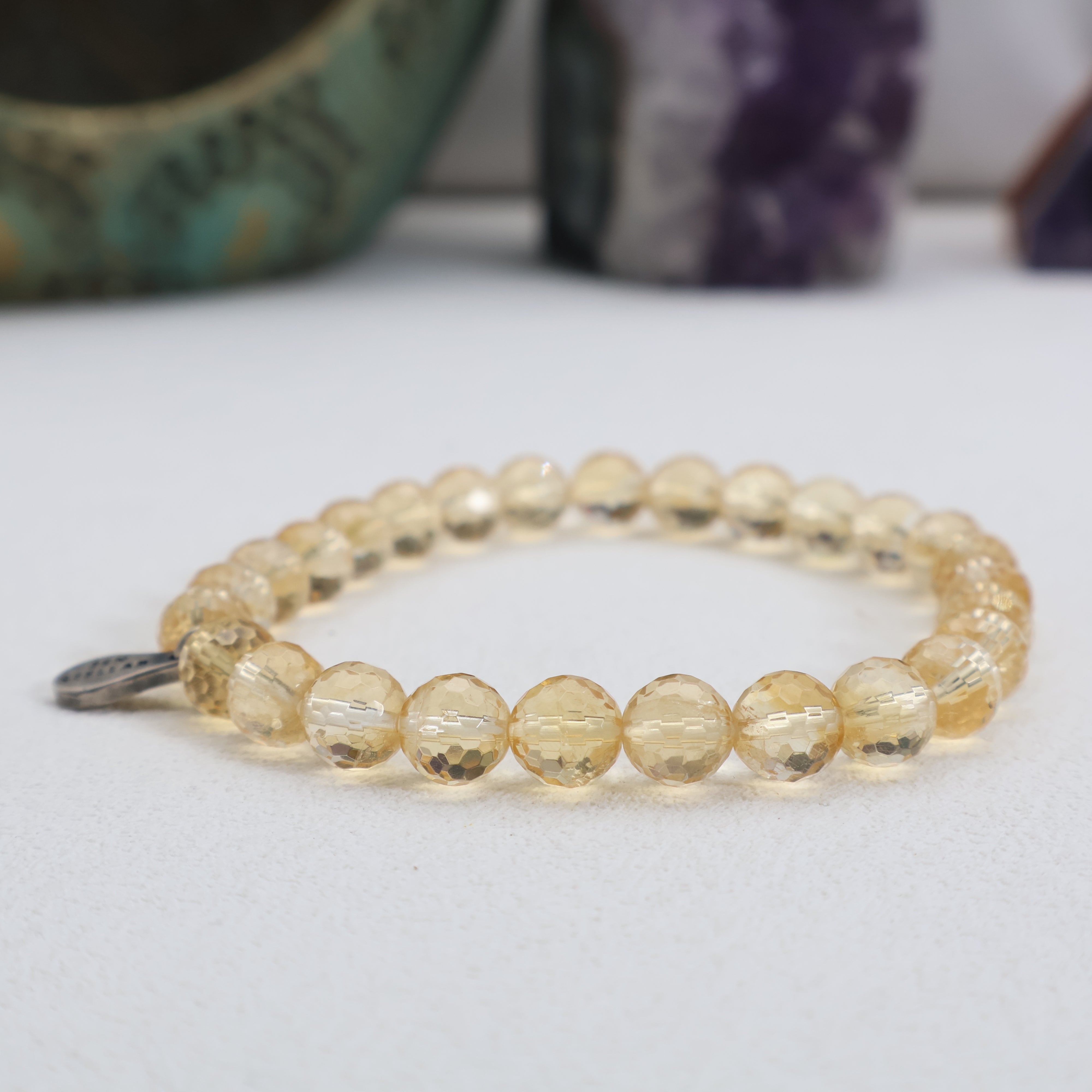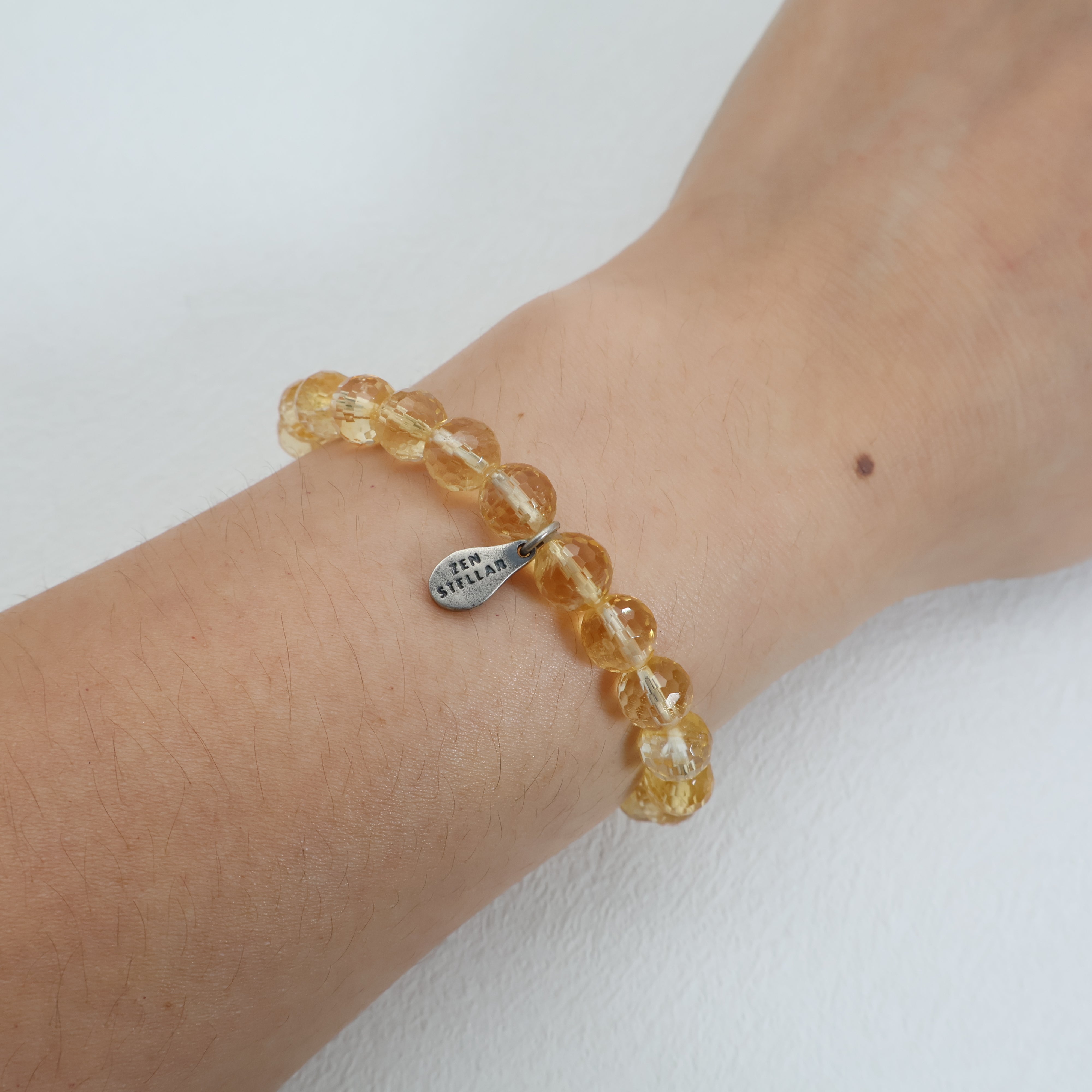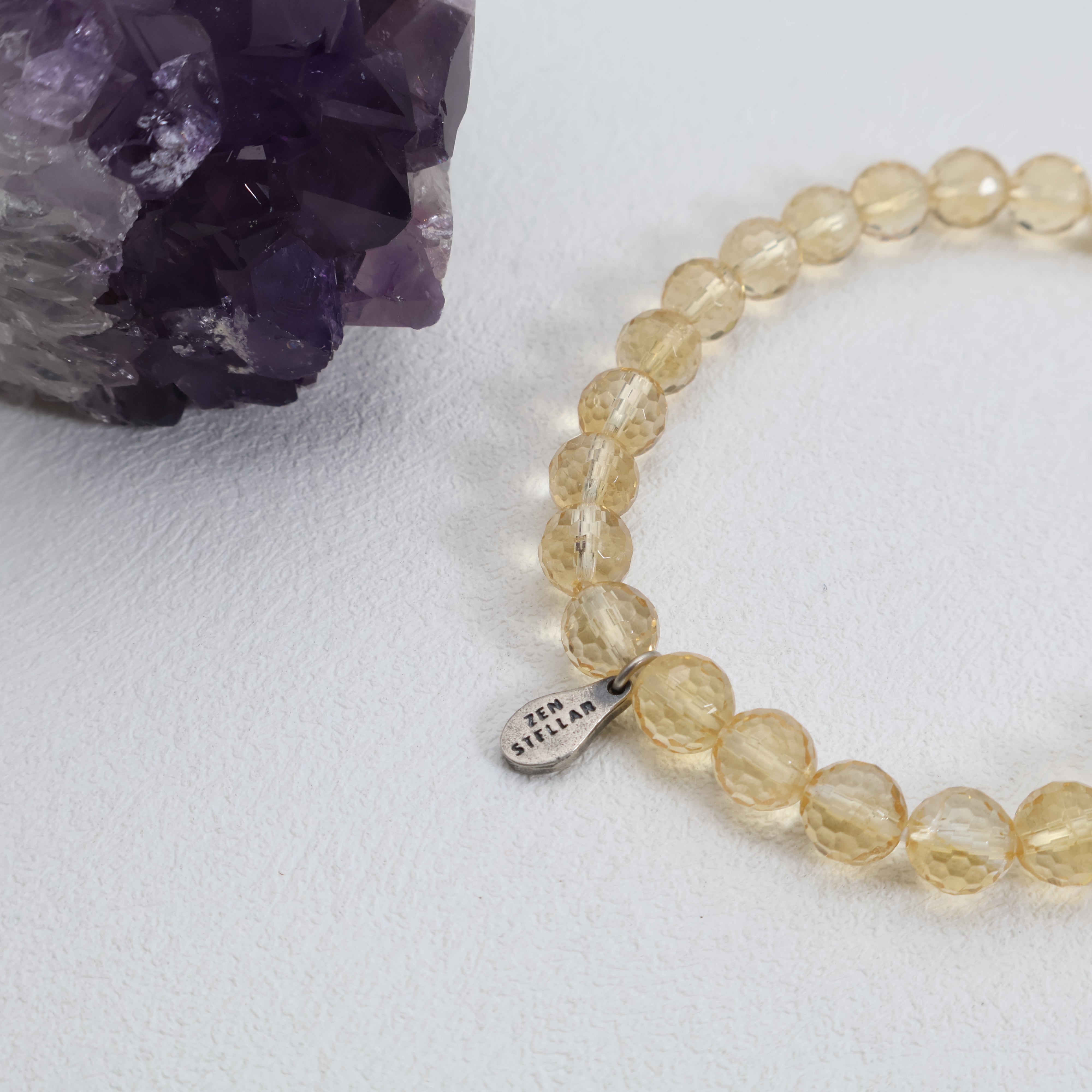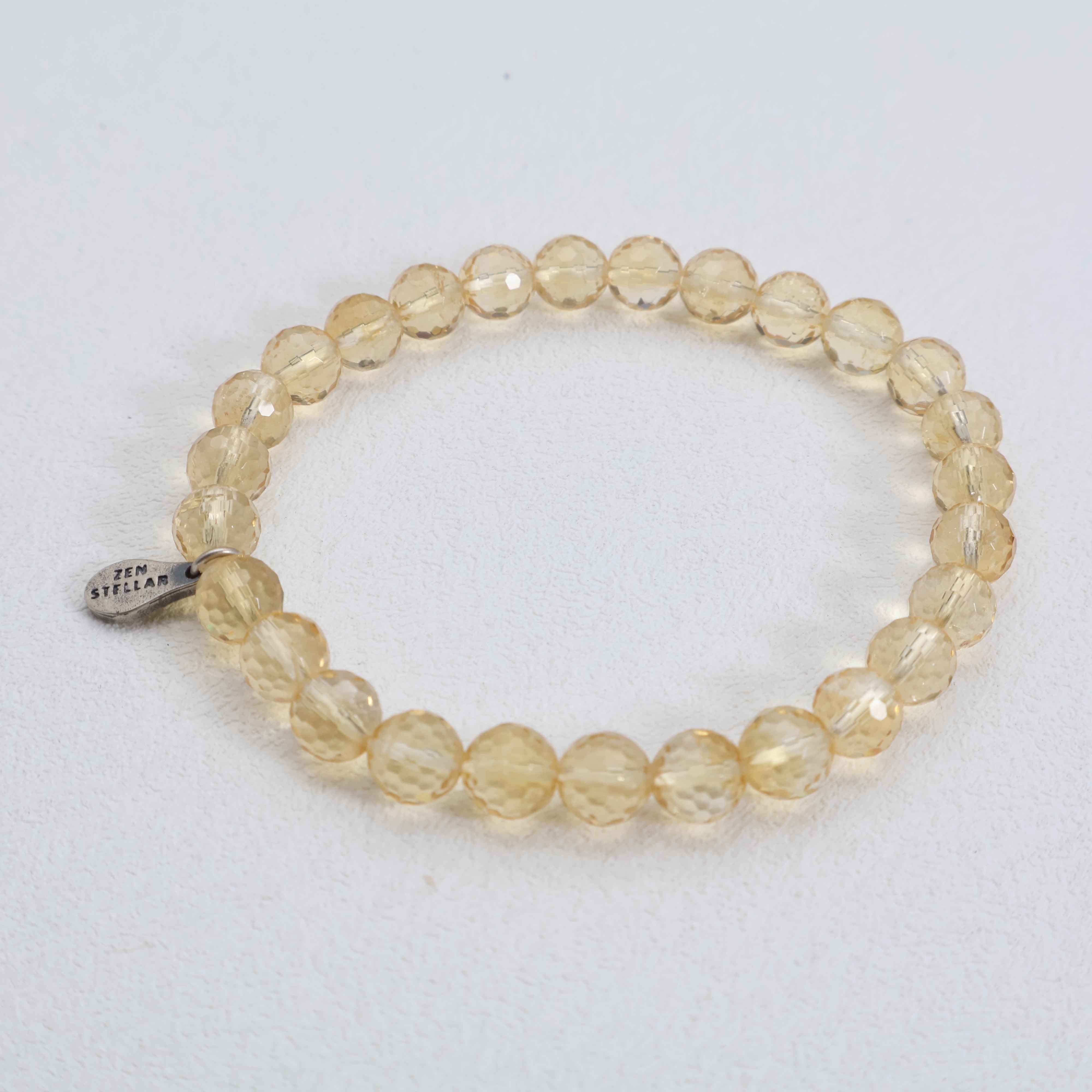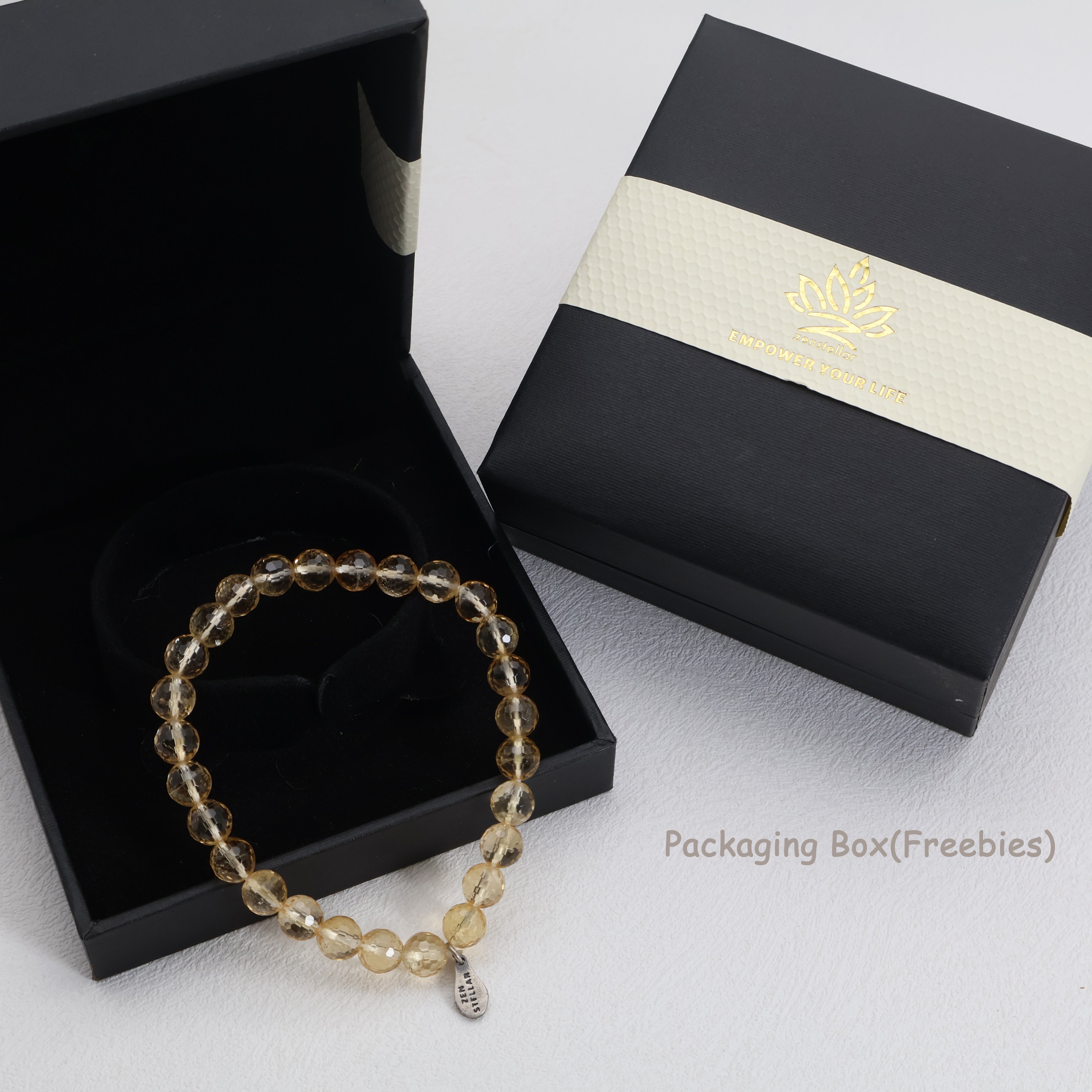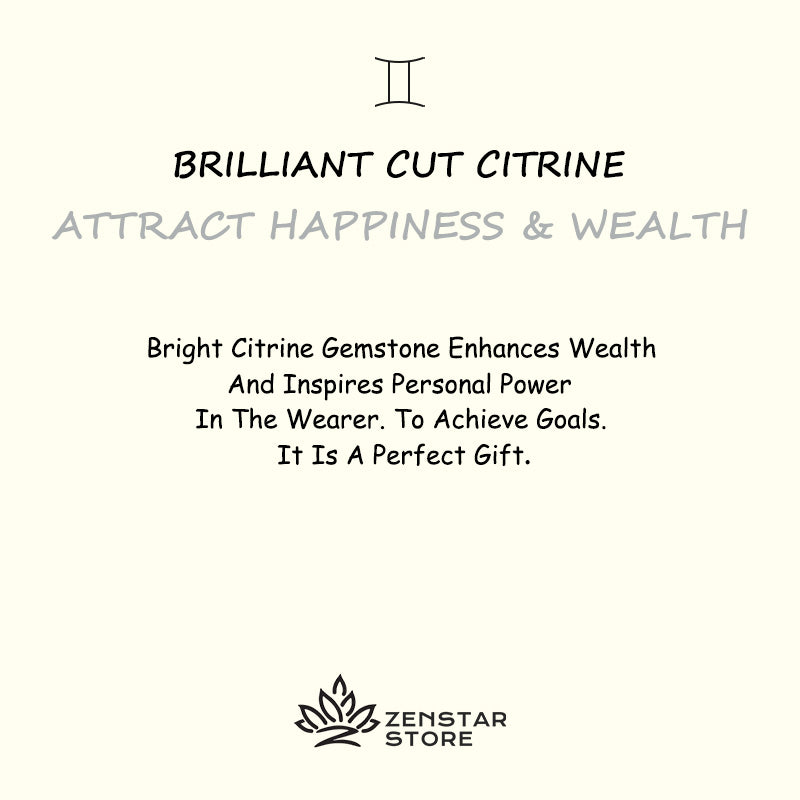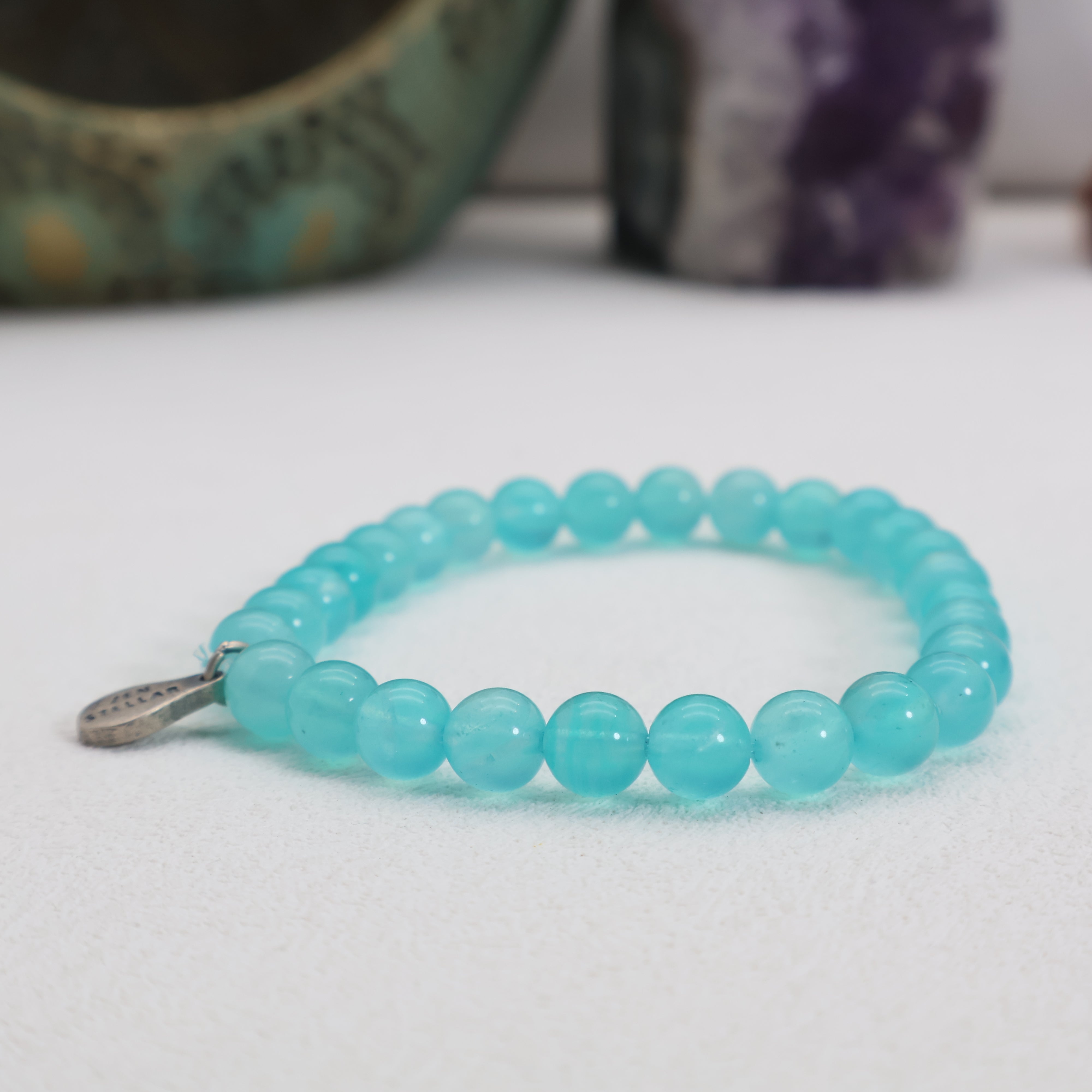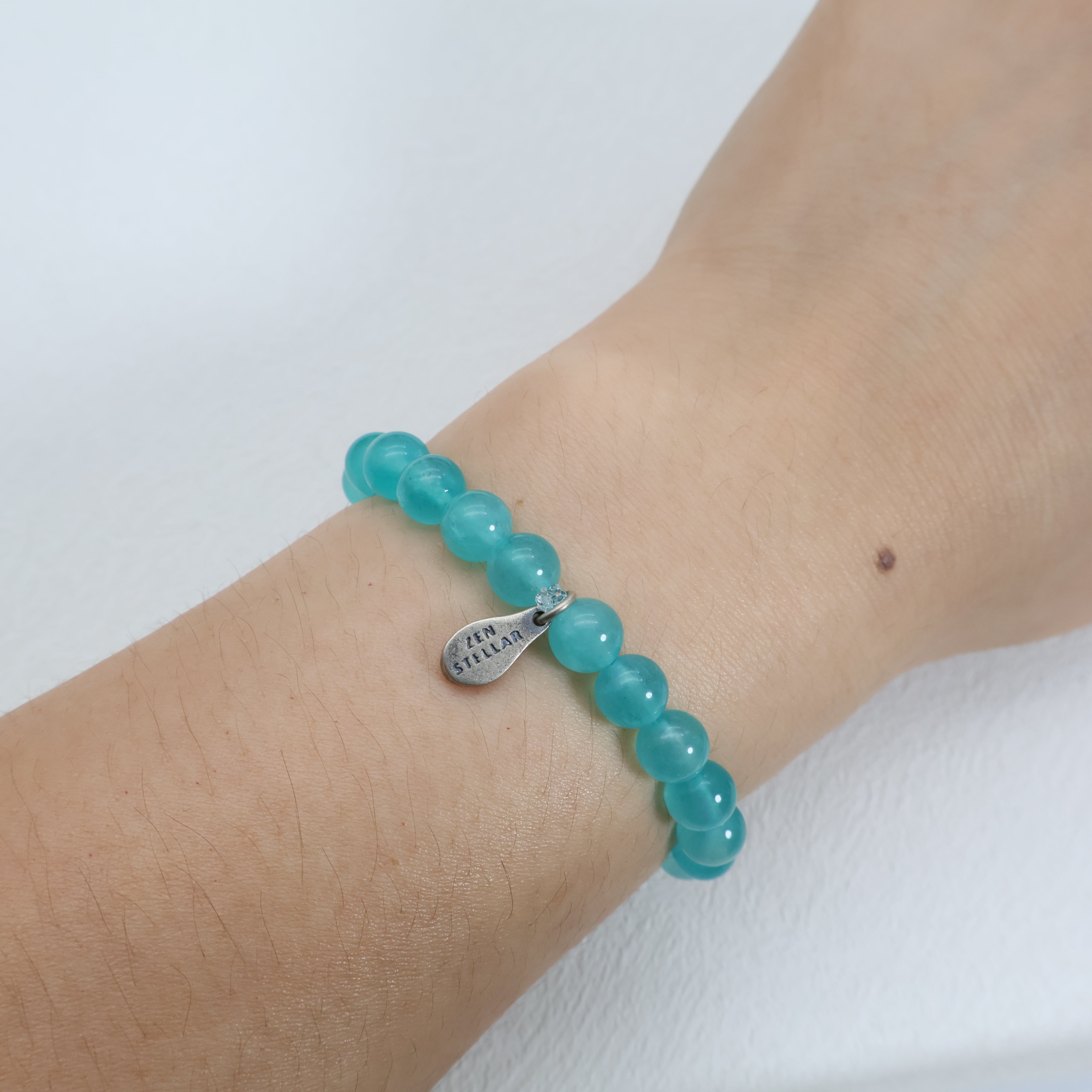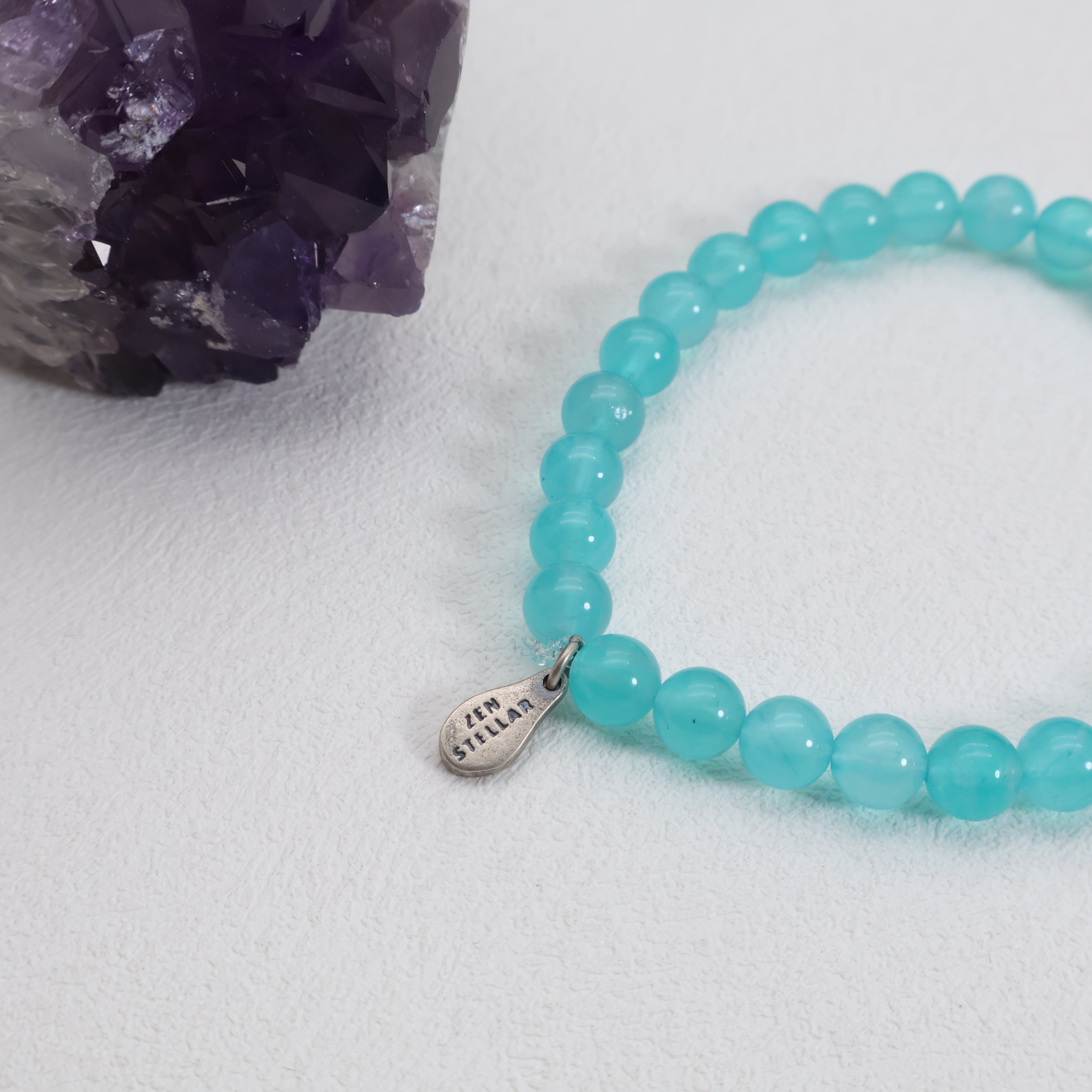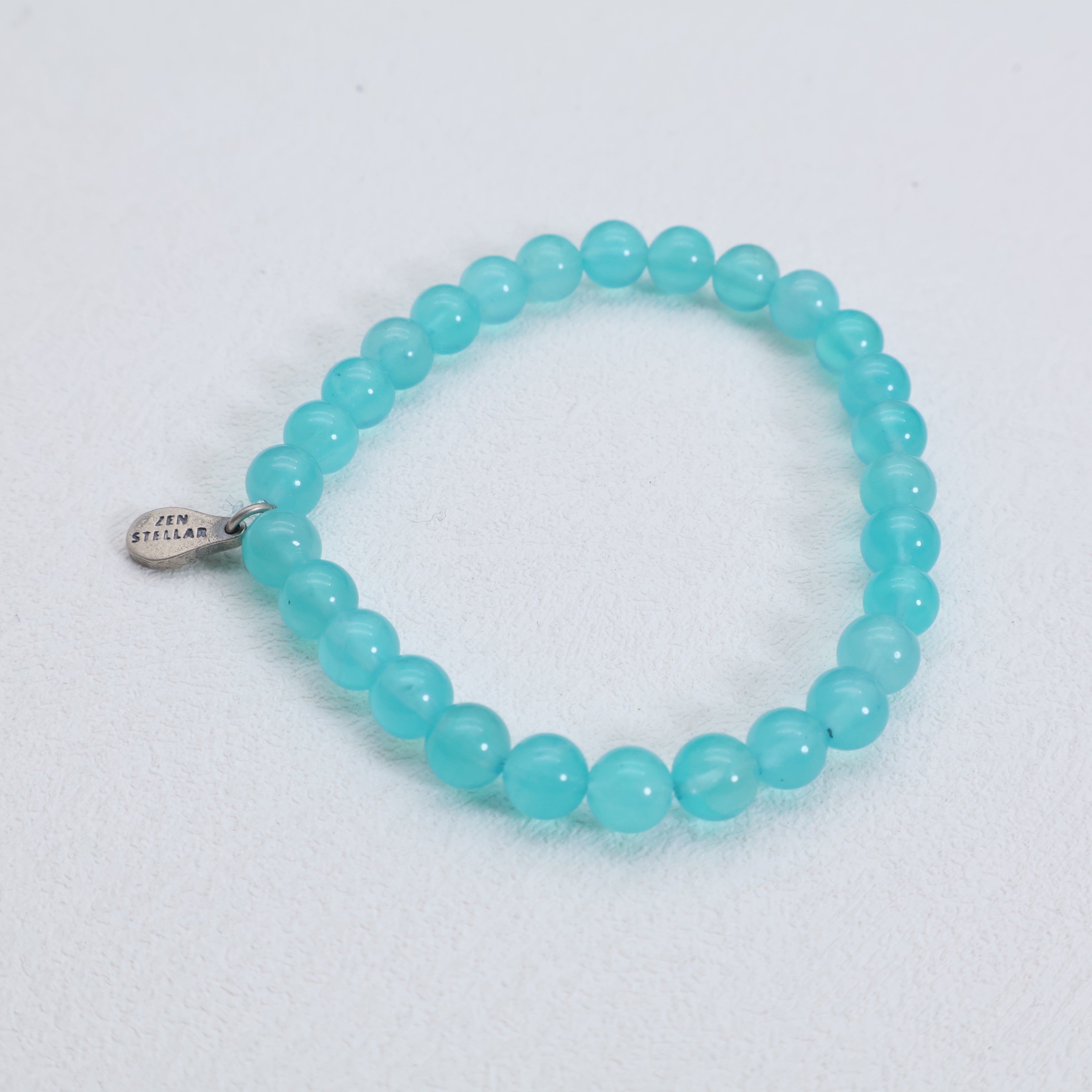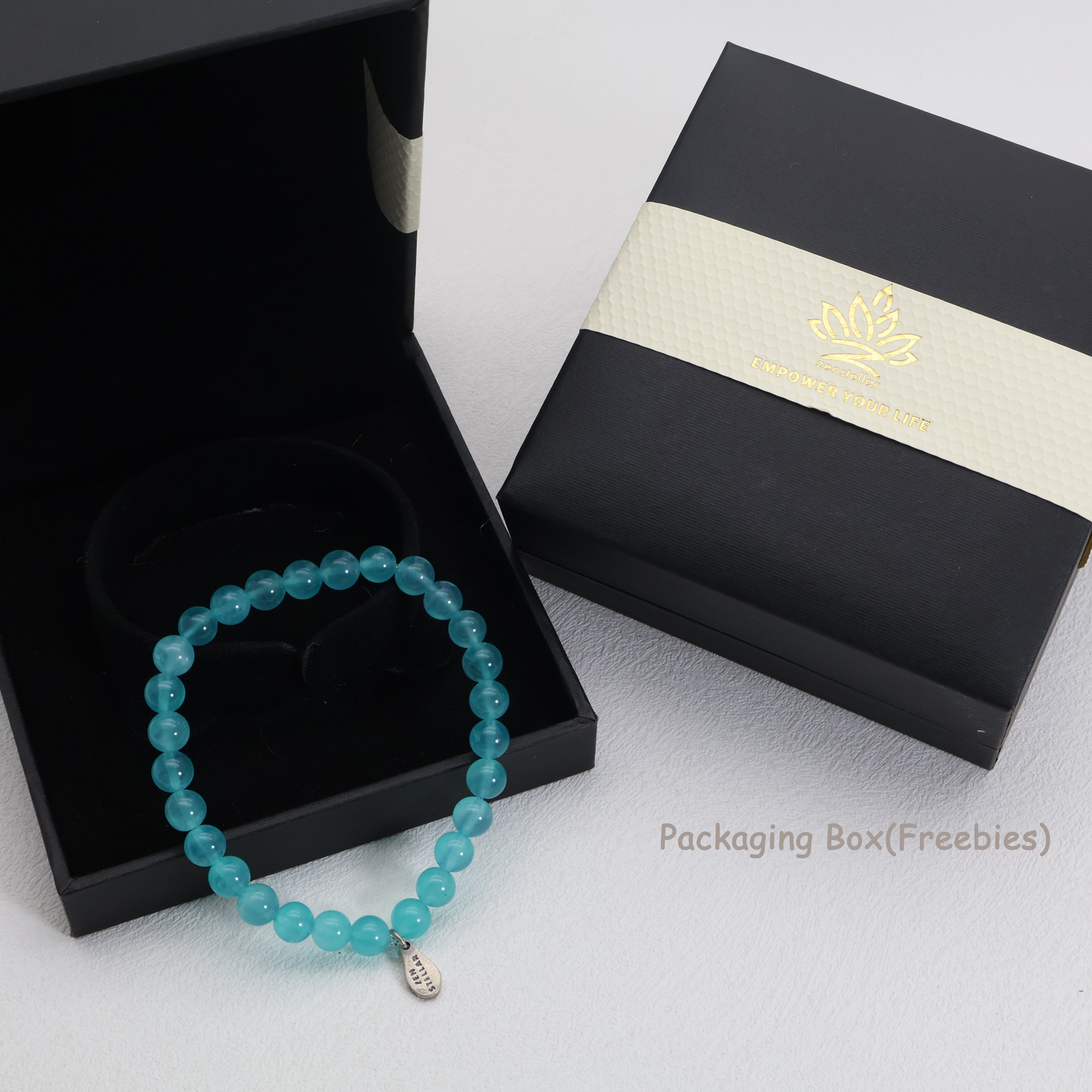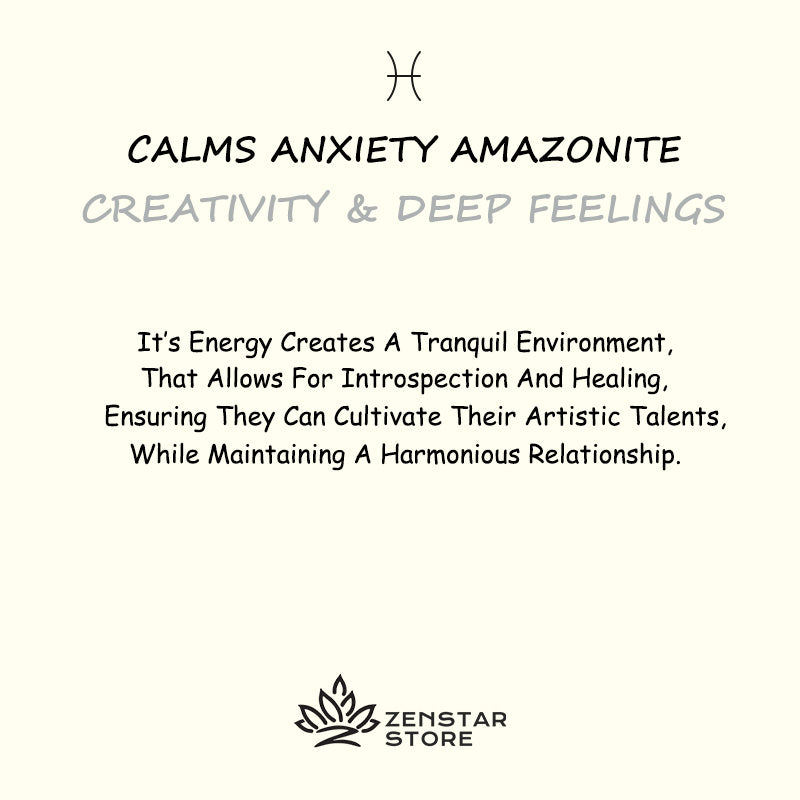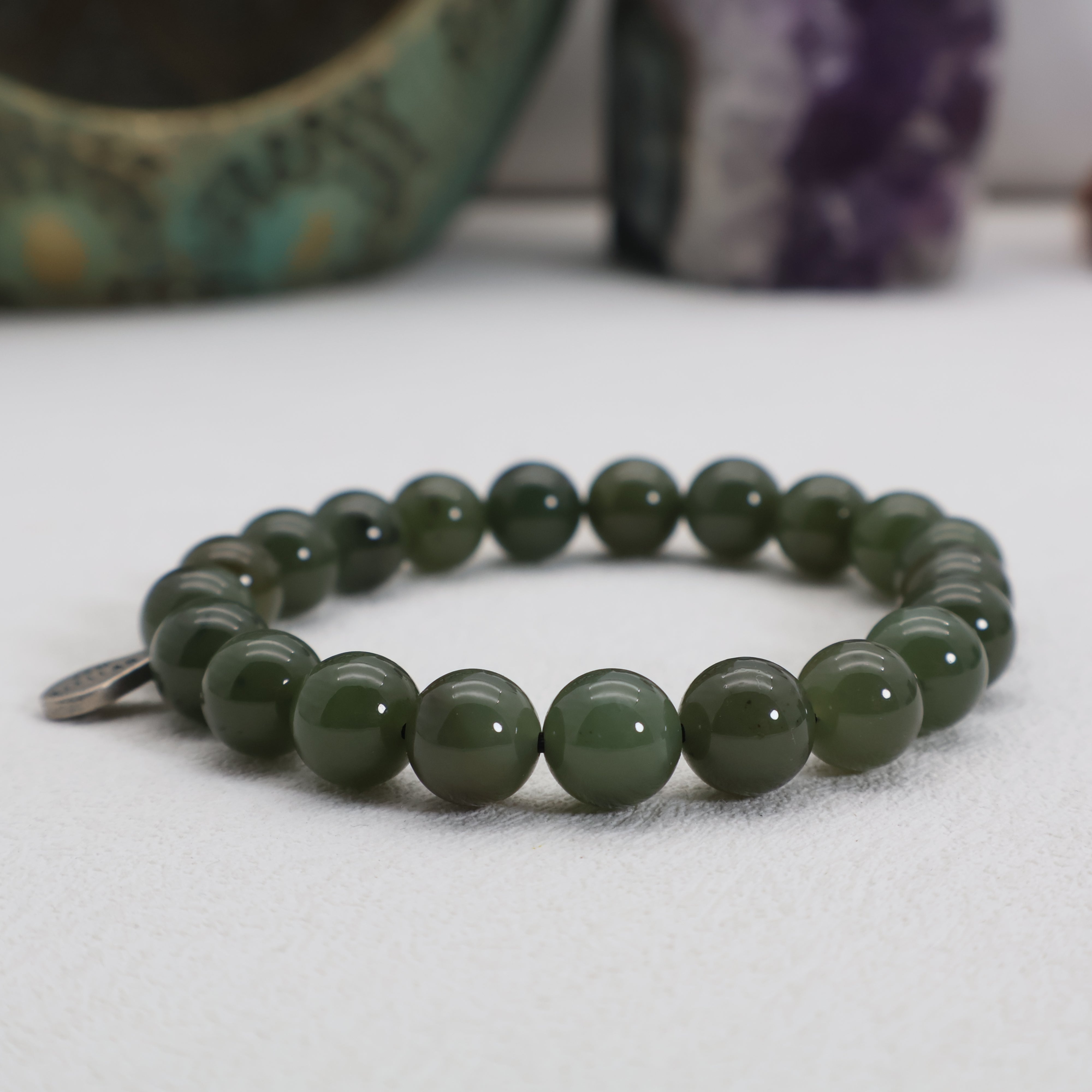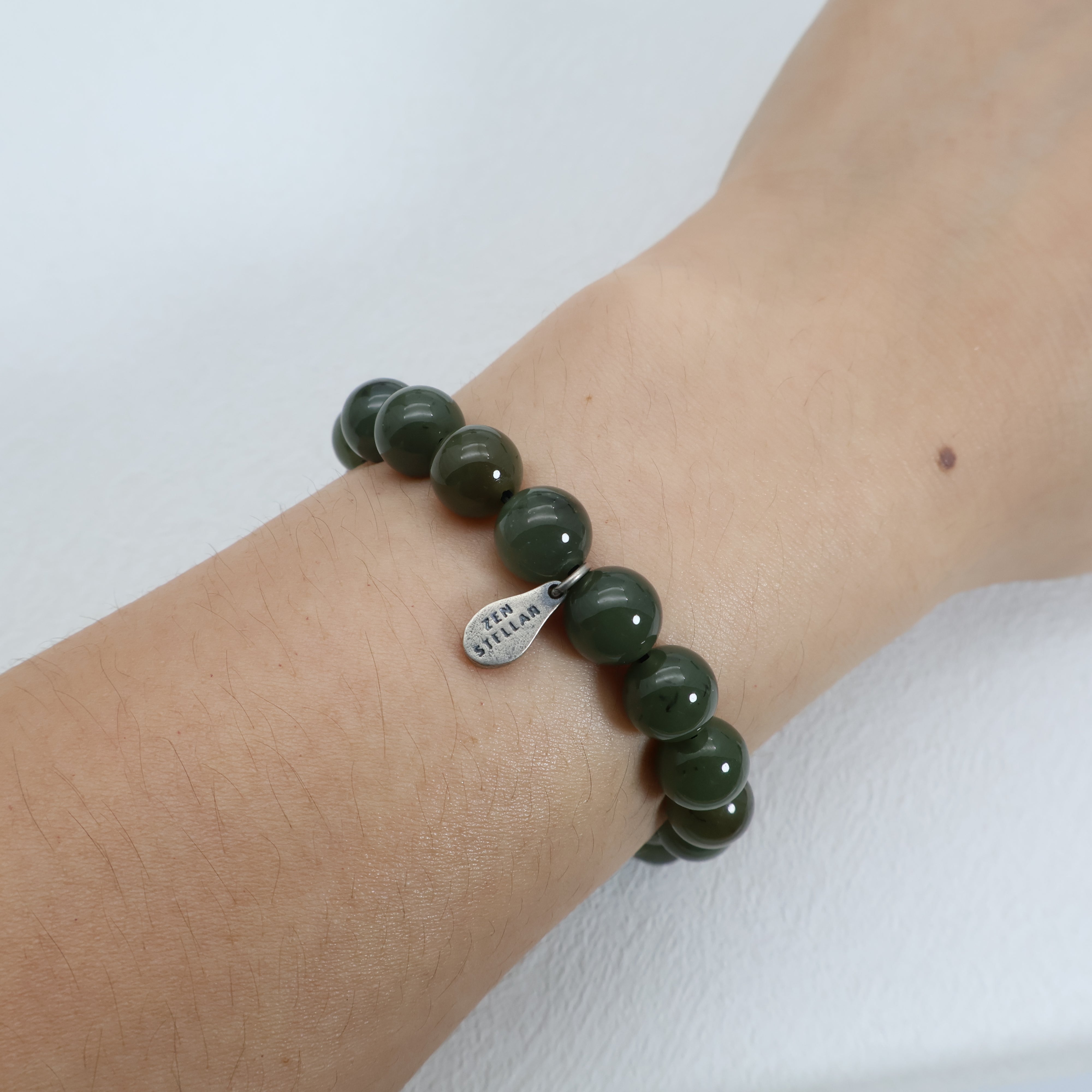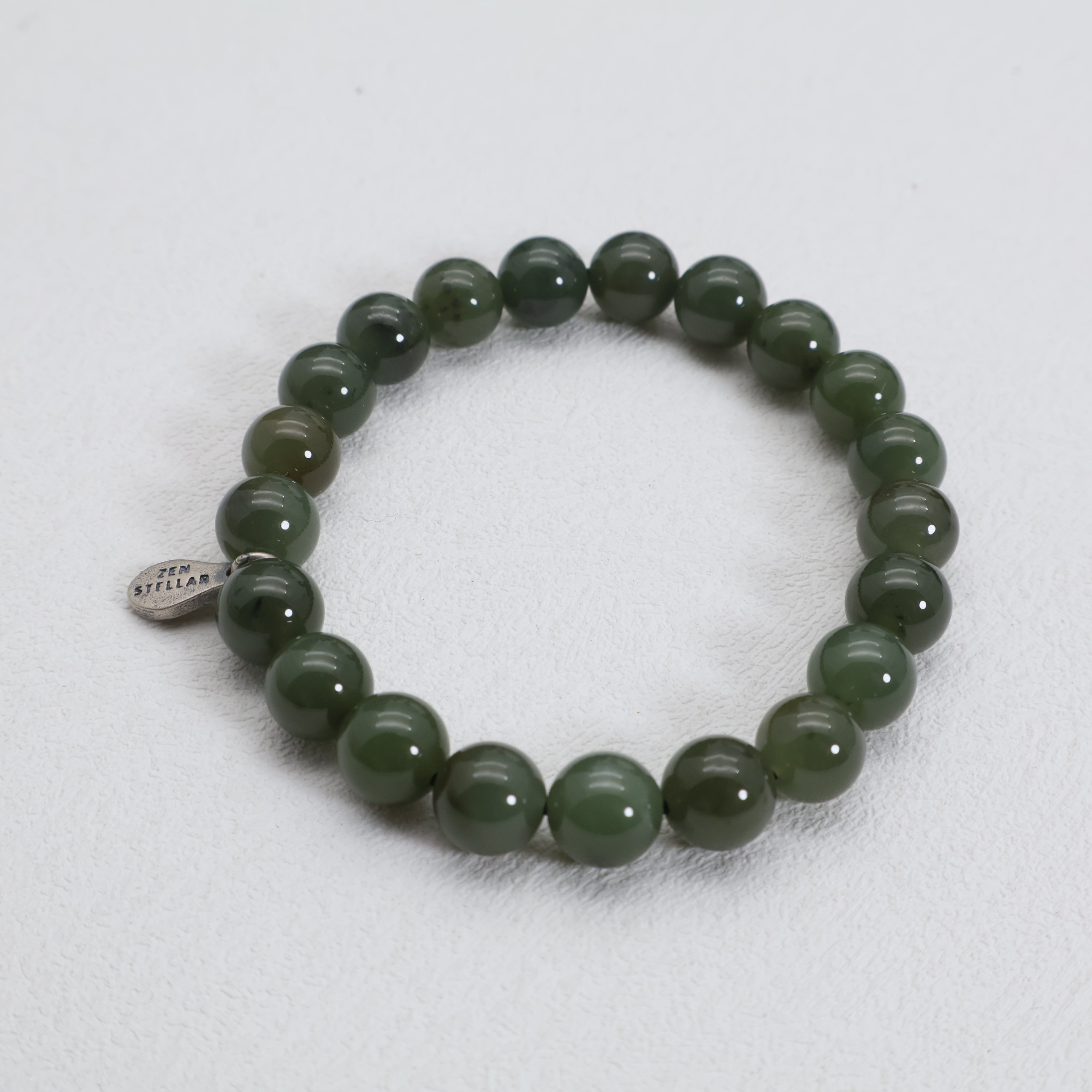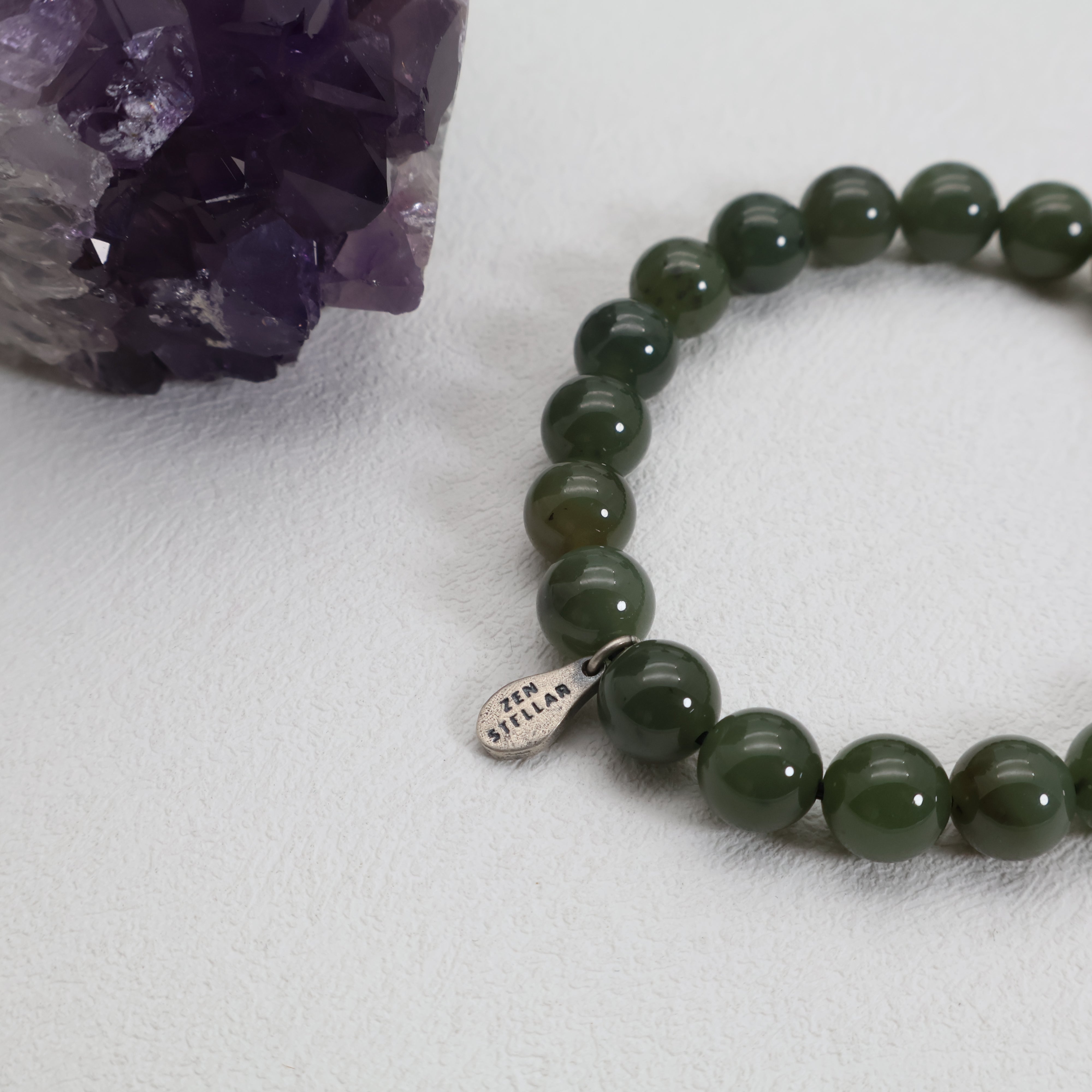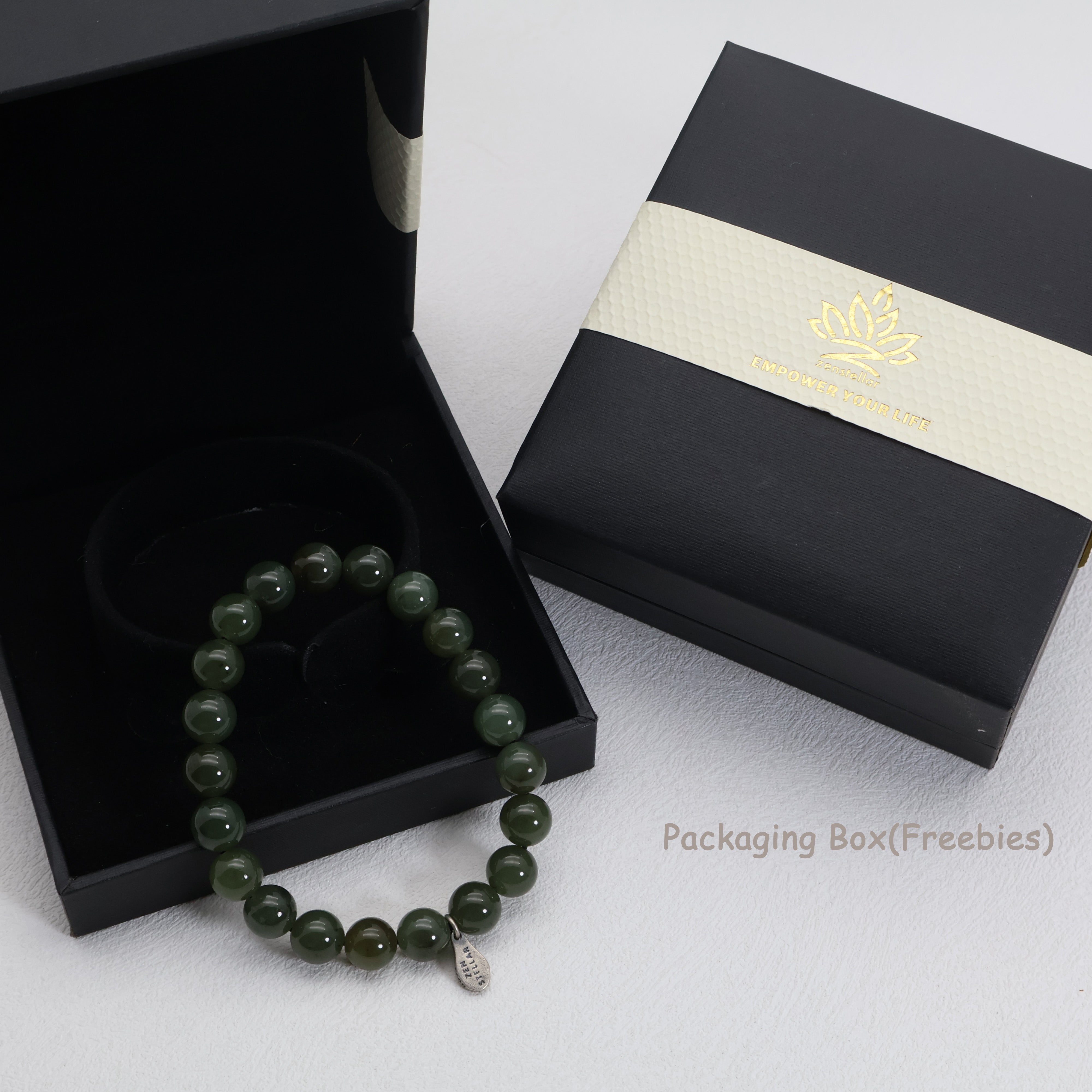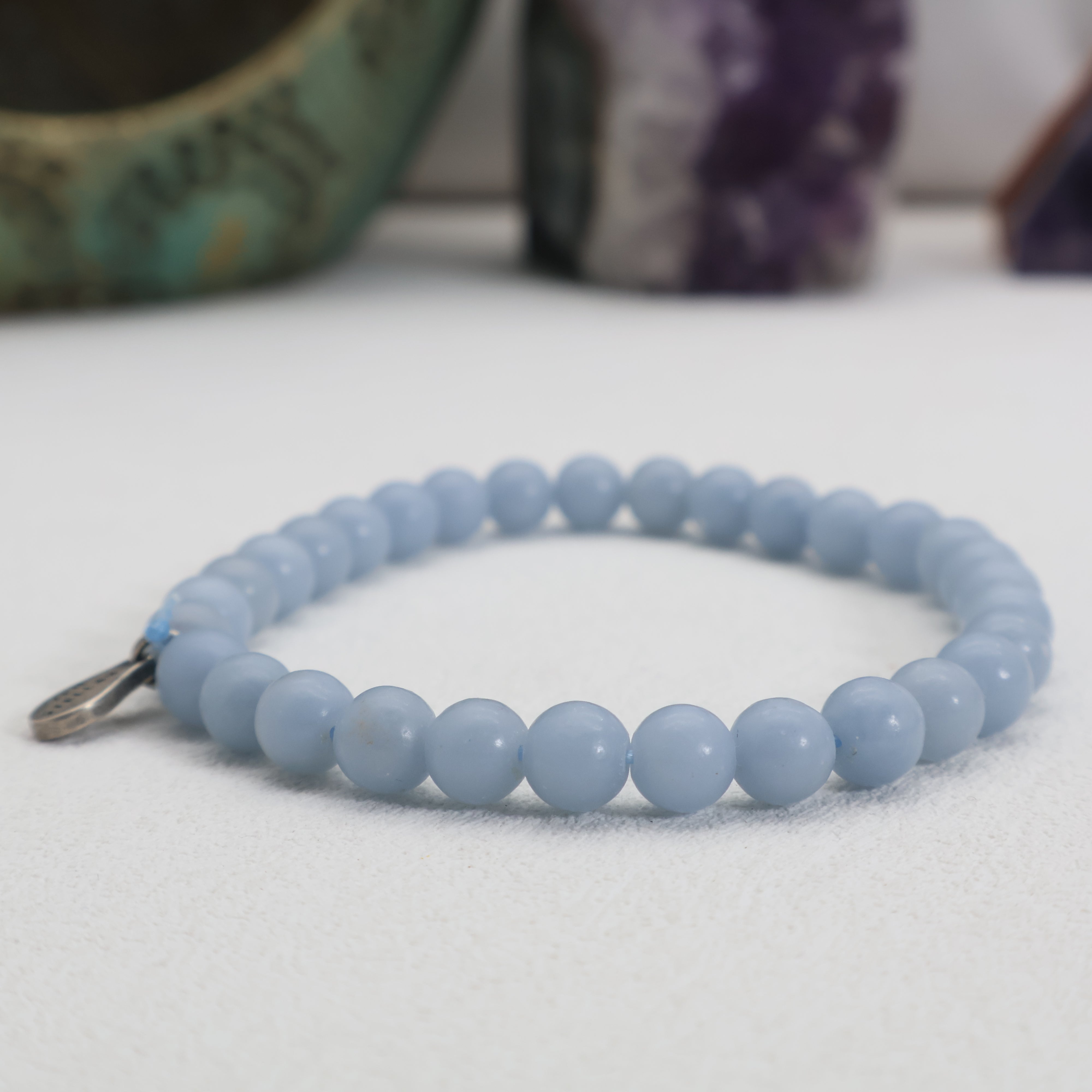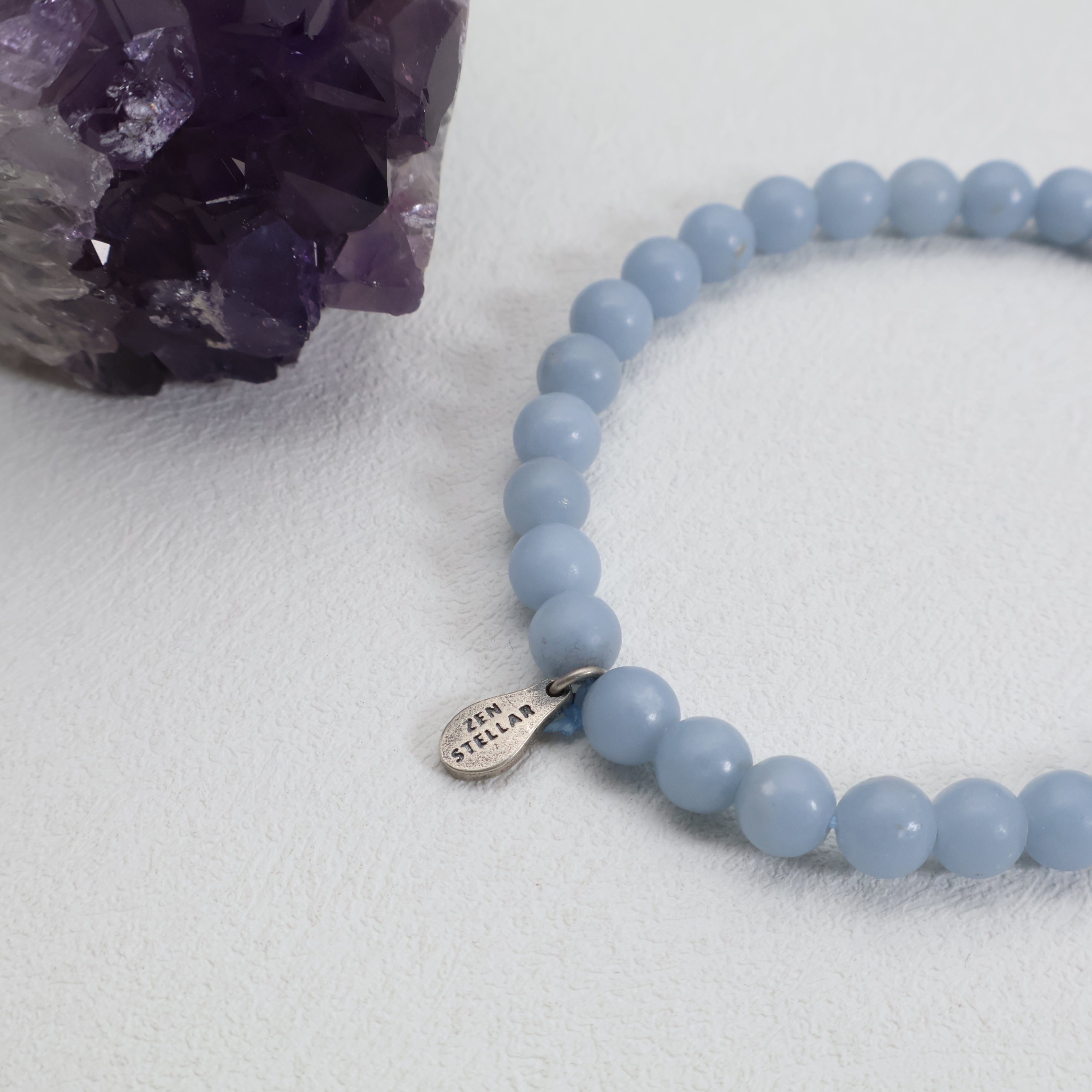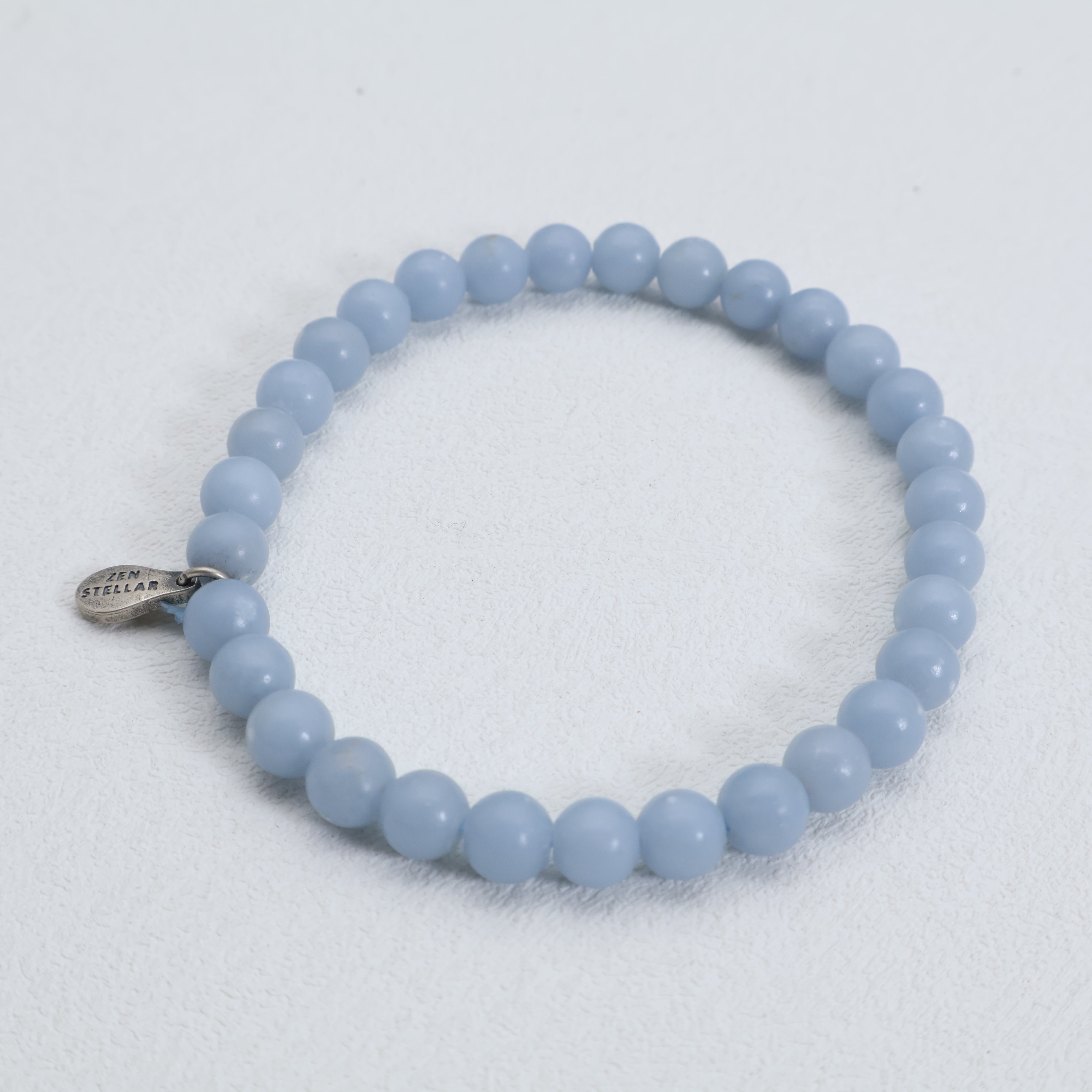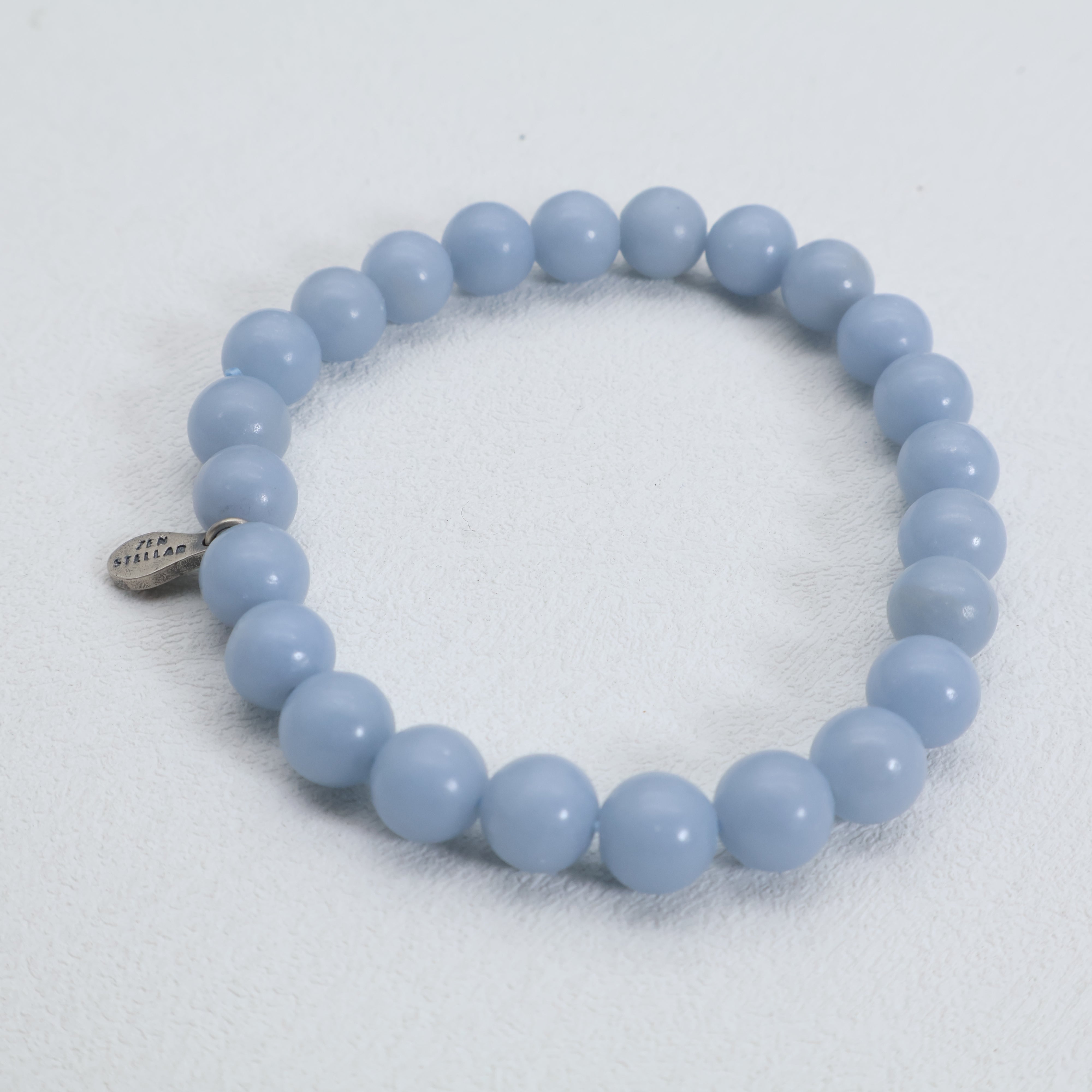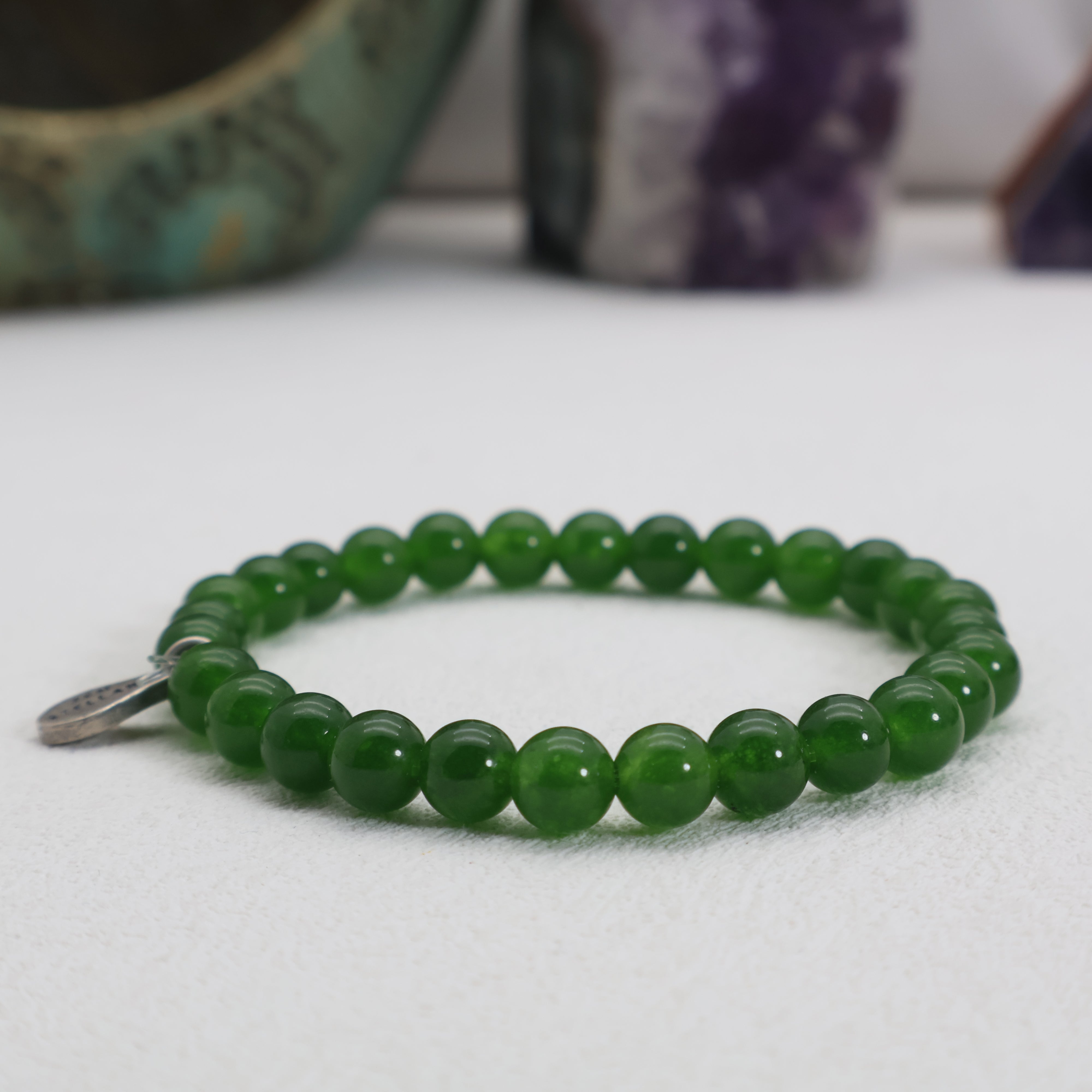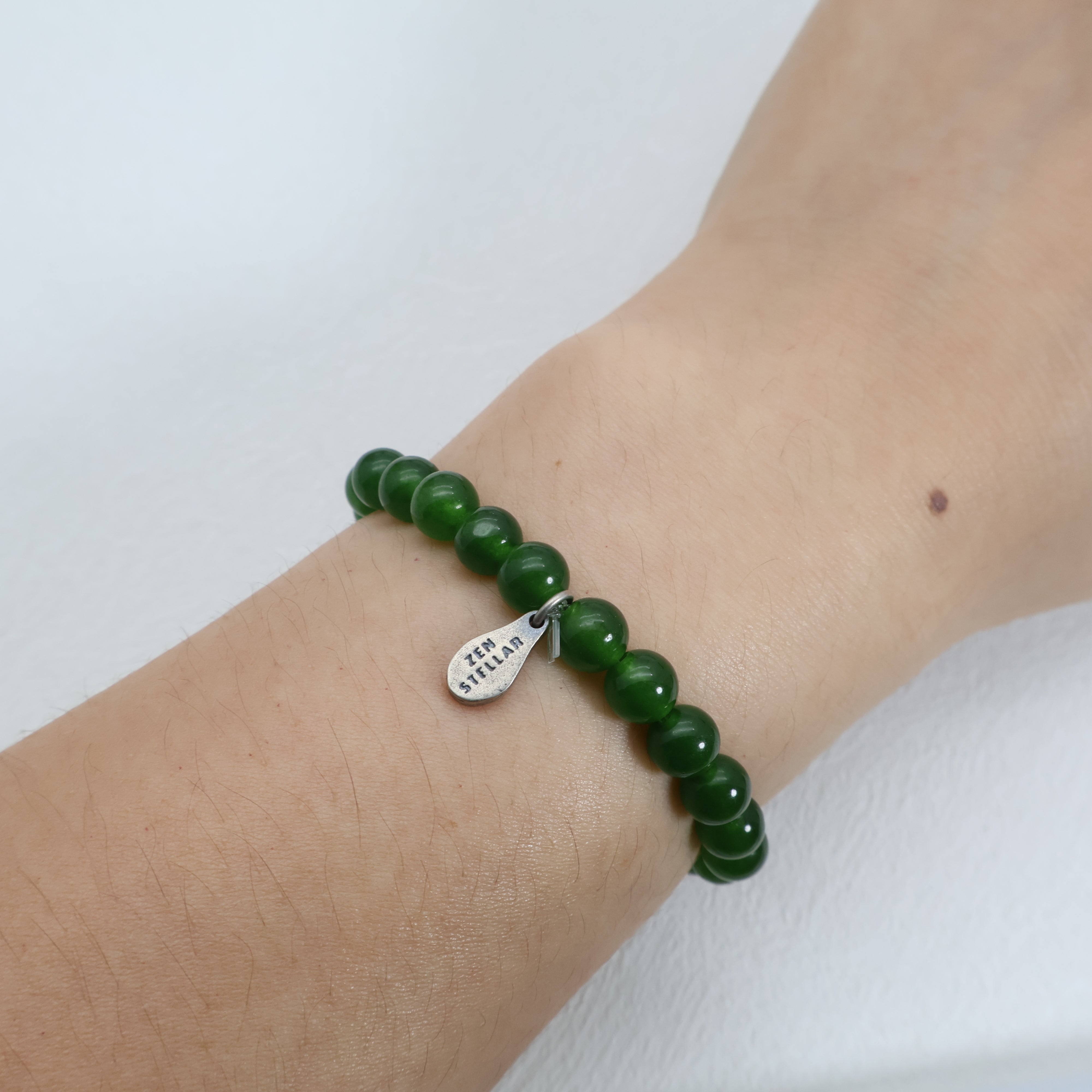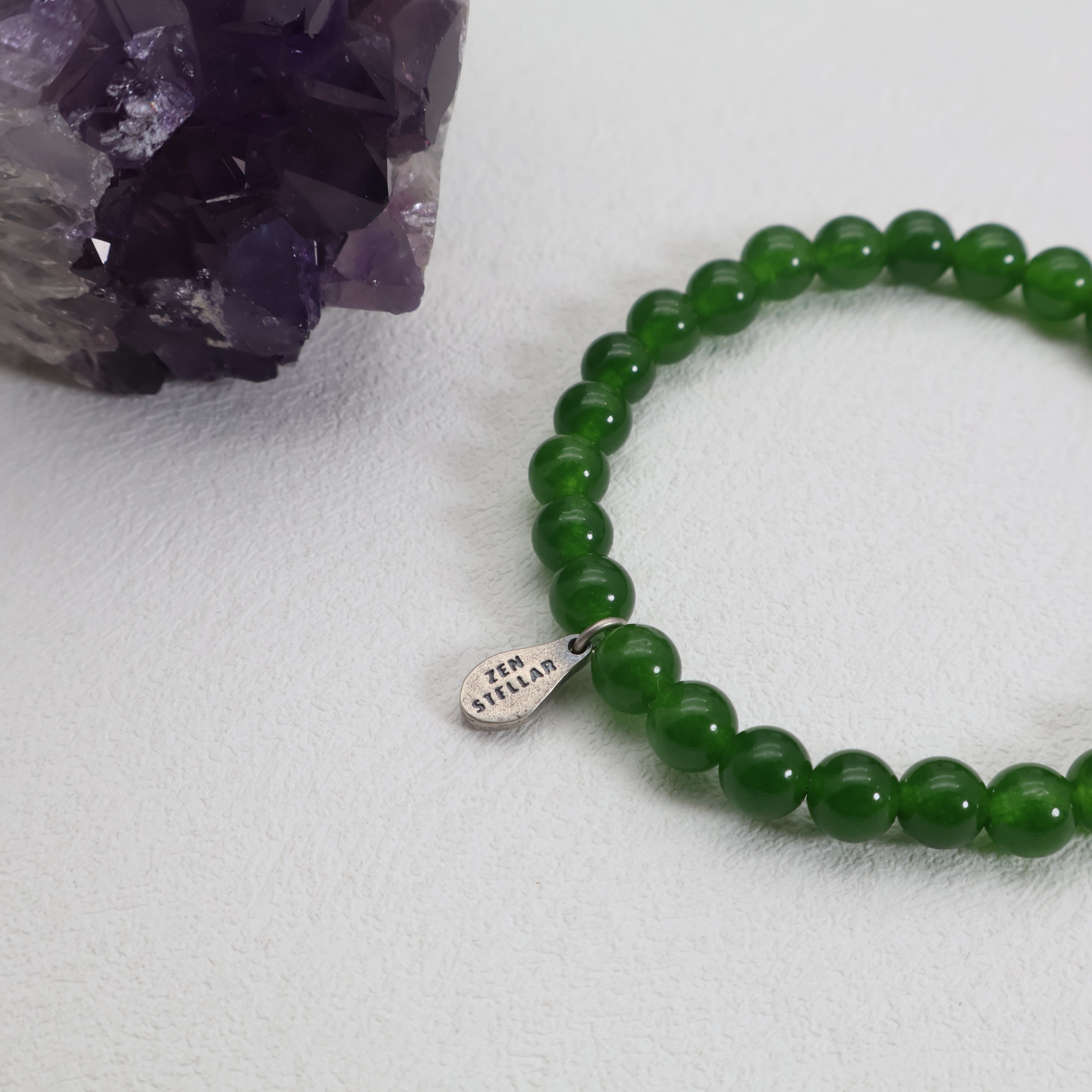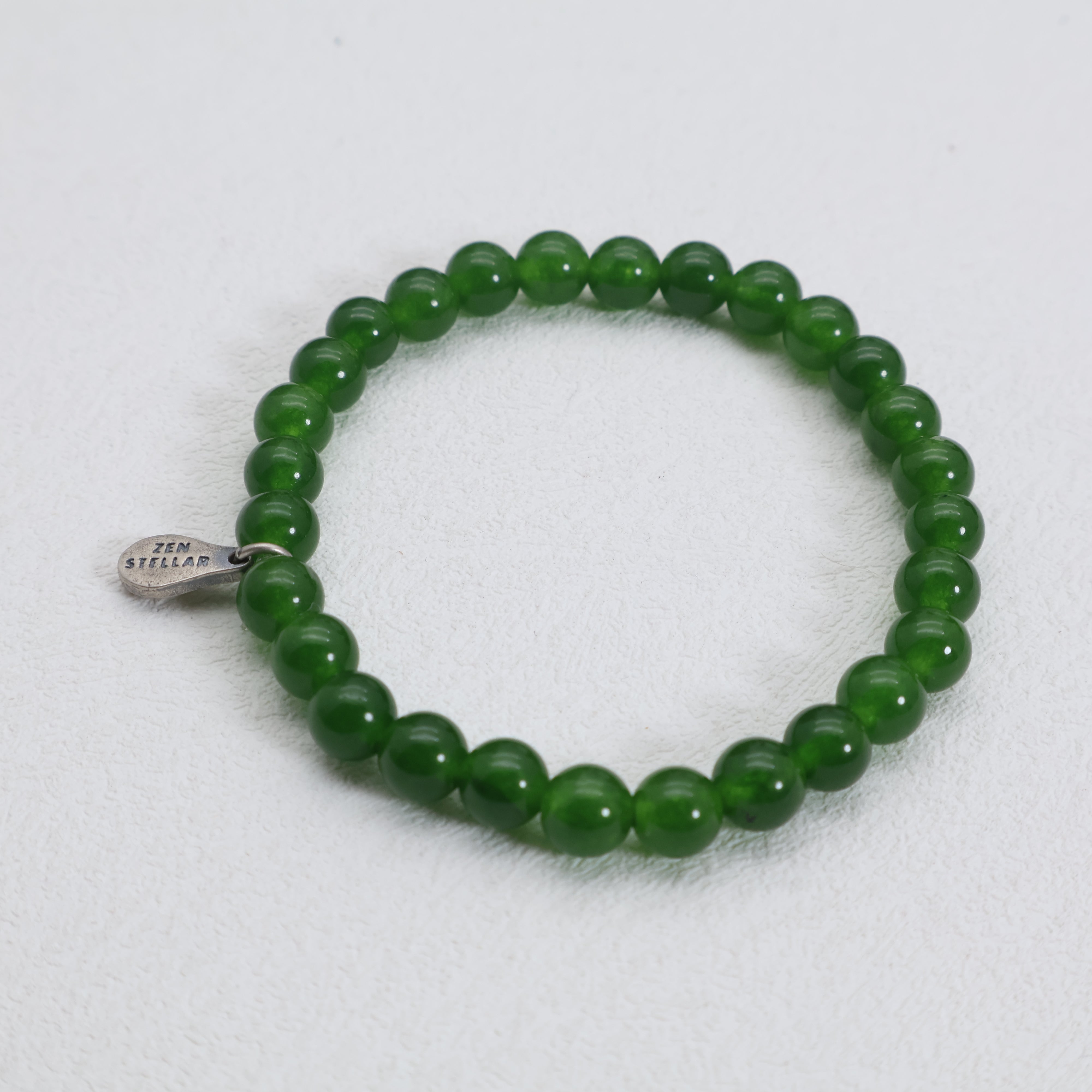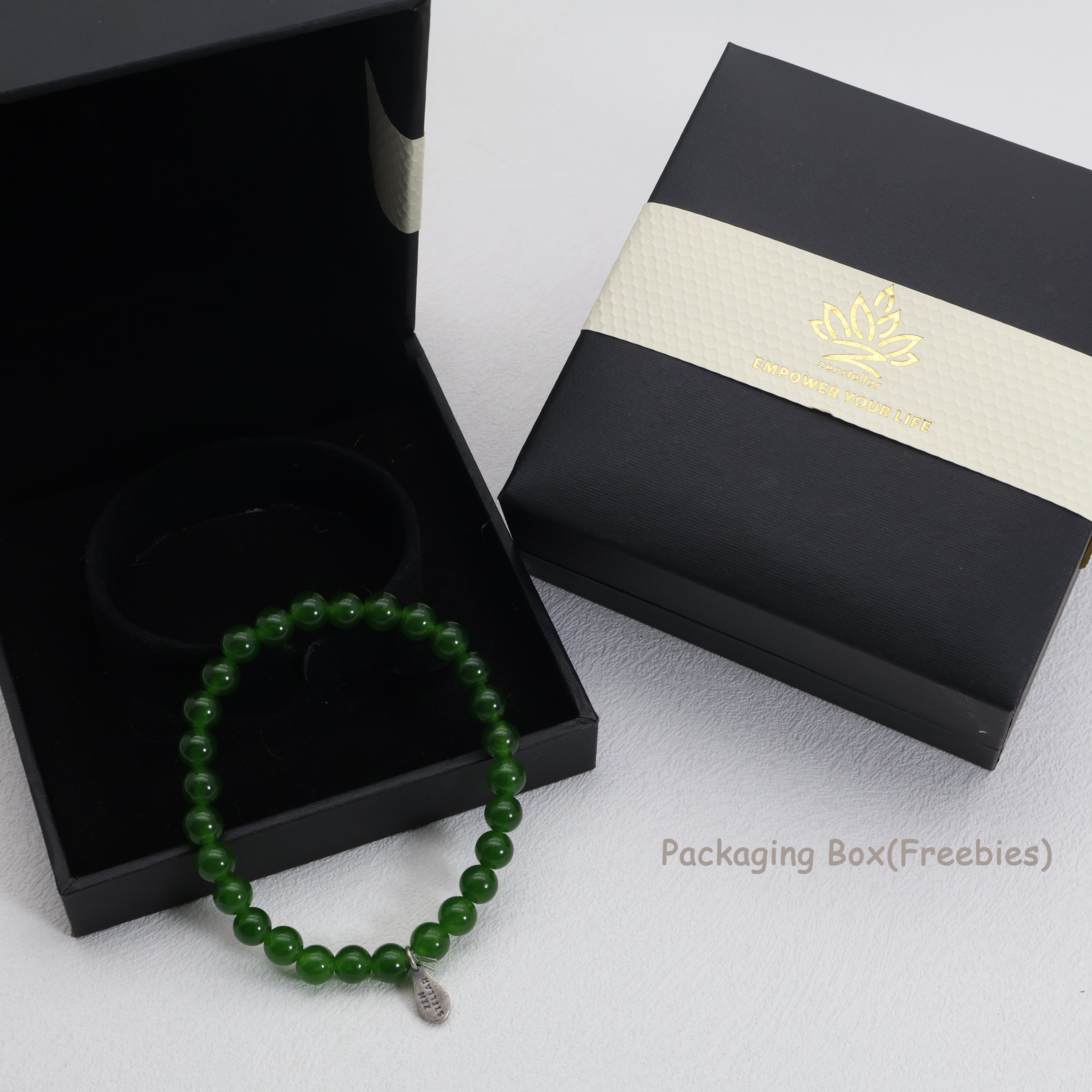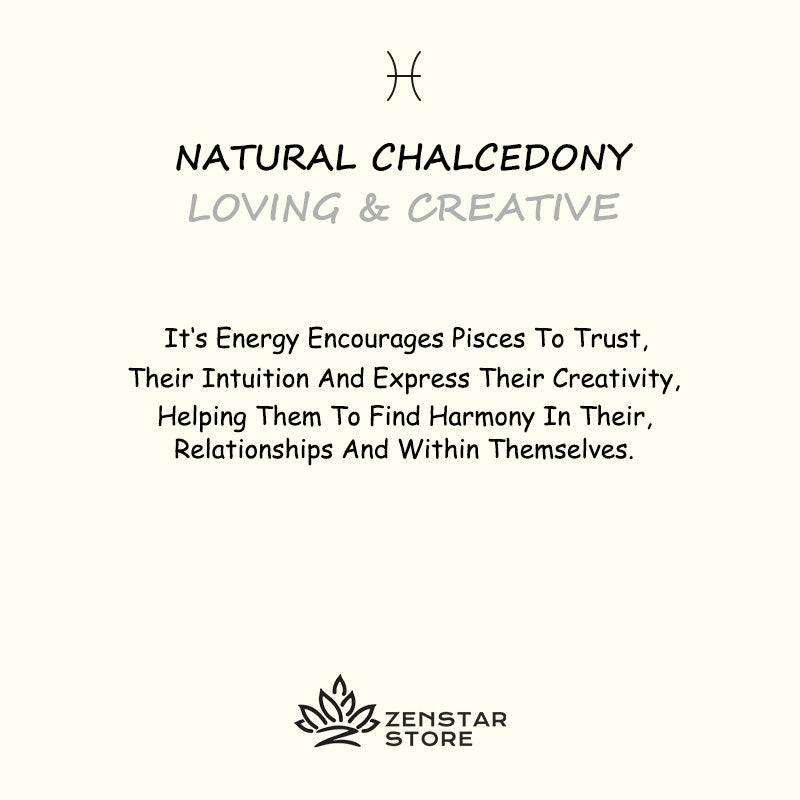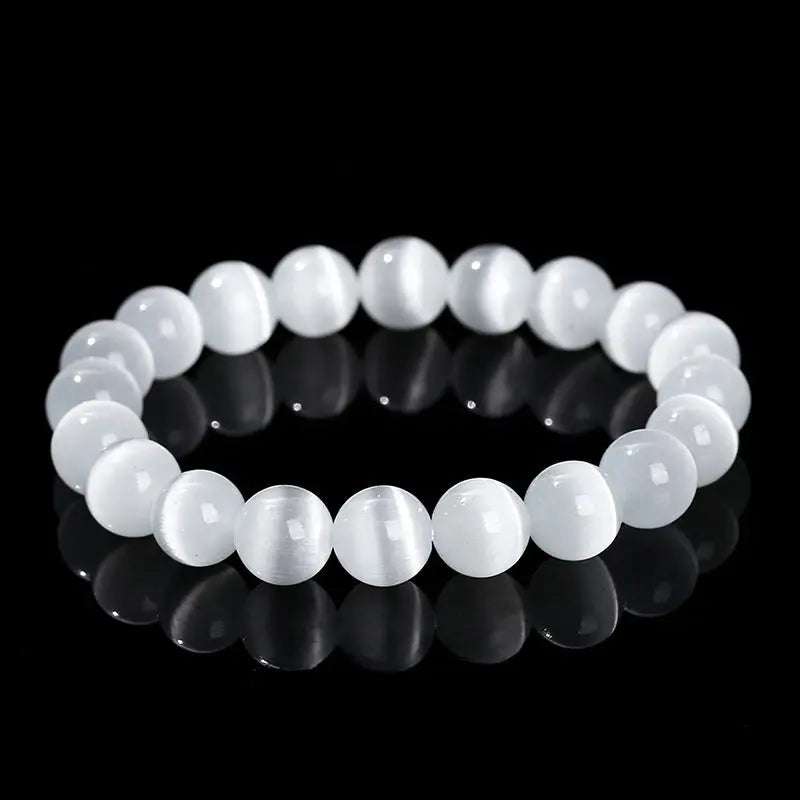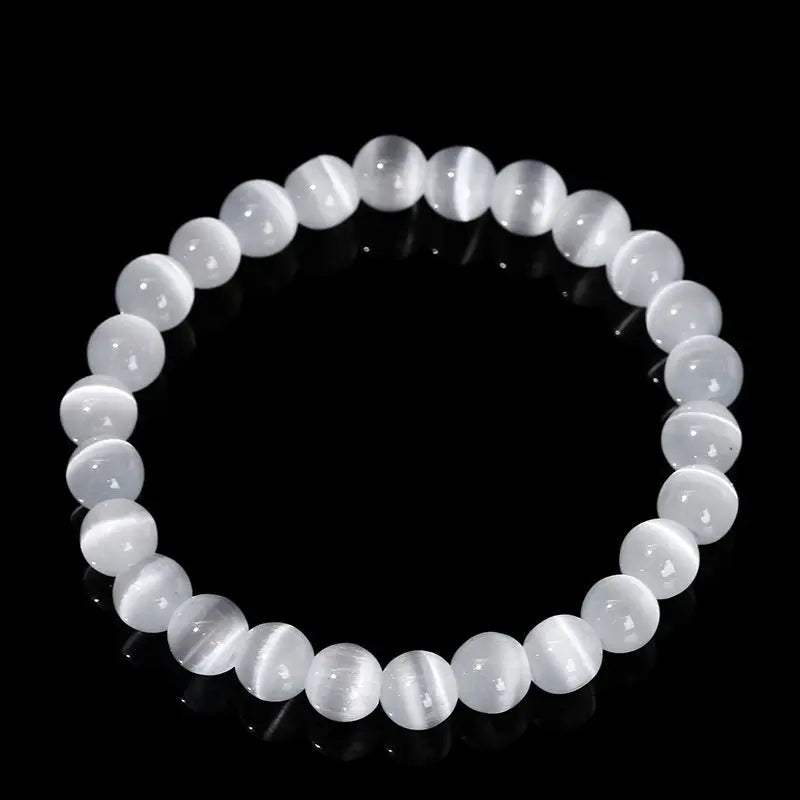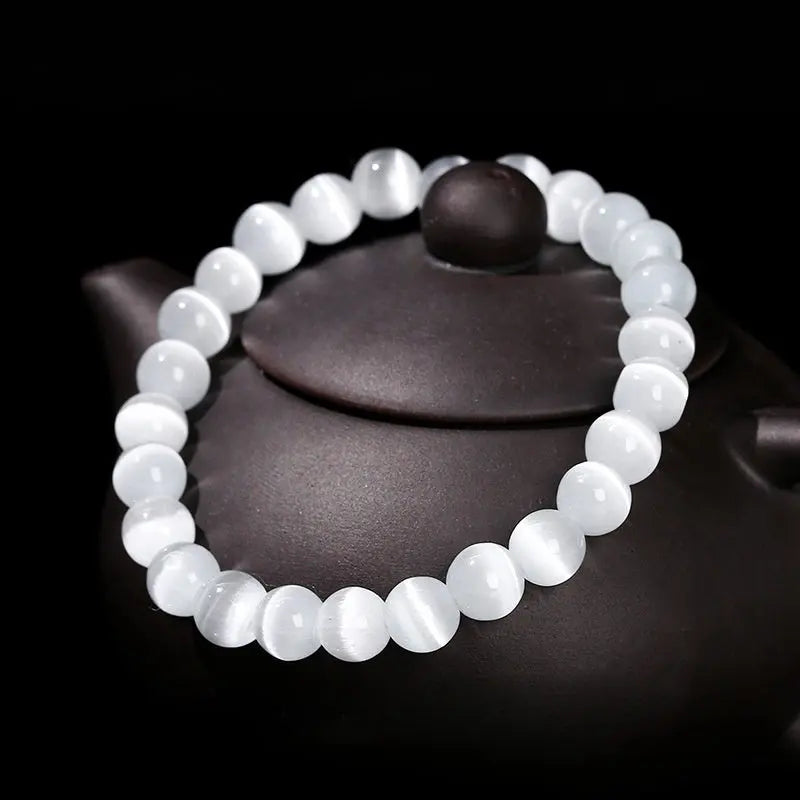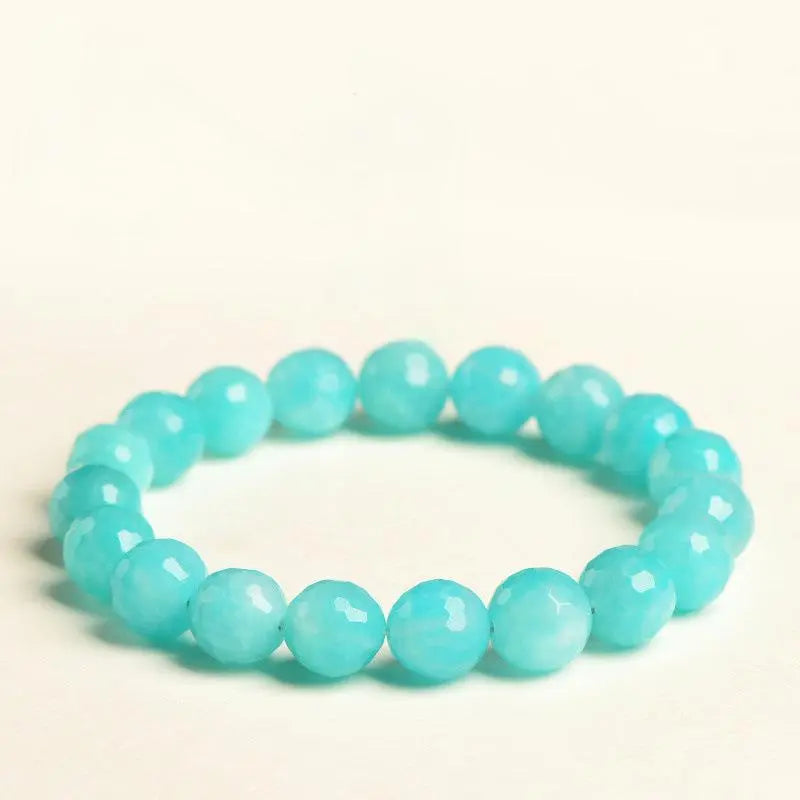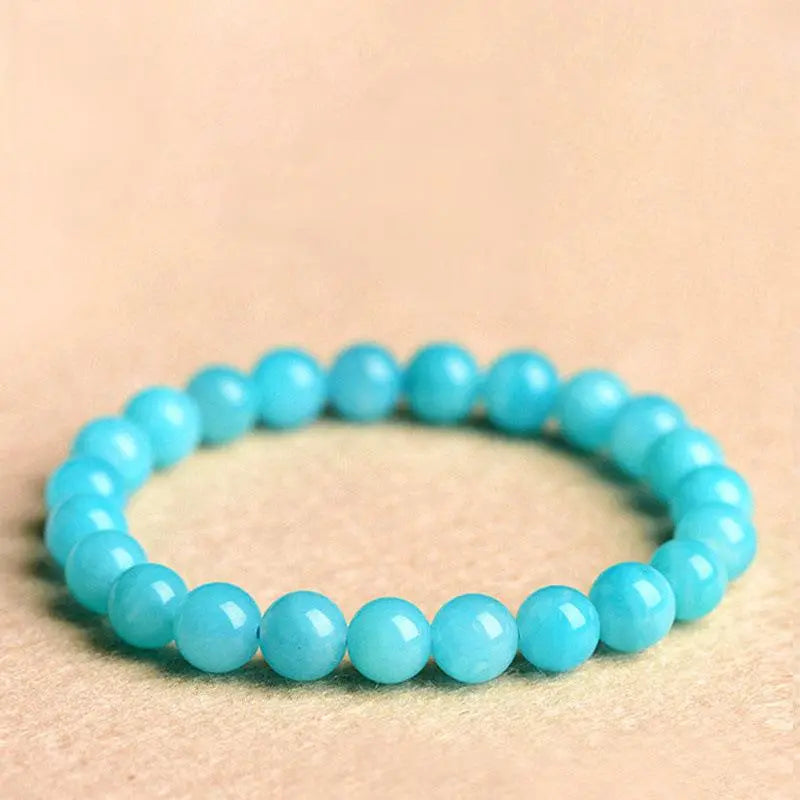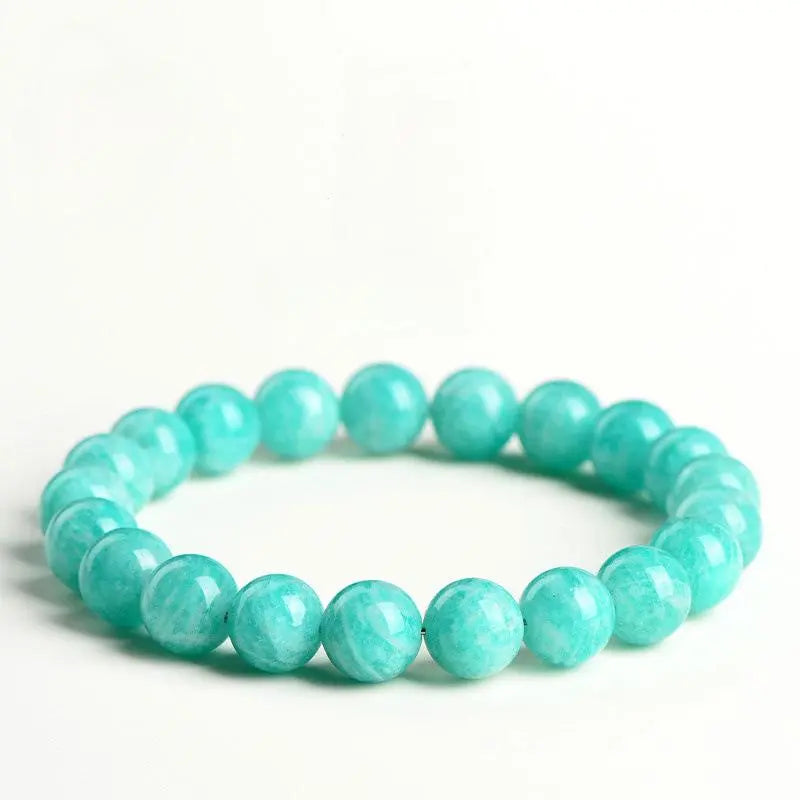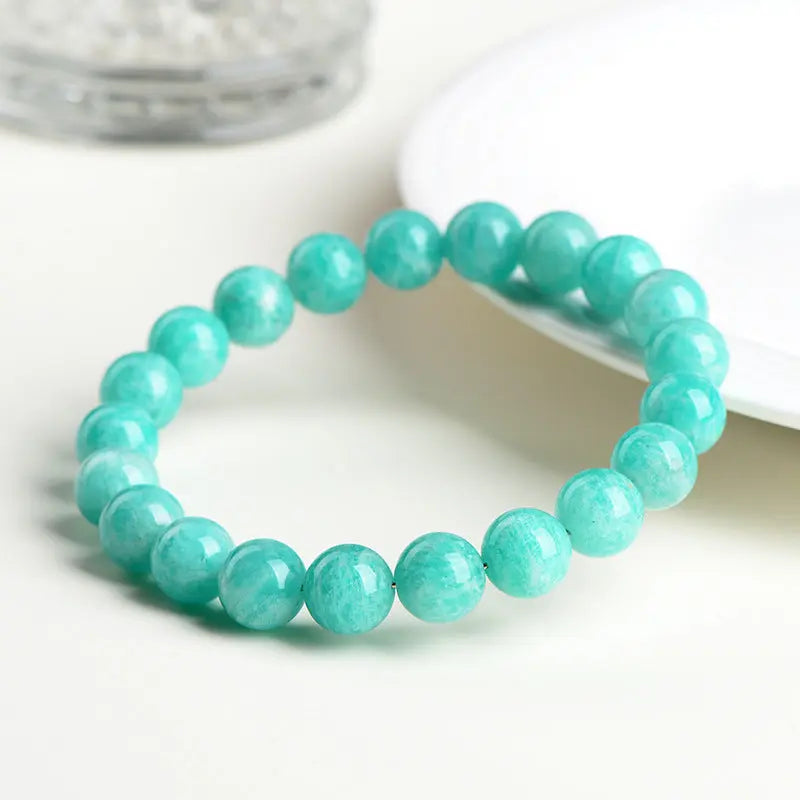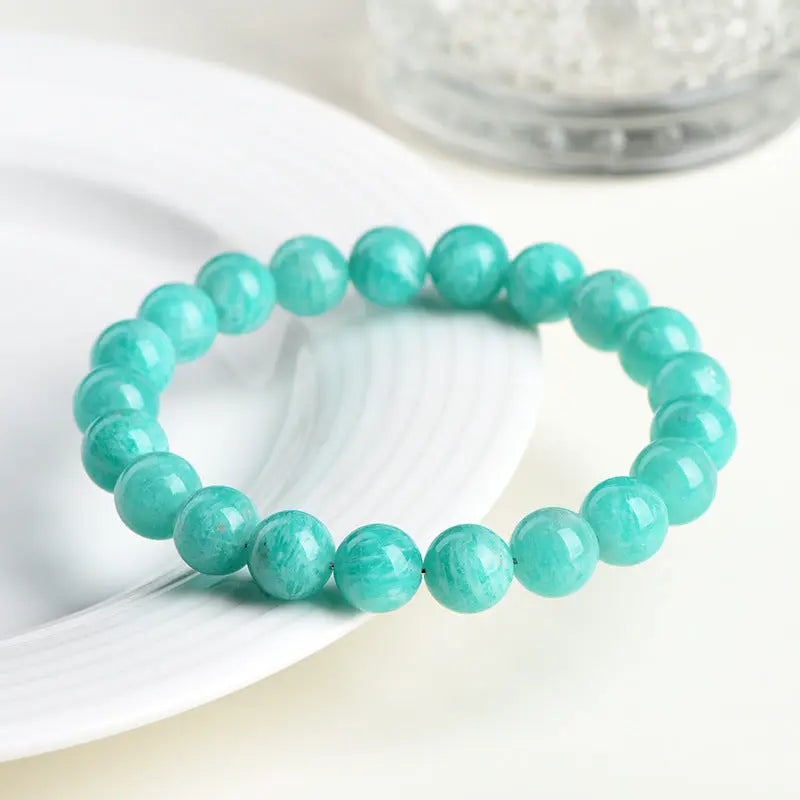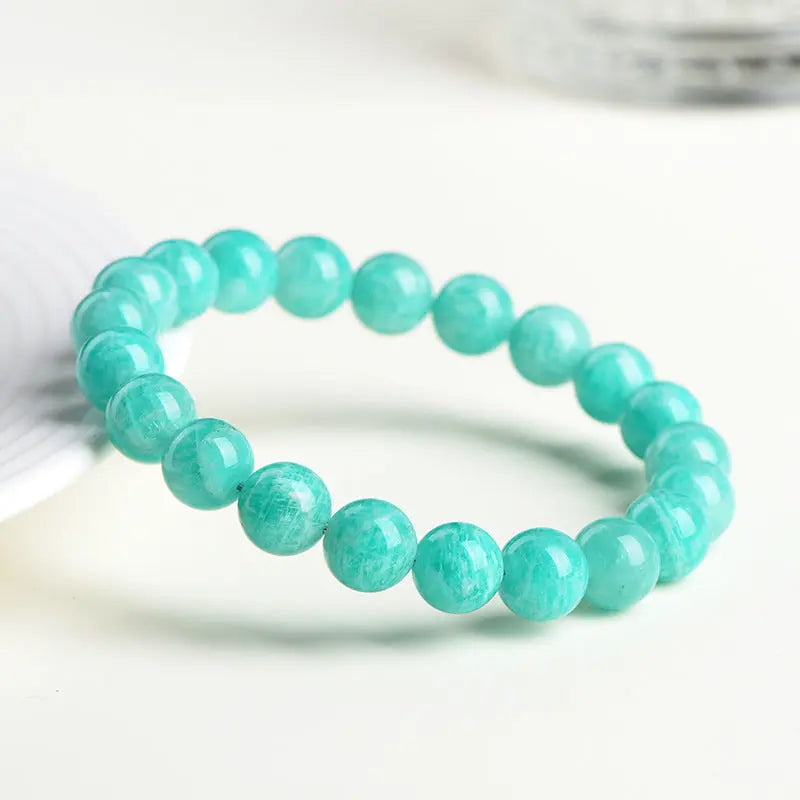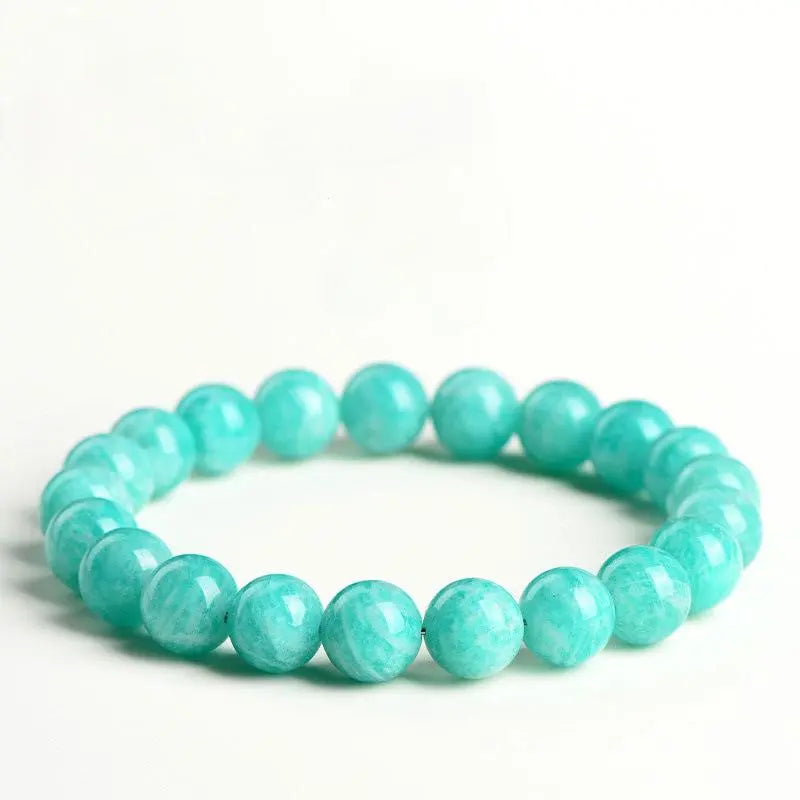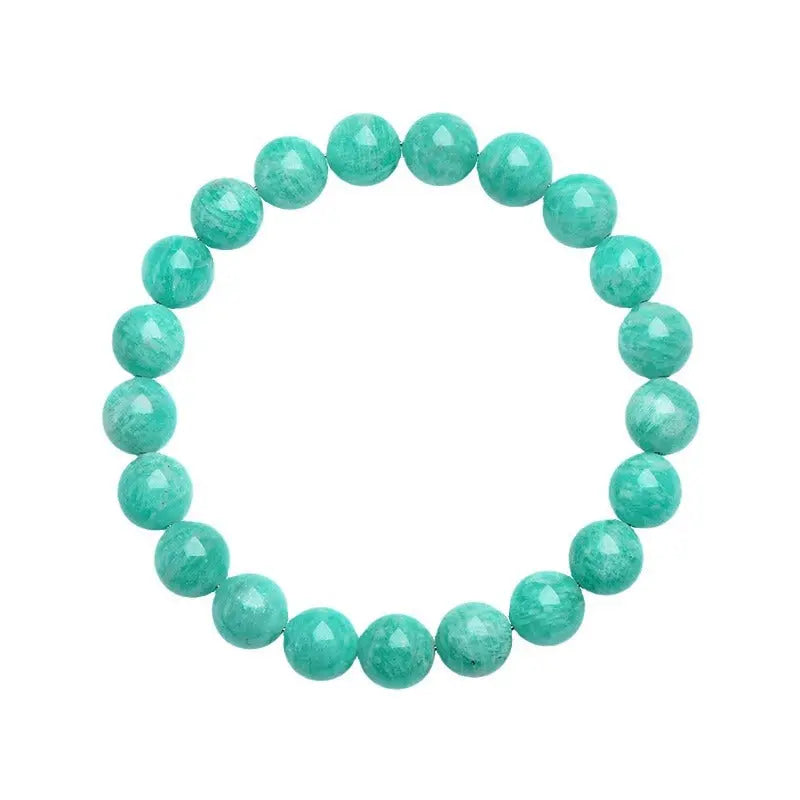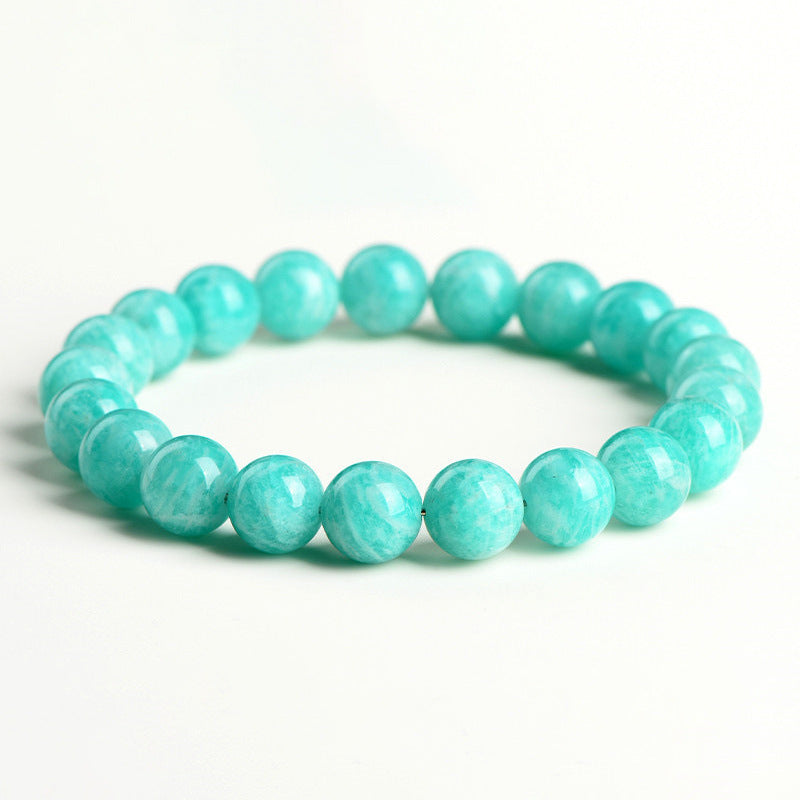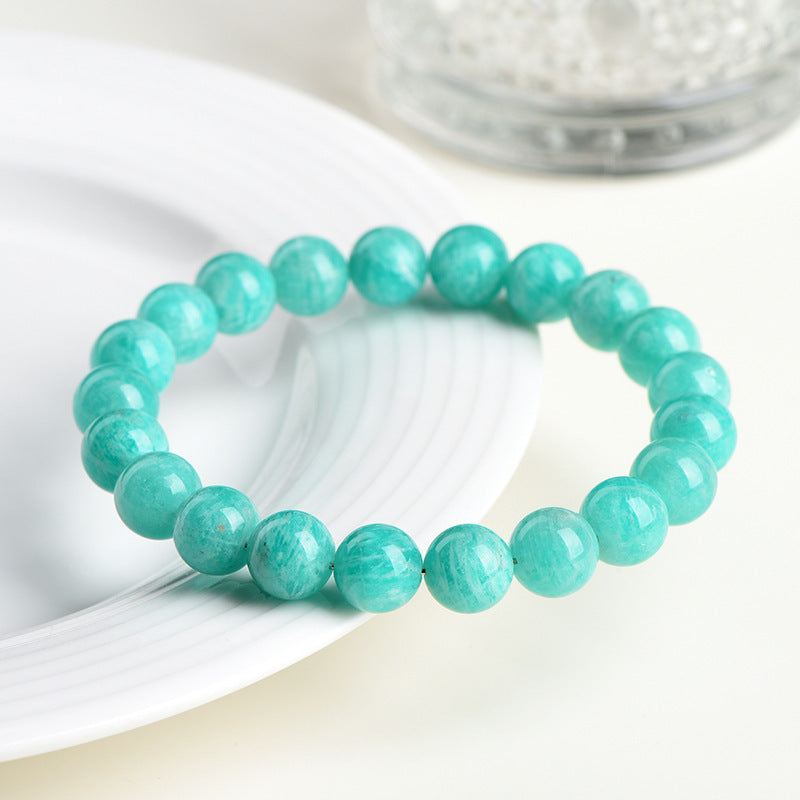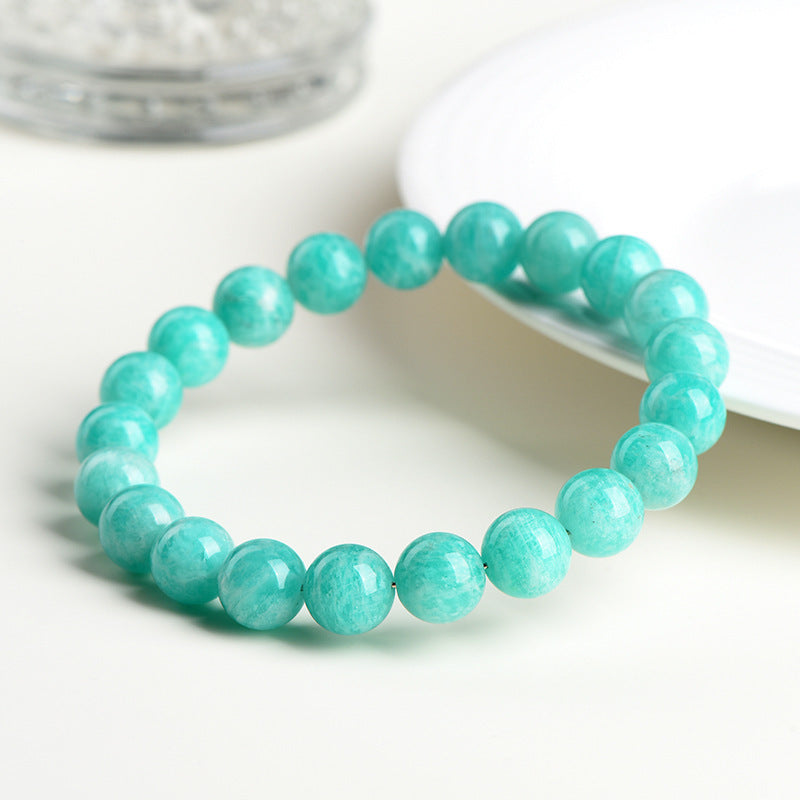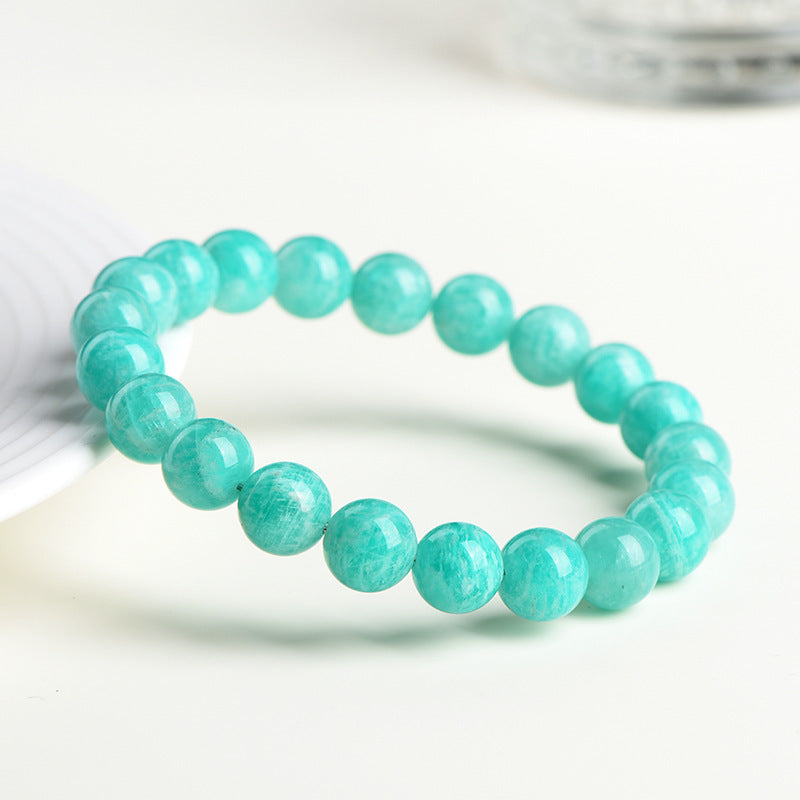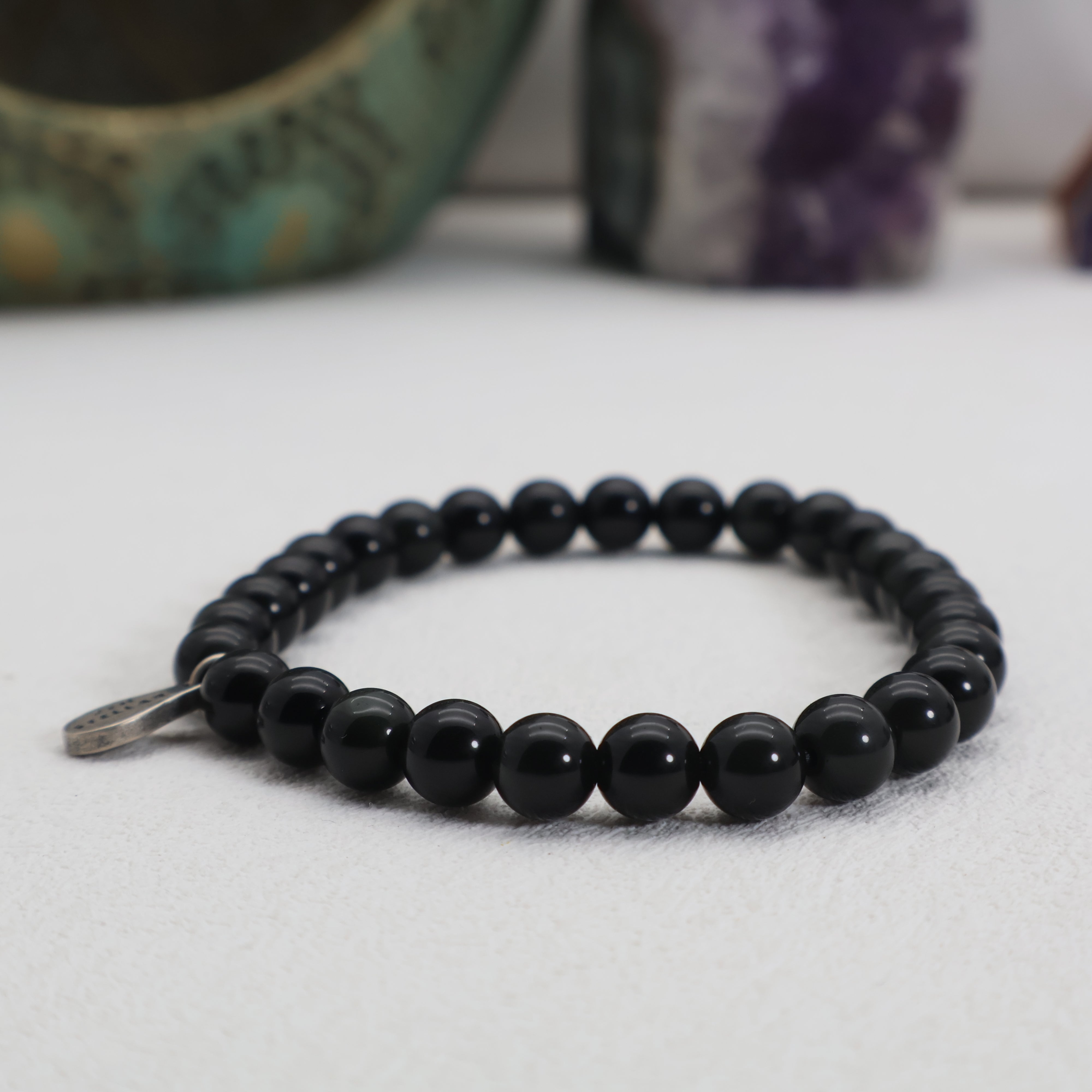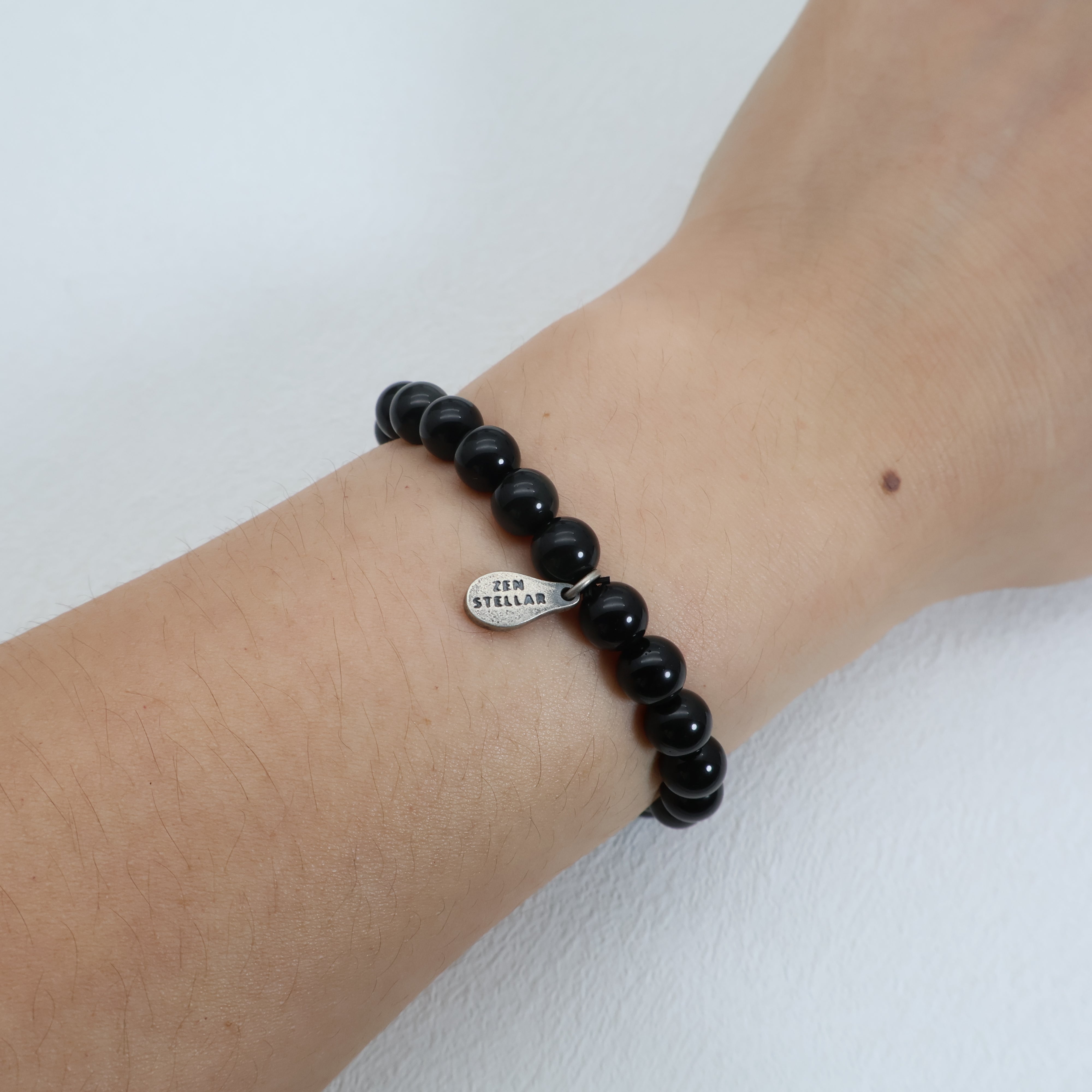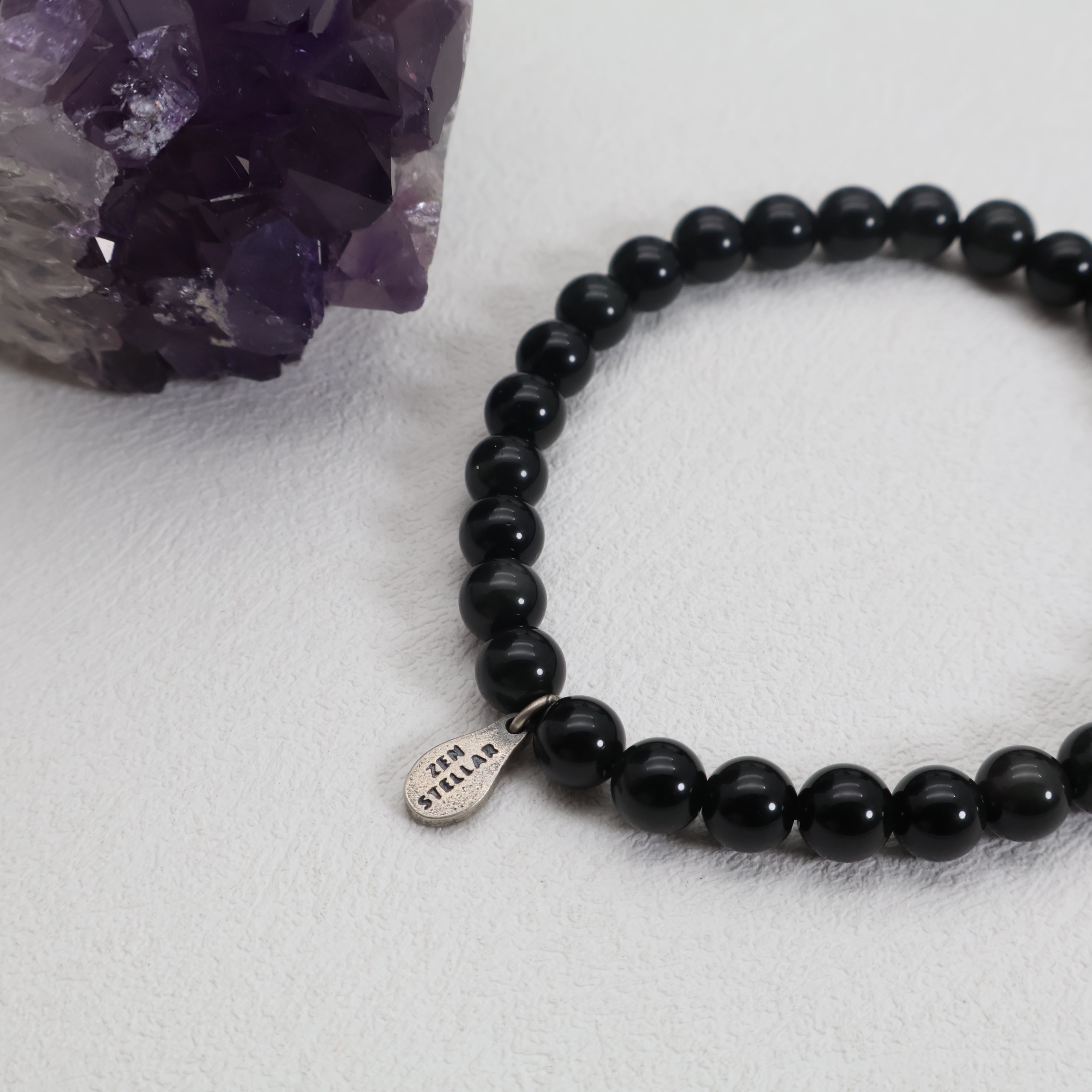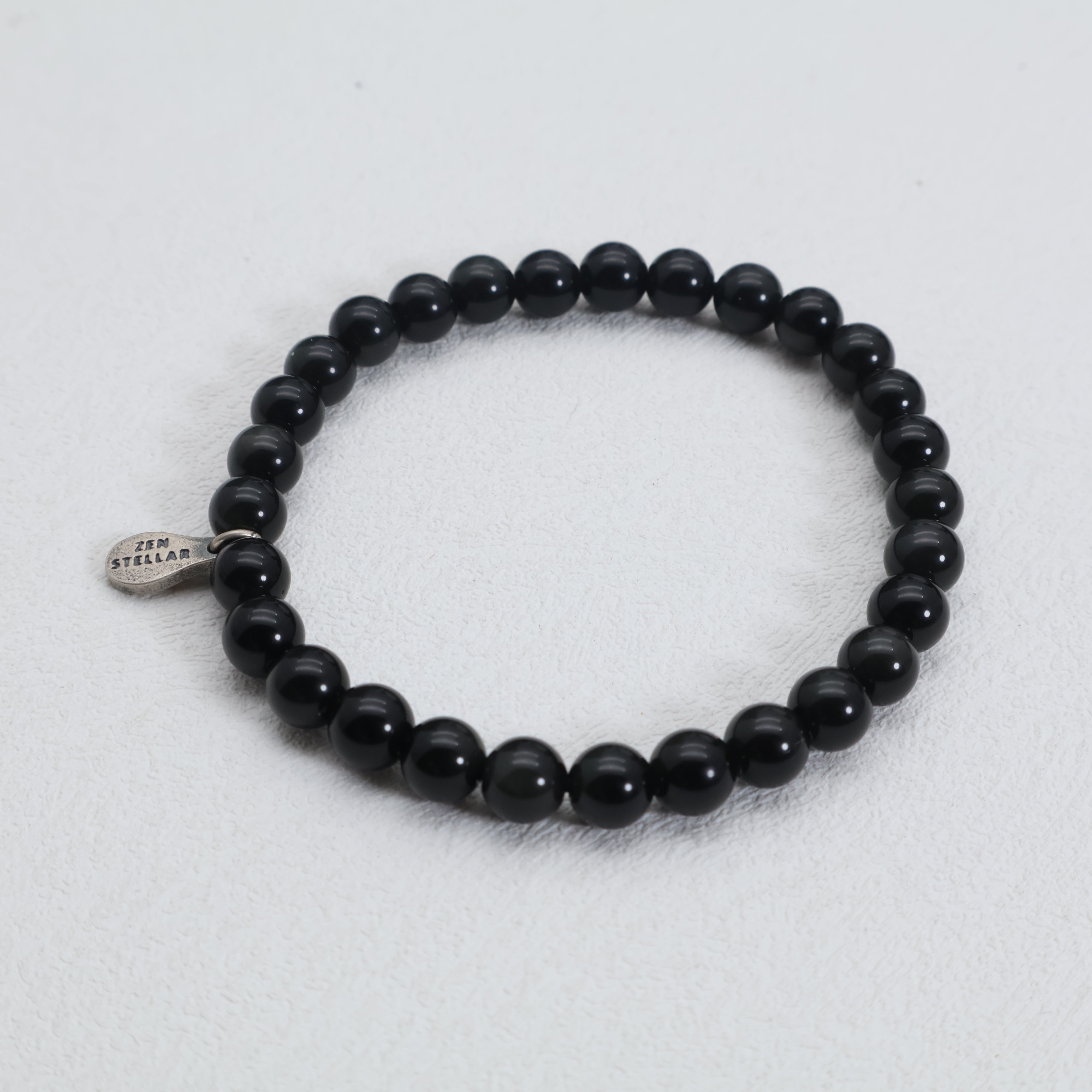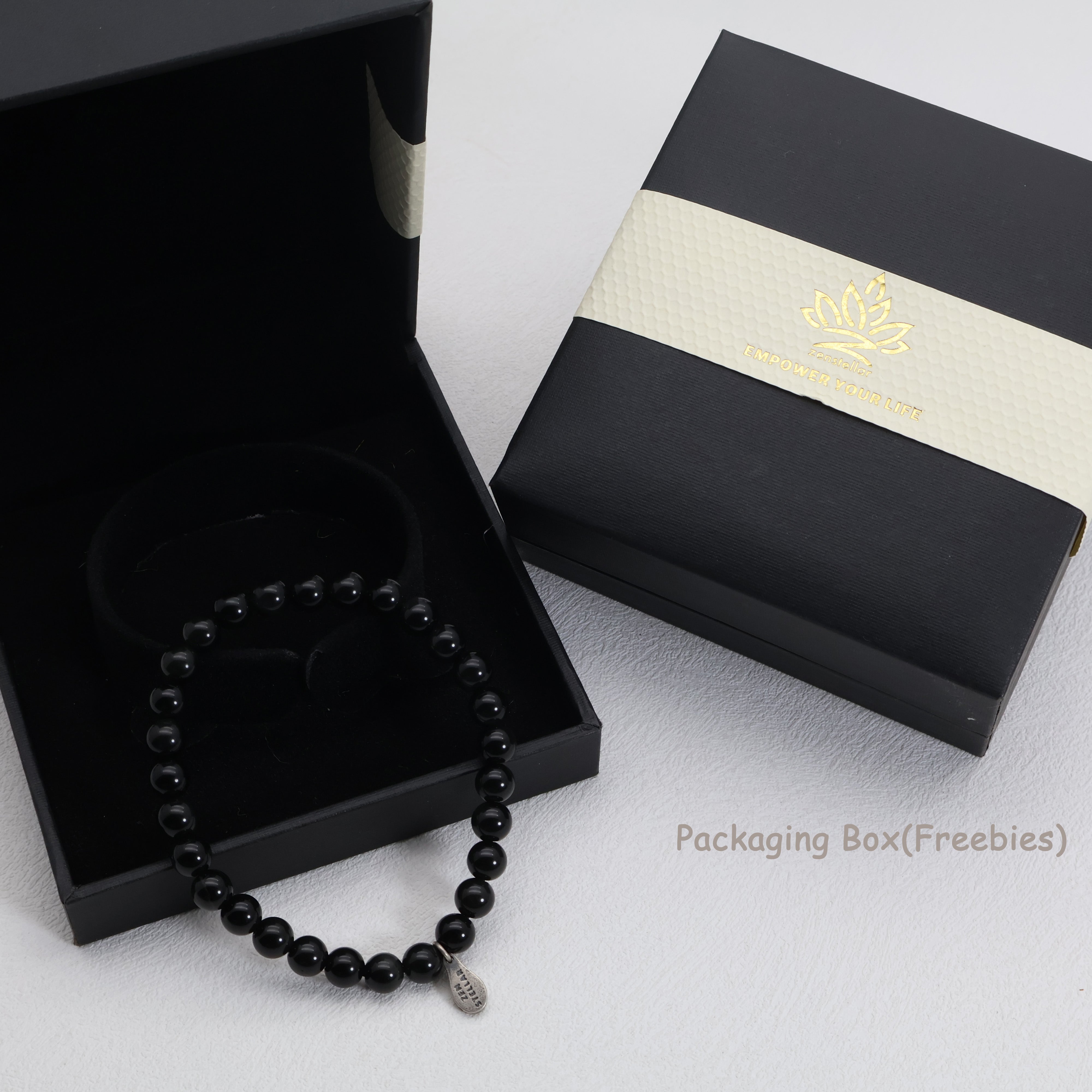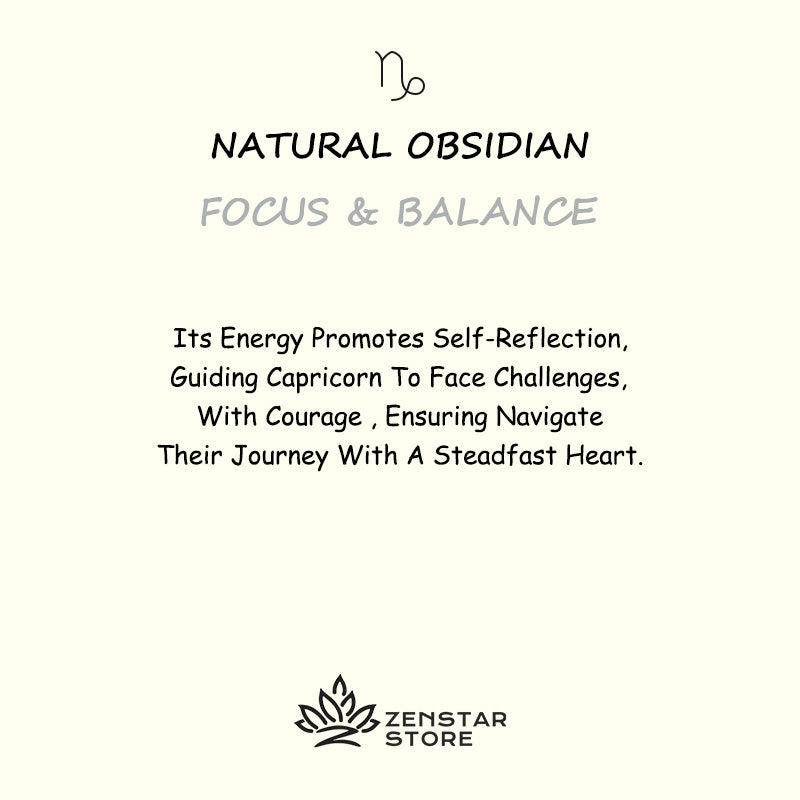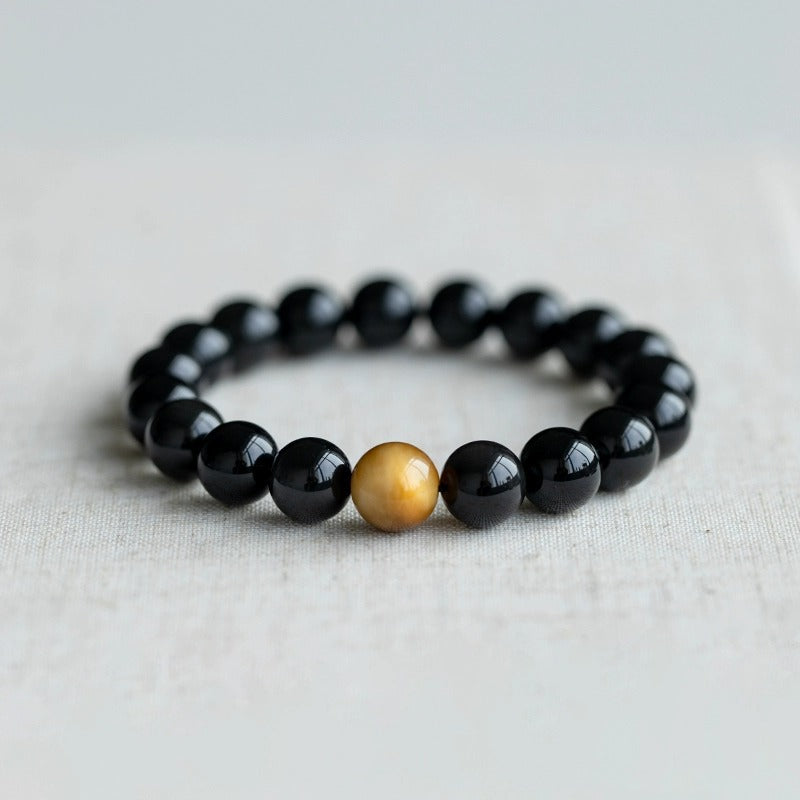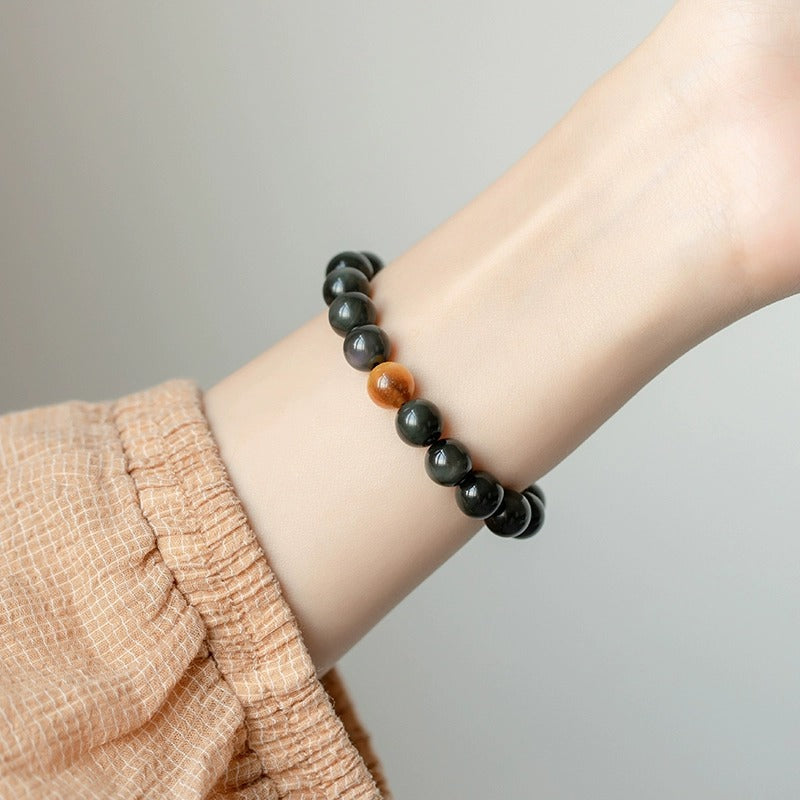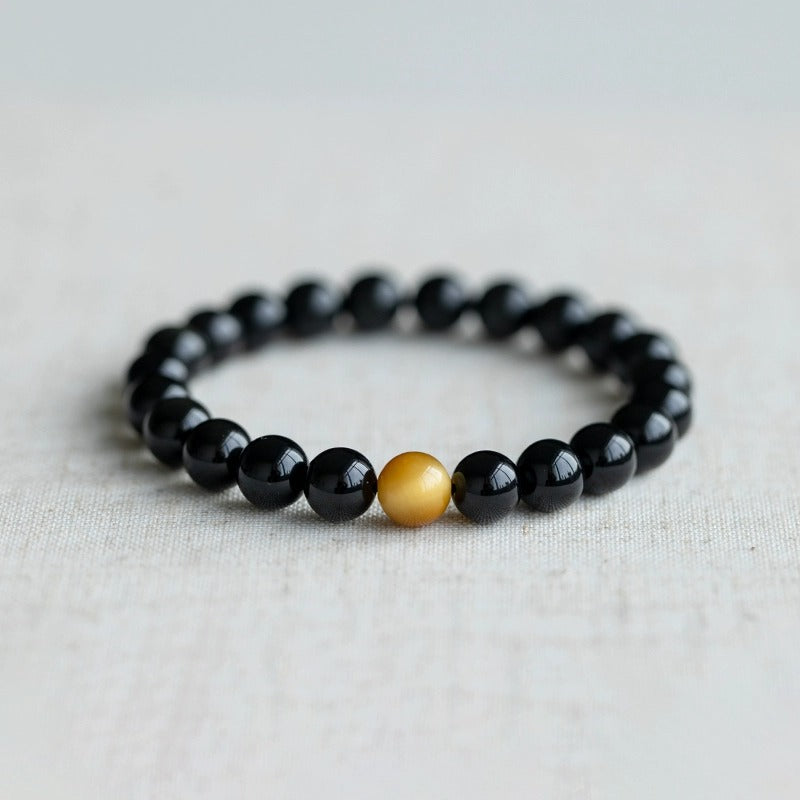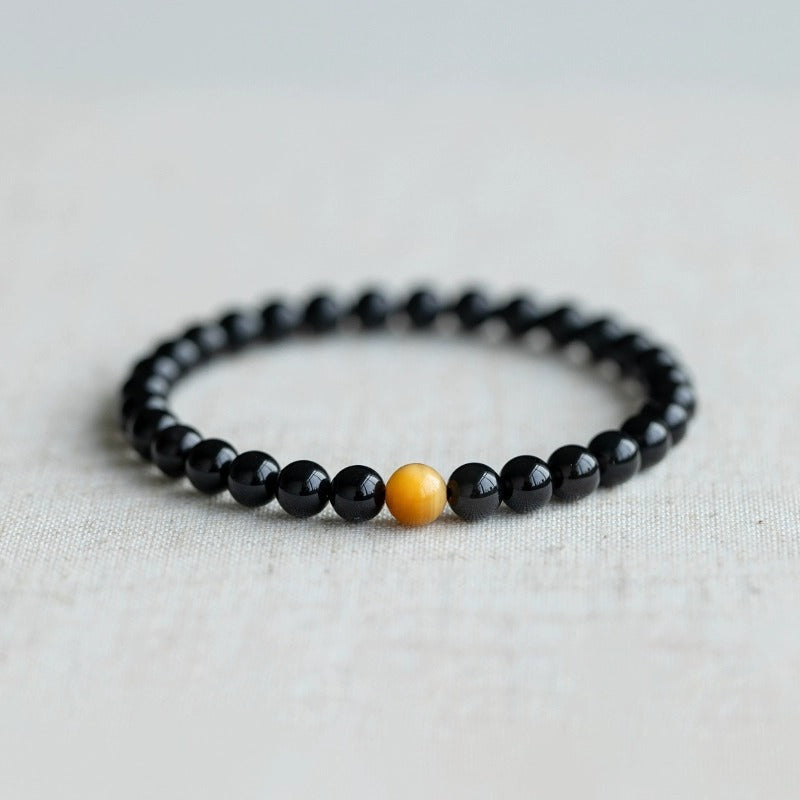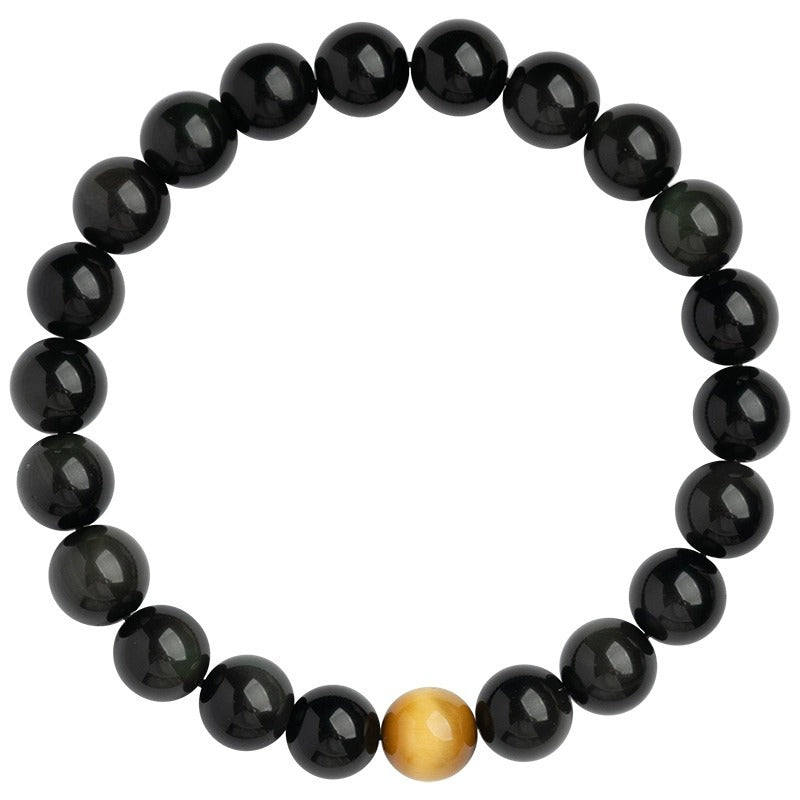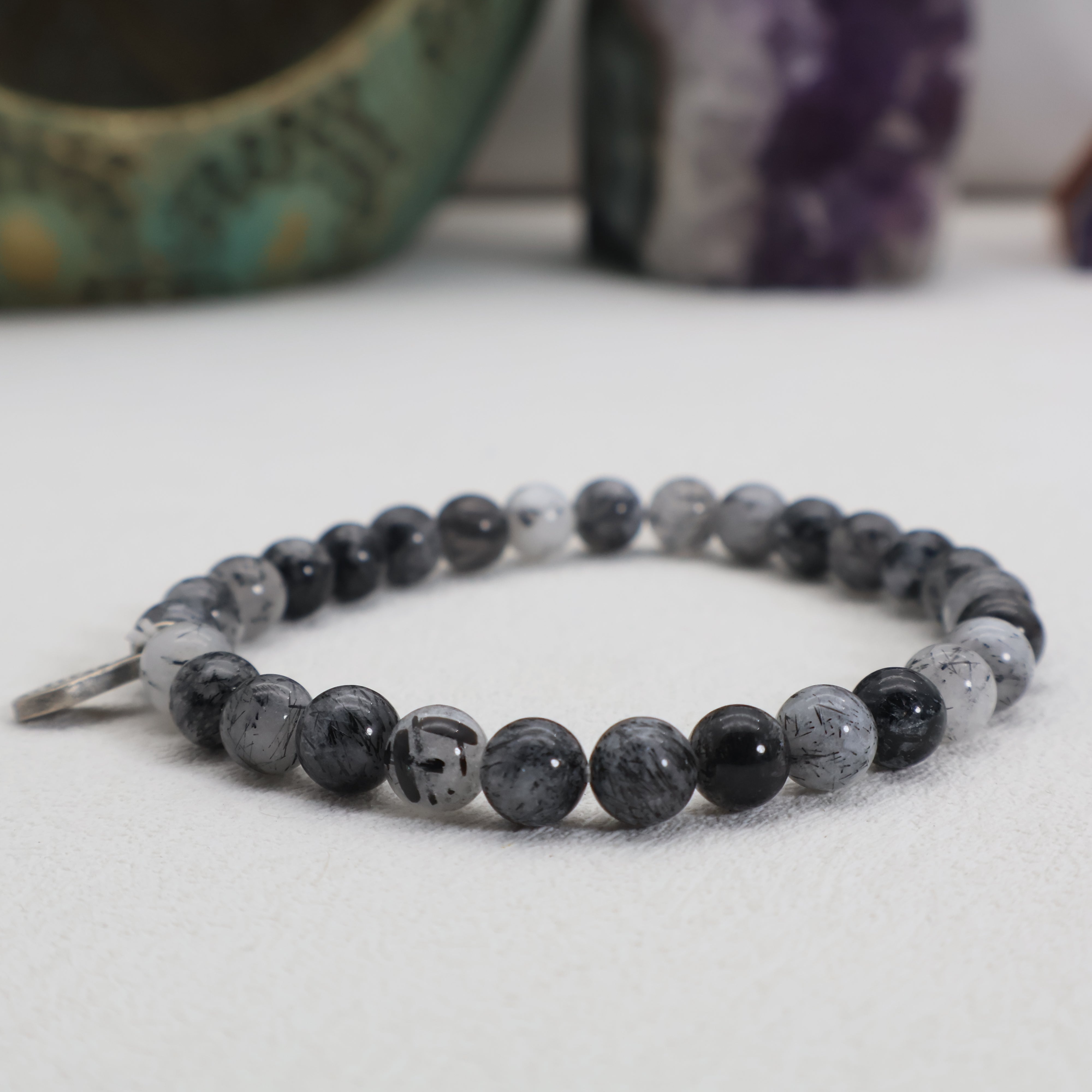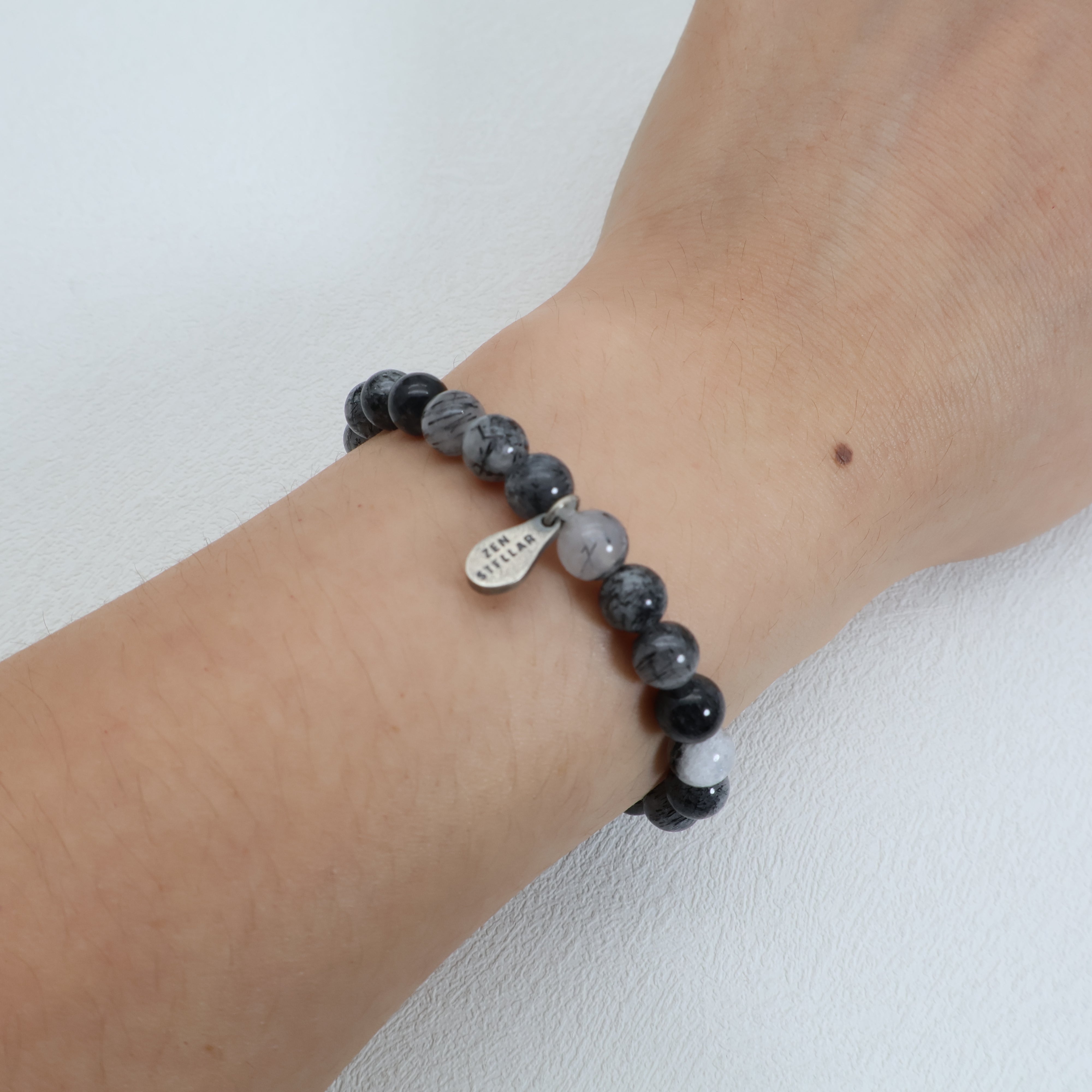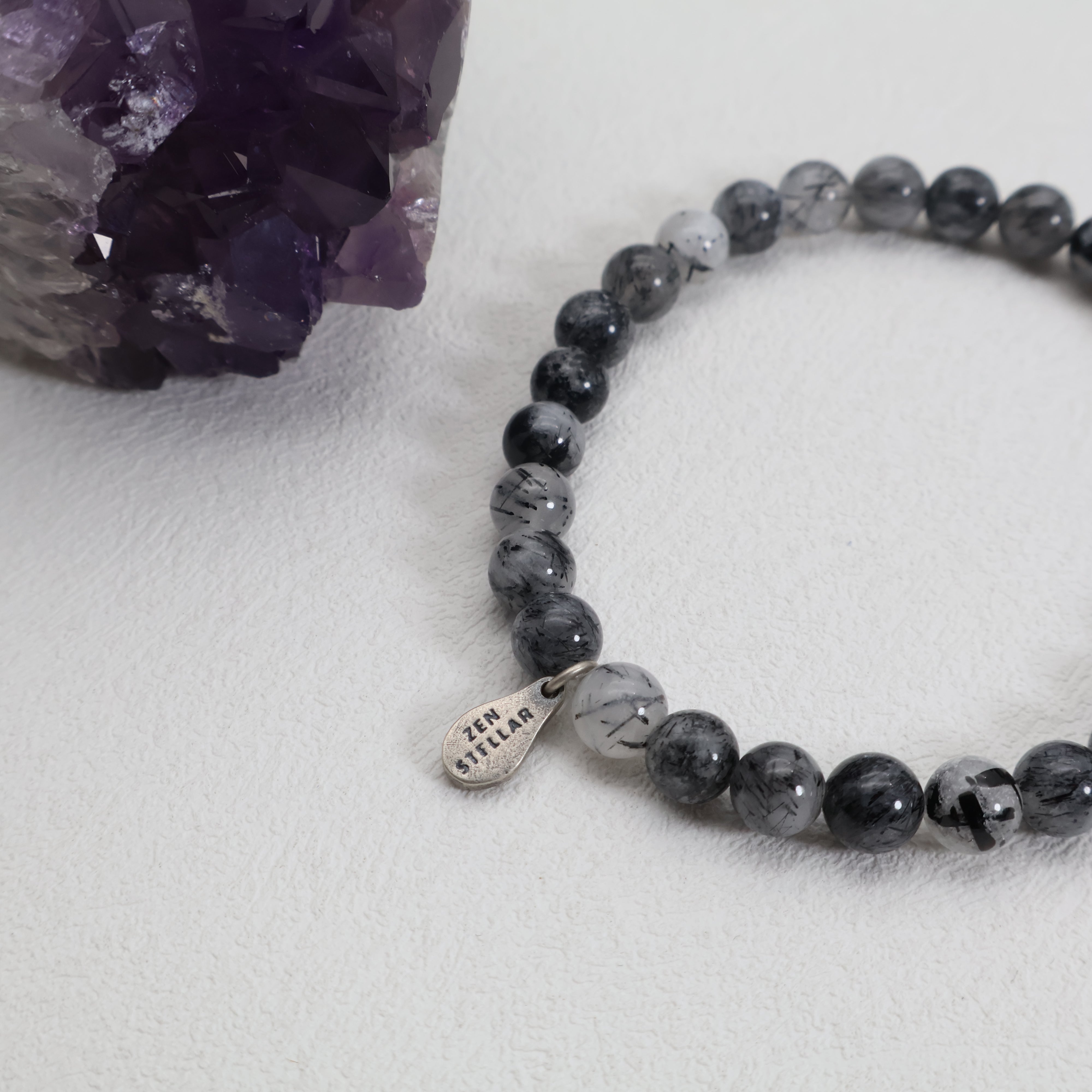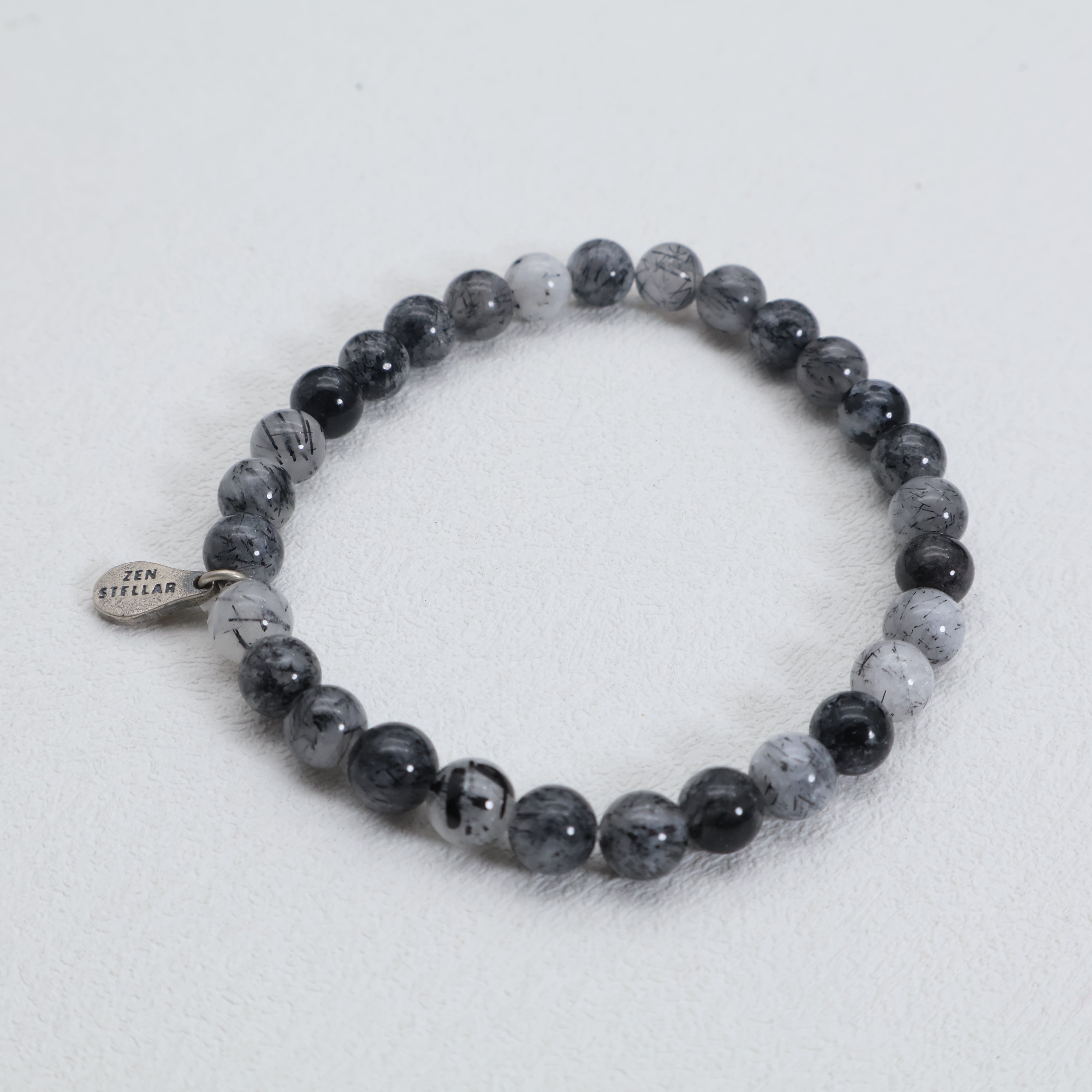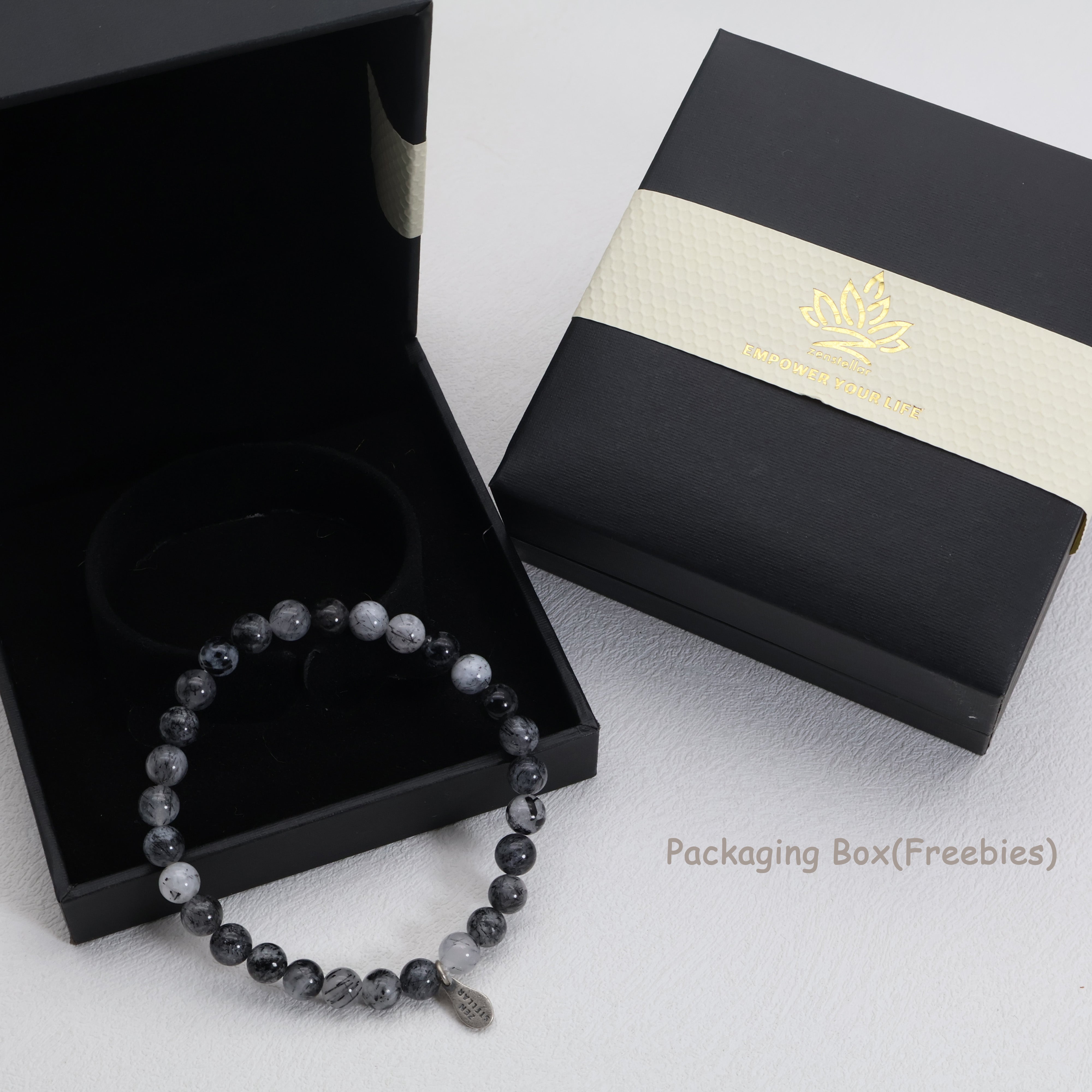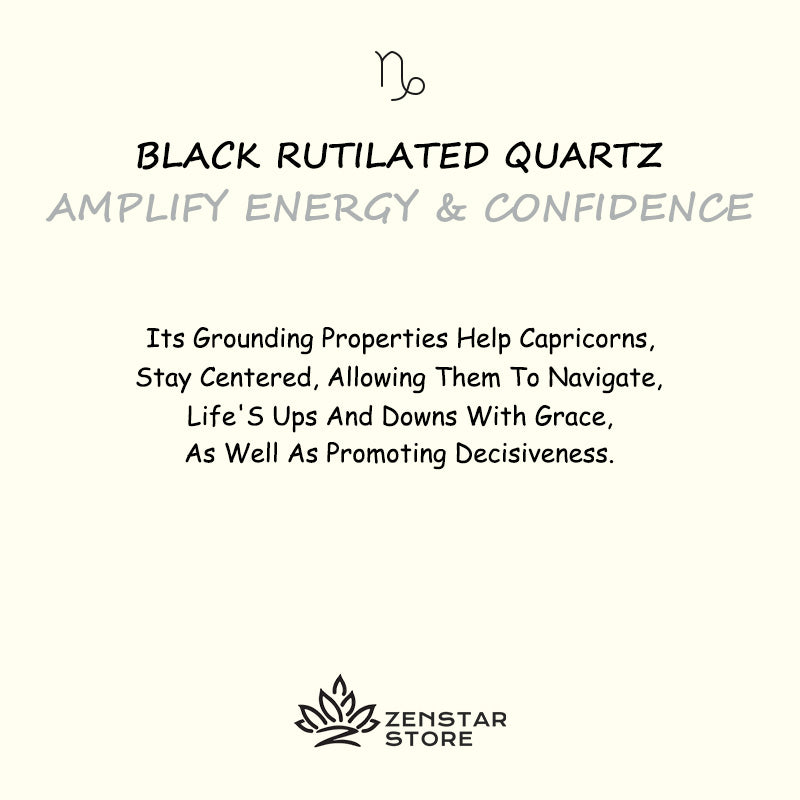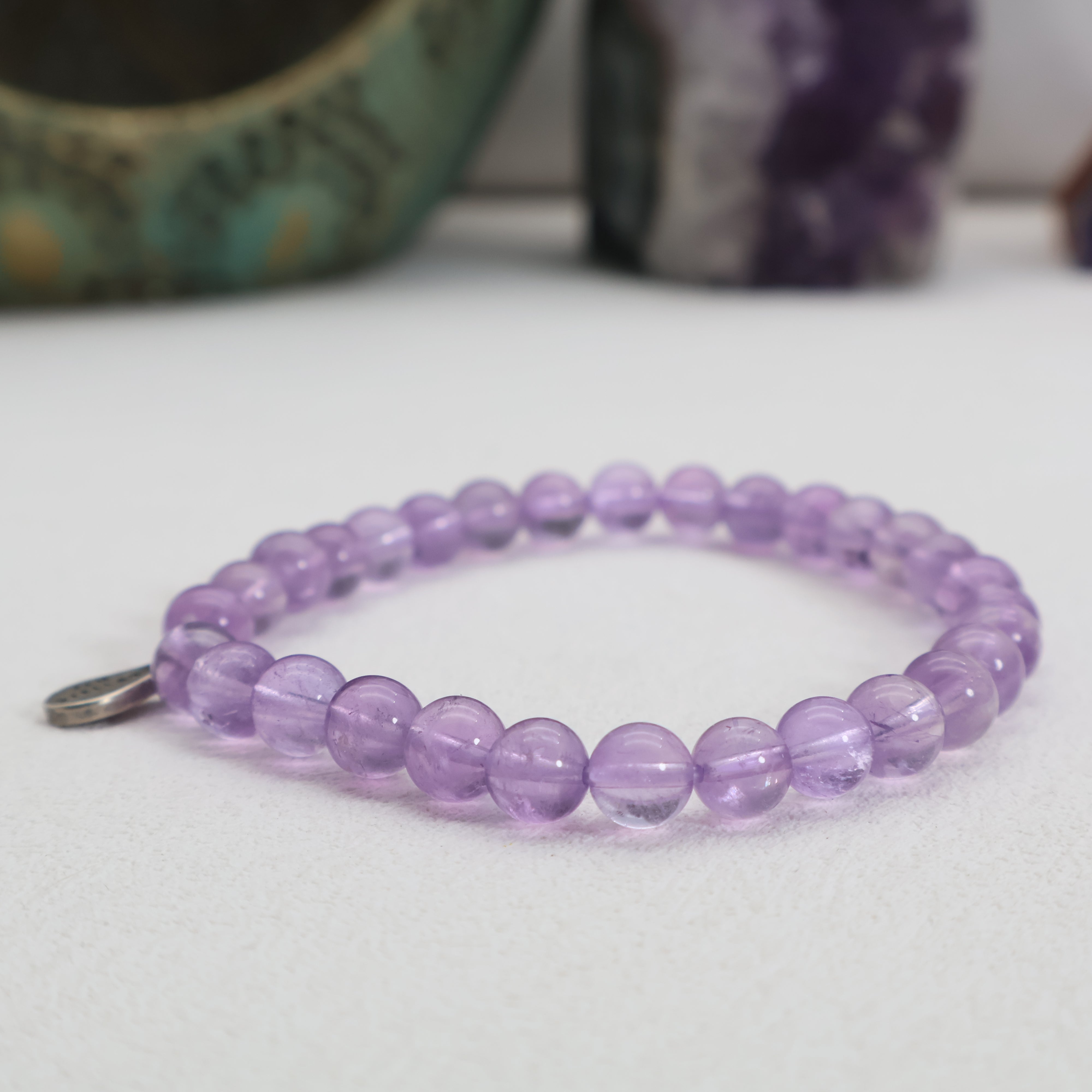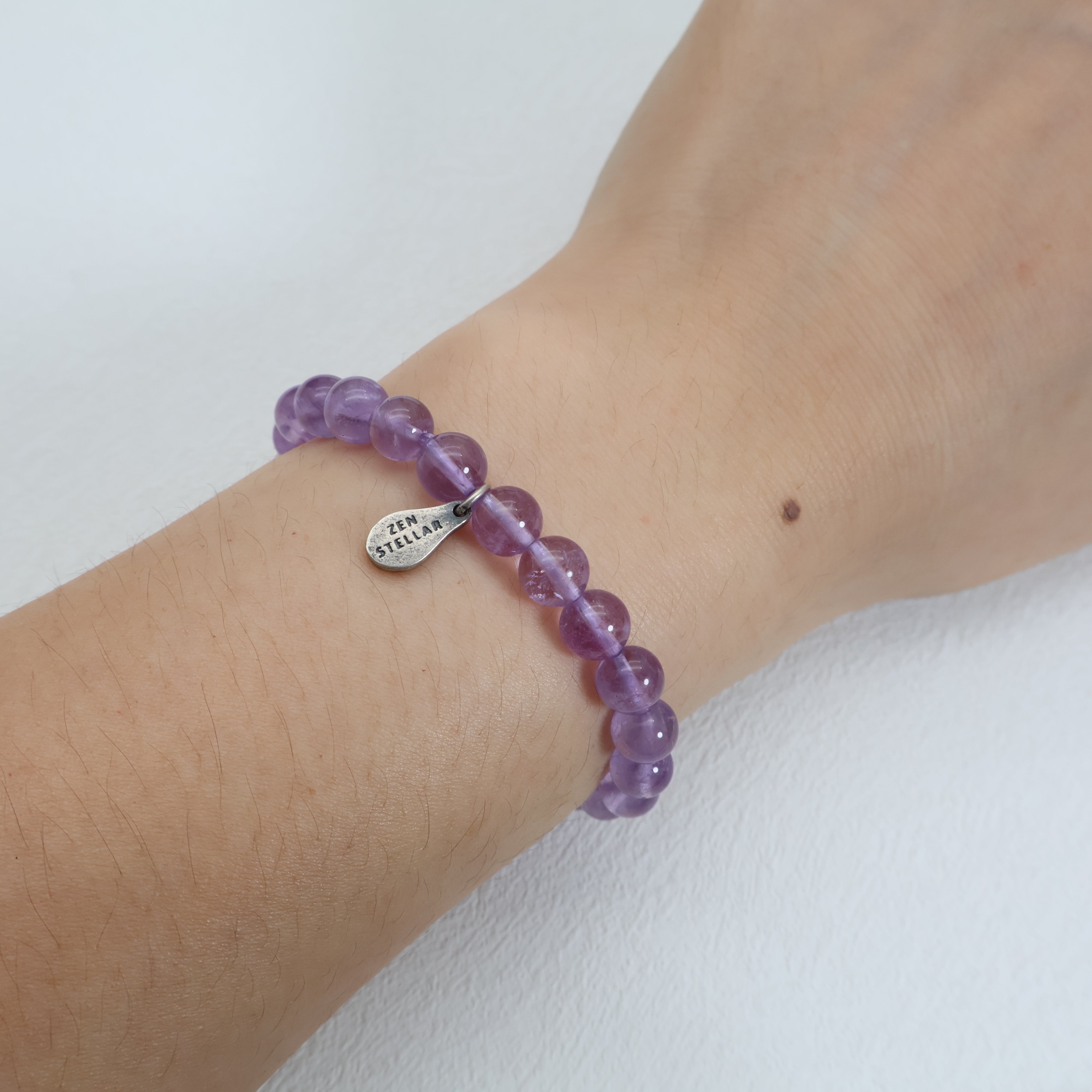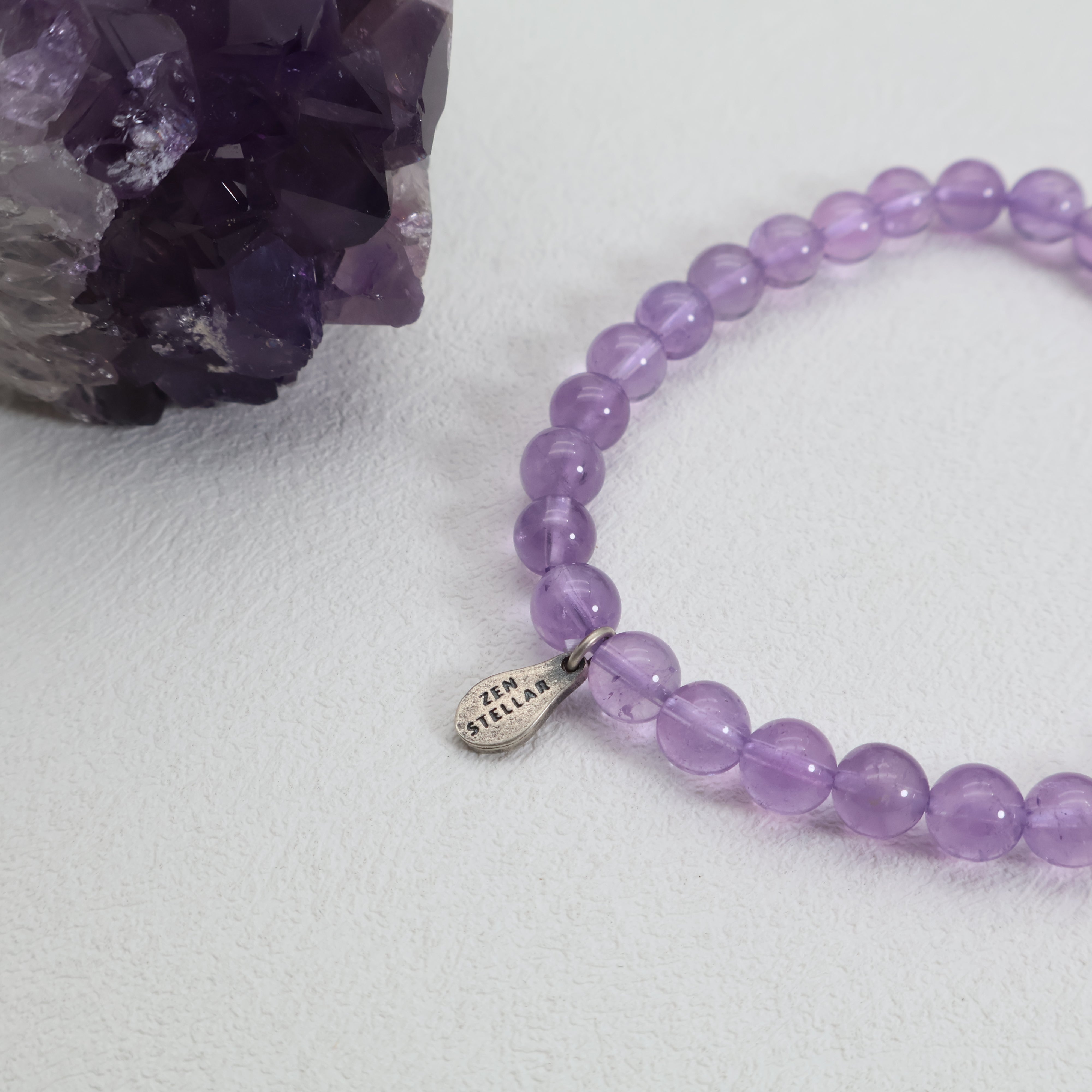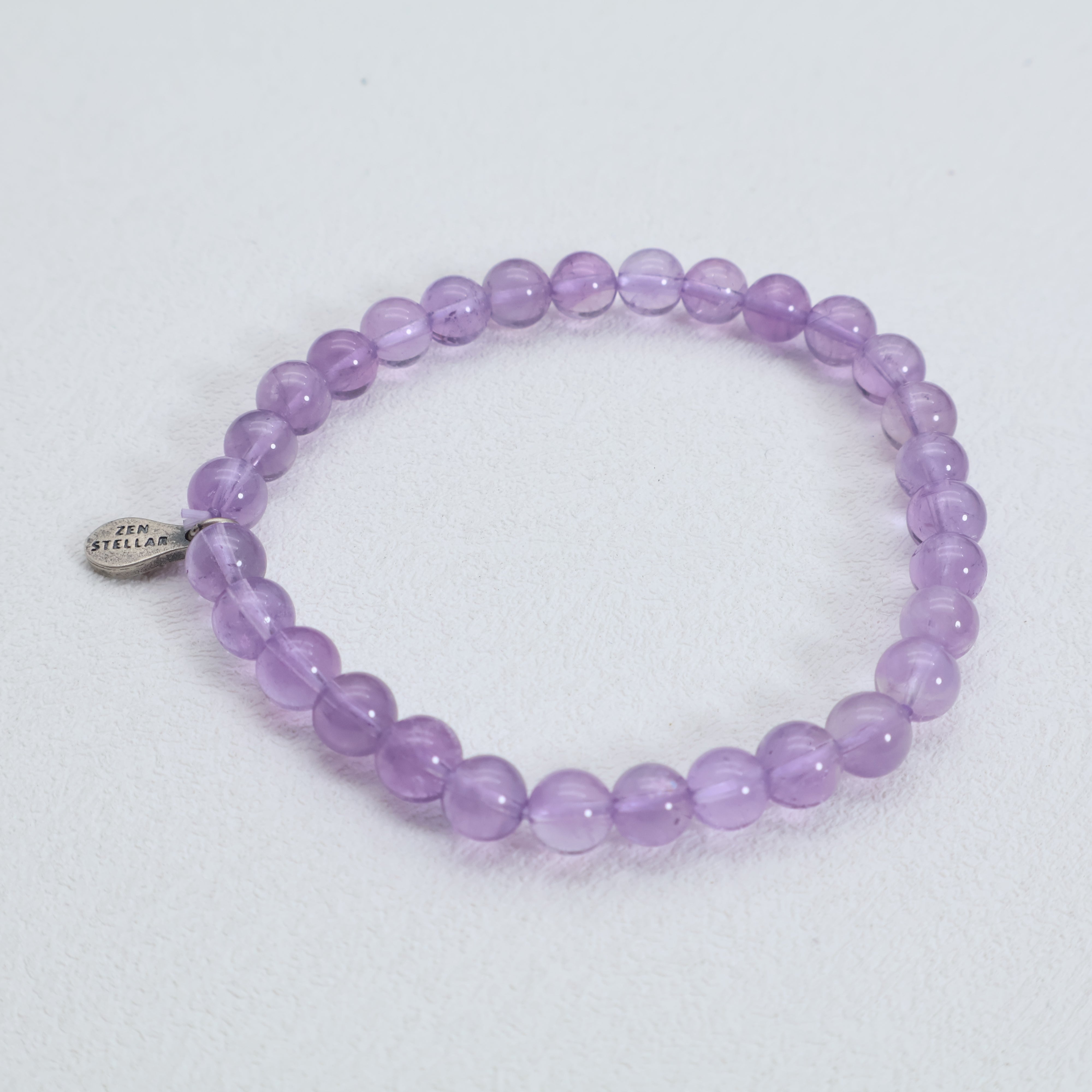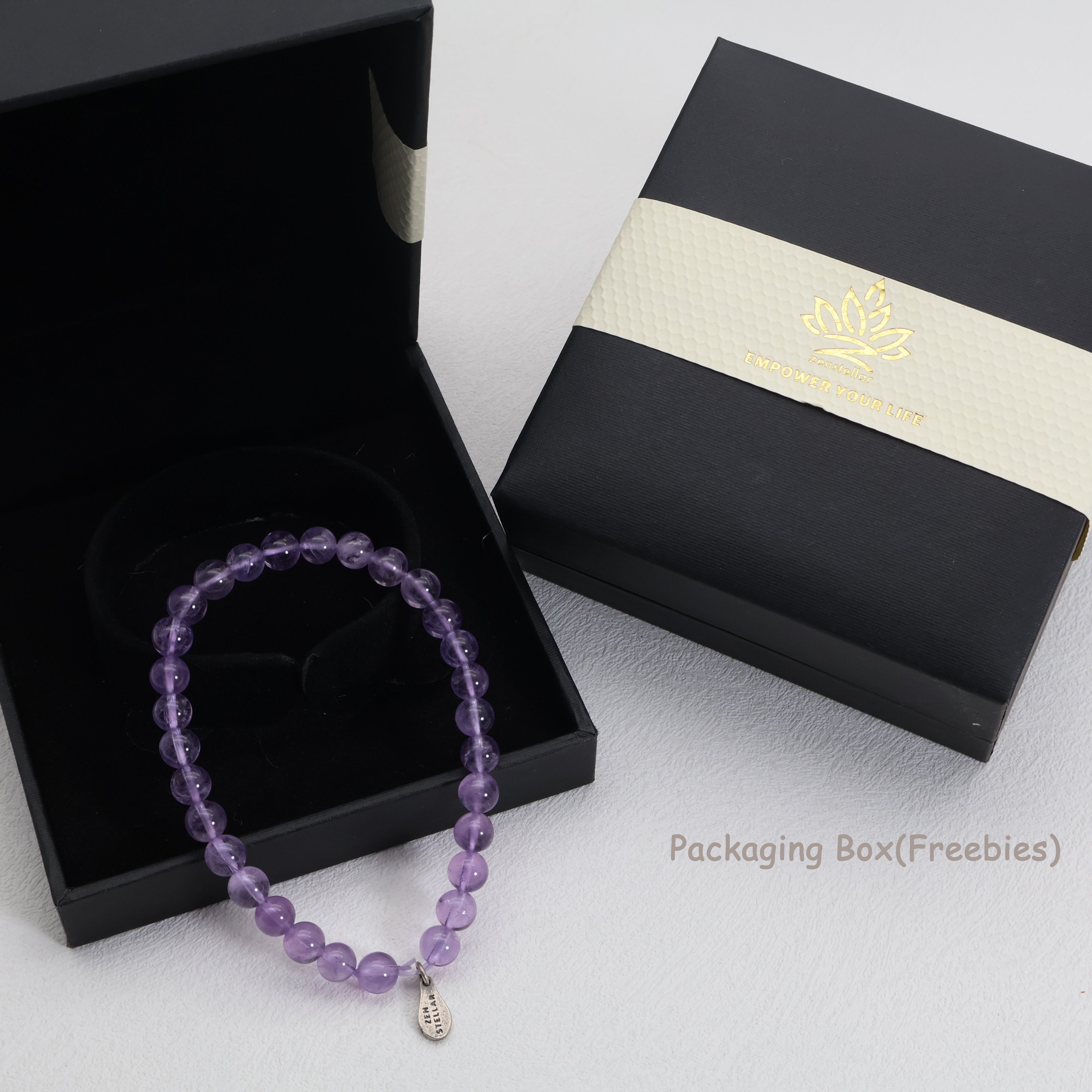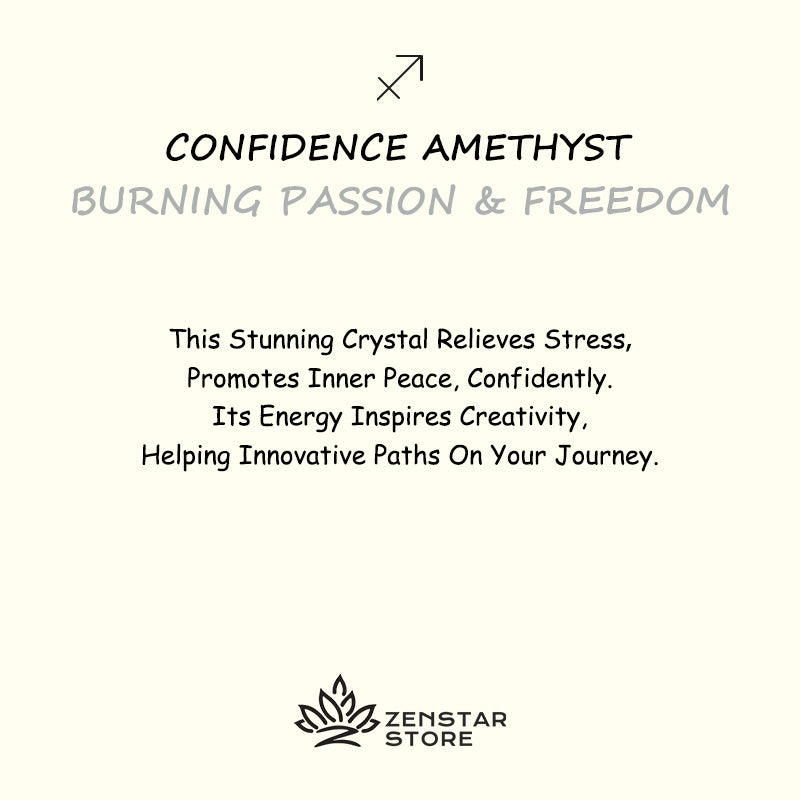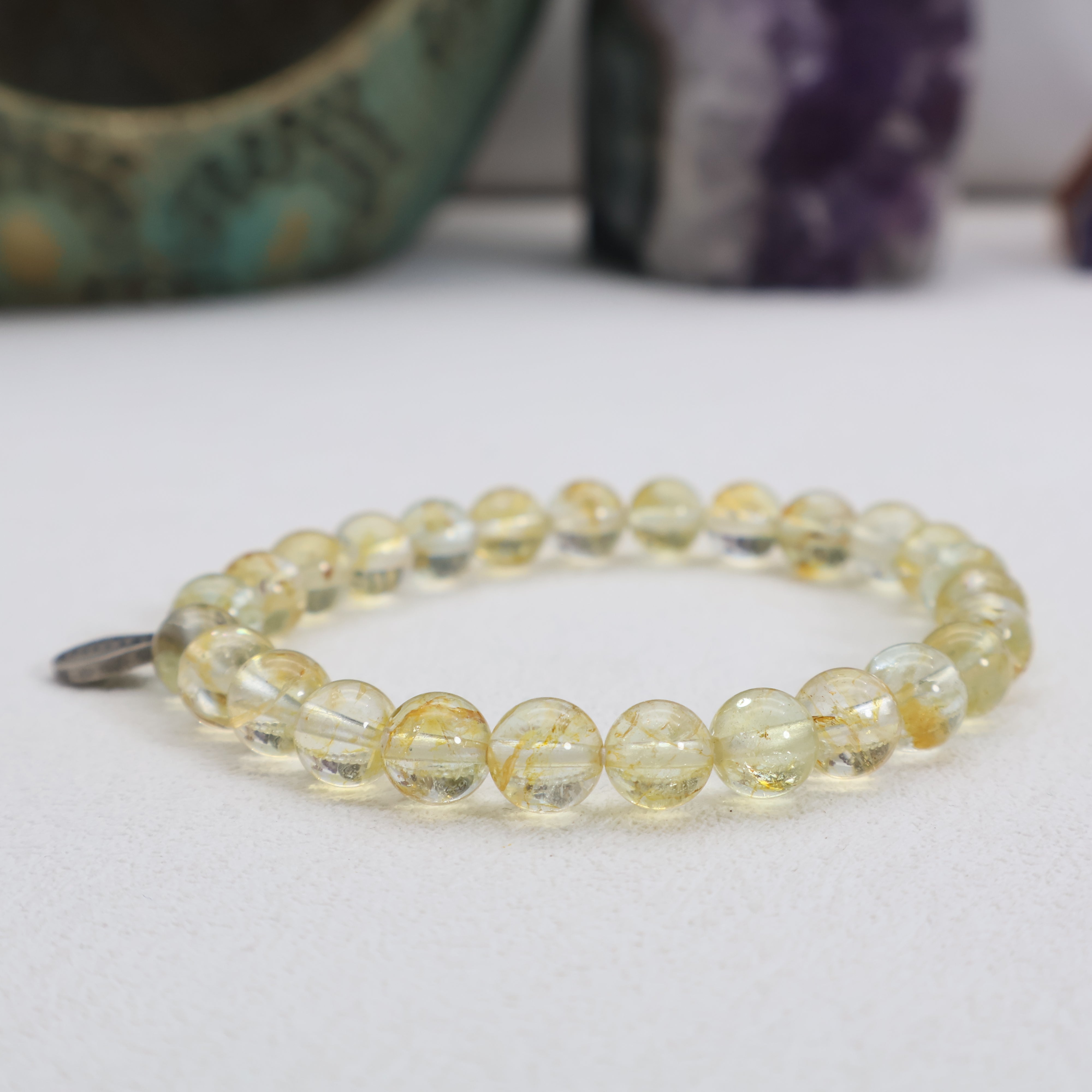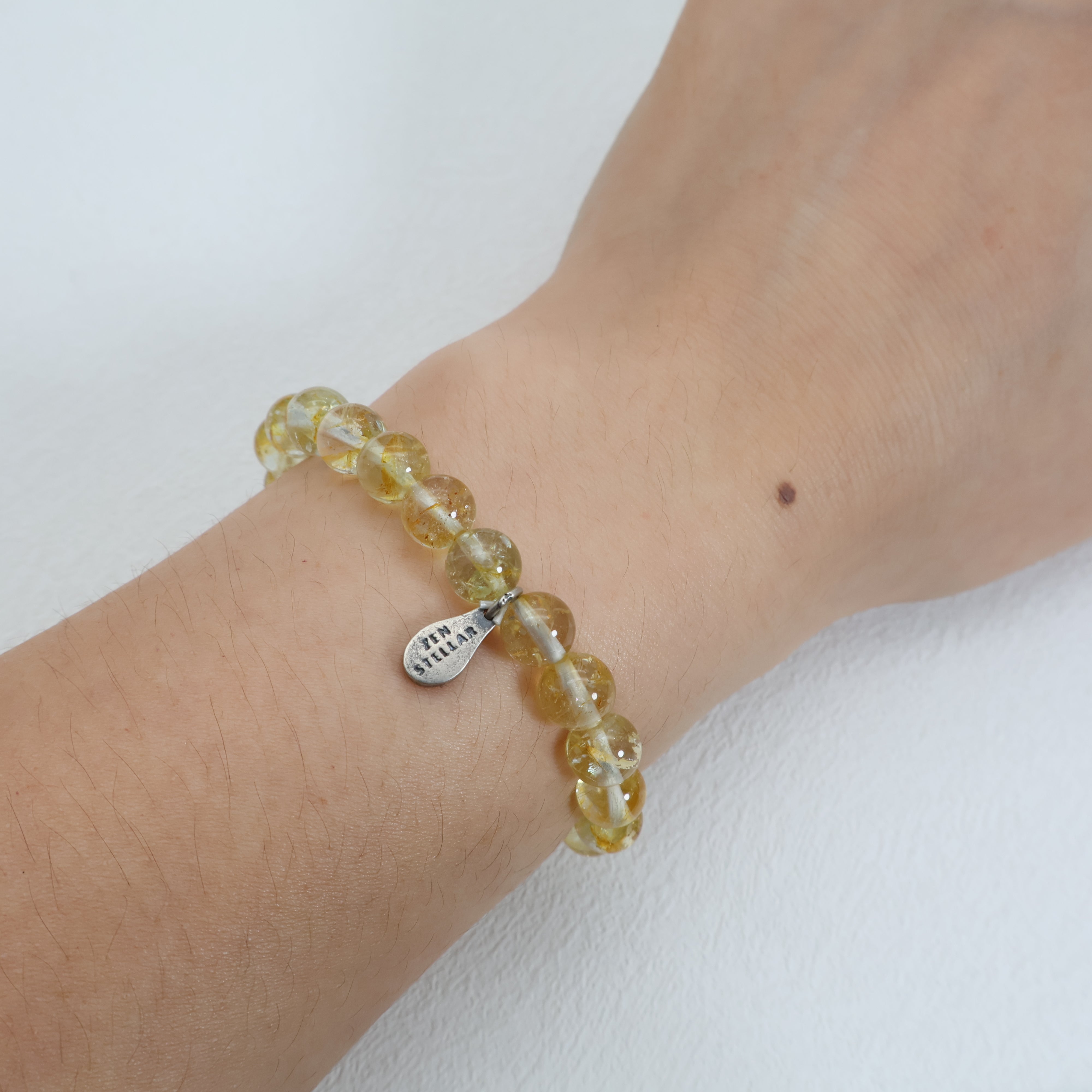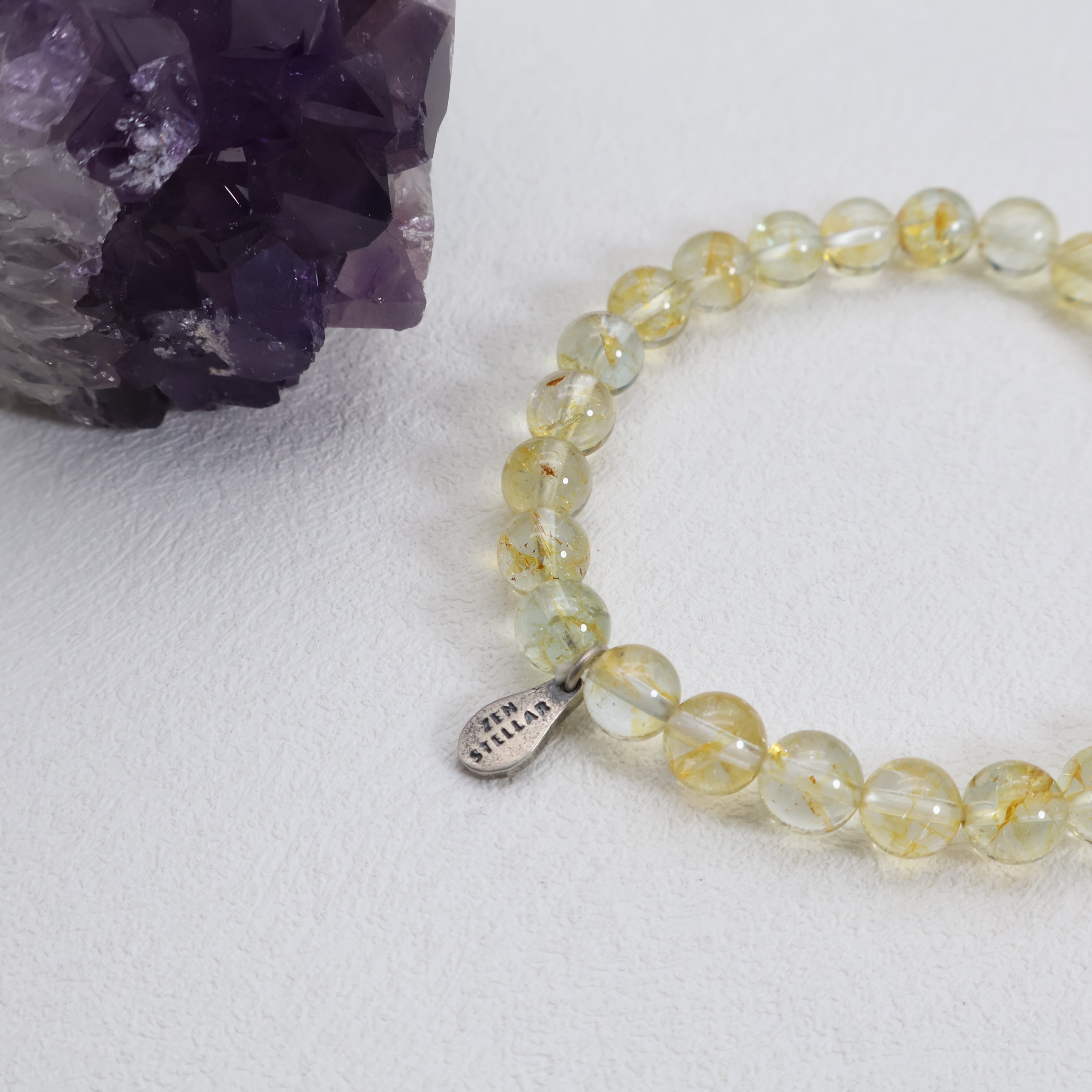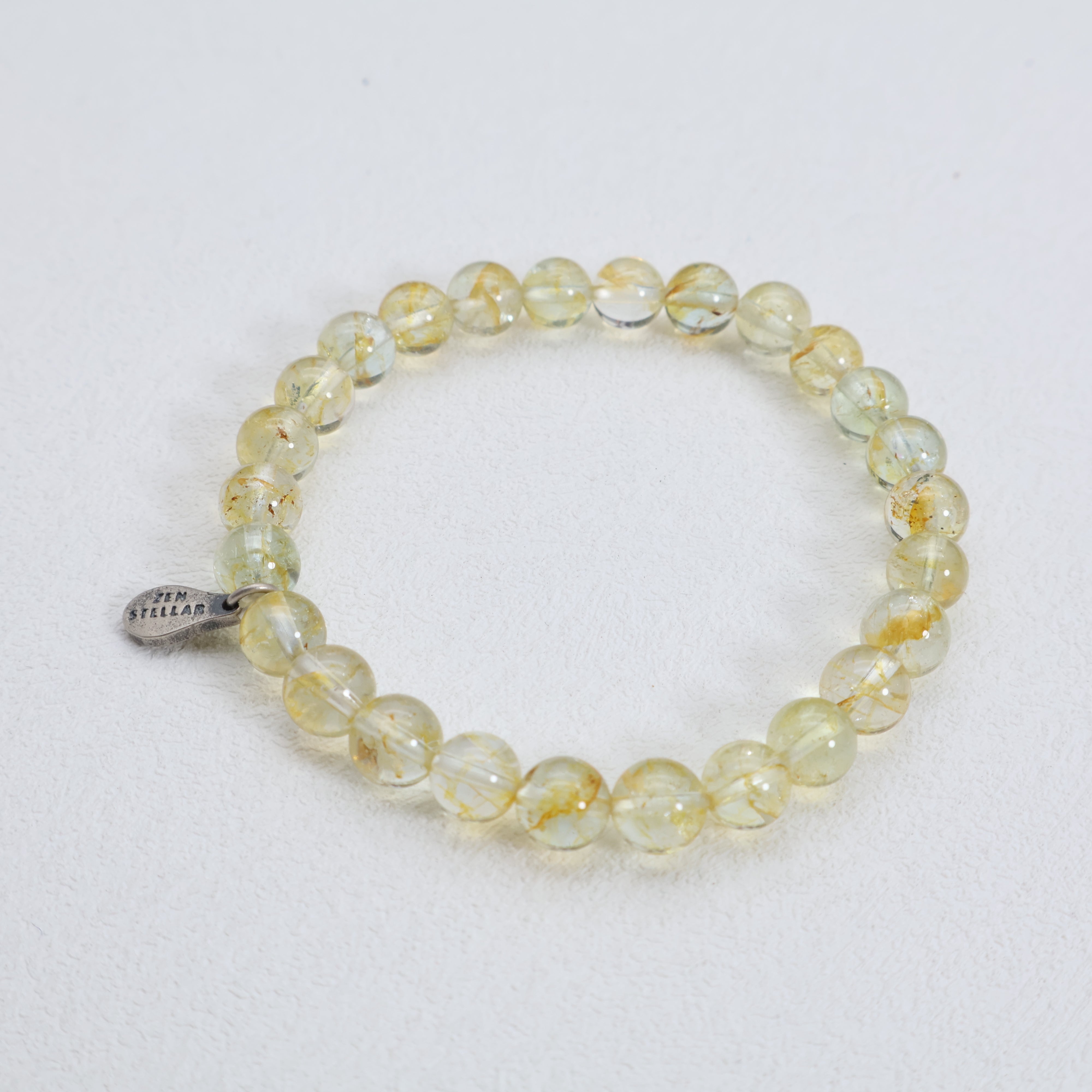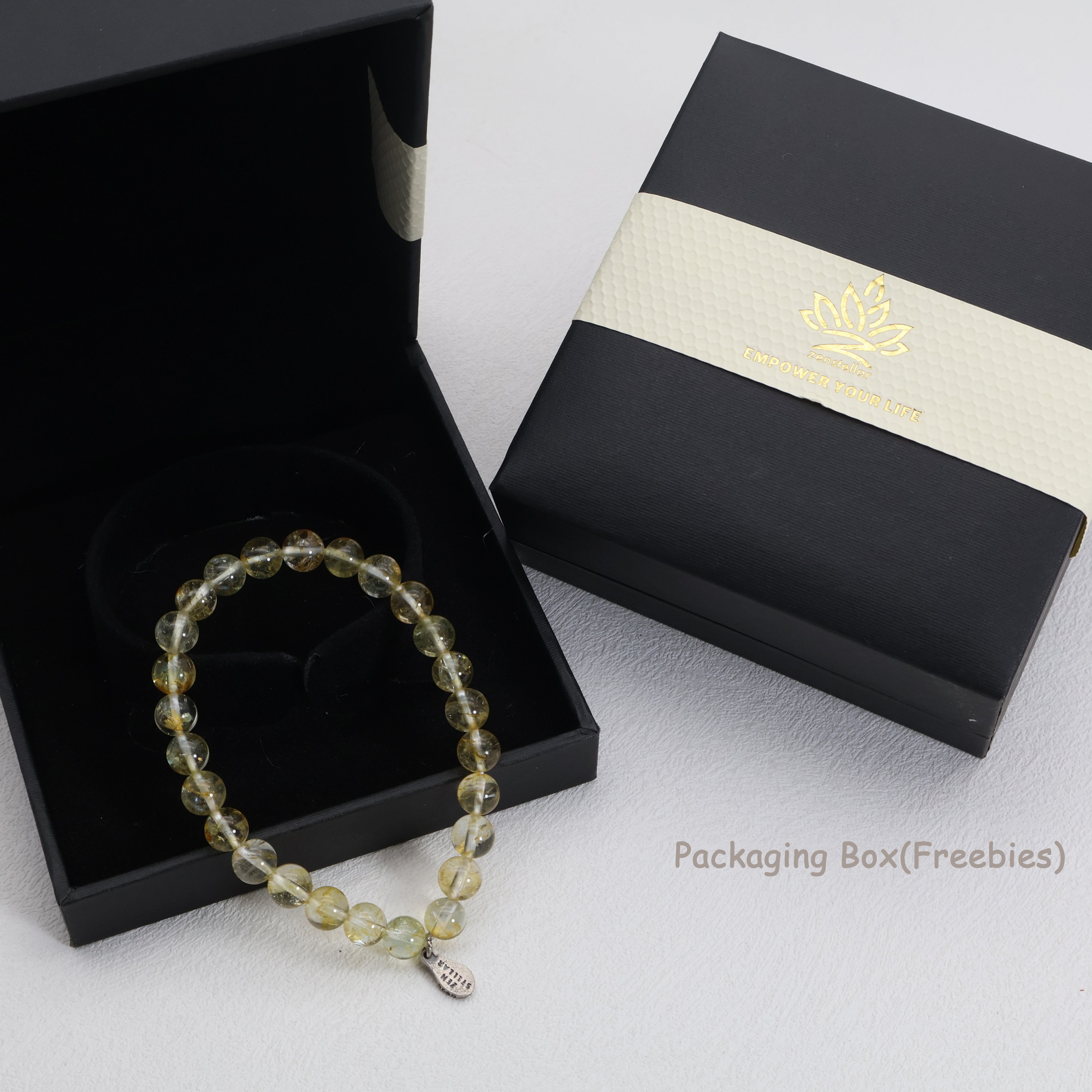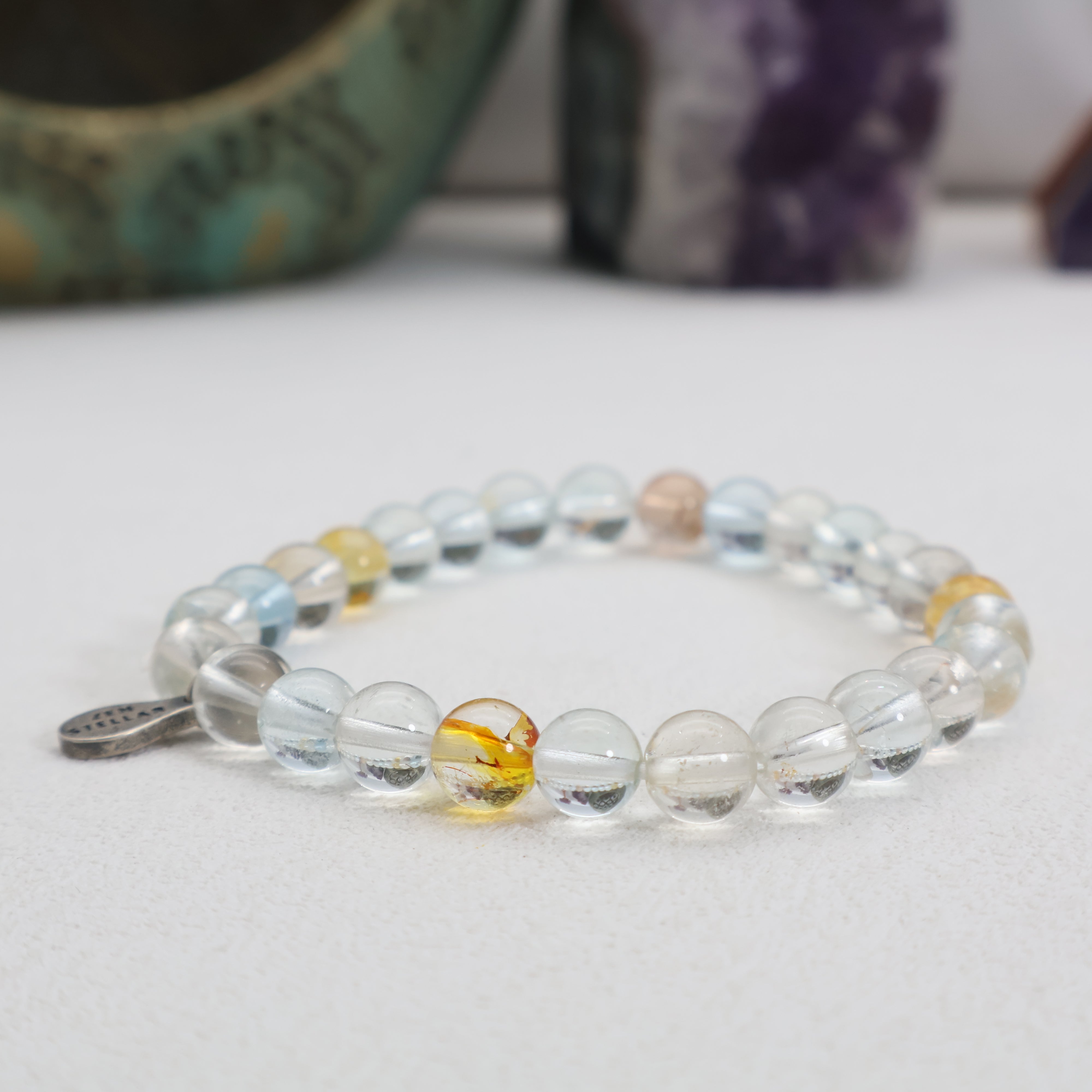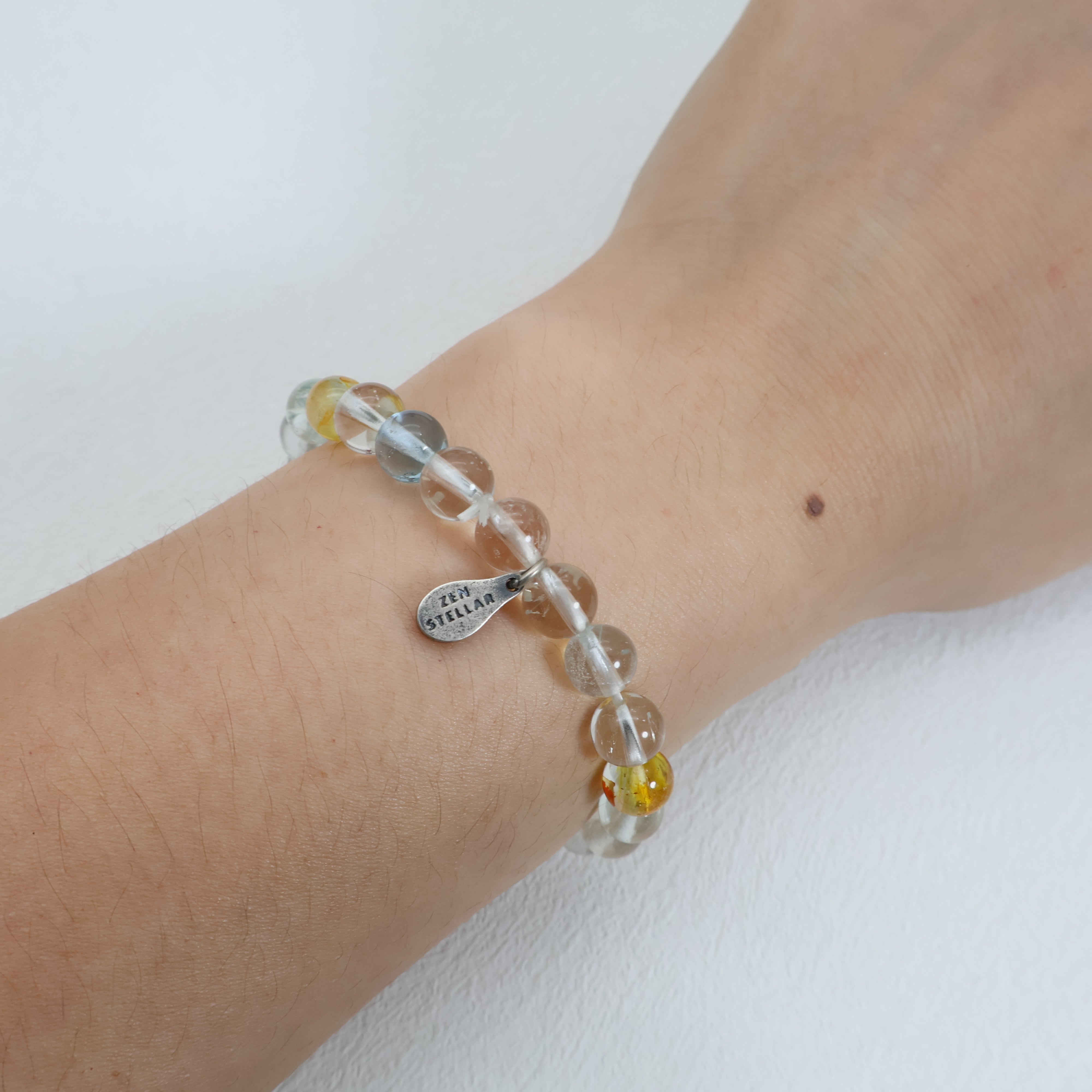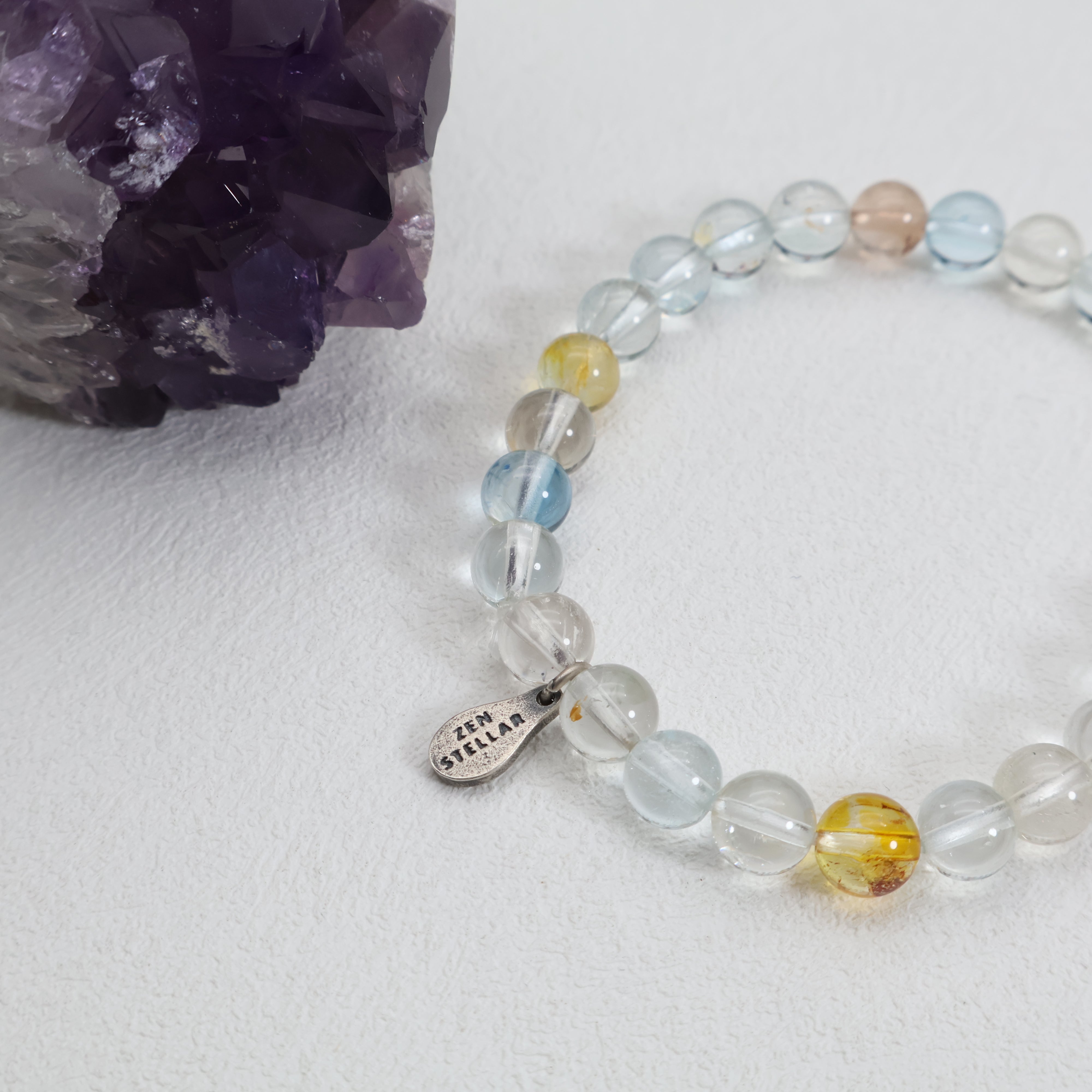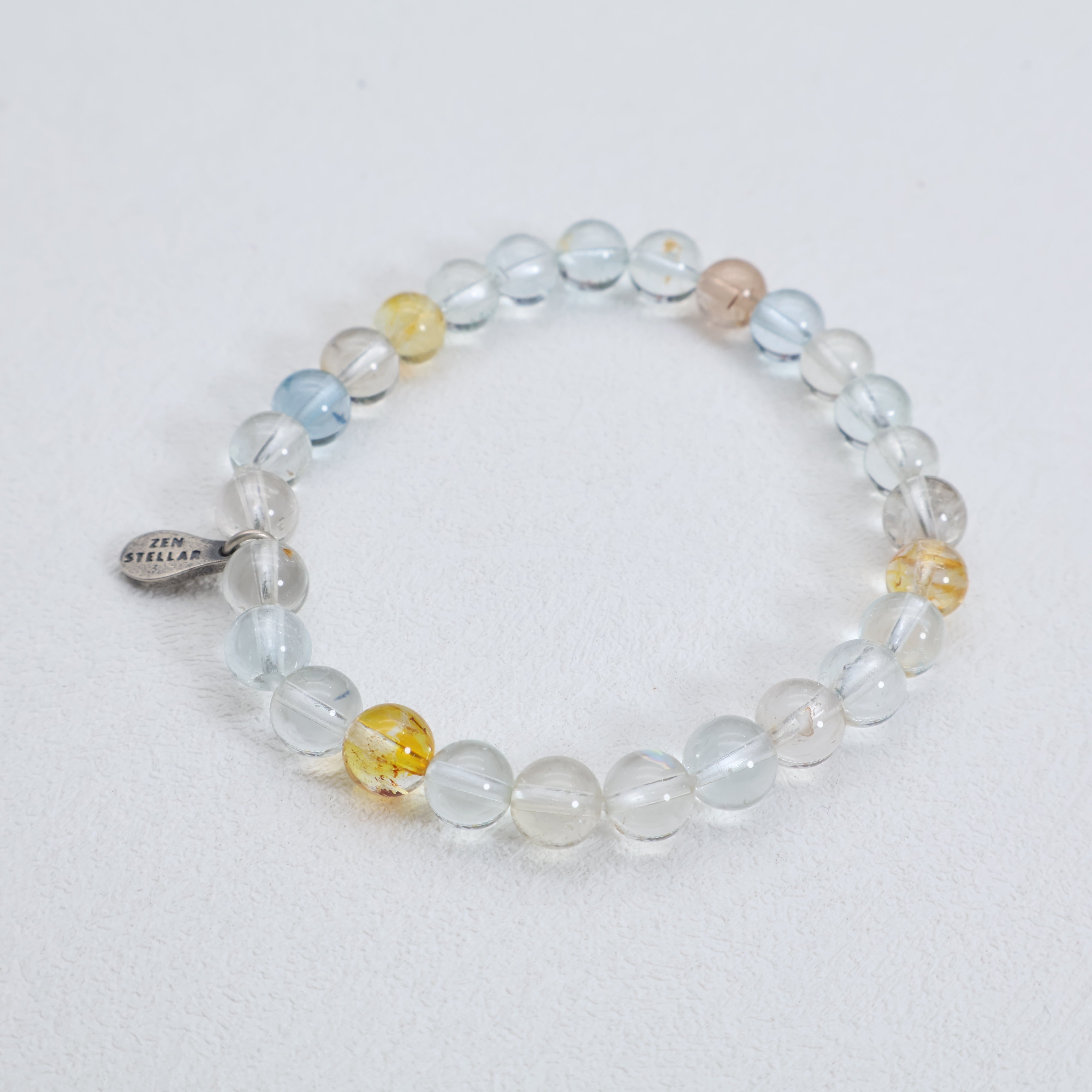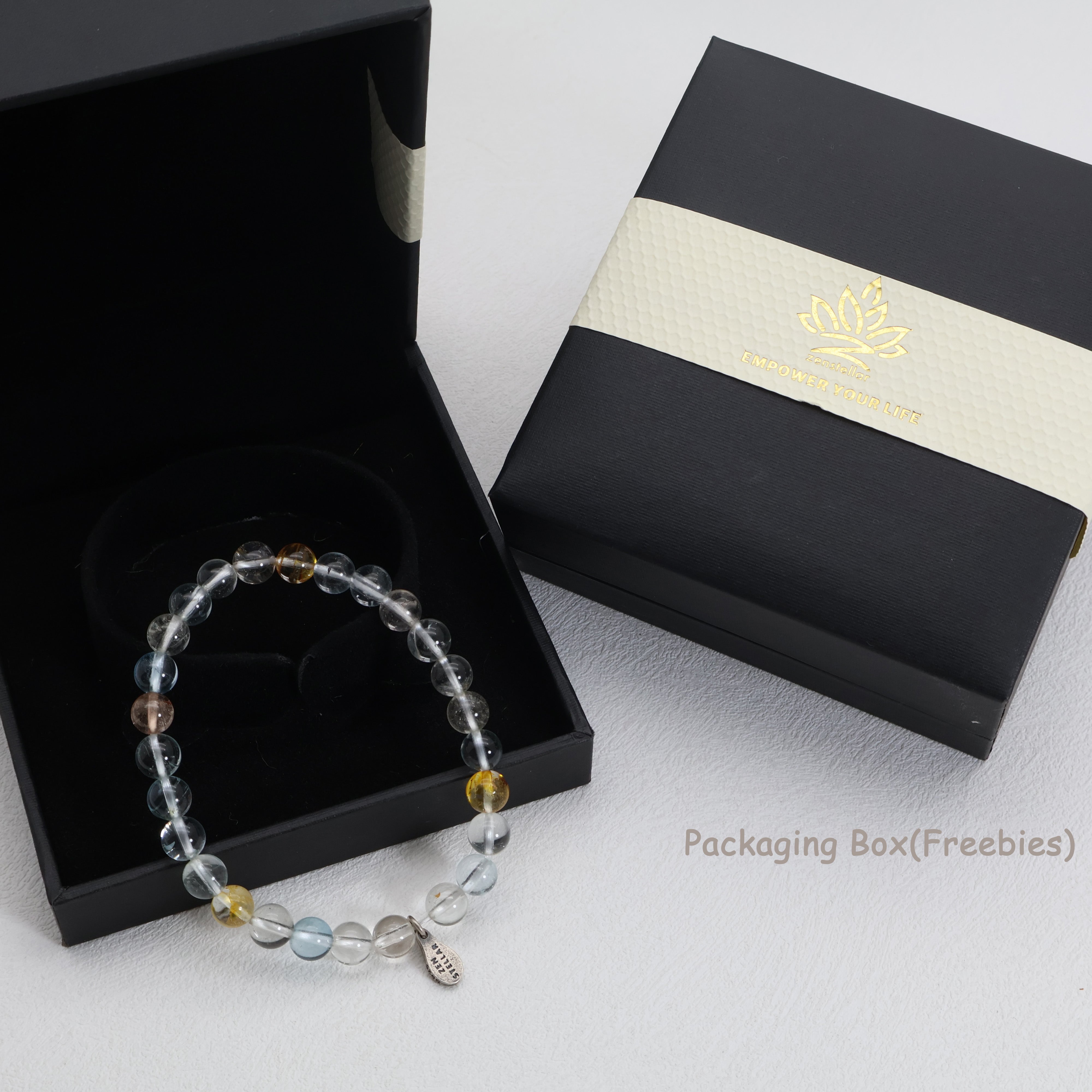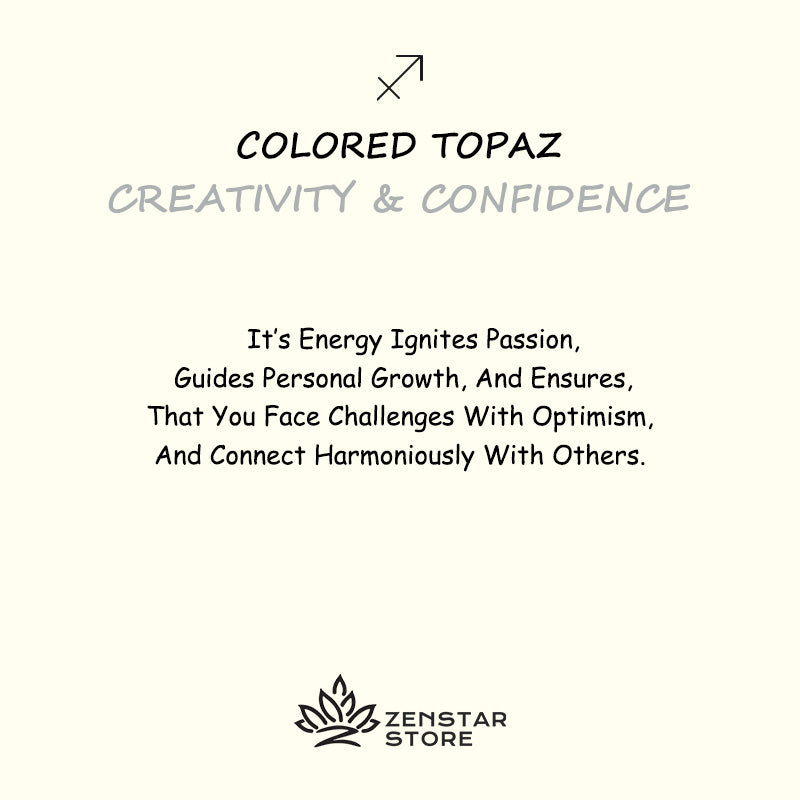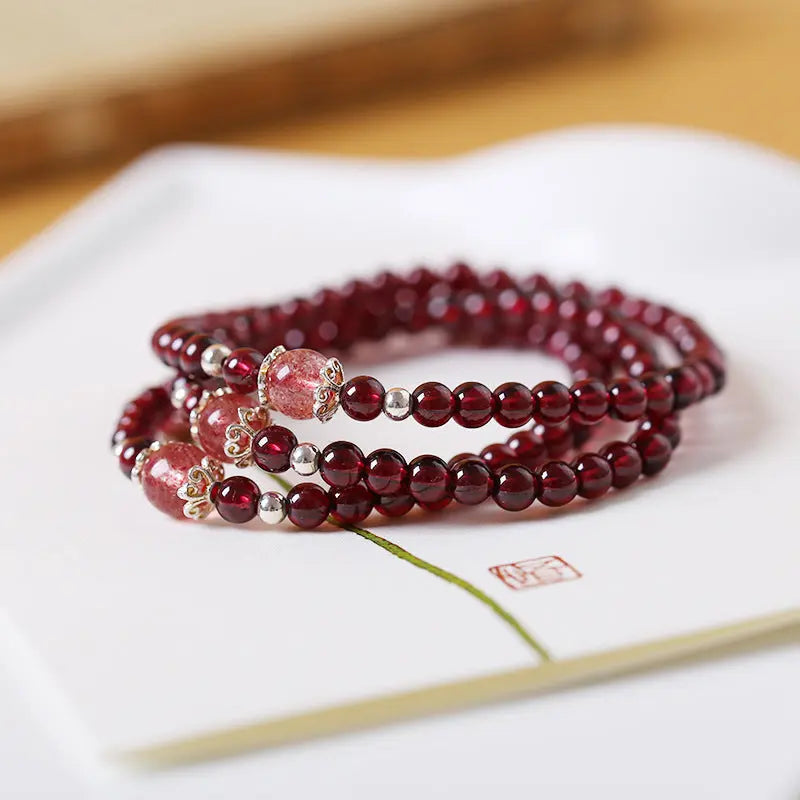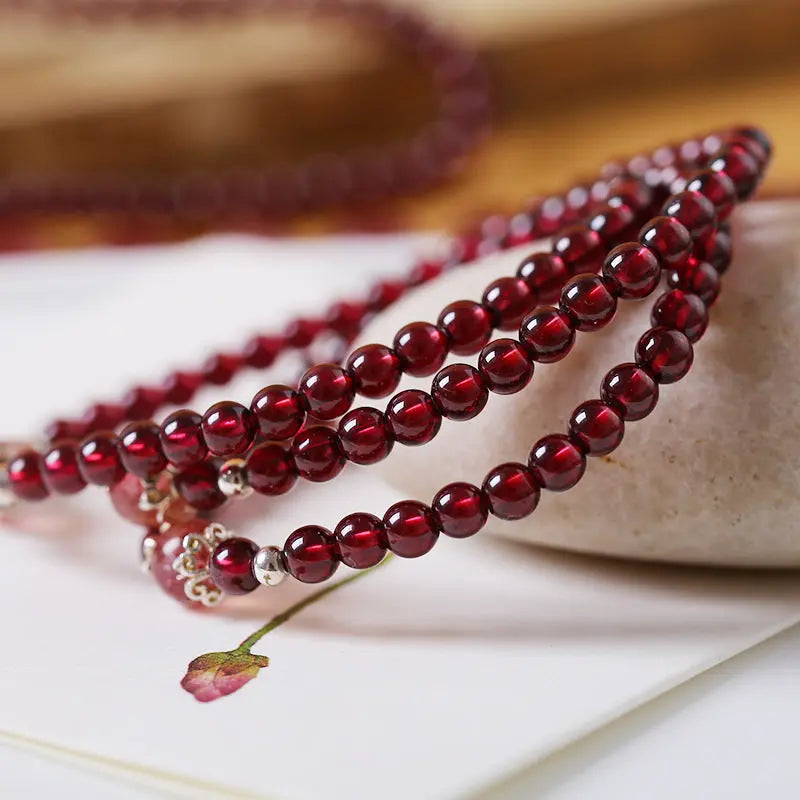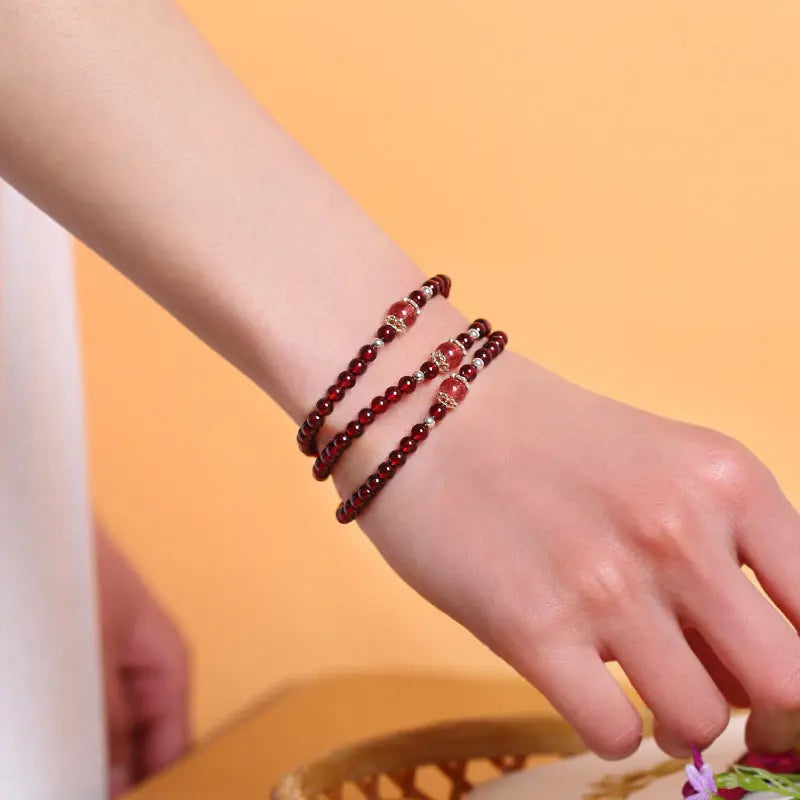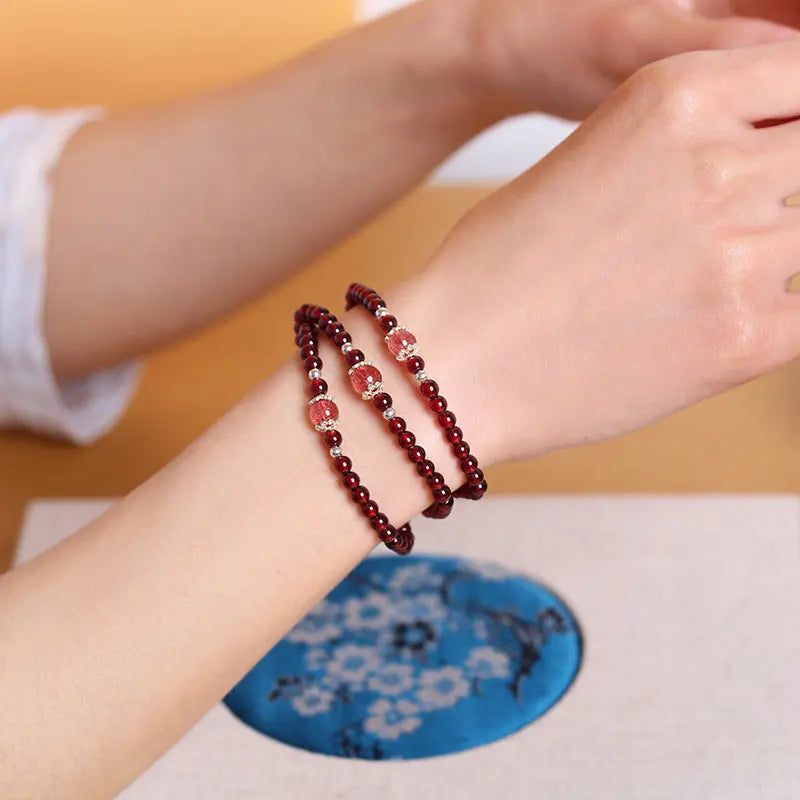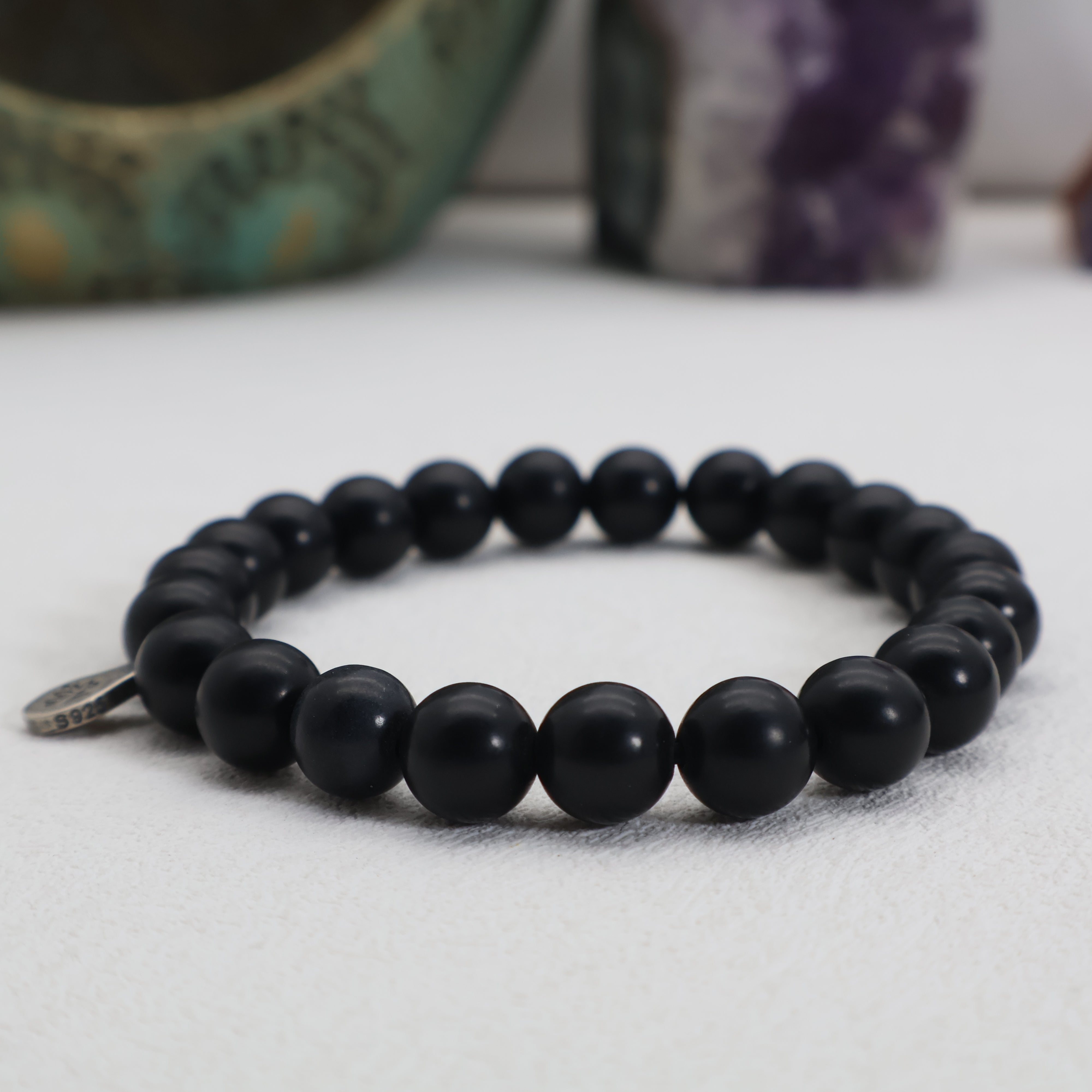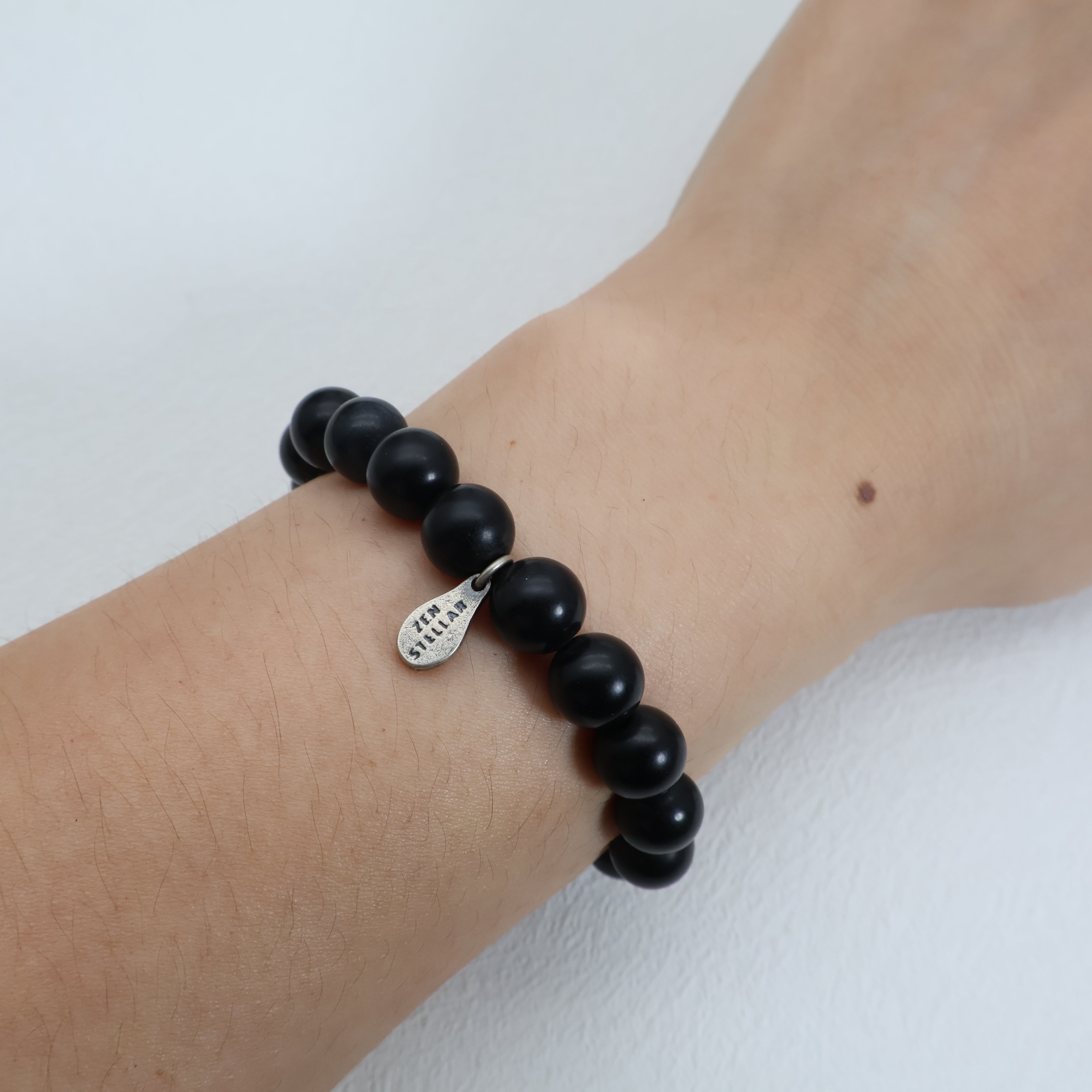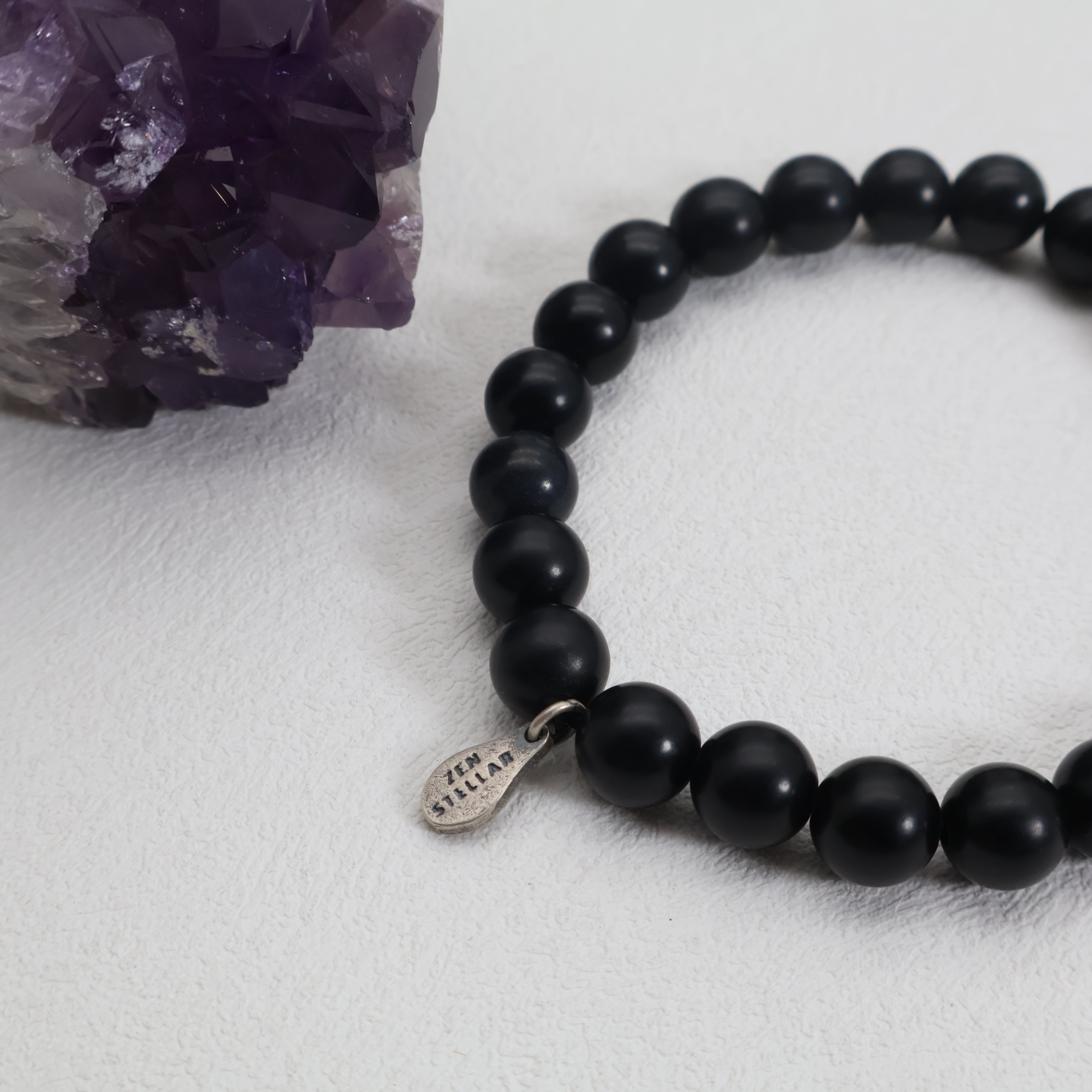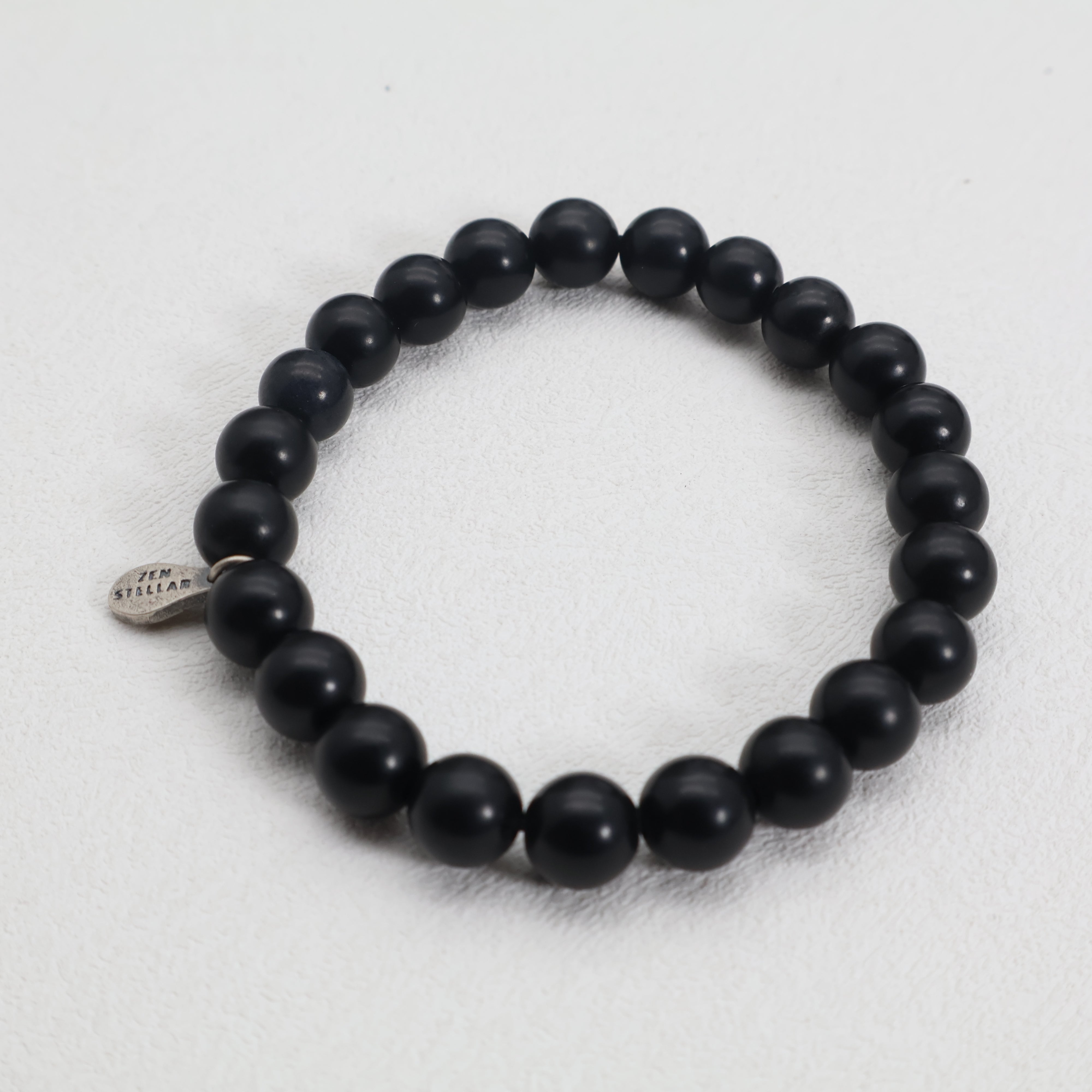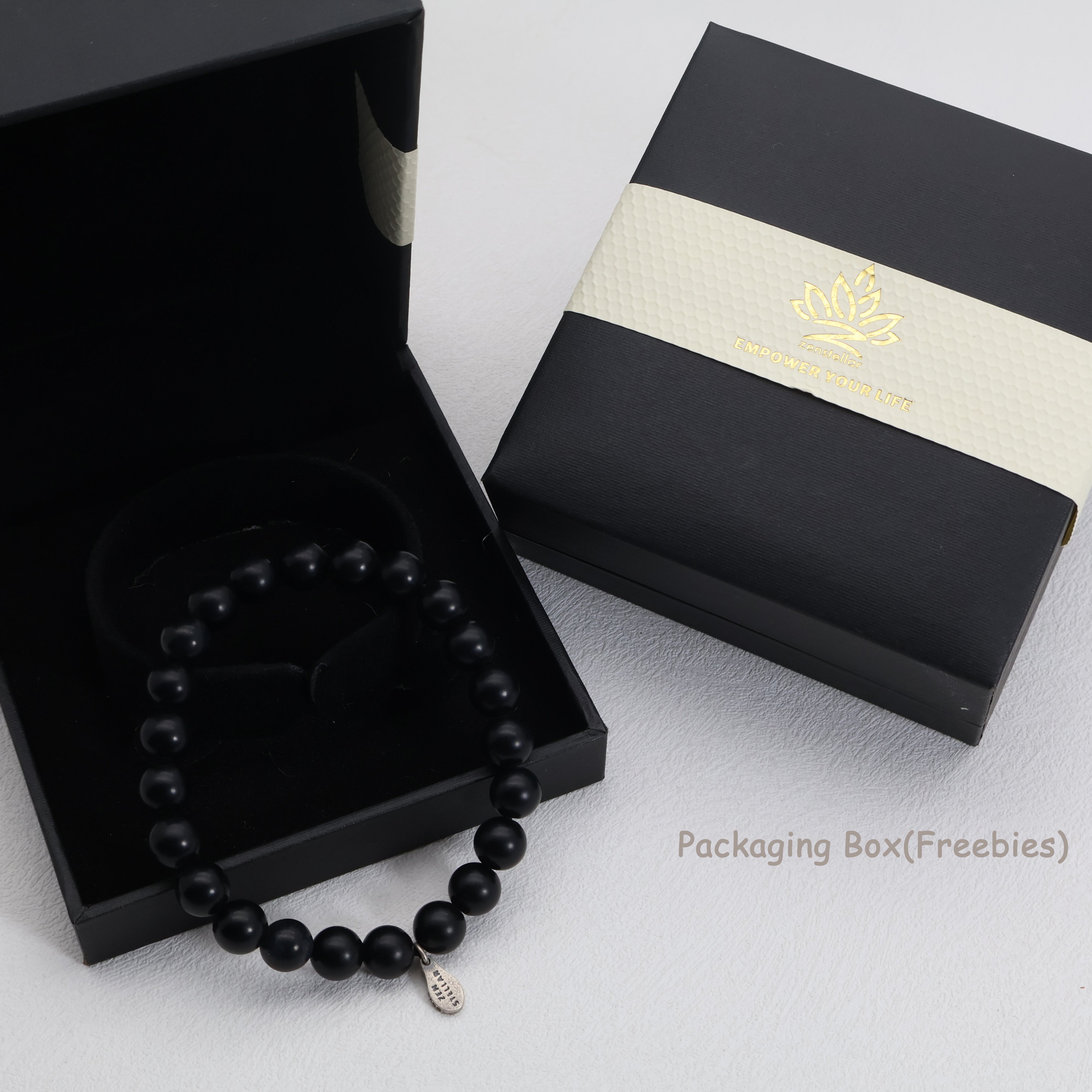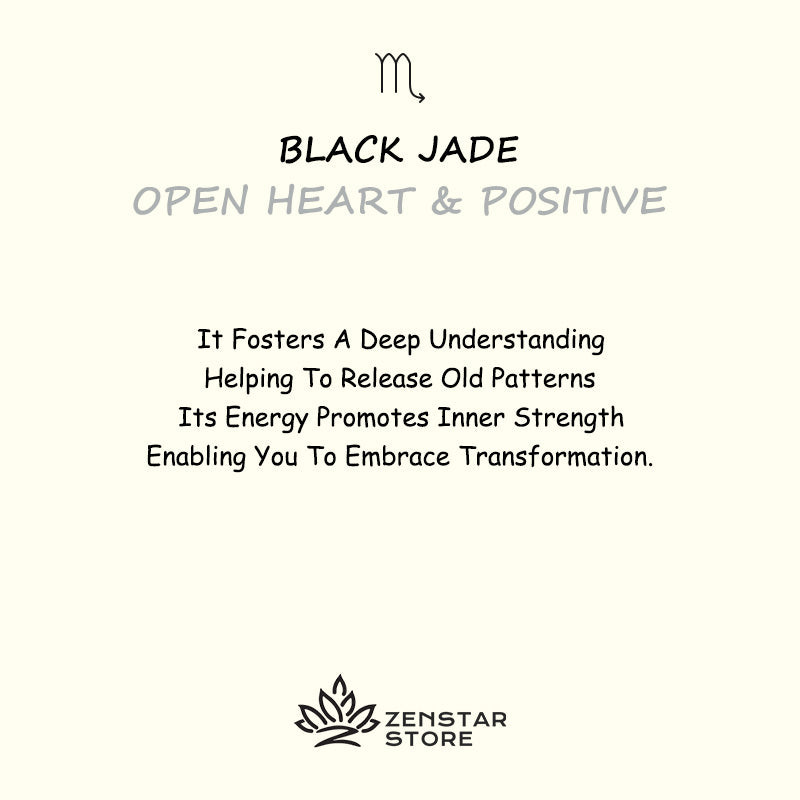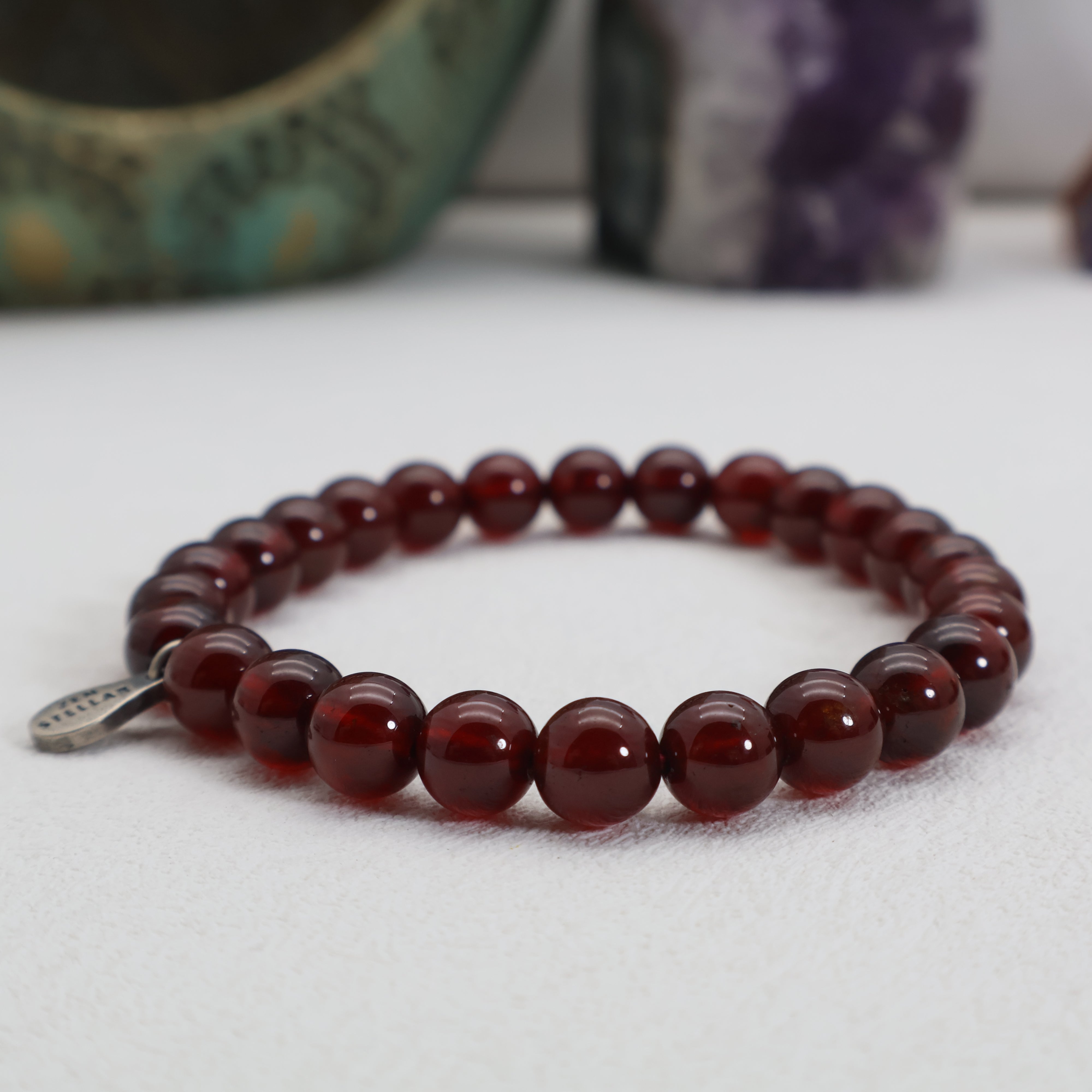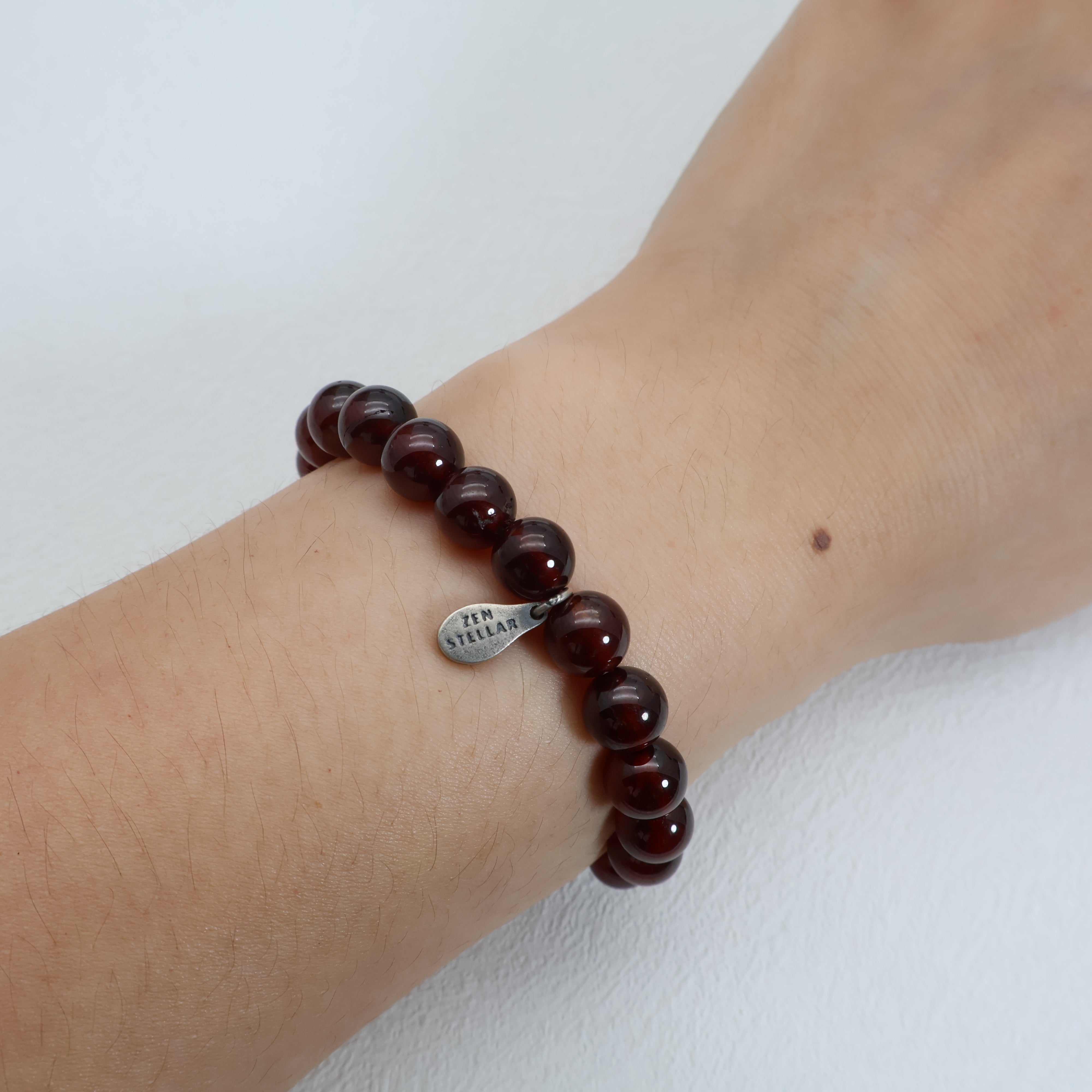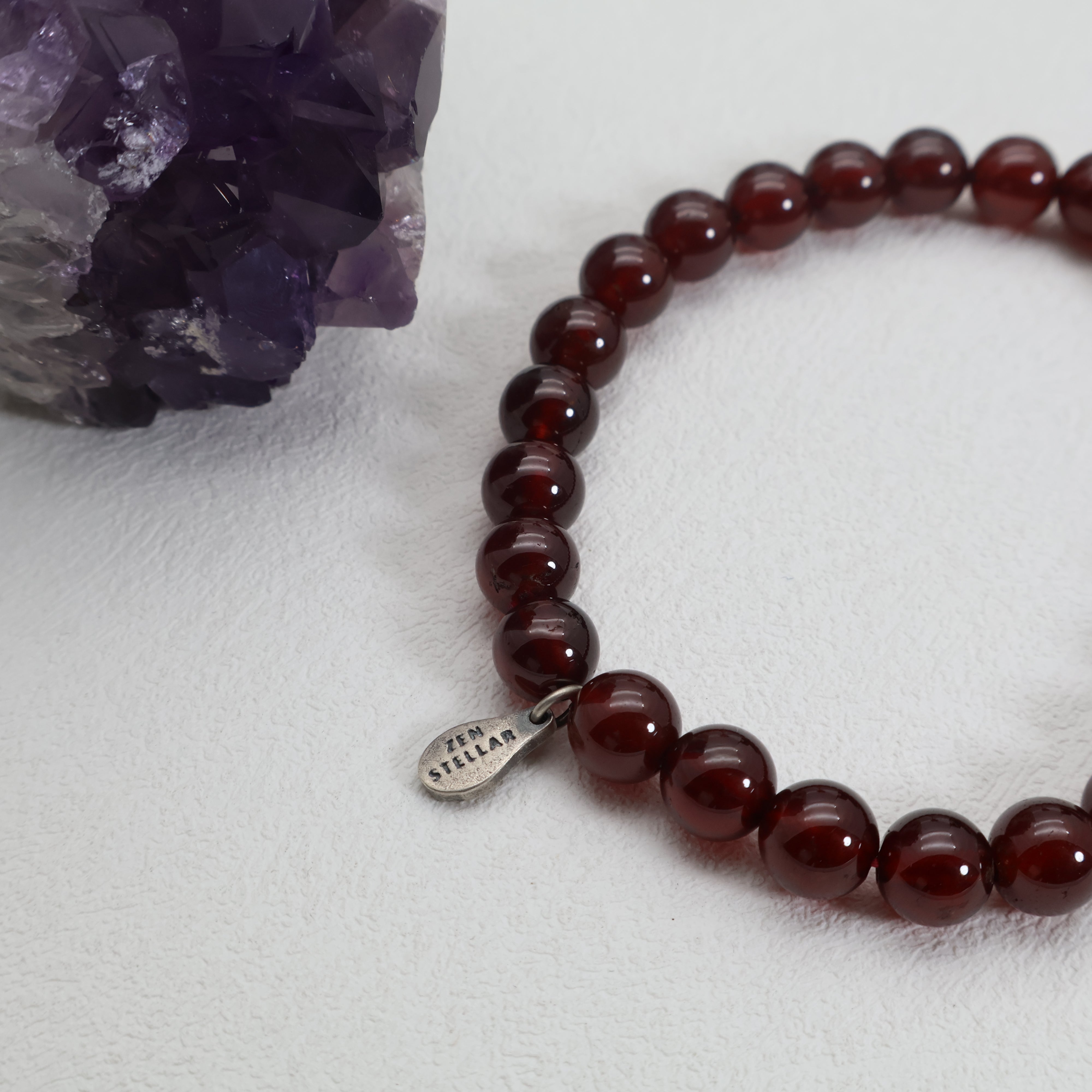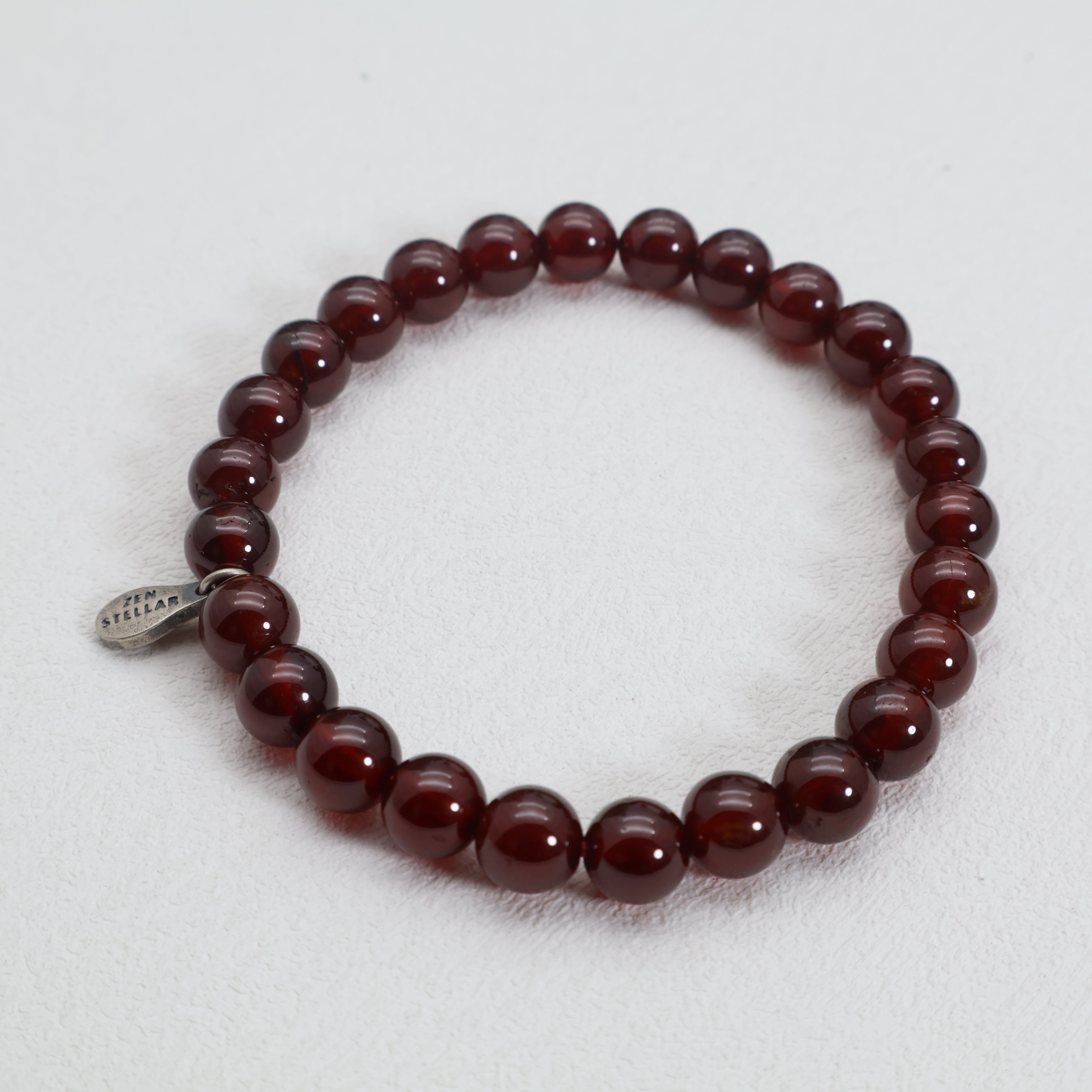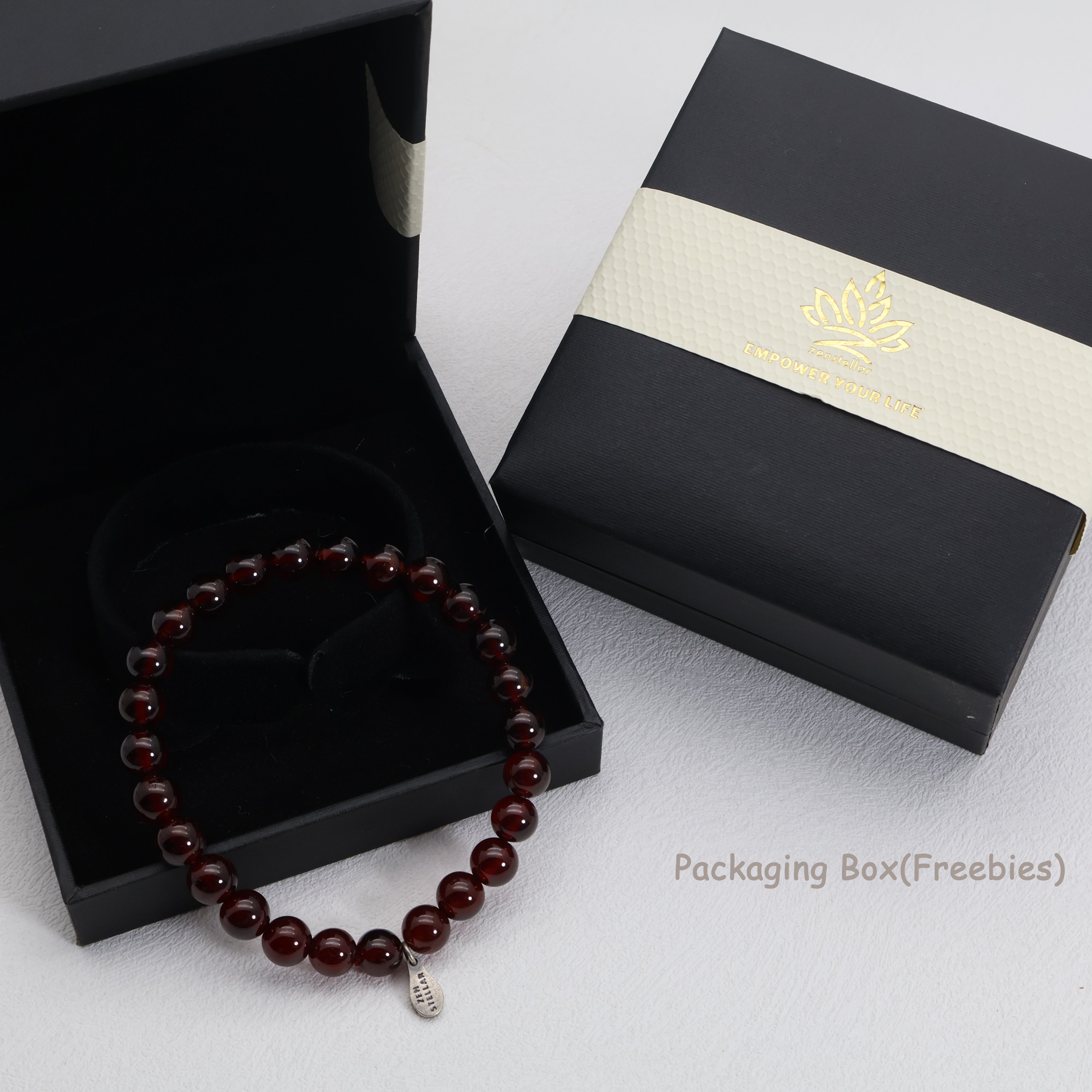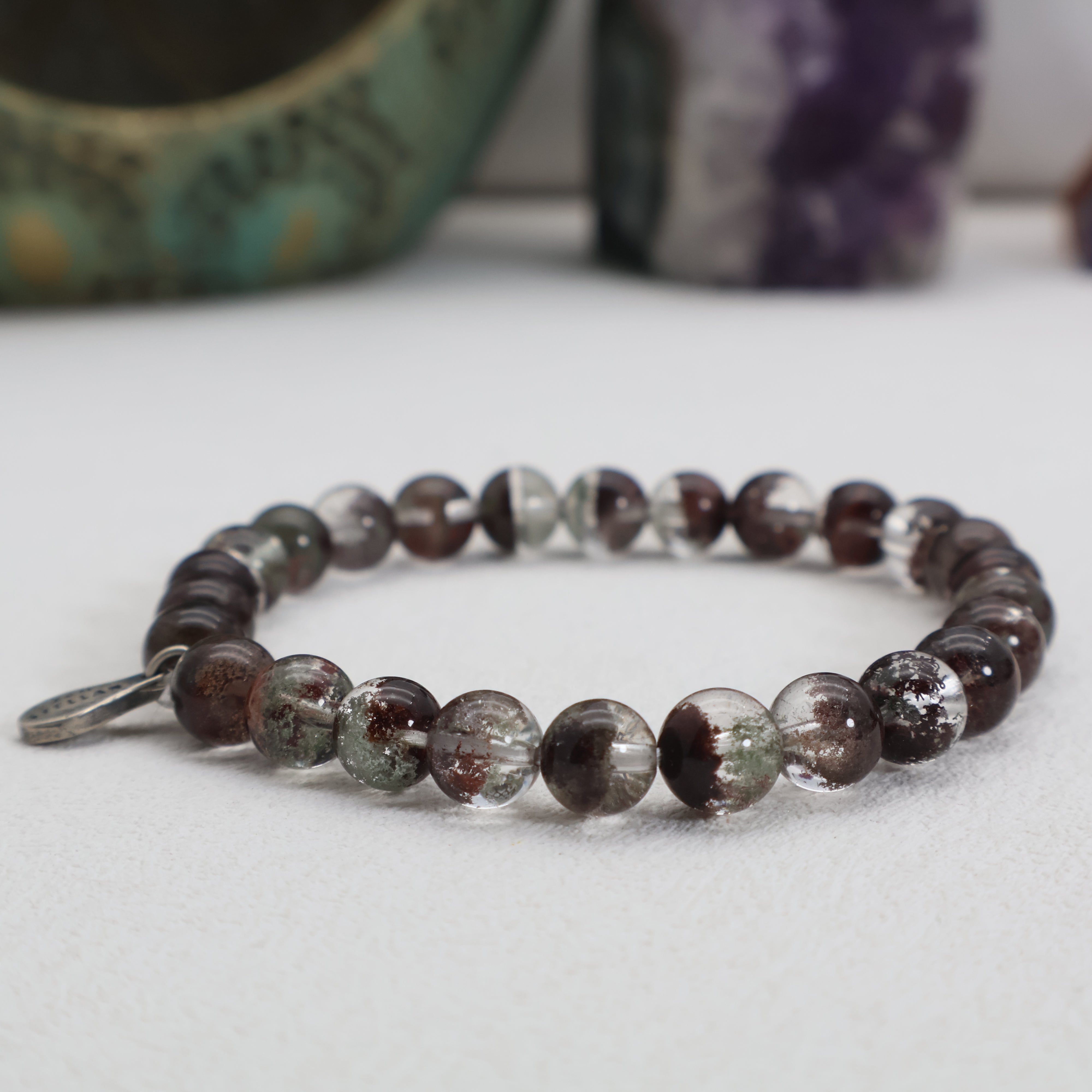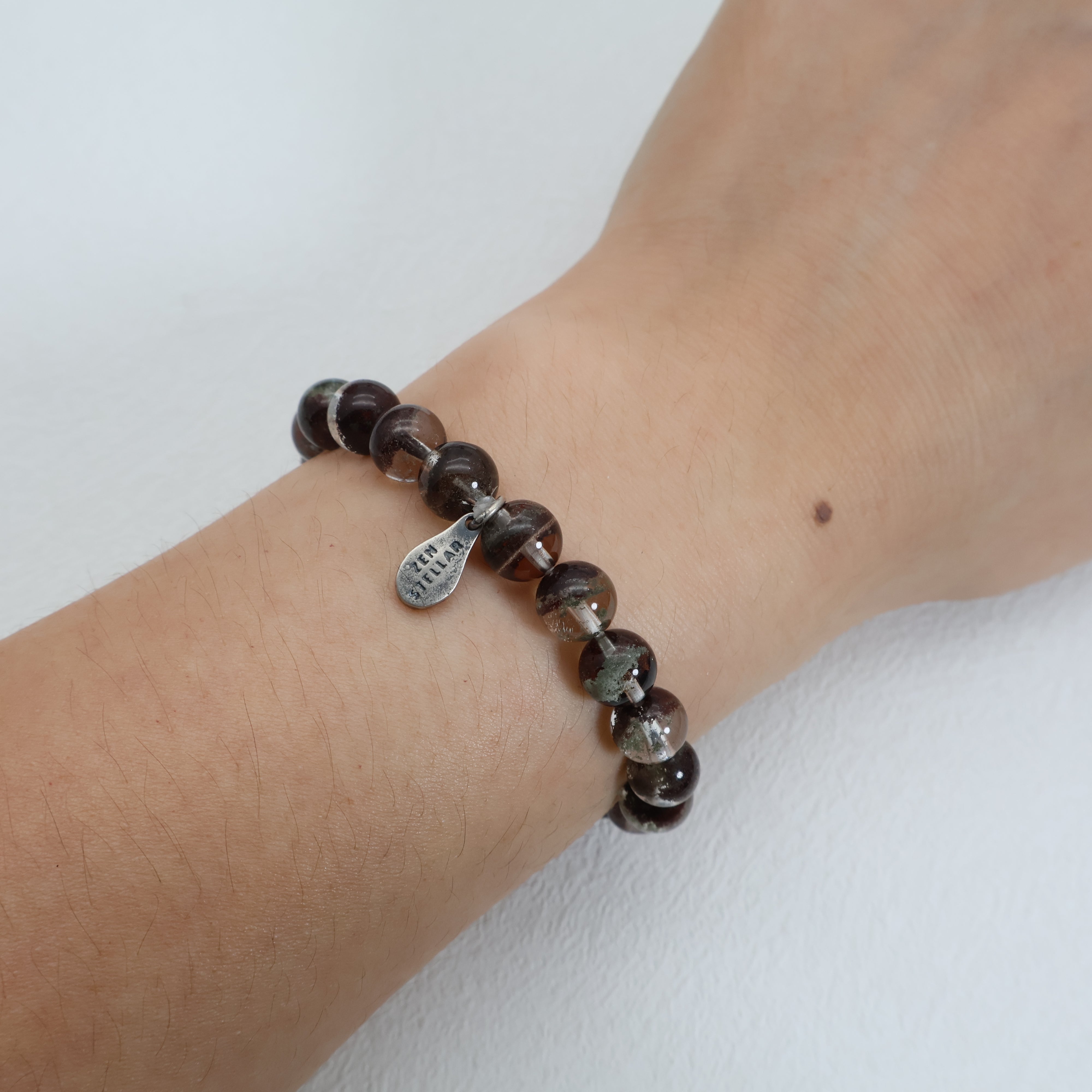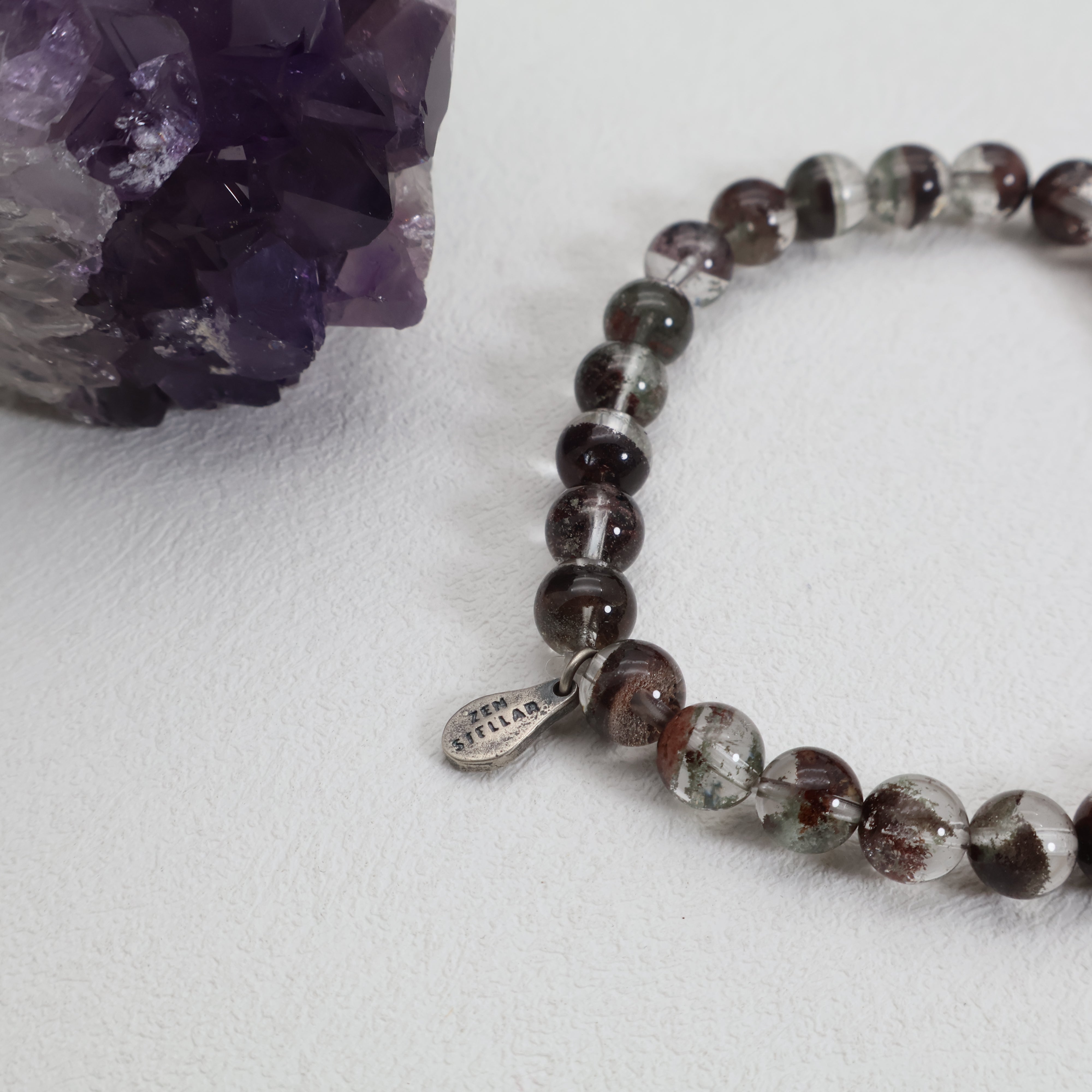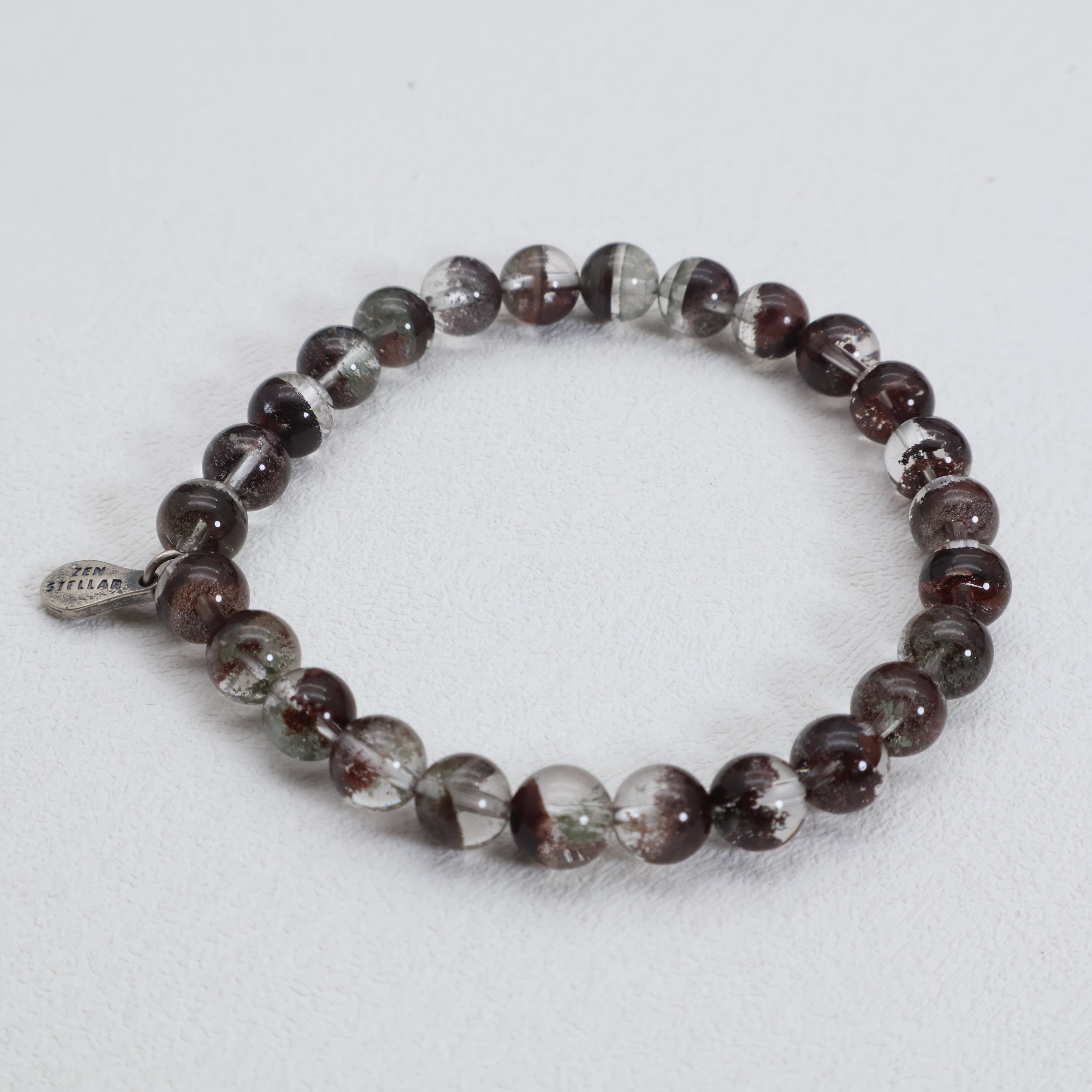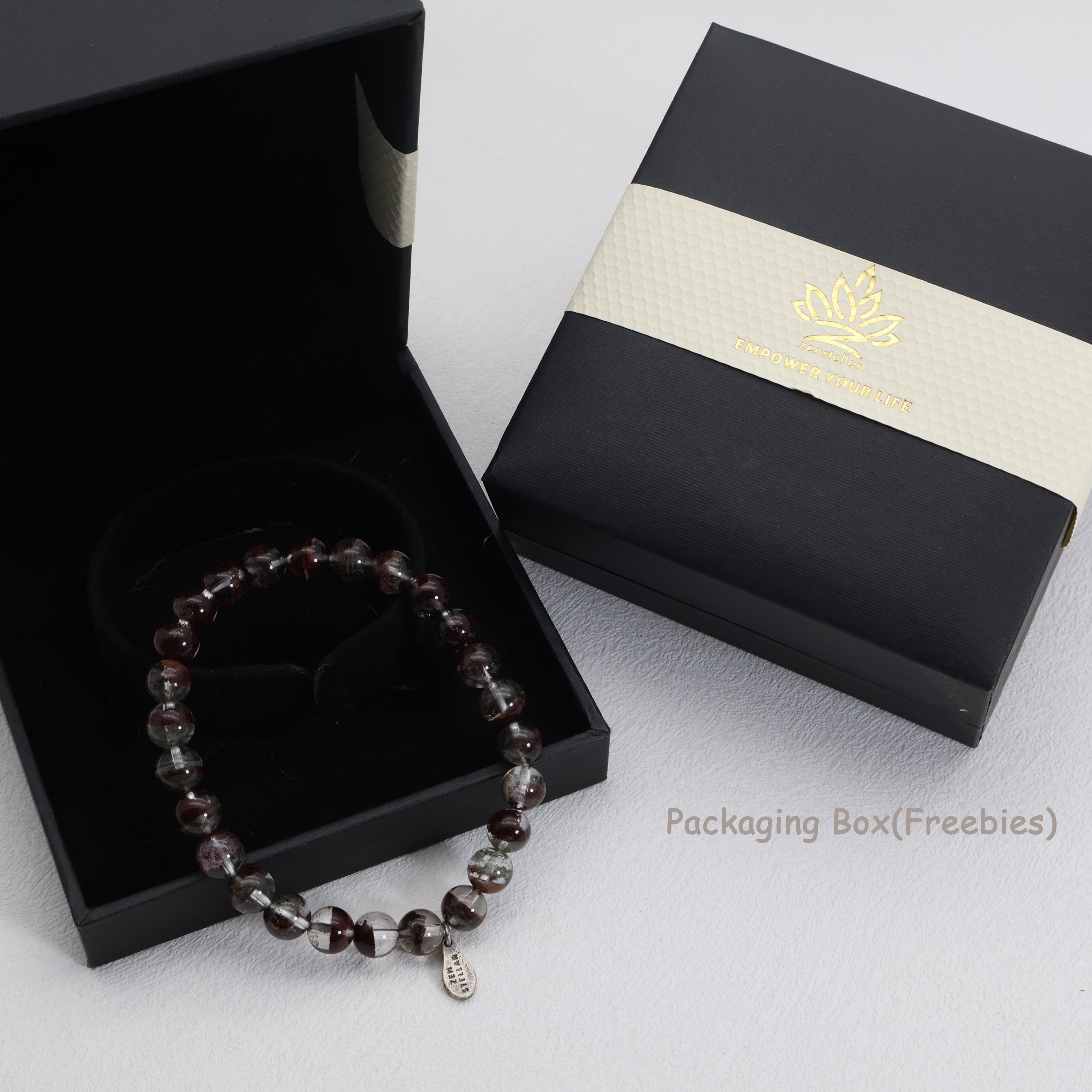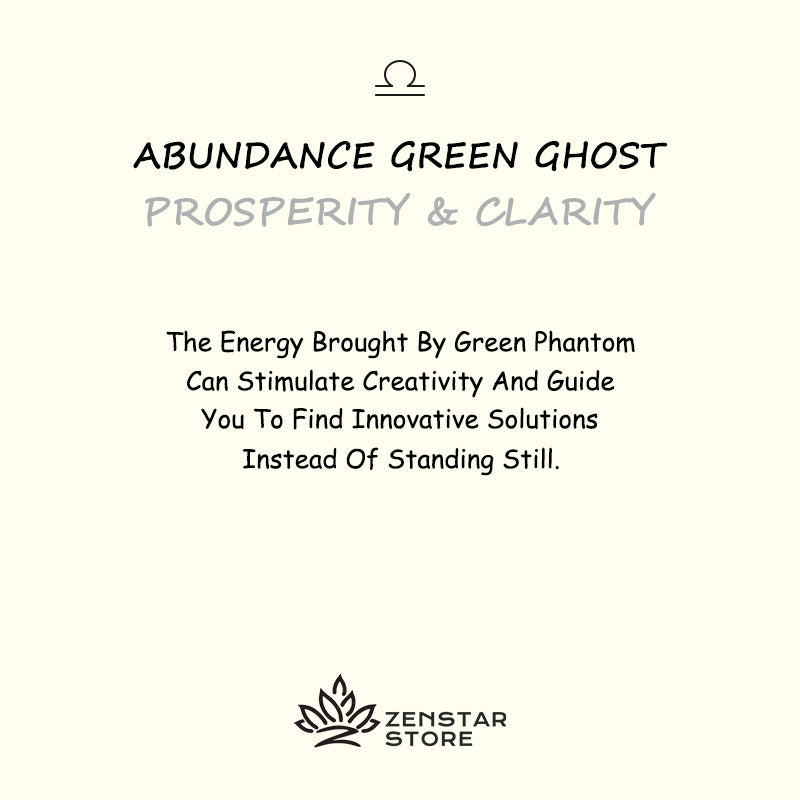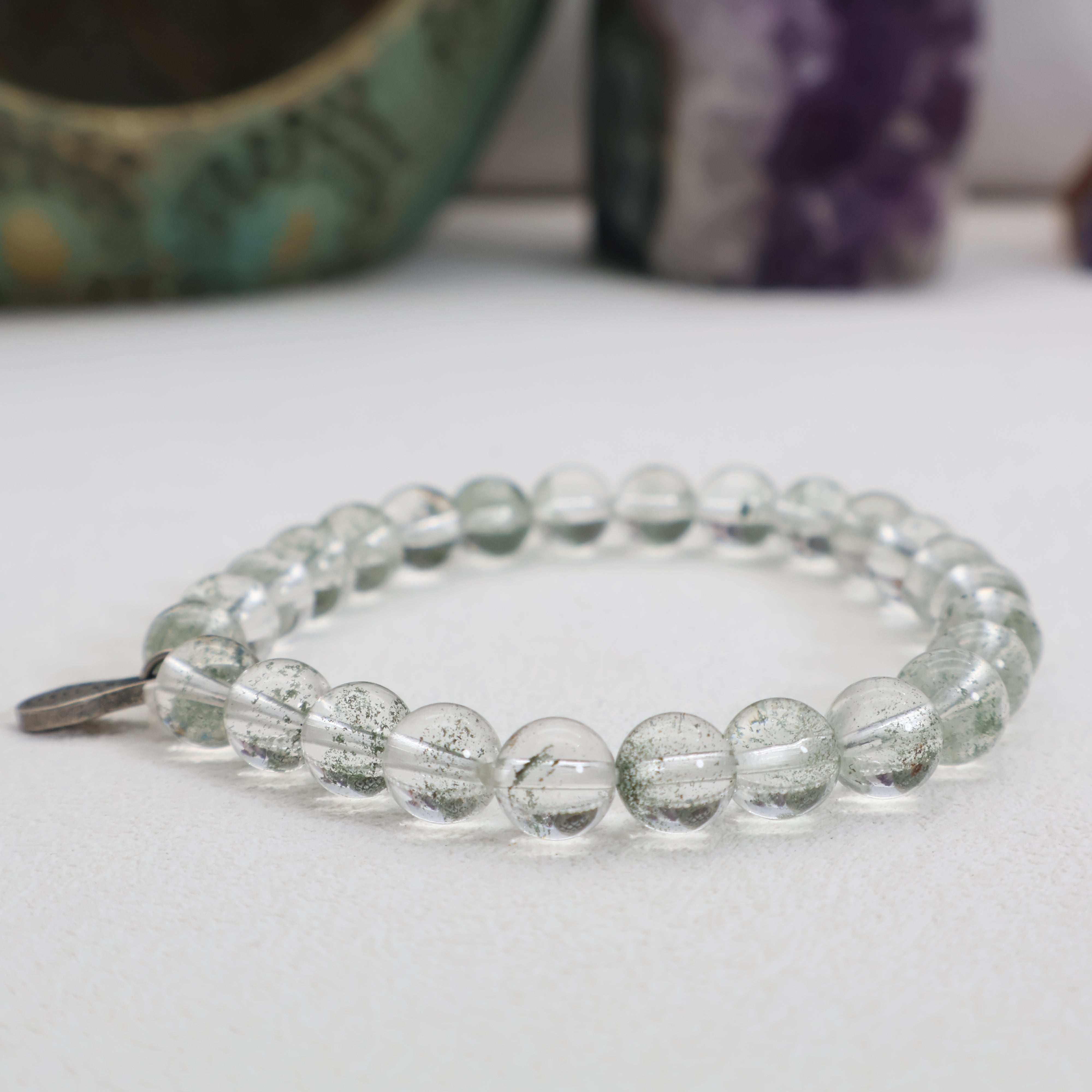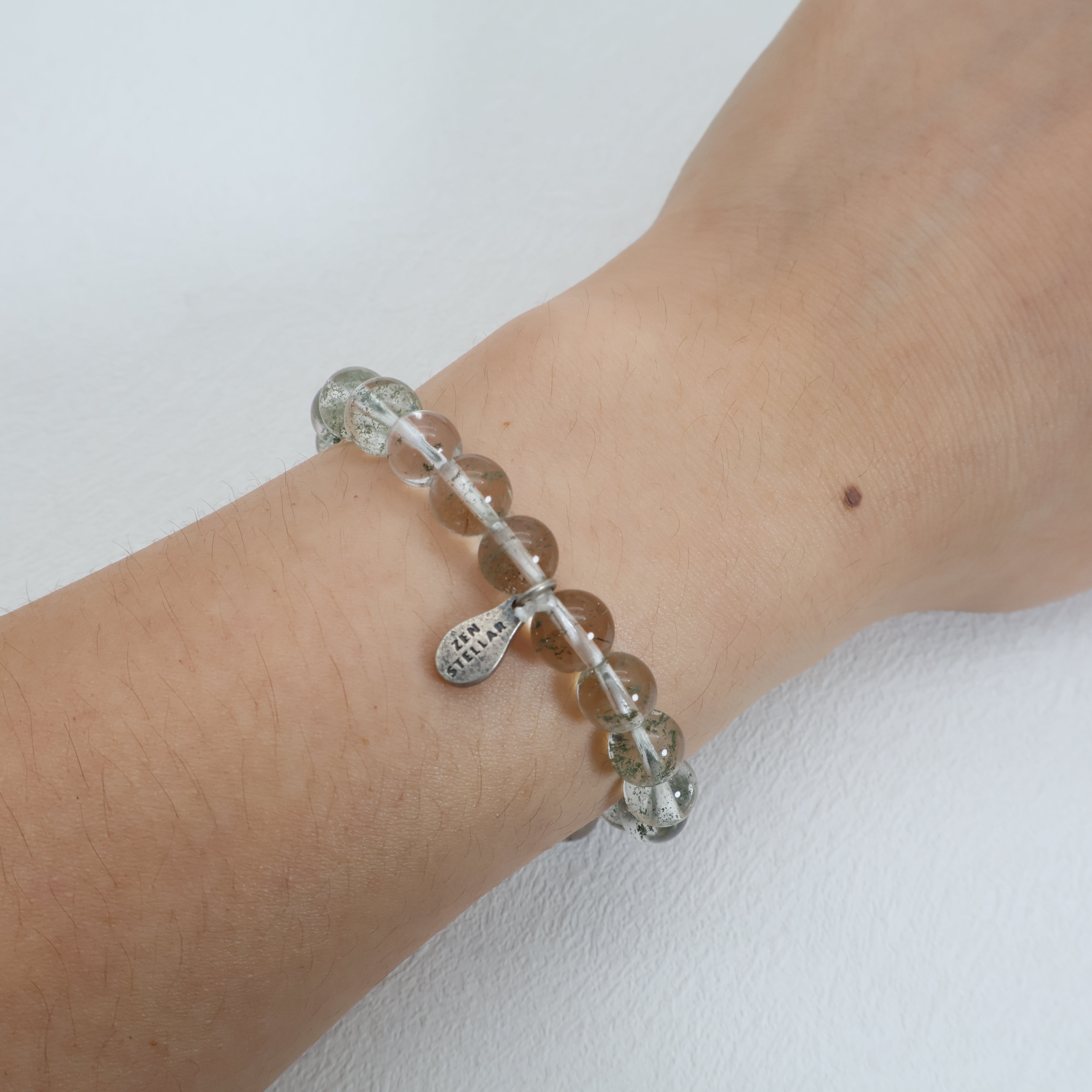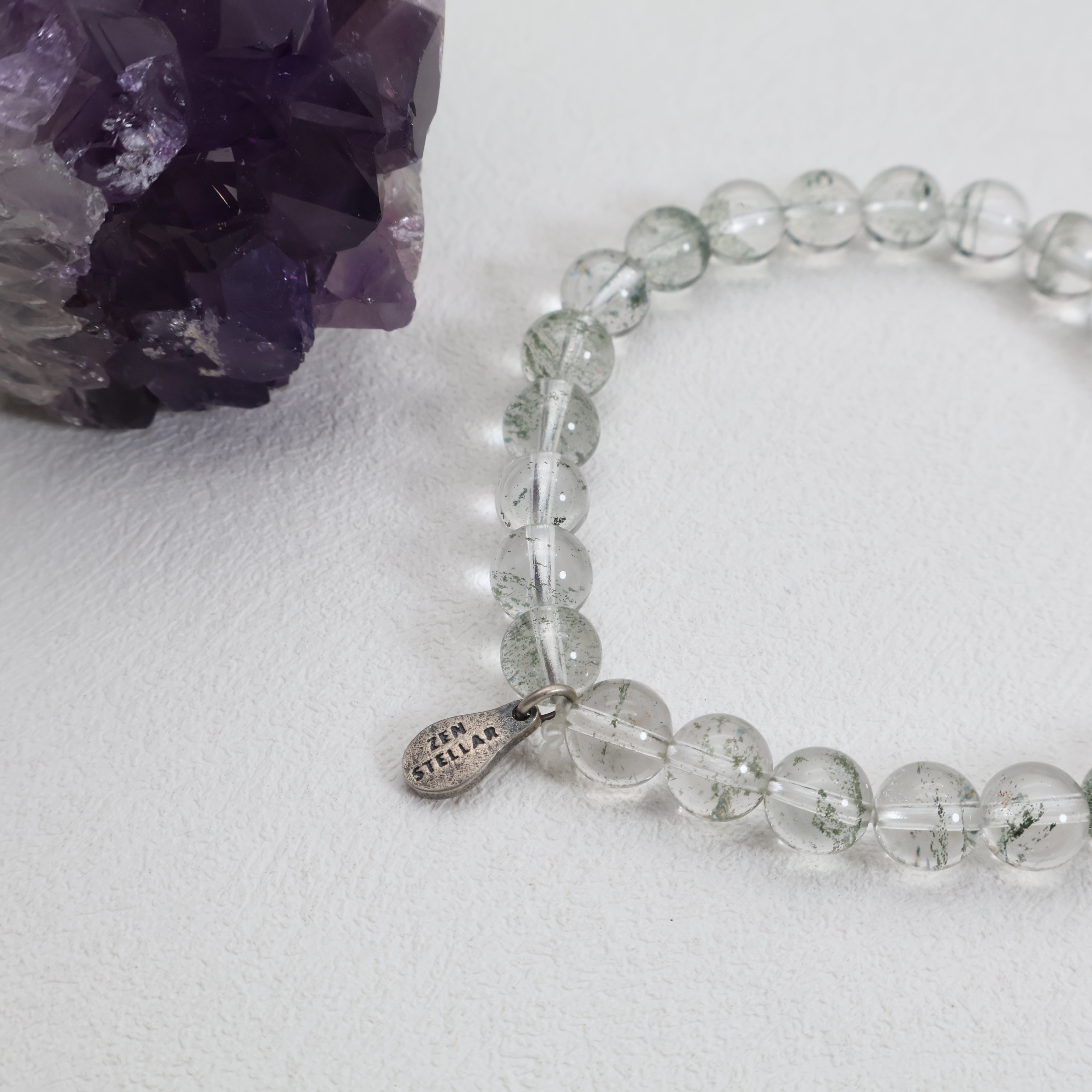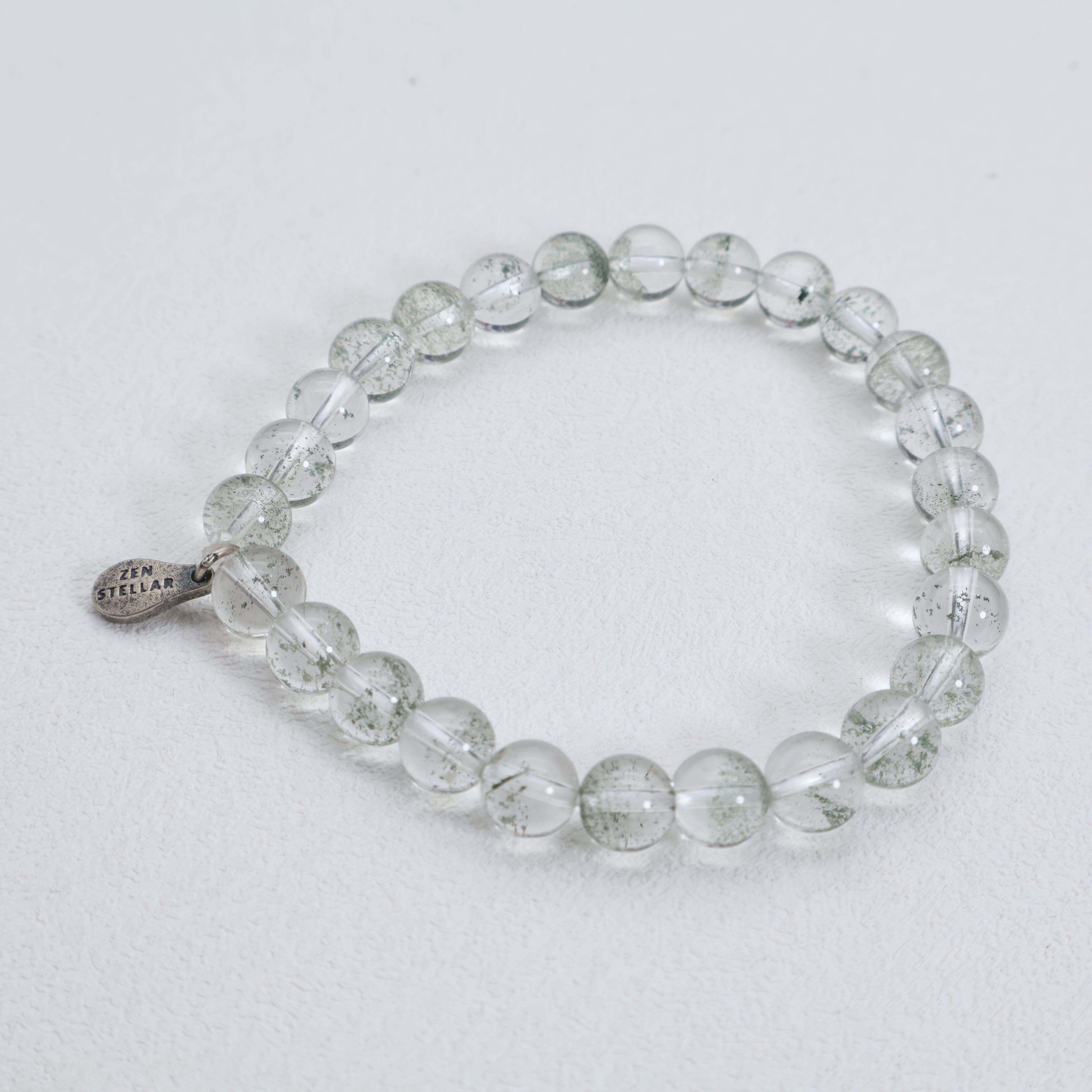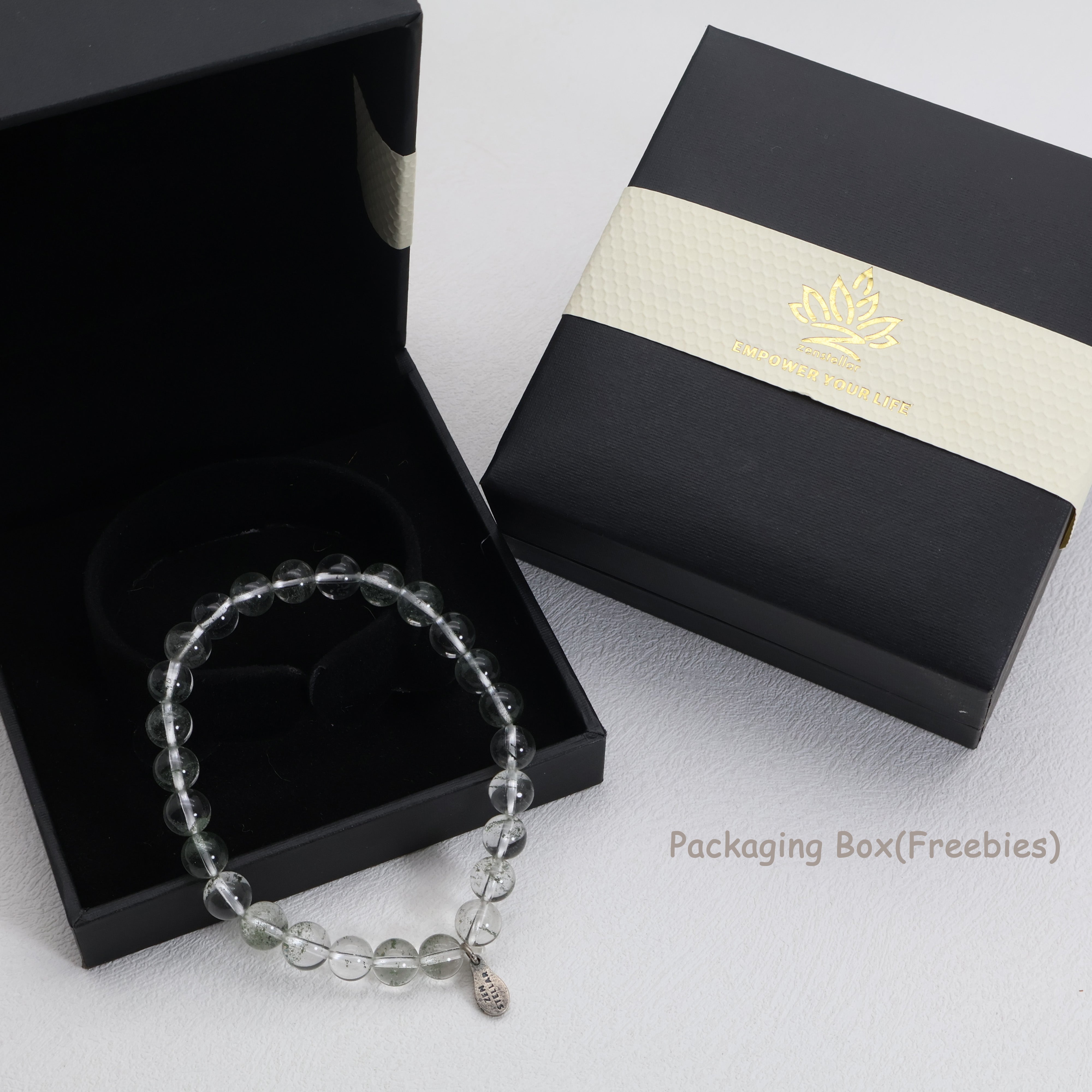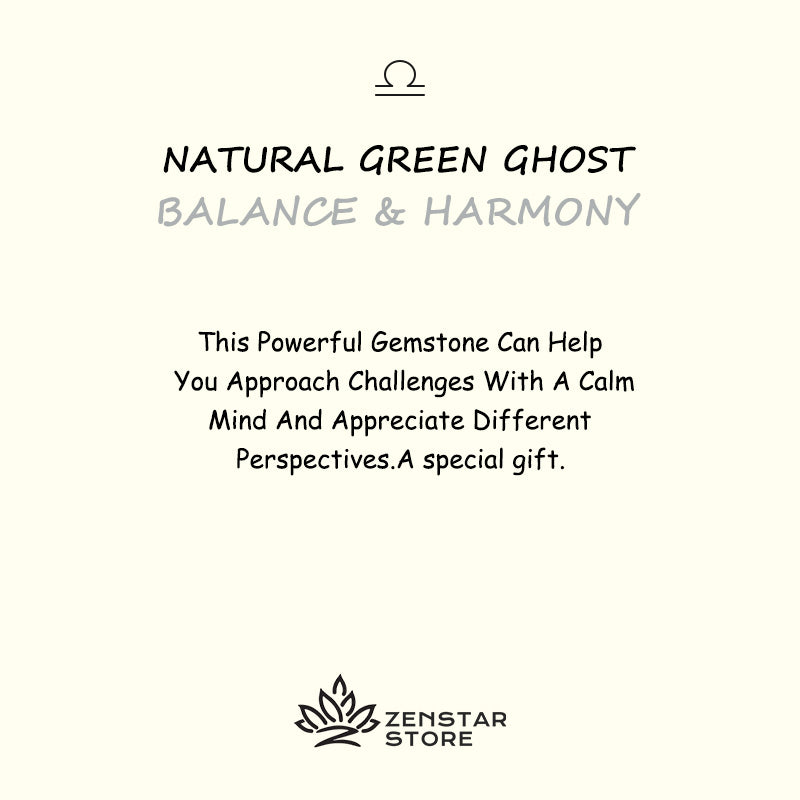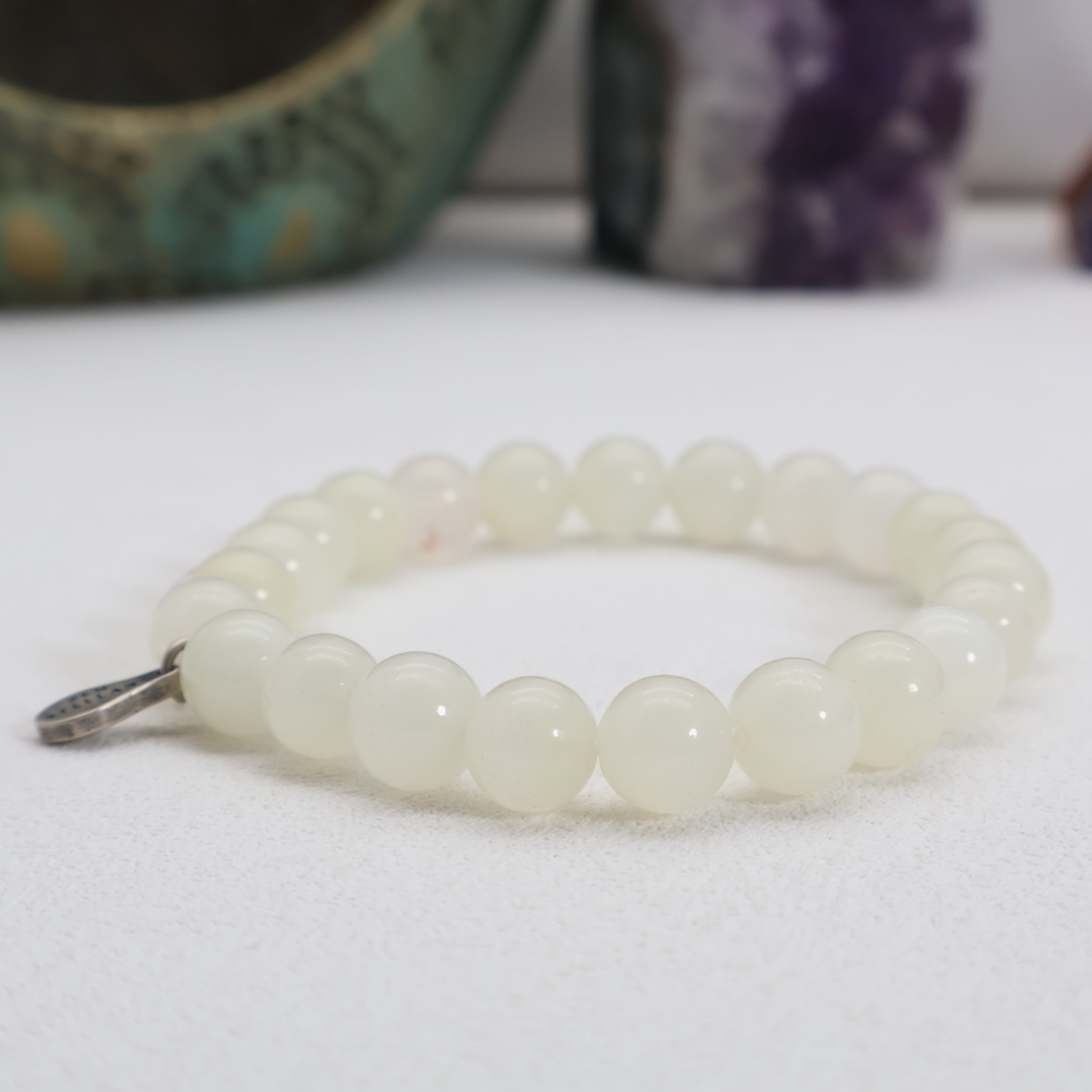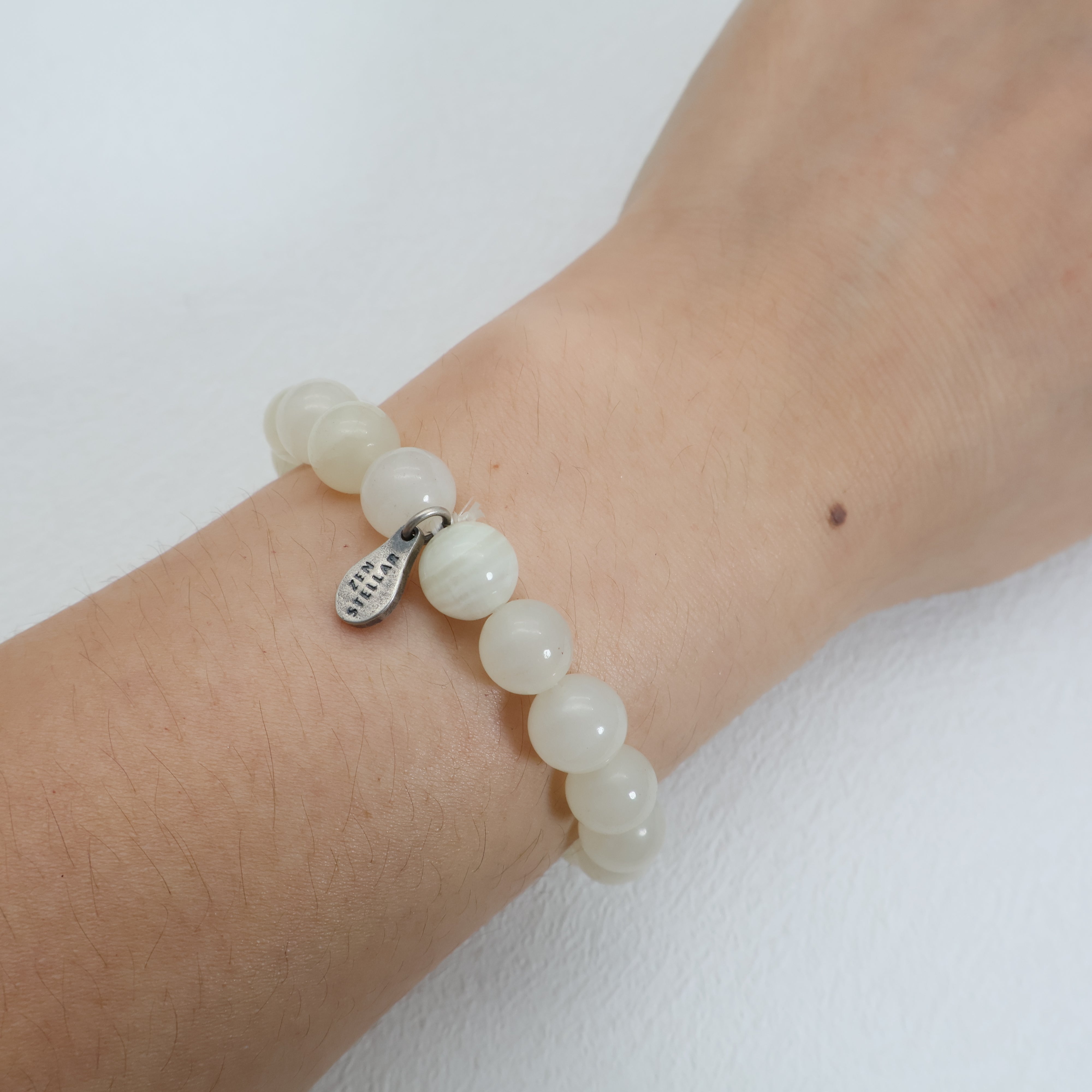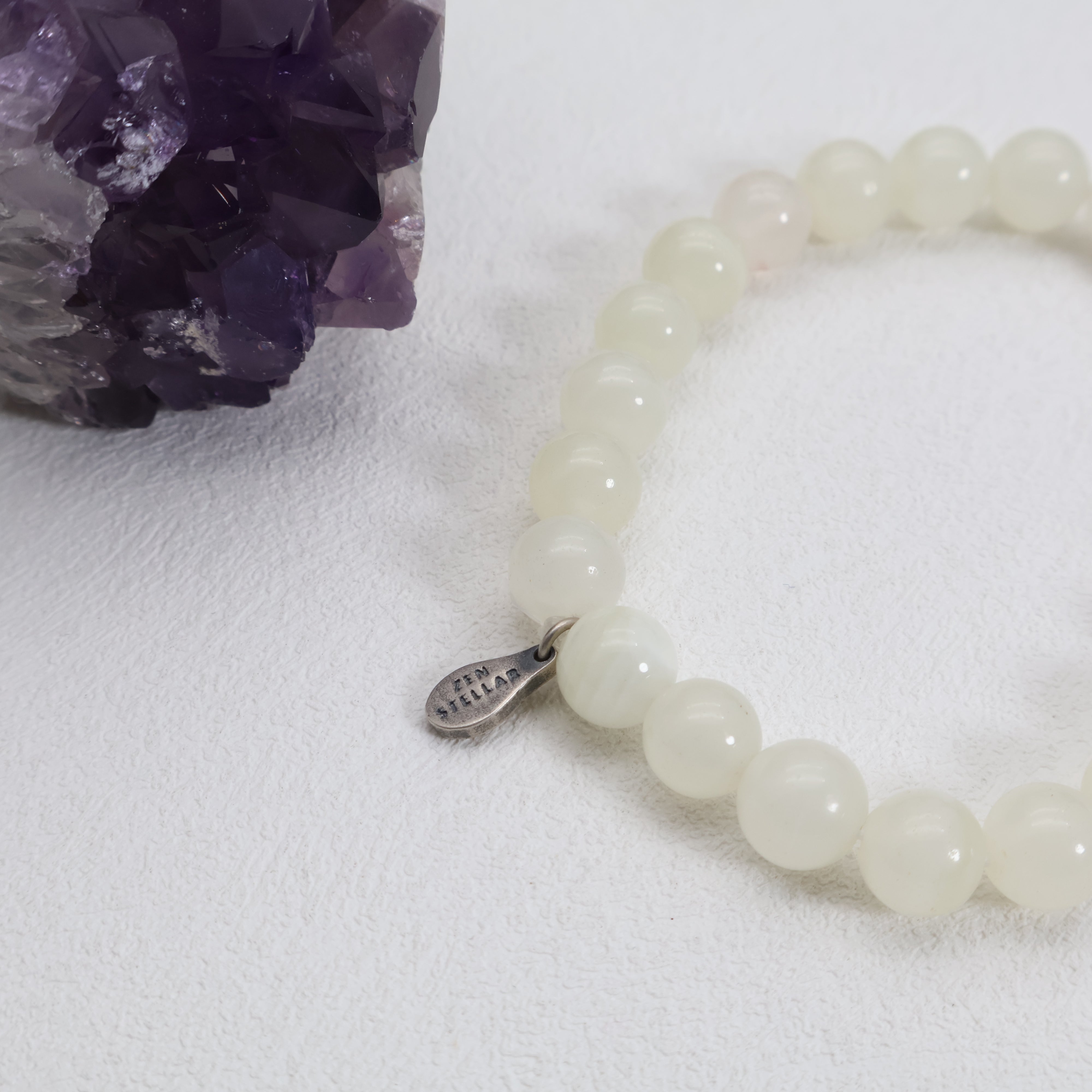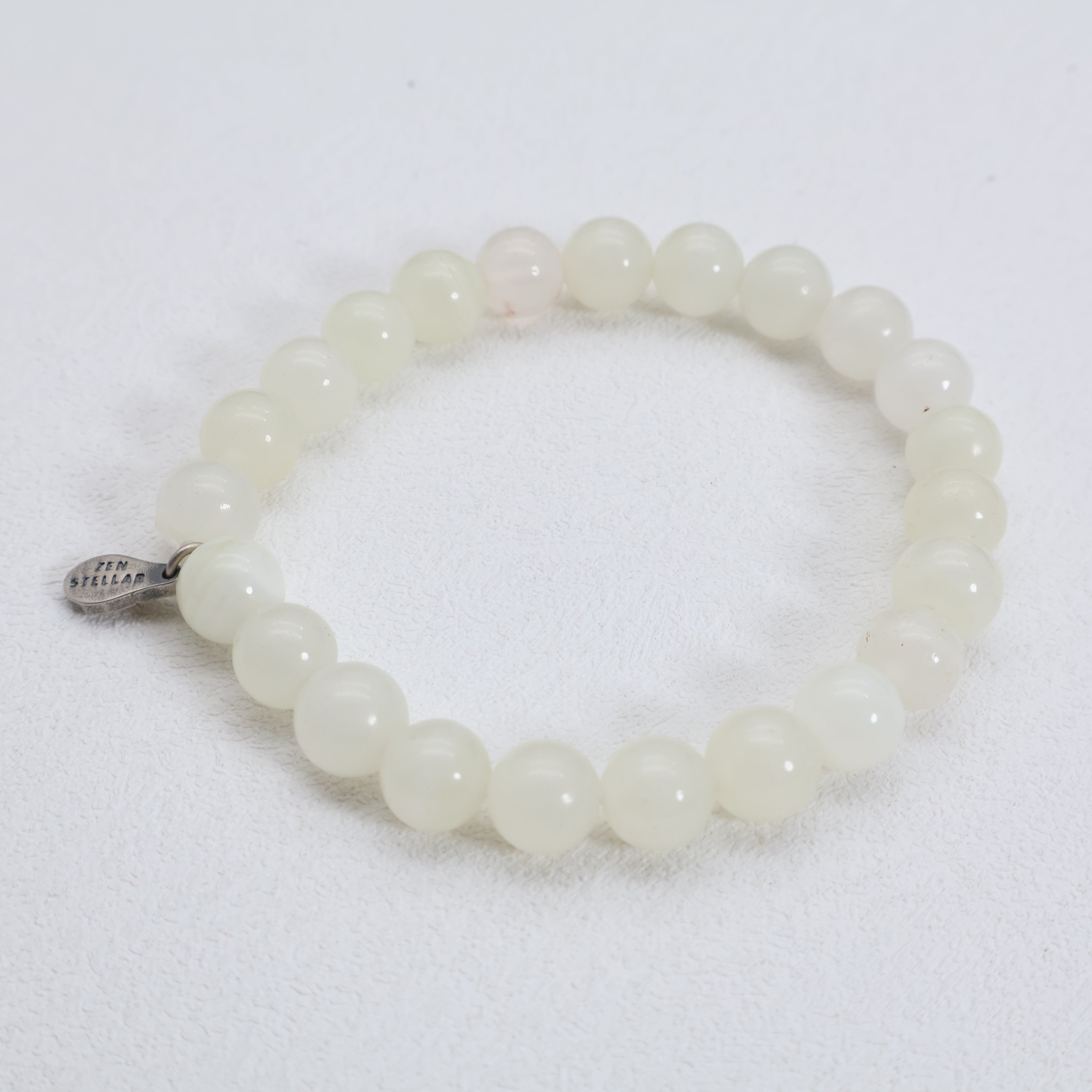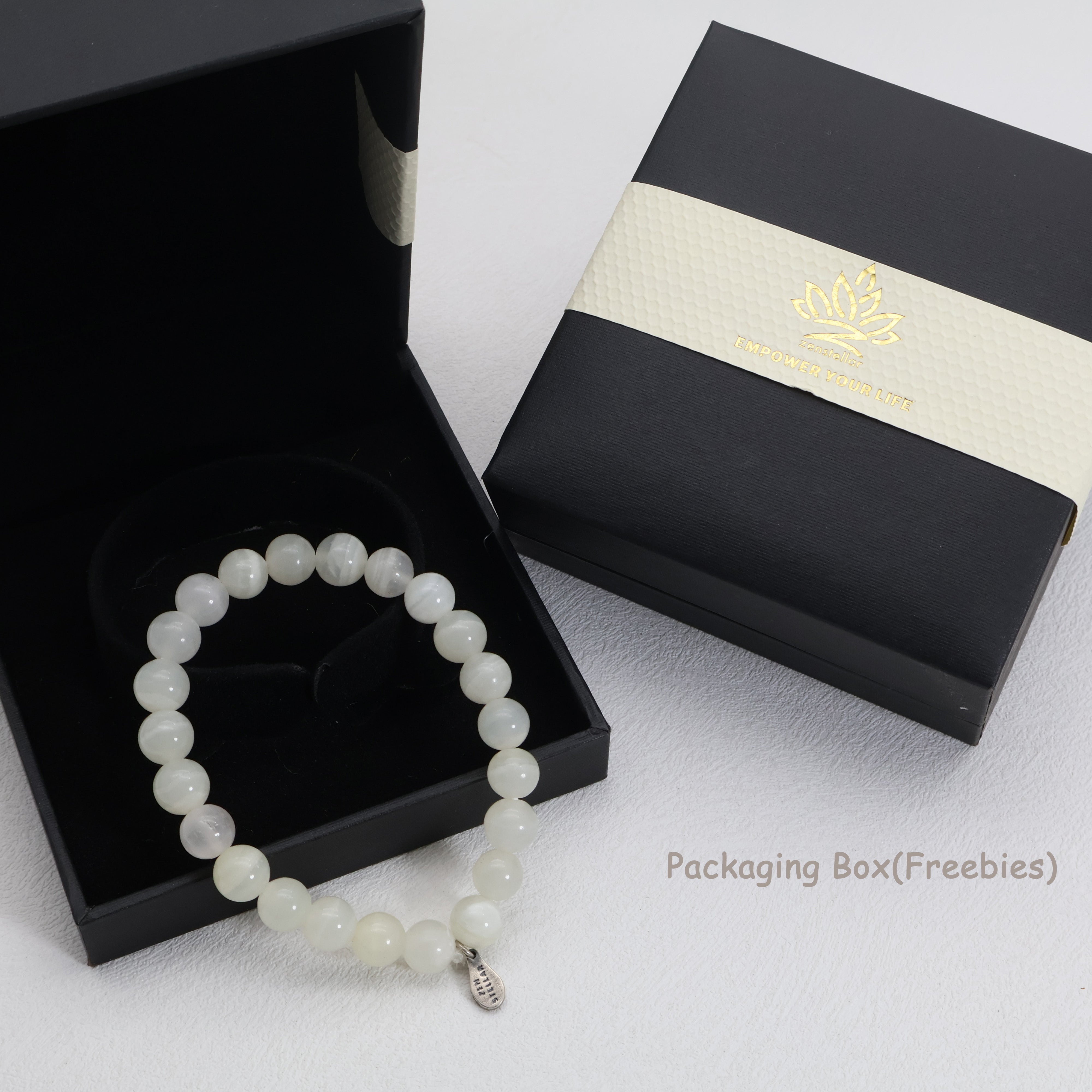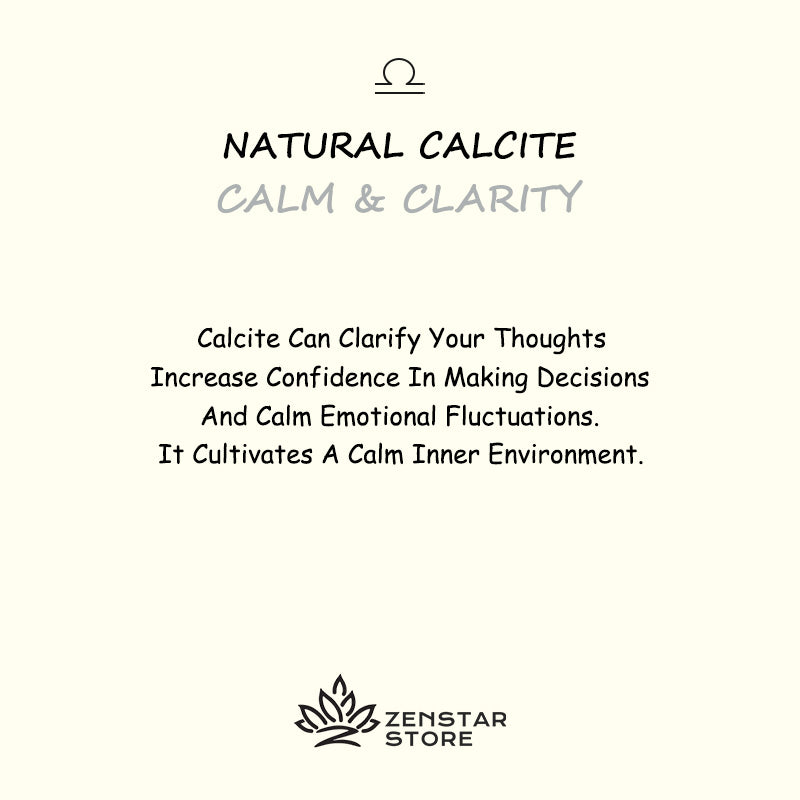Introduction: Two Greens, Two Journeys
In the wide realm of green crystals, Epidote and Peridot often catch the eye—and sometimes create confusion. Both possess lush, vibrant hues that evoke nature, renewal, and heart-based healing. But energetically and geologically, they are vastly different stones with distinct personalities and purposes.
Peridot is bright, joyful, and solar, while Epidote is deep, earthy, and introspective. One helps you open up and shine; the other asks you to look inward and evolve.
This guide will walk you through the physical, emotional, and spiritual properties of Epidote and Peridot—so you can choose the crystal that best aligns with your path, or learn how to work with both harmoniously.
What Is Epidote?
Epidote is a calcium aluminum iron silicate mineral that forms in metamorphic and igneous rocks. Its name comes from the Greek word epidosis, meaning “increase,” a reference to its crystalline growth habit.
Visually, Epidote is a deep olive green to almost black-green crystal, often found in granular masses or elongated prism-like formations. It can sometimes appear almost metallic or mossy, with an earthy, ancient quality.
Energetically, Epidote is a stone of shadow integration, personal growth, and emotional resilience. It’s known as the “stone of increase,” but with a twist: it amplifies whatever is already present—positive or negative—forcing you to confront what truly lies within.
What Is Peridot?
Peridot is the gem-quality variety of the mineral olivine, formed deep in the Earth’s mantle and brought to the surface by volcanic activity. It has a unique geological origin and is one of the few crystals that forms in only one color: a vibrant yellow-green.
Known as the “Stone of the Sun”, Peridot glows with radiant clarity and is associated with warmth, positivity, and abundance. Ancient Egyptians called it the “gem of the sun,” believing it warded off evil spirits and protected the soul.
Peridot's energy is expansive, joyful, and heart-lifting. It's a stone of emotional release, optimism, and alignment with higher purpose.
Visual and Energetic Contrast: Deep Earth vs Bright Sky
Epidote has a mossy, earthy appearance. It feels grounded, ancient, and wise—like walking into a forest at dusk. Its energy is dense and introspective, helping you process trauma, accept growth, and shed emotional baggage.
Peridot, on the other hand, is like sunlight on green leaves. Its bright, translucent yellow-green hue often shimmers with a golden undertone. Its energy feels young, invigorating, and liberating.
Epidote says, “Face it. Grow from it.”
Peridot says, “Release it. Shine brighter.”
Chakra and Spiritual Alignment
Epidote resonates with the heart chakra and third eye chakra, helping you integrate emotional experiences and expand your self-awareness. It supports shadow work, karmic healing, and soul contracts.
It’s often used in deep inner work, where personal evolution requires truth and emotional strength. Epidote encourages you to break patterns by first becoming conscious of them.
Peridot also connects to the heart chakra, but with a more uplifting, clearing influence. It clears jealousy, resentment, guilt, and emotional heaviness. It also resonates with the solar plexus, helping to restore confidence and joyful self-expression.
Where Epidote heals by confronting, Peridot heals by uplifting.
Emotional and Spiritual Healing
Epidote:
-
Enhances perception and helps process repressed emotions.
-
Aids in breaking toxic patterns, especially those rooted in victim mentality or self-pity.
-
Great for therapists, energy workers, or anyone doing deep spiritual excavation.
-
Encourages taking responsibility for one’s energy.
Peridot:
-
Clears the heart and mind of emotional clutter.
-
Encourages joy, lightness, and renewal after heartbreak or stagnation.
-
Supports forgiveness—of others and of self.
-
Helpful during transitions like new relationships, career changes, or spiritual rebirth.
Cultural and Historical Significance
Epidote has historically flown under the radar compared to more mainstream crystals. However, it's gaining recognition among modern healers for its capacity to transform emotional stagnancy into conscious action. Some traditions associate it with the ability to “see what must be changed” and to embrace accountability.
Peridot, in contrast, boasts a rich and royal history:
-
Revered in ancient Egypt as a talisman of protection.
-
Crusaders brought it back to Europe as a sacred stone.
-
Hawaiians believed it to be the tears of Pele, the volcano goddess.
-
It’s been used in ecclesiastical jewelry and crown regalia, including pieces in the Shrine of the Three Holy Kings in Cologne Cathedral.
Everyday Use and Ritual Practice
Epidote is best used in private, meditative rituals:
-
Shadow work journaling.
-
Karmic release meditations.
-
Therapy or energy healing integration.
-
Placing on the third eye or heart during introspective moments.
Use Epidote when:
-
You're ready to stop running from old patterns.
-
You want to evolve emotionally and spiritually.
-
You’re feeling stuck and need to understand the root cause.
Peridot is ideal for:
-
Daily wear as a mood booster.
-
Heart-cleansing meditation.
-
Morning affirmations and solar energy alignment.
-
Creativity and confidence rituals.
Use Peridot when:
-
You’re stepping into a new phase of life.
-
You want to raise your frequency quickly.
-
You’re ready to forgive and move forward.
Can They Be Used Together?
Yes—and powerfully so.
Epidote and Peridot may seem like opposites, but they complement each other beautifully. While Epidote helps bring the shadow to light, Peridot helps transmute that light into forward motion.
Here’s a suggested practice:
-
Start with Epidote in your left (receiving) hand. Reflect on what you’re holding onto, what’s keeping you small, or what lessons keep repeating.
-
After journaling or meditation, place Peridot over your heart or solar plexus. Let its energy lighten and integrate what you’ve just processed.
Together, they offer a cycle of healing: awareness → release → renewal.
Real-Life Reflections
A trauma recovery coach shared, “I use Epidote with clients in the early stages of therapy. It brings up truths gently but firmly. Later, we shift to Peridot when they’re ready to rebuild with confidence.”
A spiritual mentor wrote, “Epidote helped me understand why I repeated the same relationships. It was hard, but honest. Peridot then reminded me that I am worthy of real joy.”
One artist described wearing both: “Epidote keeps me grounded in integrity. Peridot keeps me playful and bold. I need both.”
Cleansing and Care
Both crystals need regular energetic cleansing, especially after deep emotional work.
Epidote:
-
Smoke cleansing (sage or palo santo)
-
Soil grounding
-
Selenite plate resting
Peridot:
-
Moonlight or early sunlight (avoid prolonged UV exposure)
-
Water rinse (not salt)
-
Quartz or selenite recharging
Always listen to your intuition—some people feel when a stone needs rest or recharging.
Choosing Between Epidote and Peridot
Choose Epidote if:
-
You’re doing deep self-development work.
-
You want to break generational or karmic patterns.
-
You’re ready to stop sugarcoating your emotions.
-
You value grounding over glamor.
Choose Peridot if:
-
You want emotional release and rejuvenation.
-
You seek joy, confidence, and new beginnings.
-
You need a reminder of your inner light.
-
You prefer light, high-vibration energy.
Ultimately, both stones offer healing, transformation, and growth—but from different directions.
Final Thoughts: The Green Path of Truth and Joy
Epidote and Peridot are two green gems that invite us into different types of healing. One walks us through the forest of our soul, showing us where the roots of our pain lie. The other lifts us into the sunshine, reminding us that we’re more than our past.
Epidote whispers, “Grow deeper.”
Peridot sings, “Shine brighter.”
Together, they teach us a sacred balance: face the truth, then live in light.
Frequently Asked Questions (FAQs)
Can I wear Epidote and Peridot together daily?
Yes, especially if you alternate your focus between inner work and joyful living. Just be sure to cleanse them regularly.
Which stone is better for emotional healing?
Epidote helps process and understand pain, while Peridot helps release and transcend it. Use them together for complete healing.
Is Peridot suitable for sensitive individuals?
Yes! It’s gentle yet energizing. It uplifts without overwhelming.
Why do some people avoid Epidote?
Because it reveals what you may not want to face. But for those ready to grow, it’s incredibly powerful.

